The RSPB Magazine
Taking action for nature together
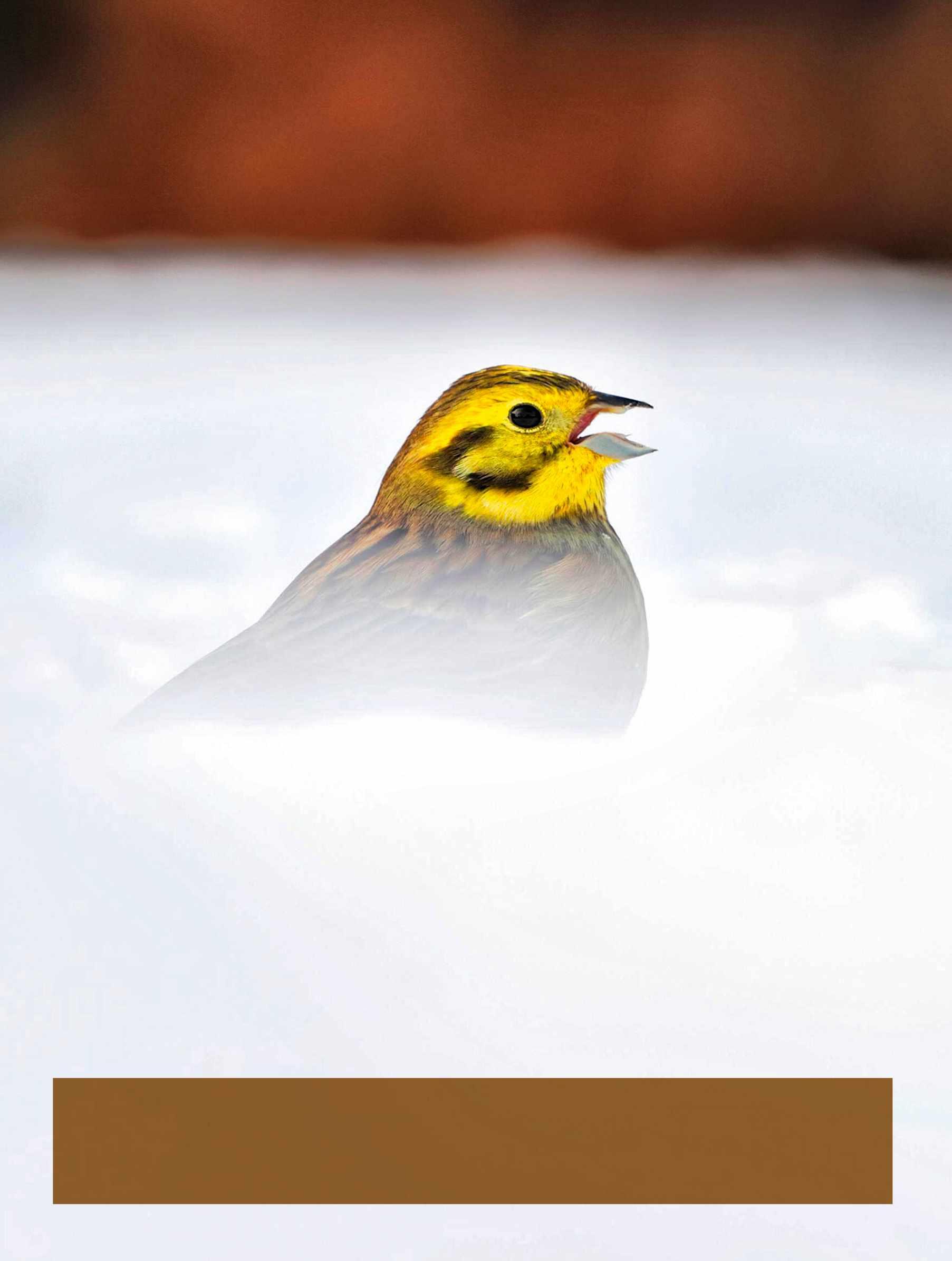

Taking action for nature together

How together as conservationists, farmers and nature lovers, we can help our farmland birds
Kernel crushers
Helping Hawfinches in our woodlands
Make some noise
Raise your voice and make a difference
Winter waders
The Ribble Estuary is bursting with life
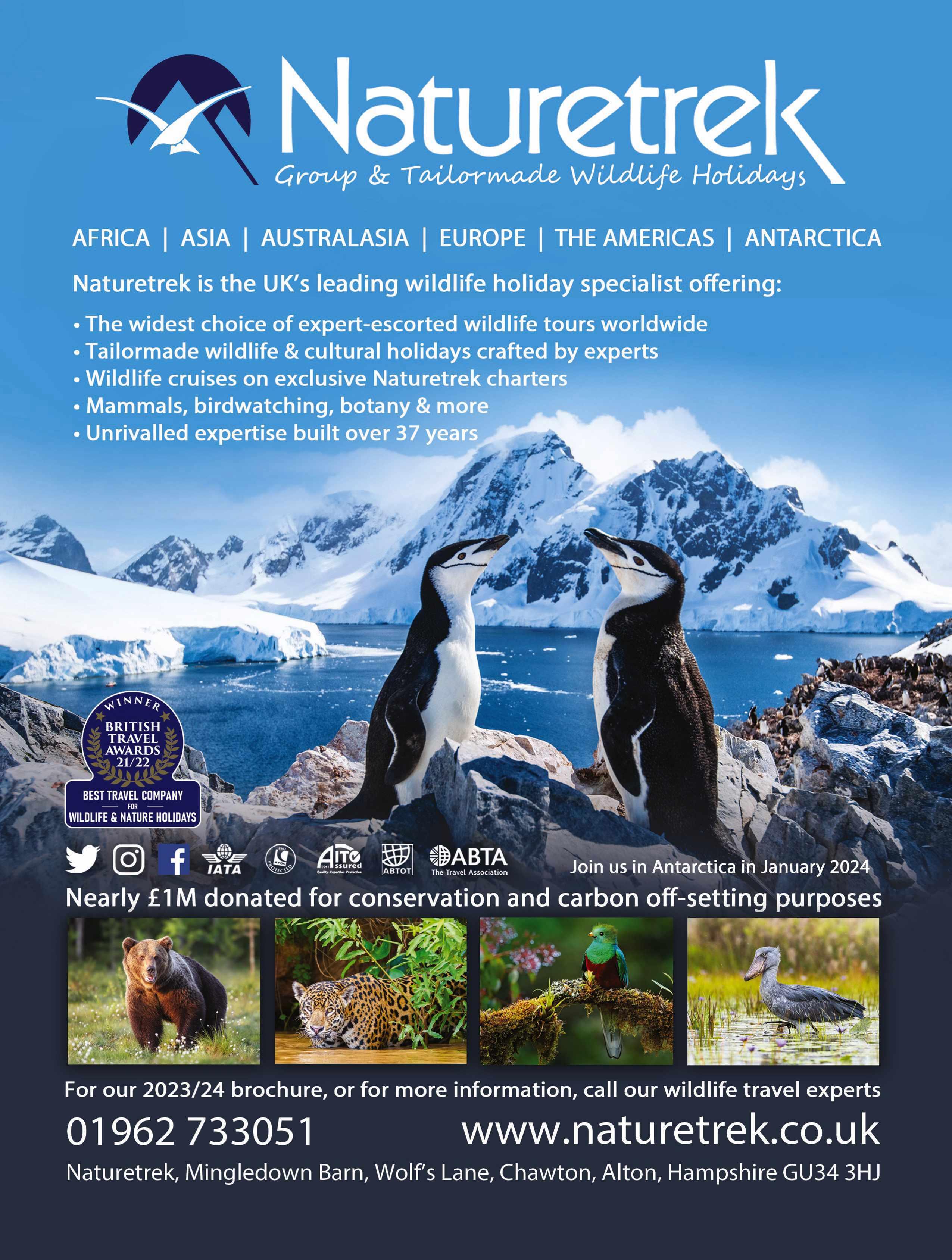
The RSPB
Head of Supporter Communications
Sara Downes
Supporter Communications Manager
Jamie Wyver
Our Media
Editor Emma Pocklington
Senior Art Editor Julian Dace
Production Editor Emily Freer
Editorial Director Dan Linstead
Creative Director Will Slater
Head of Client Services Ellen Wade
Account Manager Jessica Pratten
Advertising Di Marsh
Thank you to our advertisers for helping cover the costs of this magazine, saving more money for nature. To advertise, email Di.Marsh@ourmedia.co.uk
Magazine
RSPBmagazine@rspb.org.uk (photos max 3MB each, no watermarks)
The RSPB Magazine, The Lodge, Sandy, Bedfordshire SG19 2DL
Membership enquiries 01767 693680 membership@rspb.org.uk
Wildlife enquiries 01767 693690 wildlife@rspb.org.uk
Advertisements in The RSPB Magazine are accepted on the understanding that they conform to the British Code of Advertising Practice. Adverts are not endorsed by the RSPB, unless otherwise stated.
The RSPB Magazine is available on CD for visually impaired members. Call 01767 693680 for information.
Views expressed by contributors are not necessarily those of the RSPB. While every effort is taken to ensure accuracy, we cannot accept liability for errors or omissions.
Circulation 586,774 Jan–Dec 2022 (ABC); The RSPB has 1,131,840 members.
Registered charity in England & Wales 207076, in Scotland SC037654. Member of BirdLife International. Designed, edited and published by Our Media Ltd (an Immediate Group Company). Printed by Walstead.
Our Media Company is working to ensure that all of its paper comes from well-managed, FSC®-certified forests and other controlled sources. This magazine is printed on Forest Stewardship Council® (FSC®) certified paper. This magazine can be recycled, for use in newspapers and packaging.
There’s nothing in the UK quite like a Hawfinch: a bulkedup forest finch with an enormous, powerful bill. Despite its striking appearance, this can be a tricky bird to actually see, spending much of its time in tree canopies. On page 18, Mike Dilger reveals the secret world of the Hawfinch, including what it needs and how, with your support, we’re managing some of our woodlands with this cracking character in mind.
We also bring you upsetting news from the State of Nature 2023 report, which shows that our wildlife is still in trouble. But together we are helping nature, whether it’s in our back gardens or local spaces, on our farms or on a national stage.
One of the most powerful ways we can all help is to lead or take part in a campaign. So on page 72 we revisit the RSPB’s campaigning history, and we hear from four inspiring wildlife campaigners who share their tips on fighting for nature. Then it’s your chance to join our campaign to tell politicians across the UK that Nature Can’t Wait.
We know that the way we’ve grown our food over the past few decades has had a significant impact on many birds and other wildlife. On page 26, Kathryn Smith outlines the current situation regarding nature on farmland and explains how many farmers, and the RSPB, are working to change things in our countryside for the better.
We hope you enjoy this issue of The RSPB Magazine and have a wonderful wildlife-filled winter.

Sara Downes Head of Supporter Communications

Jamie Wyver Supporter Communications Manager

Keep in touch Stay connected between issues with our weekly email Notes on Nature. Sign up at rspb.org.uk/ keepintouch
Protecting habitats, saving species and helping to end the nature and climate emergency.
Nature is in crisis.
Together we can save it.
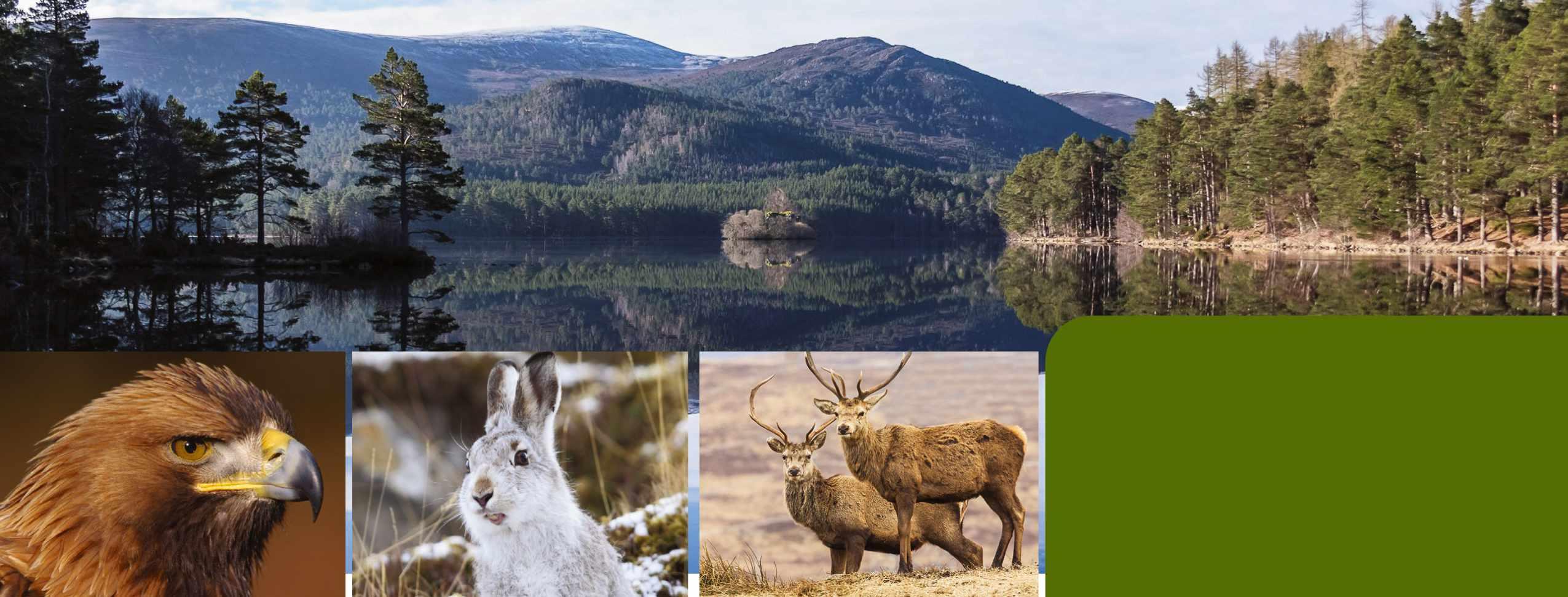



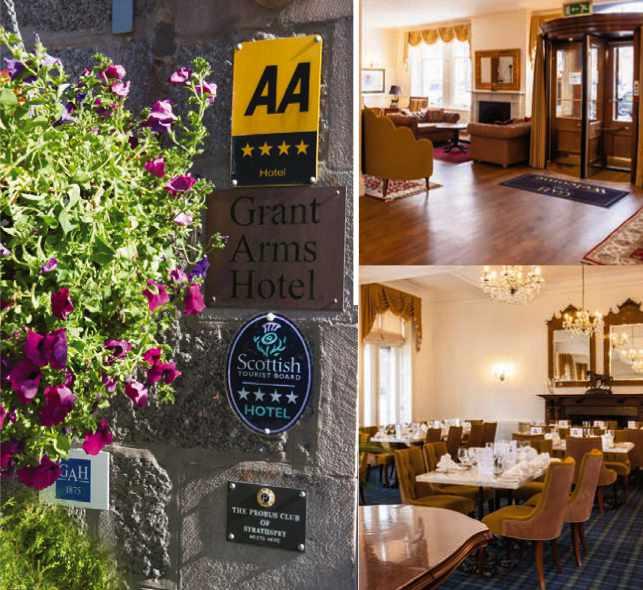
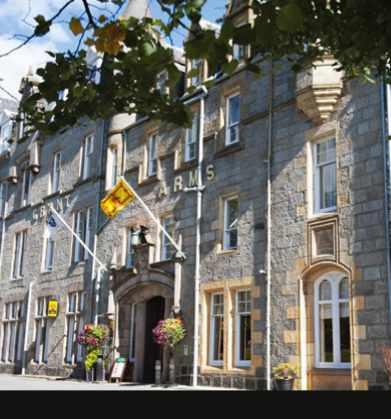
As soon as you walk into the Grant Arms Hotel you realise it isn’t just any four star Hotel. In short the refurbished Grant Arms is the hotel for bird and wildlife watchers offering wonderful food, friendly staff and 50 high quality ensuite bedrooms. All bedrooms come with hairdryer, colour TV, toiletries and coffee making facilities.
Speyside and the Cairngorms are one of the best areas for wildlife watching in the UK. Perfect for beginner to expert, whether for a day or a fortnight. Depending on the season you could see: Golden Eagle, White-tailed Eagle, Pine Marten, Red Squirrel, Mountain Hare, Osprey, Ptarmigan, Otter, Red and Black Grouse, Red and Roe Deer, Slavonian Grebe, Crested Tit and Crossbill, as well as Dolphins, Waders, Sea Ducks and Sea Birds along the Moray Firth coast.
Guests have free use of the BWWC Information Centre, Club Room and Library. BWWC staff are available at Breakfast and in the Evening to help you make the best of your holiday whilst leaving you free to do what you want.
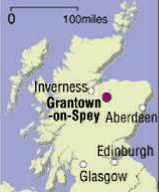
By Road: Grantown is situated just offtheA9Edinburgh-Invernessroad. By Train: The nearest station is Aviemore (15 miles) on the Edinburgh-Inverness line.
By Plane: Inverness Airport (30 miles) - Flights from most major UK airports: LOGANAIR from Birmingham, Manchester, Belfast City and Aberdeen; KLM from Amsterdam; EASYJET from Bristol, Gatwick, Luton and Belfast International; BA from Heathrow. Other destinations available from Aberdeen Airport (75 miles).
SEA DUCK THEMED WEEK
Sunday 12th to Sunday 19th November 23
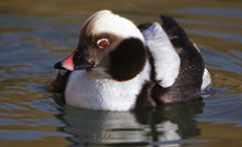
During this week we will put on daily walks and field trips with our local wildlife guides, visiting some of our best birding sites. Our guest speaker this week is Ornithologist and tour guide Mark Pearson.
4 nights from £474pp DB&B
7 nights from £827pp DB&B
BWWC HIGHLAND WINTER WILDLIFE SHORT BREAK with SIMON PAWSEY
l Monday 11th to Friday 15th December 23
l Monday 8th to Friday 12th January 24
l Monday 15th to Friday 19th January 24

Join our local Wildlife Guide, Simon Pawsey, visiting the wonderful areas on offer this time of year looking for resident and winter wildlife. For just £790pp (max 6 guests)
A TASTE OF BURNS BREAK
Friday 26th to Tuesday 30th January 2024

With walks and trips with our local wildlife guides looking for wintering wildlife. Plus enjoy a Taste of Burns supper with traditional piper and the address to the haggis followed by some ceilidh dancing with the in-house band. 4 nights from £483pp DB&B

WILDLIFE & WHISKY WEEK WITH NICK BAKER & SIMON SAUNDERS
Monday 12th to Saturday 17th February 24
Join us and Naturalist, Author and Presenter NICK BAKER along with his good friend and whisky expert SIMON SAUNDERS for a week of Wildlife and Whisky.
For just £1,620 pp (Max 12 people)









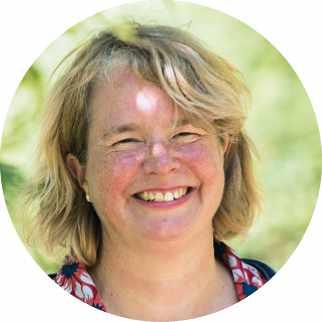
Beccy Speight has been the RSPB’s Chief Executive since 2019 and has led the organisation through some of nature’s most urgent challenges.
@beccyRSPB
Farming has played a pivotal role in shaping our landscape over centuries, leaving its fingerprints almost everywhere we look. More recently, the agricultural sector has undergone huge transformations, driven by technology, policy reforms and evolving consumer demands. While these changes have increased productivity and efficiency, they have also had profound effects on our shared environment. It is hardly surprising that, with 70% of the UK’s land being farmed, how we farm is also profoundly connected with the recent declines in the distribution and abundance of nature.
Growing up, my Dorset village was surrounded by five family-owned farms, their cows often delaying our morning sprints for the bus as they were herded along country lanes. Today there are fewer farms and they have grown in size, and where once cows grazed, there are now modern housing developments and farm equipment forecourts.
The farmed landscape is still undergoing rapid change, reflecting the demands of a modern society and adding yet more pressure on nature. Fields that were once used for food production now contribute to our energy demands through the cultivation of crops for biofuel and the installation of solar panels. Food, and the way it is produced, is central to all our lives, especially in a cost-of-living crisis.
As society grapples with the challenges of feeding a growing population while minimising harm to the environment, there is recognition of the need for a more sustainable approach to
‘We all want our countryside to be a vibrant and healthy place, with robust local economies, where farmers get a fair deal’
agriculture. The focus is shifting towards regenerative farming methods that prioritise soil health, nature and resource efficiency. Just as farming has been key in nature’s decline it is also fundamental for its renewal. But in England, as an example, we are currently stuck in limbo. Farmers aren’t happy and neither are conservation groups such as the RSPB. What was supposed to be the post-Brexit panacea to our problems, the Environmental Land Management scheme is having teething issues. Farmers need the certainty that the necessary policies and financial support are in place if they’re to grapple with problems such as energy costs and labour shortages and produce healthy food while helping to reverse wildlife declines and restore the environment. We’re concerned current schemes are simply not on track to support farmers to deliver the level of change required.
There is cause for hope though. Groups such as the Nature Friendly Farming Network are not only championing new models of agriculture that can deliver wildlife alongside healthy food, but they are also sharing their insights and experience with other farmers. Schemes such as Fair to Nature give consumers confidence that they’re buying environmentally sound products and support businesses that are committed to making a genuine difference. Also, local nature recovery networks are being championed, and annual events such as the Groundswell Conference and the Real Oxford Farming Conference are bringing together farmers, researchers, industry experts and enthusiasts to share knowledge about sustainable and regenerative farming.
Ultimately, we all want our countryside to be a vibrant and healthy place with robust local economies, where farmers get a fair deal and the support they need. If we can achieve this then nature will return across the UK, expand, and grow into the places it once was. Without the help of farmers and the land that they manage, the task of bringing back nature will be nigh impossible. Learn more on page 26.
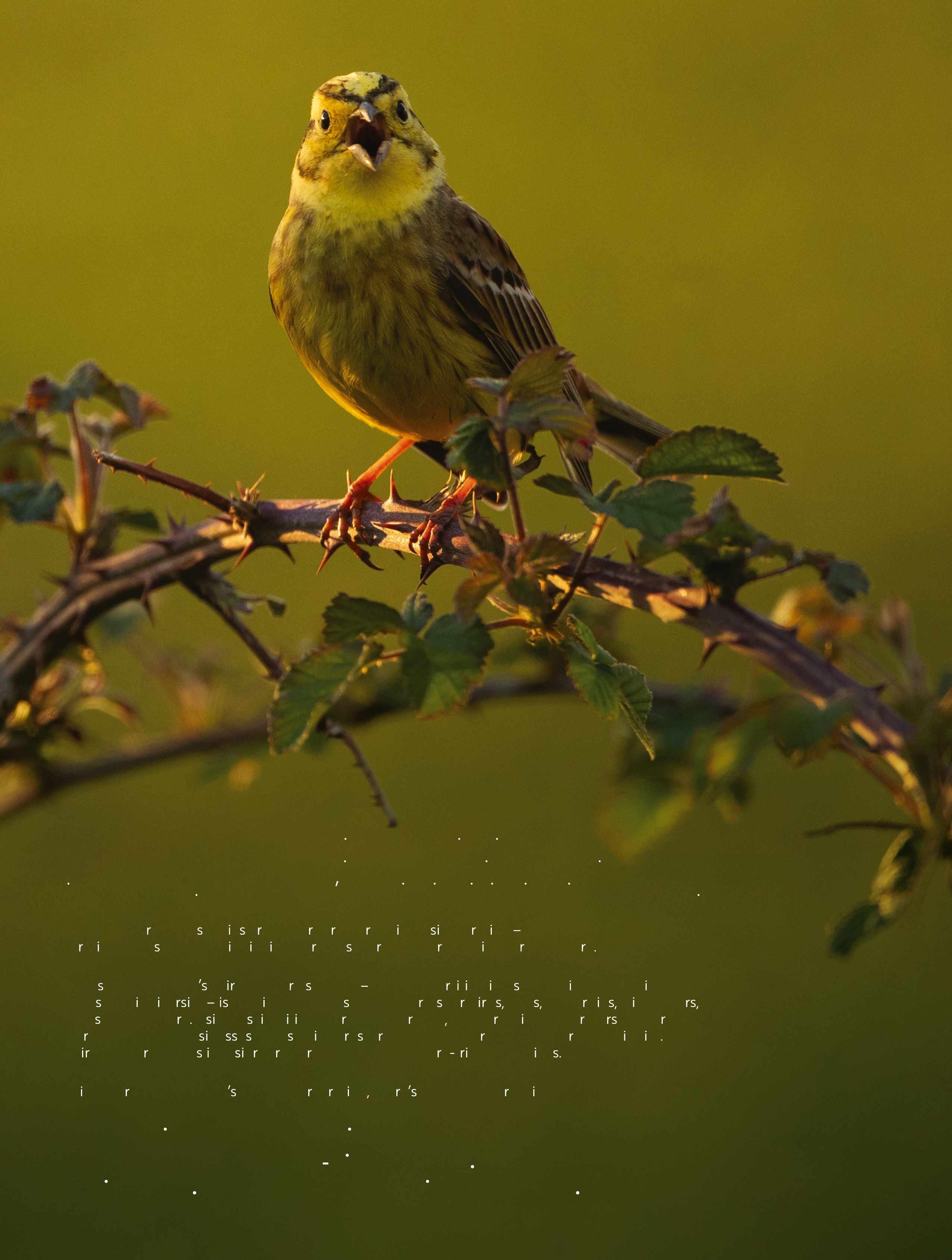
The song of the Yellowhammer is one of the iconic sounds of rural hedgerows – but numbers of this characterful bird have declined hugely in recent years That means we ’ re hearing its distinctive trill less and less
Too many farmland species are under threat from intensive farming – and yet farming needs healthy wildlife if we are to secure food production for the future
That’s why the RSPB’s Fair to Nature scheme – the only certification scheme in the UK with a focus on biodiversity – is helping to make space on farms for birds, bees, butterflies, wildflowers, and so much more Using a scientifically proven approach, we work with the farmers who grow our food and the businesses who sell it to restore balance to farmland and protect wildlife Fair to Nature makes it easier for everyone to make nature-friendly choices
With over 70% of the UK’s land under farming, there’s a huge opportunity
Tomorrow is grown from our actions today. Show your support for nature and nature-friendly farmers. Learn more at fairtonature.org and look out for the Fair to Nature mark.
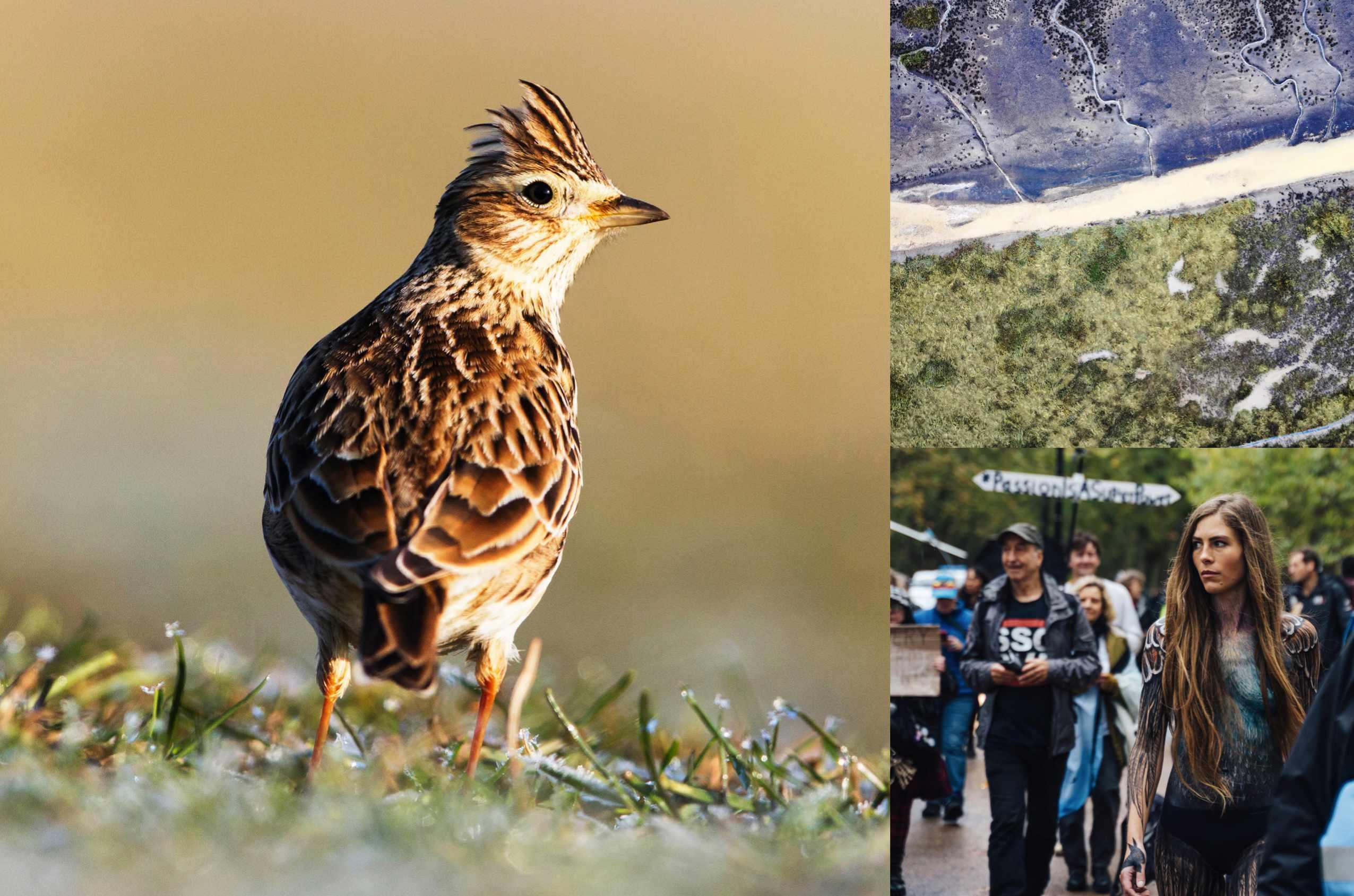
This season
10 Wildlife challenge: try your luck with these three buntings to see
11 Secret lives: Dominic Couzens explores birds traversing tree trunks
12 Photography: bring a burst of autumn colour to your photographs
13 Nature notes: Nicola Chester on fighting to save our trees
15 Tiny & wild: how air pollution is affecting insects, with Dr Ross Piper Comment
05 Beccy Speight: current policies are failing farmers and shoppers alike
34 Simon Barnes: taking note of what we’ve lost
57 David Lindo: the social side of birding
Action for nature
38 Science: looking forward after our latest State of Nature report
42 Species: tracker dogs saving species
46 Science: the latest update on our work to combat avian flu
Features
18 Wildlife: a secretive and elusive species, discover how Hawfinches are faring in UK woodlands
26 Bigger picture: thanks to you, we’re working to help secure a sustainable approach to food production
50 Nature reserve: landscape-scale conservation is uniting landowners, visitors and wildlife at the Ribble Estuary
72 Campaigning: how you can make a difference for nature today
82 Takeouts: three things to try after reading this issue
Together for nature
60 Your say: your letters and stories
62 Your photos: share your wildlife pictures with us
64 Your gardens: Adrian Thomas explores a garden that’s small on space but big on nature, plus wildlife gardening tips
68 Your questions: the RSPB team answer your wildlife queries and solve species ID mysteries
On the cover
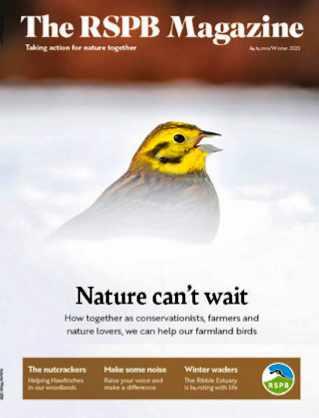
A new future for farming and nature is being forged. Read more on page 26.

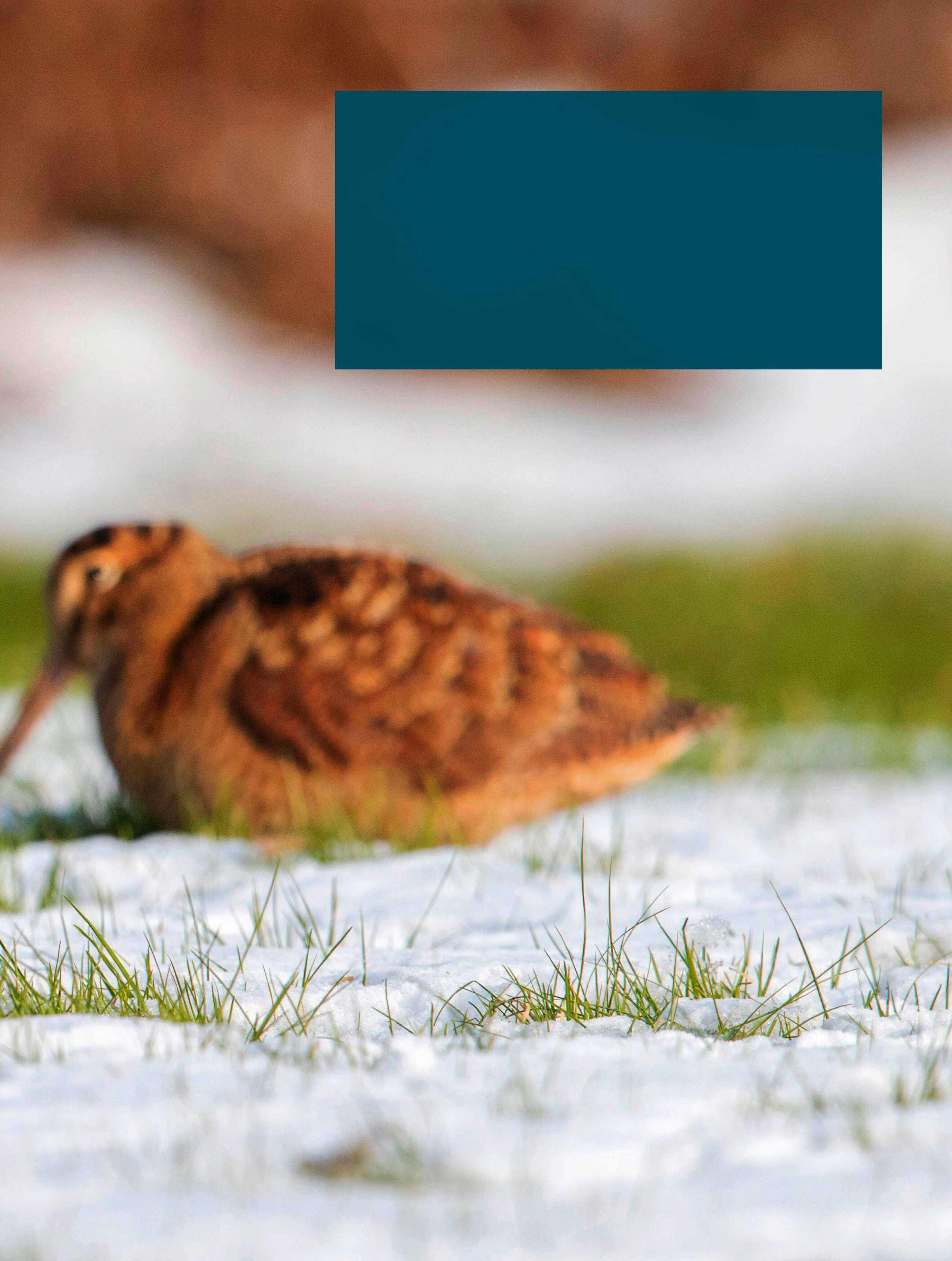
As autumn wanes to winter, the Woodcocks take flight. Winging their way across the North Sea from Scandinavia and Russia, they travel under the cover of darkness to plop down in the UK’s lowlands. You’d be very fortunate to see one of these stocky waders as they spend most of the day hunkered down in dense cover, coming out to feed at night.
Red Listed in the UK, the Woodcock is a species at risk. UK wintering waterbirds have actually shown an increase of 36% since 1975, according to the State of Nature report, but rapid rises in the abundance indicator in the early 20th century have since turned into steady declines.
These waterbirds need careful habitat protection to maintain their presence in the UK. Nature Can’t Wait, so turn to page 72 to find out how to fight for the wildlife you love, and visit rspb.org.uk/nature-cant-wait
Learn more about the RSPB and the work that has been going on this year by downloading and reading our full Annual Report. You can find out about the species we’ve been helping, the habitats we’re protecting and how we’re campaigning for nature. Plus, learn exactly where your generous donations go. Alternatively, you can join our member-exclusive events, including the AGM webinar on 14 October at 10.30am (rspb.org.uk/agm), and a behindthe-scenes insight into the RSPB’s work on 3 November at 11am (bit.ly/rspb-webinar).
Sign up for the AGM

Read the Annual Report

The fortunes of this largely crepuscular, arboreal mustelid (our only one with semiretractable claws) are tentatively encouraging, and good, connected woodland habitat is key. Though they remain scarce and elusive, relocations from Scotland to Wales and the Forest of Dean have helped their spread, and there are small populations in northern England and a new one in the New Forest. The year’s springborn kits are now fully grown and independent. Being omnivorous and moulting their summer coat into a thick, warm, winter one means that although they spend more time sleeping, they are still active through winter.

Autumn can bring many birdwatching challenges – can you find and identify these three buntings?
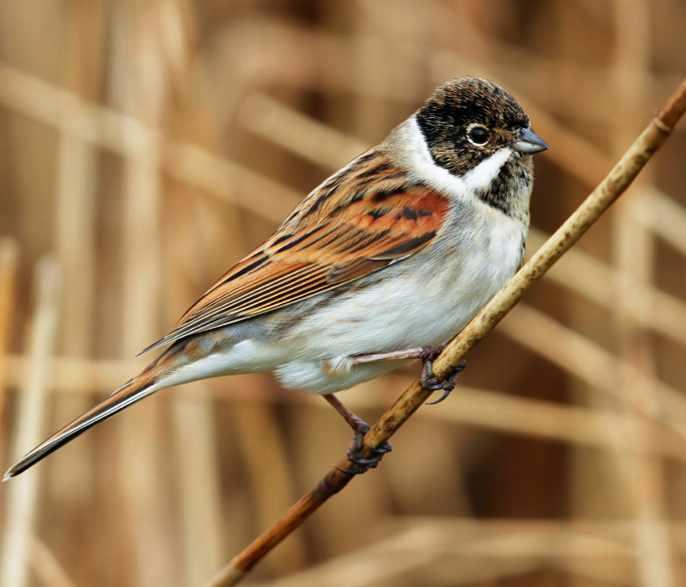
At first glance these widespread birds of wetlands and farmland may look a little like sparrows, but closer inspection reveals a rather distinctive bird. The males sport a black head and stark white collar in summer but look more like the streaky females in winter.
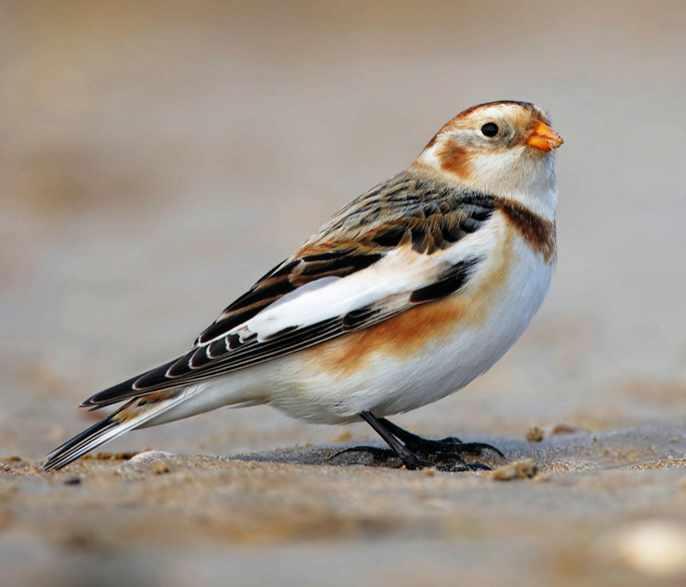
These chunky visitors from the north flock to our coast in autumn and winter where they feed on seeds on beaches and salt marshes. The large amounts of white in their plumage creates the impression of a flurry of snow when flocks take to the air with soft, rippling calls.
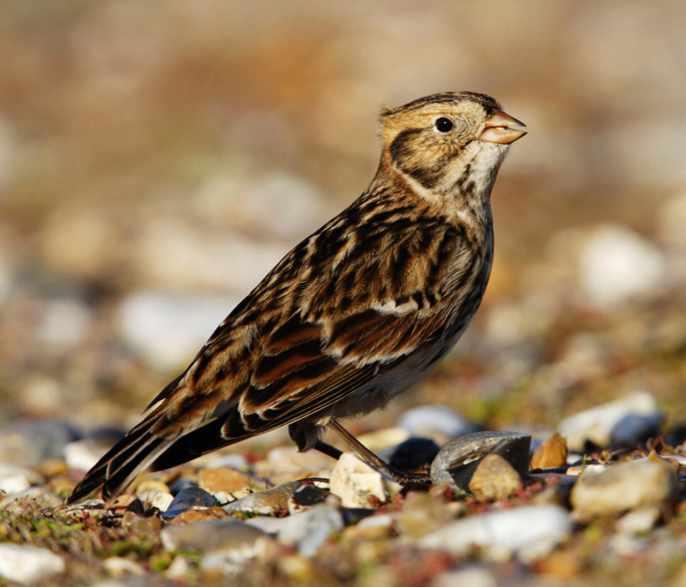
Another visitor from the north, seen mainly in autumn with small numbers overwintering. It is well-camouflaged while feeding on seeds in coastal fields, beaches and salt marshes. Look for the subtle head pattern and stubby beak and listen for the dry rattle and ringing bell-like notes.
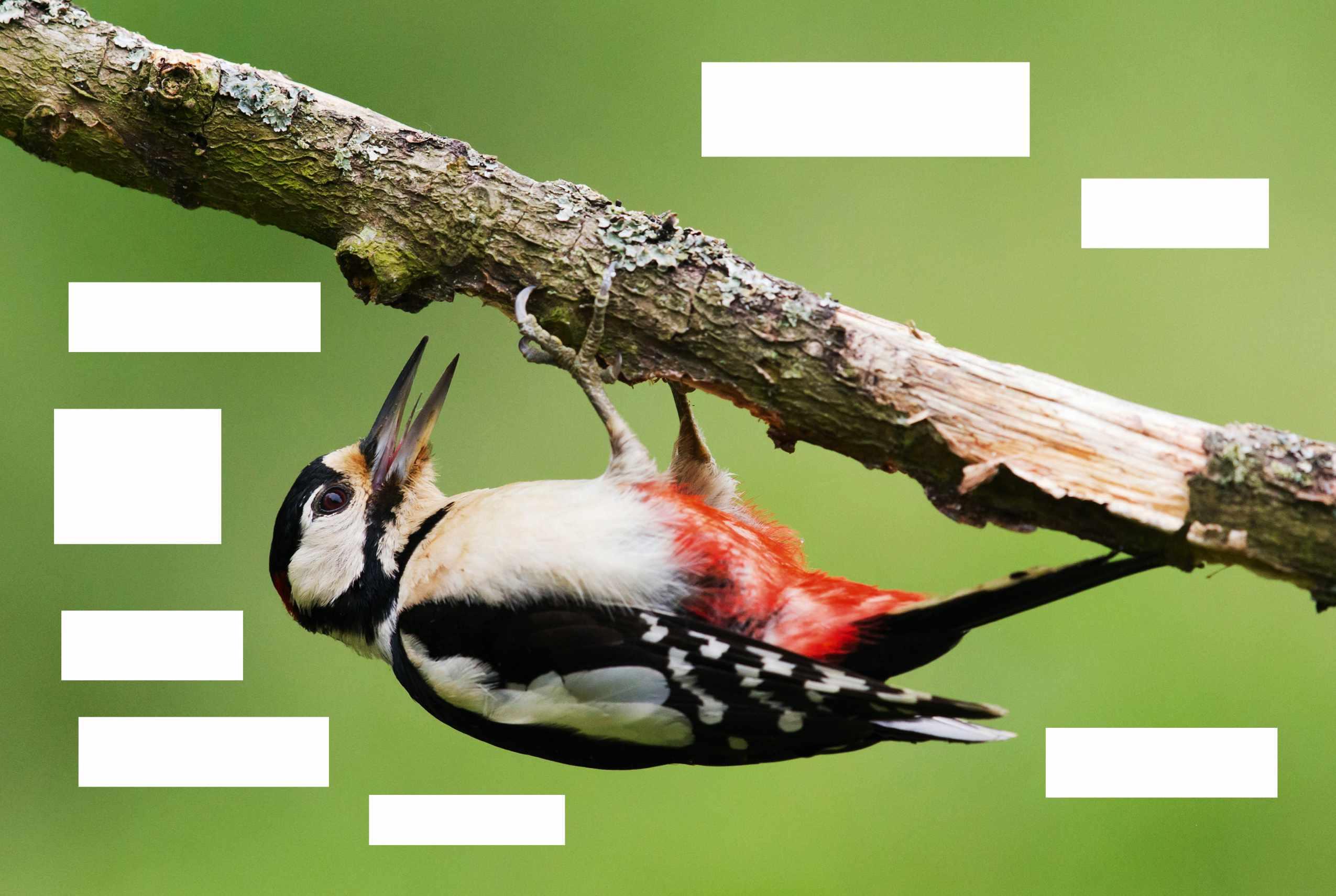
As autumn leaves begin to fall, it’s an ideal time to marvel at woodpeckers, Nuthatches and Treecreepers
These charismatic birds all hold their bodies close to vertical tree limbs and climb to obtain food from the bark. They all have short legs, covered with protective scales, together with long, sharp claws that enable each of them to hold on. The claws of Treecreepers tend to hook on to bark irregularities, while Nuthatches and woodpeckers grip.
When foraging, woodpeckers and Treecreepers are adapted only for upward hoppings. Nuthatches are most unusual for being able to climb trunks both upwards and downwards headfirst – the only birds in the UK to do so. All these species depend on a year-round supply of food available from trunks and surfaces, a rich resource not available to competitors, except some species of tits.
The Treecreeper feeds almost entirely on invertebrates, including a lot of spiders. It finds sustenance by closely examining the fissures and crevices that it comes across while creeping upward.
Its tail is long and stiffened and is used as a brace, allowing the bird to rock back if necessary, but the Treecreeper can also ‘free climb’, foraging along the underside of branches. Its feeding method is based on using its long, slightly curved and laterally flattened bill for probing. When a Treecreeper reaches its desired height, it flies down again to start lower in the next (or same) tree.
The collective noun for Treecreepers is a ‘spiral’, named after the way they work in a spiral around trunks in search of food.
Woodpeckers also work upwards and use the tail as a pivot, but they differ from Treecreepers by their ability to be destructive. They can, and do, often glean from bark in the same way as the Treecreeper, but their powerful bills enable them to chip away loose bark and other matter and, of course, to excavate. They eat all kinds of invertebrates and other meat as well as many seeds, which they can open easily with powerful pecks.
Nuthatches cannot excavate wood, but their sharp, chisel-like bills also enable them to break open seeds. In the autumn they hoard them in gaps in the bark to consume through the winter, but they concentrate on invertebrates in summer – presumably looking from above enables them to spot things missed by other gleaning competitors. They hold on to trunks with one foot above the other, one to hang, the other for support. The short tail is held out of the way and they characteristically lean outward to scan their surroundings. They often also forage on the ground.

or @DominicCouzens
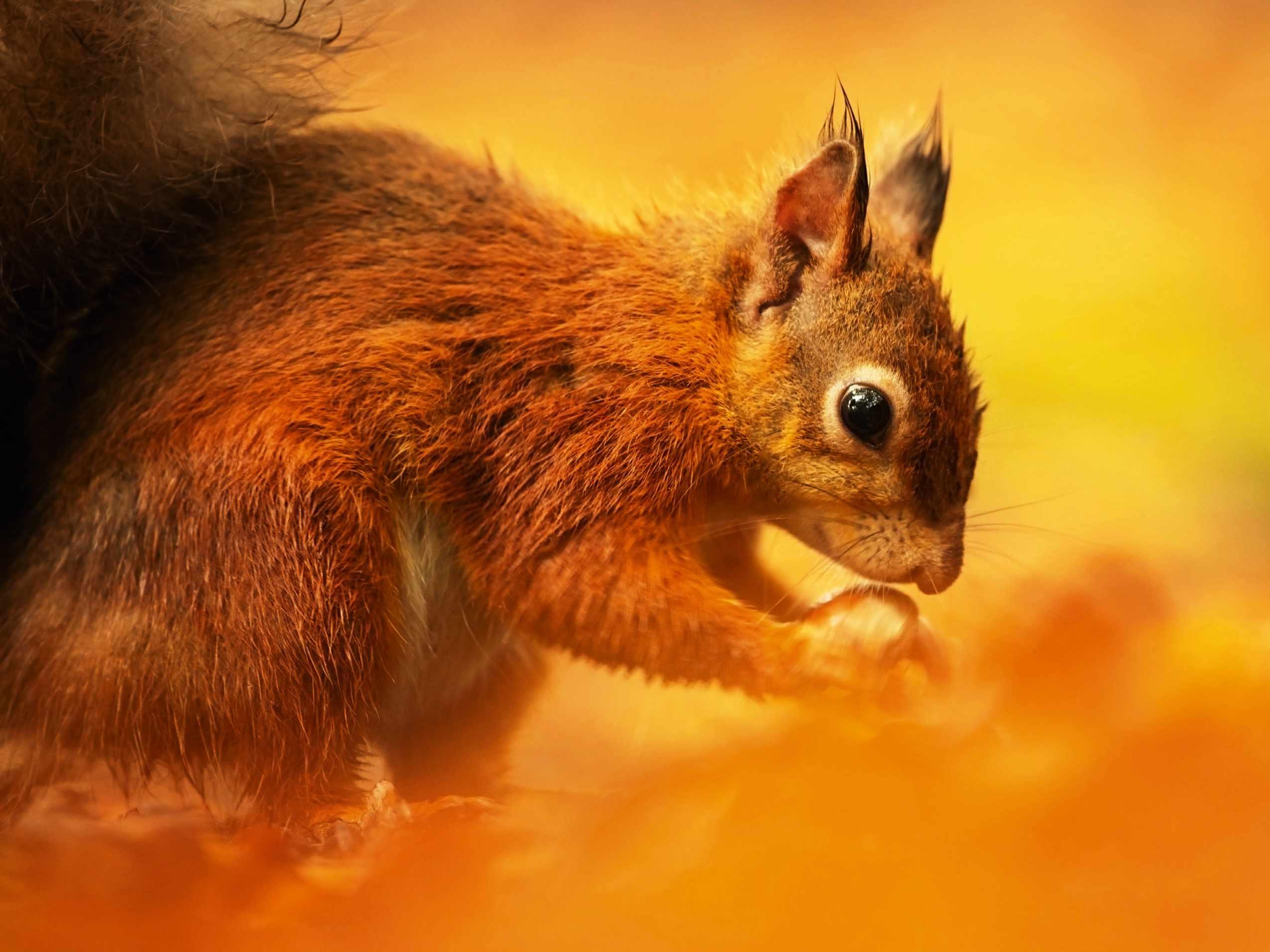
Photography Ben Andrew
How to make the most of the glorious colours that this season brings
Species: Red Squirrel
Location: Dorset
Back story: Brownsea Island has a good population of Red Squirrels. Before the island closes for the winter there is a good chance to visit on a day trip, when autumn colours are at their peak, and photograph these wonderful mammals as they forage.
Tech tips: The key with this was to ensure I picked a particular squirrel that was spending time in the fallen leaves. I knew where I wanted the squirrel to be for that autumnal feel; then it was a matter of getting low and waiting. They sit relatively still when they bury chestnuts!
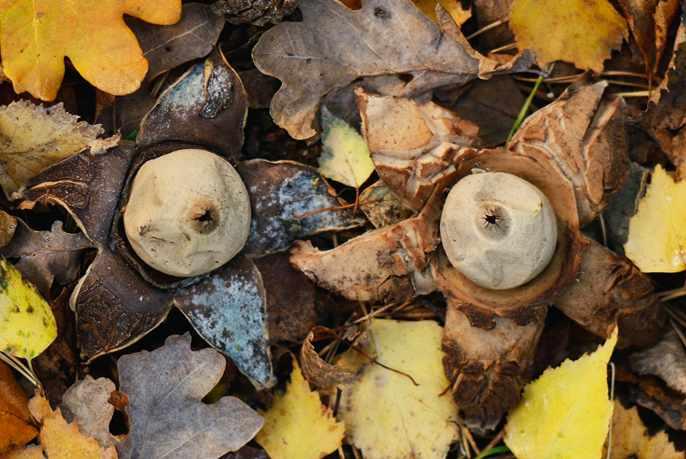
Species: Collared Earthstar
Location: Bedfordshire
Back story: I enjoy photographing all species of fungi, but some are more photogenic than others. The Collared Earthstar is often found in the woods locally to me, so it’s always a case of locating good specimens!
Tech tips: Unlike lots of fungi species, I don’t think getting eye-level on the ground works for this one. To show the star shape, it’s best to look directly down on it. Using a narrow aperture to ensure the entire scene is sharp and in focus is key for the image to work.
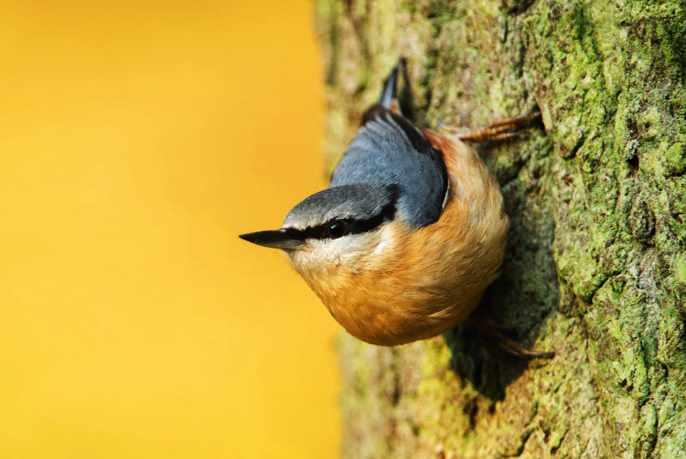
Species: Nuthatch
Location: Bedfordshire
Back story: In my local woodland there is a good feeding area for birds. Lots of regular visitors walk there and place food down, and one star species that visits is the Nuthatch!
Tech tips: Even during a nice sunny day, woodlands can be dark and gloomy, so I always use a tripod. This helps with those lower shutter speeds, and it also helps me train my lens on one area. When I visit with a particular shot in mind, I often pick where I’d prefer the Nuthatch to land and wait, pre-focusing on the area.
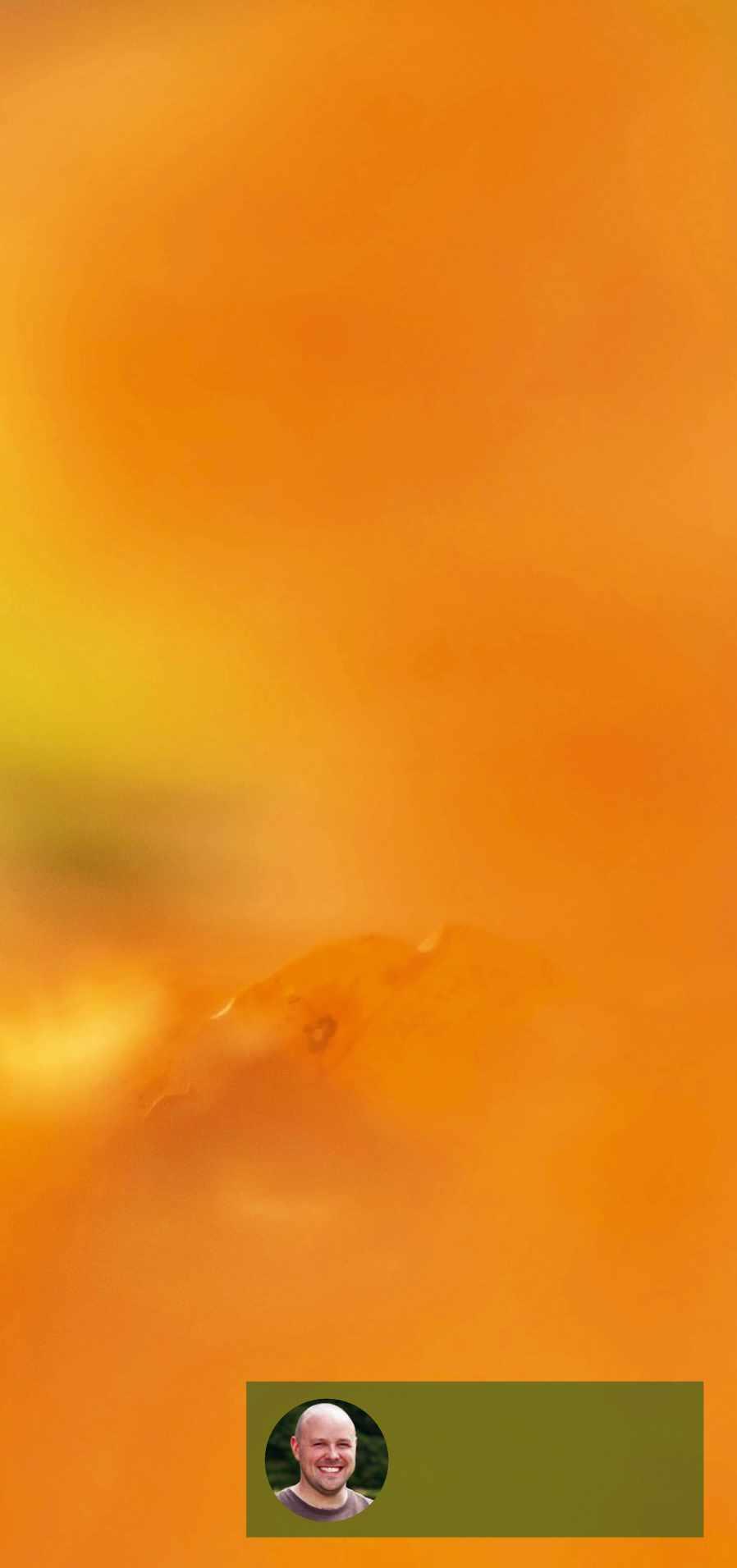
CRUCIAL ASSET
UK trees outside of woodlands were valued at £3.8 billion by Forest Research and Defra for the role they play in our environment.
Ben Andrew is an award-winning wildlife photographer. @benandrewphotos
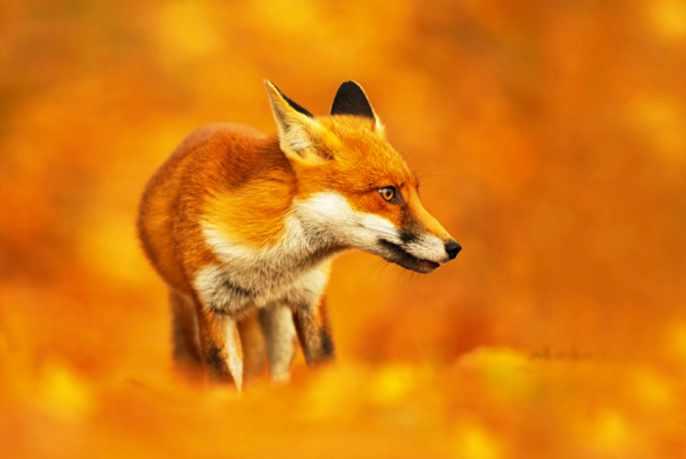
Species: Fox
Location: London
Back story: In a quiet part of a London cemetery, Foxes are very used to people. This particular cemetery has a number of wonderful trees with autumnal leaves. Tech tips: I wanted a background that created a diffused bank of autumn colour, so I needed a slope of leaves leading to a carpeted floor. It was then a case of getting low to create this smooth and clean background as well as shooting using a wide aperture such as f4/f5.6. Then it was simply a matter of waiting and hoping the Fox moved into the right spot!
Nature notes Nicola Chester
Most of us have passive relationships with trees – trees whose shapes are reassuringly familiar on a daily commute, that mark walks, a homecoming, a memory: favourite trees, meaningful trees; whole woods, sometimes. More often than not, the trees were old before we knew them and will outlast us. Solid, dependable, living structures, connected with the world in ways we hardly acknowledge. An elaborate safety net that holds us, and includes clement weather, oxygen and carbon sinks and the recurring cycle of growth, harvest, decline, nourishment and regrowth. An intricate cradle of security.
In autumn, the colour, pause and fall of the leaves remind us of this cycle. The sense of a world bigger than us, carrying on, where we are released from duty.
How easily we absolve responsibility, when it is within our power – and necessary – to act. I was six or seven when I first knew what it was to lose important trees, and I’ve been haunted by this loss ever since. By the time I was in my twenties defending trees from road developments in the ‘90s, mine and others’ actions were seen as eccentric and irrational. A standing-in-the-way of progress and sense. Well, times change.
An increasing number of us know the terrible wrench of losing not just loved trees, but habitats, and what this means for those sleeping unaware. My latest local ‘haunting’ involved whole woods cut down for grants in spring, replaced now by lines of whips in plastic tubes. The opportunity for life-giving decay and natural regeneration (not to mention the last remaining population of Willow Tits
in a line from the Severn to the Wash) was lost with them.
Autumn is a return to grace of sorts. It’s a return to childhood memories (pencil shavings, kicking leaves, sparklers, toffee apples and Halloween) and a primordial feeling of retreat and safety. Deciduous trees are dressed for a homecoming; a settling, a knuckling down. Those crisp autumn days of russet leaf-fall, blue smoke of bonfires and the scent of leaf mould, earth and lateflowering ivy all feed senses primed to a comforting melancholy: a reset and re-rooting. A storing up for change.
Autumn is also a time for shaking up. Of storms that swing in, de-fleecing the trees of their leaves, seeping through waterproofs and inverting umbrellas. We are reminded that, like the trees that bend, right themselves and sometimes break – we are vulnerable, too.
Our relationship with trees can no longer be passive. It’s time to engage in this great engine of life. Recent campaigns from the street tree defenders of Sheffield and Plymouth, demonstrate that leaders would do well to listen to us ‘tree-huggers’ if they want to continue to prosper.
There’s an urgent message spun in the howl of an autumn gale. Those seeds, nuts and fungi, growing and nourishing the loam, represent possibility planted in us, too. The seeds of hope and change and regenerative action. A chance to consider our intentions for another cycle of life on Earth and how we nourish it.

Chester lives in Wessex with her husband, three children and dog. nicolachester.wordpress. com or @nicolawriting
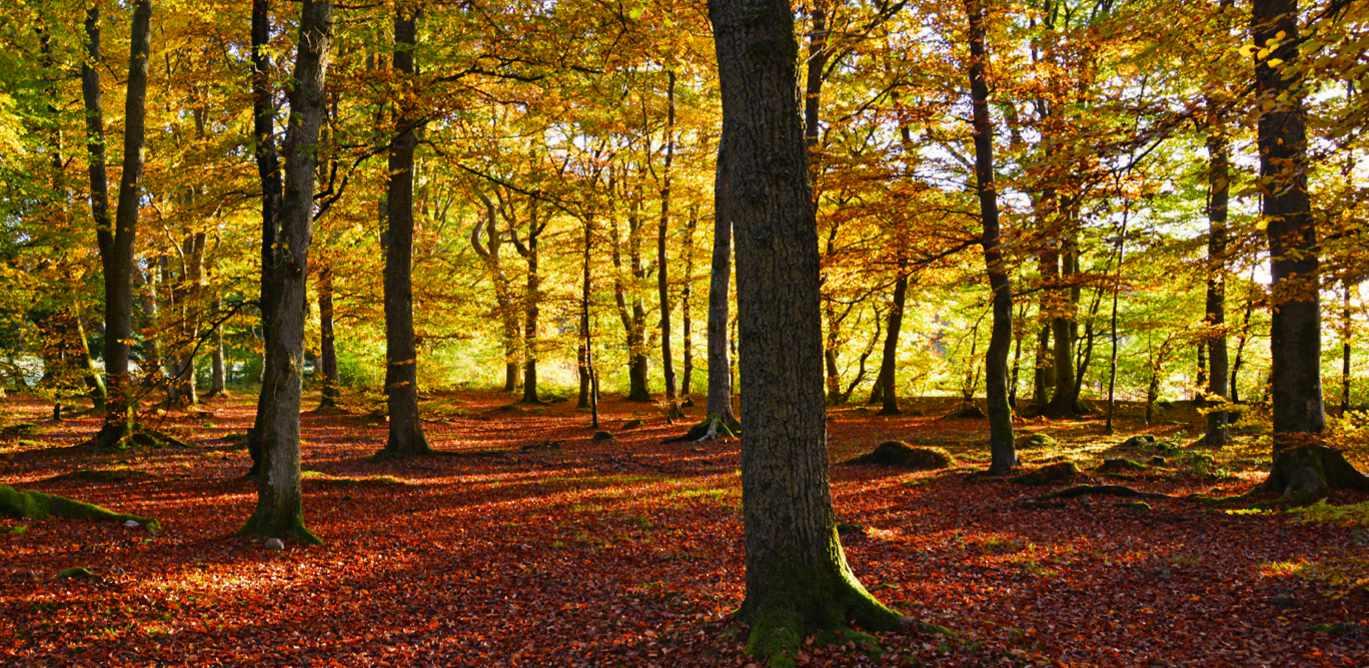

Wrapping paper and tape
Wrap your gifts in festive red and gold paper adorned with plump singing Robins, and seal with paper tape featuring sweet, hand-drawn tit species Both are glitter-, plastic- and foil-free, making them fully recyclable so you can enjoy a sustainable Christmas Other ecofriendly wrapping paper and gift bag designs available include the 12 Birds of Christmas, Puffin Party, Secret Forest and Woodland
More ways to help nature
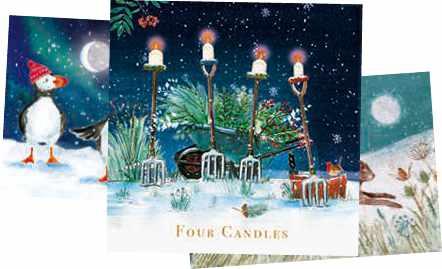
l Cards (£12), with 20 different designs, this bumper pack of 40 cards has everything you need.
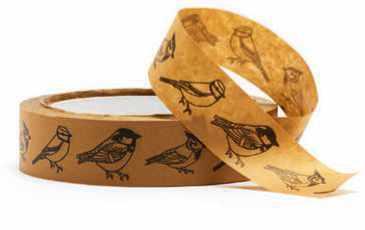
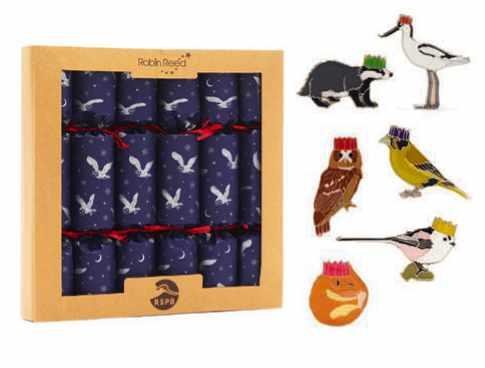
l Crackers (£18), these stunning Moonlit Owl crackers are filled with special-edition pin badges.
Out now
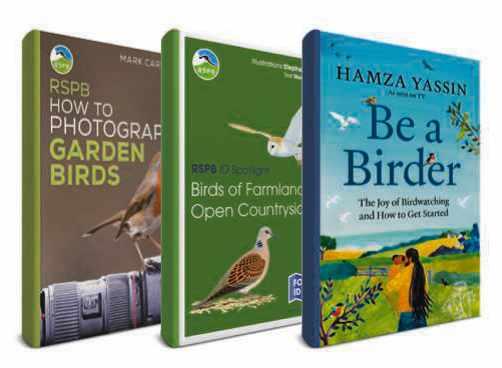
Mark Carwardine, £18.99
Learn simple but effective photography tips to capture fantastic images of your garden visitors. With something for beginners and the more experienced, this practical guide is a must-have.
Birds of Farmland and Open Countryside Marianne Taylor, £5
This RSPB ID Spotlight is a foldout guide featuring beautiful illustrations by Stephen Message of 57 familiar farmland and countryside birds.
Be a Birder Hamza Yassin, £24.99
Embrace the joy of birdwatching with Hamza as your personal guide! Find new ways to enjoy this hobby with his best ID tips and tricks and personal anecdotes.
Shopping with the RSPB Shop helps keep our world wild. Profits go to conservation, and all products are as nature-friendly as possible.
The wood wide web is a complex social and networking community support system hidden beneath the woodland floor: a communications operation; wiring, charging and plugging in information, resources and mutual benefits between roots and mycorrhizal fungi. Scientists are still discovering just how interconnected and vital these ‘fungal optic cables’ are, even as they are threatened by our demands for development,
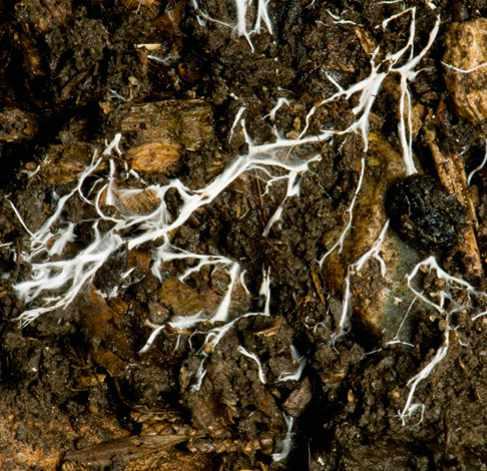
deforestation and agriculture. Ancient, invisible, ecosystem engineers, mycorrhizal fungi connects to plants and trees, and connects them
Jake Zarins, International Species Recovery Programme Manager
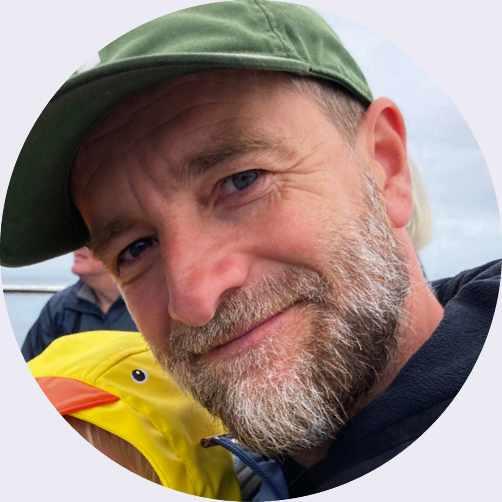
What does your role involve?
I work with some amazing colleagues to support our partners in Africa and Asia on programmes to improve the conservation status of the RSPB’s international priority species. An example is our vital work with Asian vultures.
What does this work entail?
We help our partners in Asia to deliver research, run captive breeding programmes and change government policy so that key threats to vultures are removed from the environment. The introduction of a drug called diclofenac, used on cattle in the ’80s, has had a significant impact on vultures that scavenge the cattles’ carcasses. Millions of vultures across Asia died, which nearly led to their extinction.
to each other, sharing and recycling nutrients, sending messages (for example, when a plant comes under attack) and locking away billions of tonnes of carbon. And like a community we might recognise, ‘donations’ of water or nutrients are given to those in need. ‘Mother’ trees send carbon to their seedlings and favouritism is shown to closely related plants. It really is the planet’s (and our) marvellous lifesupport system.
What does the fate of Asia’s vultures look like now?
There is still much to do as the populations of the three species we work with are a tiny fraction of what they once were, but they are stable and, in some places, beginning to increase. We recently released the final cohort of captivebred White-rumped Vultures in Nepal as the government there has done an amazing job of removing vulturetoxic veterinary drugs from the market – we need other countries to follow their lead!
Environmental pollutants and climate change are wreaking havoc with fly fertility, courtship and mating.
It was recently found in a laboratory study that higher levels of ozone disrupts the ability of male fruit flies to produce pheromones and attract a mate. It also means males are wasting time trying to mate with each other as the pheromones broadcast their gender.
The impact of rising temperatures on insects is poorly understood, but we know that the distribution of many species is changing.
In the UK, the range of species that were once very rare and restricted to tiny populations on the south coast has exploded, and they are colonising ever-greater swathes of the country. In essence, our fauna will become increasingly Mediterranean, and the species suited to cooler conditions will be forced ever northwards or to higher altitudes until there’s nowhere to go.
The window of ideal climate conditions that an insect must track is narrow. Again, exactly what is going on here is poorly known, but laboratory studies show alarming results. For example, the fertility of male Red Flour Beetles plummets after being exposed to heatwaves, and successive heatwaves almost sterilises them. The impact of these higher temperatures ripple through the generations, with even lower fertility and reduced lifespans in the offspring.
Dr Ross Piper is an entomologist, zoologist and explorer. Visit rosspiper.net or @DrRossPiper
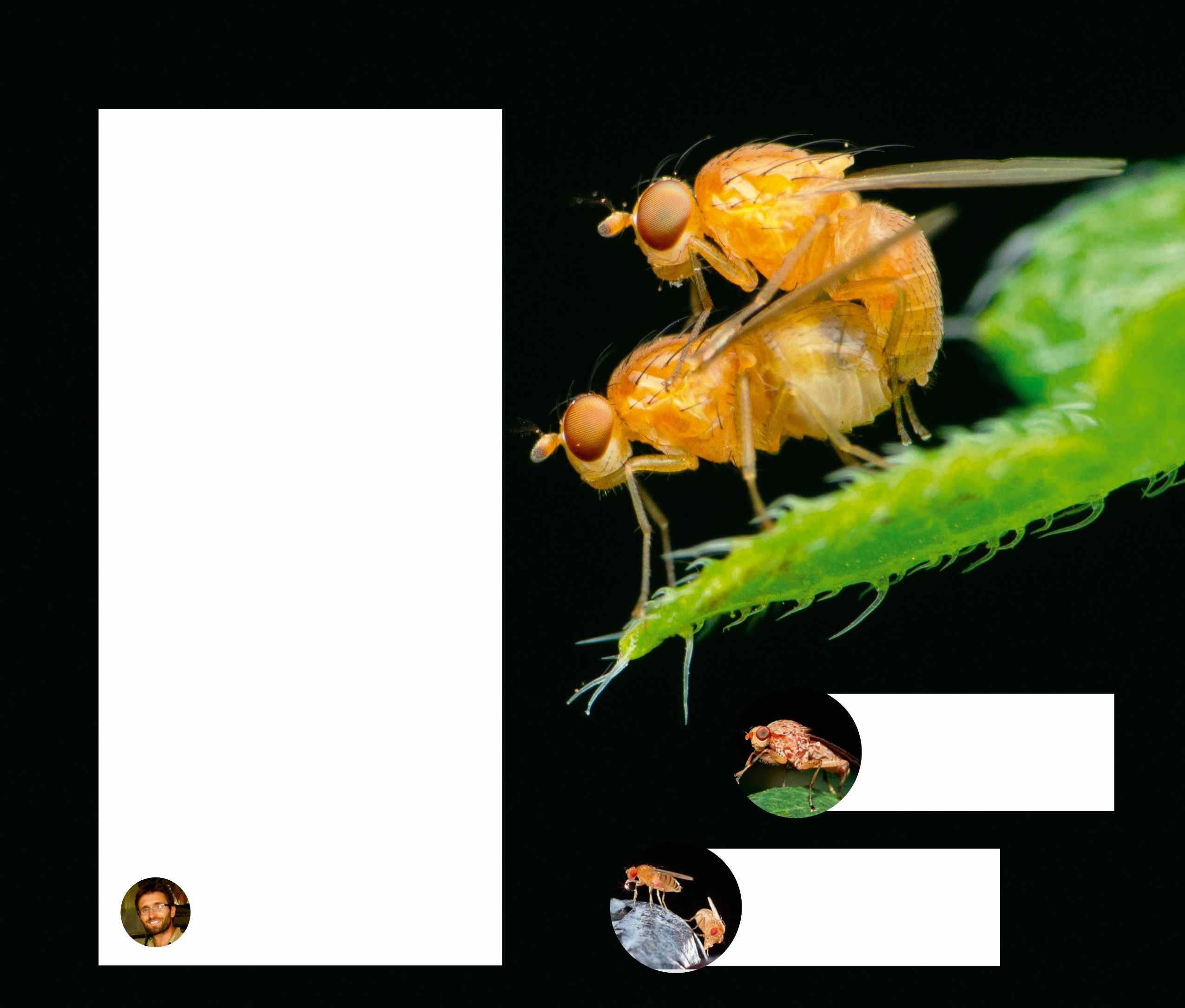
All insects produce pheromones. These broadcast gender and willingness to mate as well as allowing males and females to find each other.
Disruption of these pheromone systems means males and females have a harder time finding each other and increases male-to-male mating attempts.
Get to know some of the small and colourful songbirds in the finch family
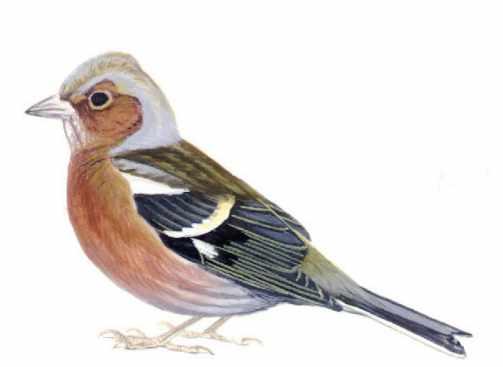
One of our most widespread songbirds, Chaffinches can be found in a wide range of habitats. The highly vocal males are a kaleidoscope of colour while the females are a mix of subtle browns.
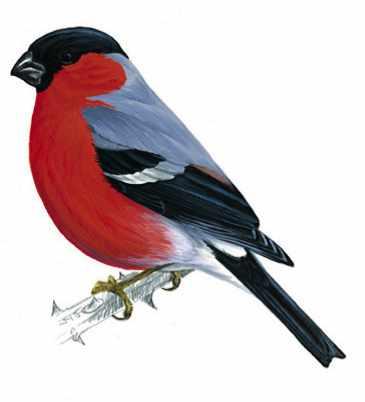
Found in woodlands, parks and orchards, Bullfinches are unmistakable. In flight, their white rump is obvious, and their soft repeated whistle is often heard well before the birds are seen.
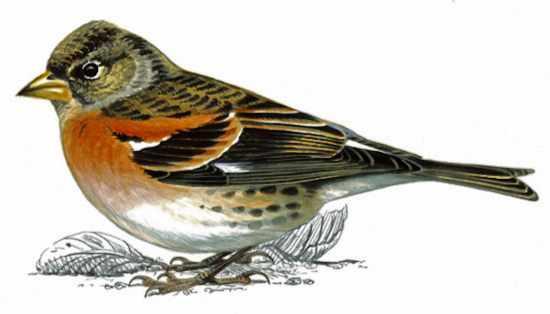
Structurally similar to Chaffinches, Bramblings arrive here each autumn. Their dark mottled head, orange breast, white rump and spotted flanks help separate them from their more common cousin.
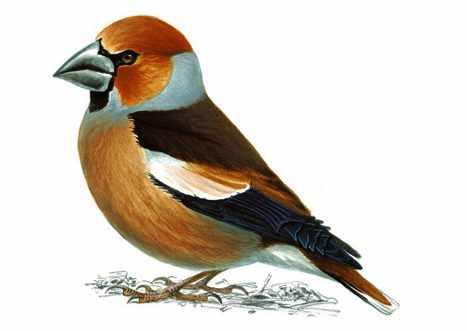
Scarce and shy, the Hawfinch is our largest finch by far. Migrants from the continent can turn up just about anywhere, while breeding birds are restricted to a few mature woodlands.
Adult eels are meeting the sea at the mouths of our rivers right now, to begin an epic migration to their final destination: the Sargasso Sea. Here, they’ll breed for the only time and die. This age-old mystery was confirmed last year from satellite tags fitted to eels in the Azores, revealing the final leg of their long journey.
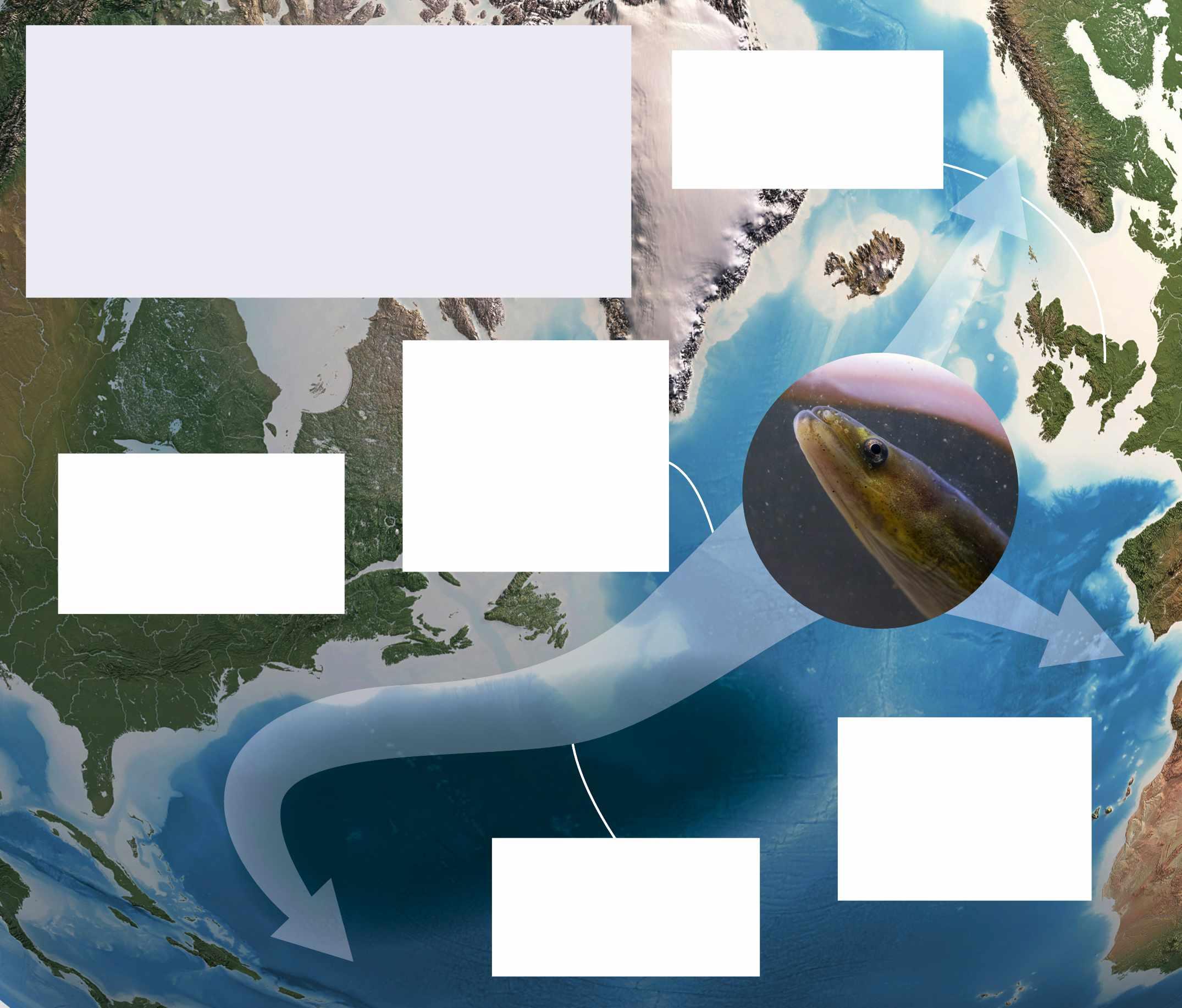
They have seen a 95% decline since the 1980s. Hazards include pollution, dams, weirs and sluices, overfishing and ocean current changes due to climate change.
Eel larvae return to Europe, on a two- to three-yearlong North Atlantic Drift, when they become tiny (up to 8cm) glass eels and swim into river mouths. Here they’ll go through several life cycles before reaching sexual maturity.
Yellow eels (immature adults) grow up to 1m and can spend between five–70 years in our riverine habitats before they are ready to leave.
Eels predate and scavenge on a range of fish and insects. They need good-quality, healthy riverine habitats. They can wriggle and slip over wet grass between waterways.
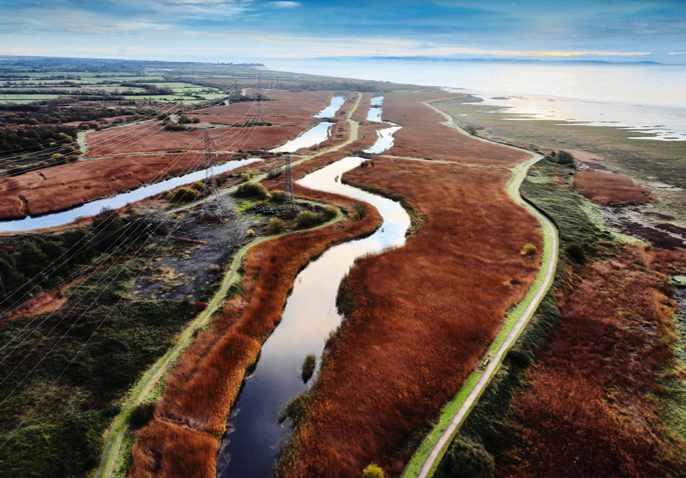
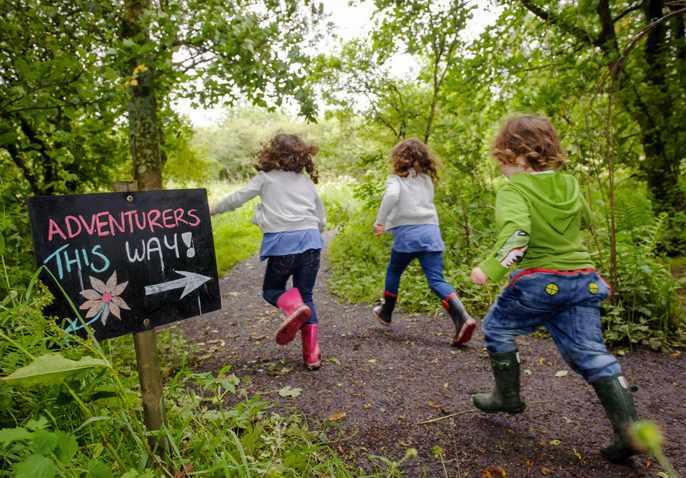
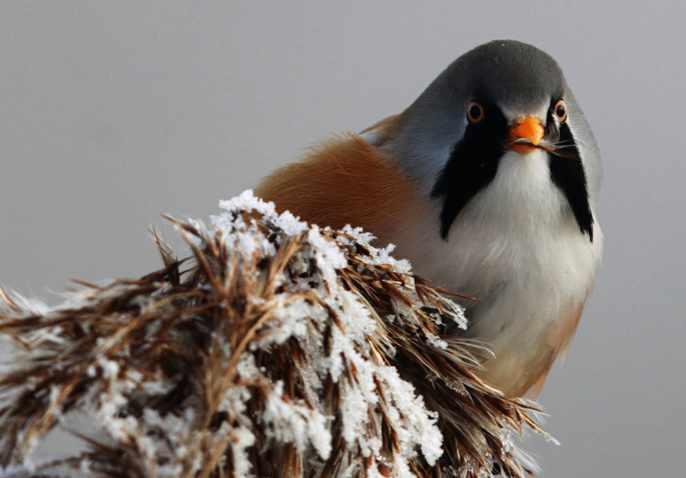

RSPB Visitor Experience Manager Lesley Gorman and her partner Zoe, sailed with Hurtigruten Expeditions* to experience Norway’s magical Northern Lights and spectacular scenery back in January. Read about Lesley’s incredible experience on much-loved MS Maud first-hand, as she recalls her cruise highlights.
What was your favourite experience during your Hurtigruten Expeditions cruise?
The light in the north was unlike anything I have ever experienced, the blue light in the morning as the sun barely graced the horizon was breathtakingly beautiful. It’s so hard to narrow down a single favourite experience as the entire trip was amazing, but seeing the Northern Lights, the Arctic Train and the spectacular snow-covered landscape.
What wildlife did you witness during your trip?
Key highlights were seeing the many White Tailed Eagles and the whales (Fin, Humpback, Orcas and Sperm) as we travelled from Reine to Alta. When we saw the whales, the captain slowed the vessel down to allow passengers and crew to fully enjoy this once in a lifetime experience. We also enjoyed bird watching sessions from the front deck most mornings under the expert guidance of the Expedition Team.
Did you see the Northern Lights?
Yes, we saw them on at least three separate occasions, all from the top deck of the ship. The Northern Lights have been something that I have wanted to see my entire life, it was breathtakingly beautiful and quite a moving experience for both of us.
How did the onboard Expedition Team enhance your cruise?
They were all so willing to share their knowledge, making each topic accessible to all. They went above and beyond to ensure that all passengers of many different abilities were able to enjoy excursions and activities. The onboard lectures
enabled us to optimise our wildlife experiences by understanding what to look for.
What activities were on offer?
There were lots of activities on and off the ship. We most enjoyed the kayaking, but also took part in some of the arts and crafts activities on board –knot tying, runic painting. We loved the lectures and enthusiasm of all crew members running activities, from deck hands to the Expedition Team. If we had wanted to, we could have participated in Citizen Science workshops and lectures on most days. We enjoyed dipping in and out at our leisure.
How would you sum up your time onboard MS Maud?
It was an excellent experience and one that we didn’t want to end. I would say, without a doubt, that it was one of the best holidays that I have ever had. The staff were exceptionally well organised and attentive. It meant that we were able to fully relax and to do as much or little as we wanted. The food was incredible with so much choice. My only complaint might be the larger waistline that I came home with!
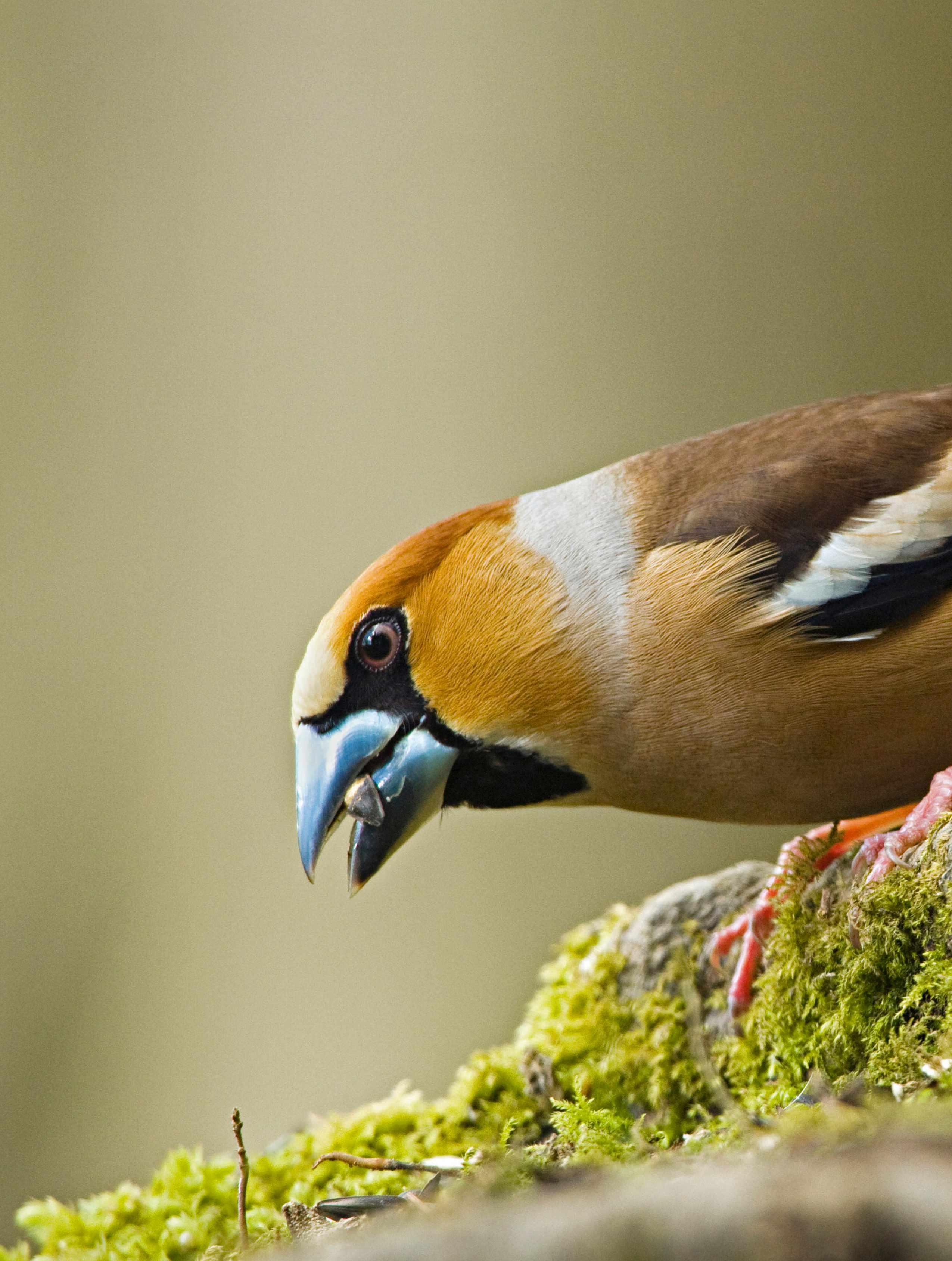
The heavyweight of the finch family is under threat. Mike Dilger shares the struggles of the Hawfinch, the powerful passerine in our woodlands
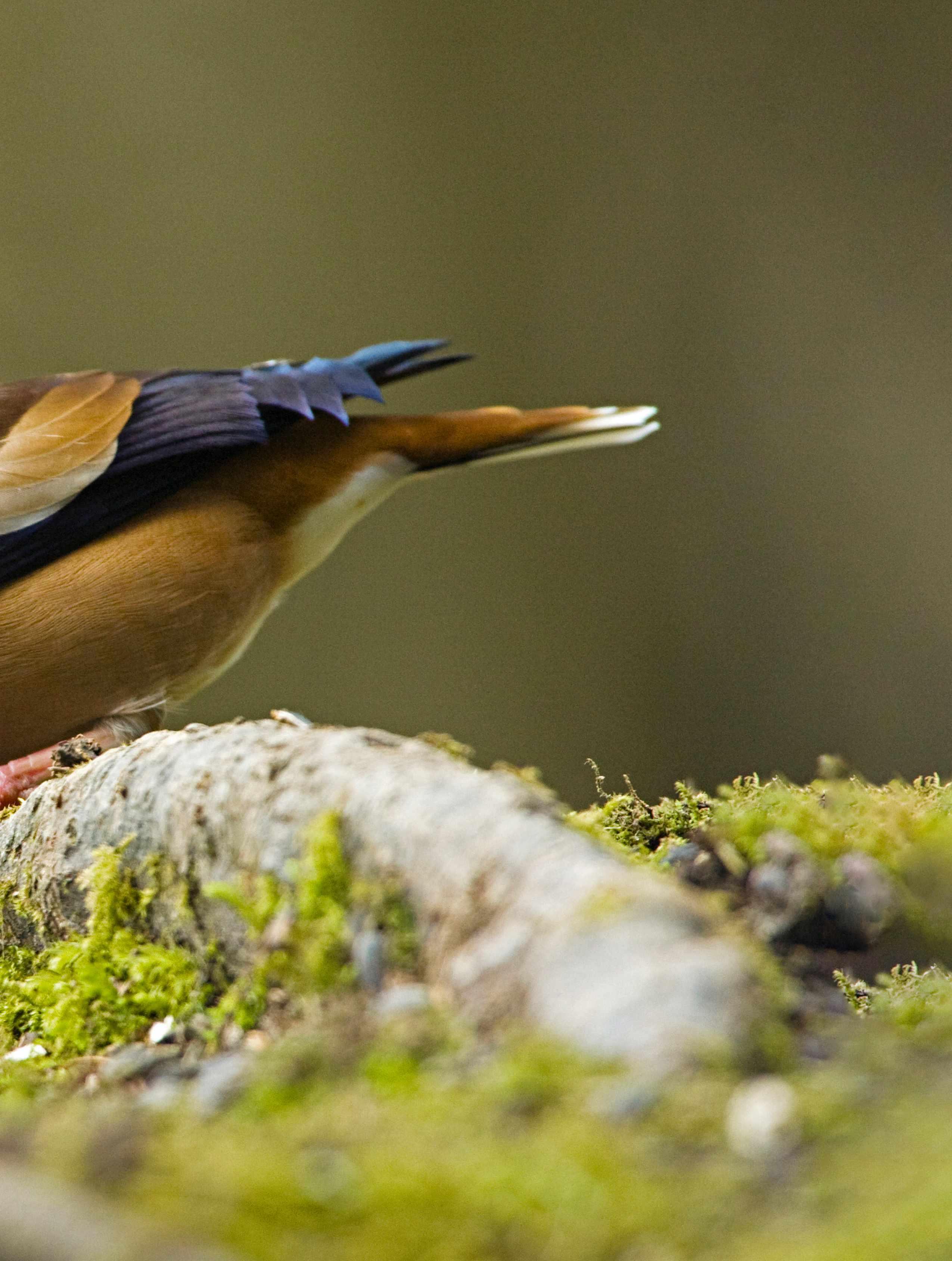
can count on one hand the number of times I’ve seen a Hawfinch well – and I watch birds a lot. The last time was in the Forest of Dean, in Gloucestershire, six or seven winters ago, when I was granted brief views of a singleton quietly perched in a Beech tree. Drinking in every moment of this handsome finch, I then had the audacity to momentarily look away, only to subsequently discover it had slipped away, like smoke, leaving me both bereft and thrilled in equal measure.
When silhouetted against the sky, or while feeding among autumn leaf-litter, it can be tricky to pick out the peachy, brown and grey washes of the Hawfinch’s immaculately turned out plumes. And the white splashes emblazoned across both wings and tail-tips only become obvious when in flight. But these subtle characteristics pale into comparison with the Hawfinch’s bull-neck, black bib and massive, steely blue bill. Hawfinches are also surprisingly chunky and, despite only appearing a little larger than a Greenfinch, can weigh in at 58g, giving them twice the heft of their more diminutive cousin.
The seed breaker
Previous page: The lining of a Hawfinch’s beak is serrated, so it can grip like a pair of pliers. Learn how this works on page 68
1. Male Hawfinches engaged in a ferocious battle
2. Scientists use cameras and radio tracking equipment to investigate the species’ decline
3. The female Hawfinch has subtly different plumage
4. After fledging, the parents continue to feed their offspring
A shy and secretive denizen of just a few mature broad-leafed woodlands across the UK, Hawfinches appear to spend much of their time up alongside their food in the tree canopy. Research conducted at Cardiff University – alongside RSPB fieldwork – has revealed these dedicated seed specialists can capitalise on up to 87 different plant species, with Beech, Hornbeam, Wych Elm, Cherry, Yew and Holly all featuring prominently in their diet.
The Hawfinch’s seed-cracking ability is the stuff of legend, and certainly necessitates careful handling by bird ringers working on the species. Aided by powerful neck muscles, their hydraulic cutter of a bill is capable of exerting pressures of 150 pounds per square inch, enabling Hawfinches to crush even the toughest of nuts to gain access to the nutritious kernel within. So celebrated is this feat that the bird’s scientific name of Coccothraustes coccothraustres translates to that of ‘seed breaker’ – times two!
With the various tree species’ fruits, seeds and nuts maturing at subtly different times of year, Hawfinches must have a ‘seasonal seed-calendar’ mapped out in order to help them exploit what are essentially temporary and spatially distanced resources. RSPB species lead Will Kirby and his team have discovered from GPS tracking studies of Hawfinches in the Wye Valley and north Wales that they are frequently mobile both within and between woodlands. Birds will also venture away from woods – with hedgerows, gardens and even individual trees in farmed landscapes all exploited at different times of year.
Woodland is where a Hawfinch’s heart is and, with tree cover up to 13% in 2022 from 12% in 1998, according to the RSPB’s 2023 State of Nature report, you might have thought this would be good news for our Hawfinch population. But unfortunately, like many of its woodland cadre, which include the Lesser Spotted Woodpecker, Wood Warbler and Spotted Flycatcher, the Hawfinch finds itself on the unenviable Red List – an alarming roll call of our most vulnerable birds. In The New Atlas of Breeding Birds in Britain and Ireland: 1988–1991, for example, there were estimated to be between 3,000 and 6,500 pairs, but the most recent estimate in 2021 puts the population at no more than a thousand pairs, with breeding records at many peripheral sites away from the core Hawfinch areas now a distant memory.
So why should it be, when woodland cover is gradually increasing, that woodland specialists such as the Hawfinch are declining? Certainly the increased planting and proliferation of non-native trees and conifer belts across our landscapes has not helped, but trying to pin down the precise reasons for such a drastic decline is incredibly difficult, particularly given Will Kirby has declared Hawfinches to be the ‘trickiest species’ he’s ever worked on.
Previously it was thought that nest predation might be a major factor in the species’ downturn in fortunes, however nest-monitoring by remote cameras has revealed some interesting results. While poor weather and predation by corvids, Goshawks and Great Spotted Woodpeckers have all taken their toll, there has been no single recorded instance of nest predation by the much-maligned Grey Squirrels. Will indicates that Hawfinch breeding productivity is believed to be sufficient to sustain the population.
‘Their hydraulic cutter of a bill is capable of exerting pressures of 150 pounds per square inch’
However, a lack of tree species diversity may mean that finding food all-year round has become problematic. In Gloucestershire, Lewis Thomson, Site Manager at RSPB Nagshead nature reserve, has identified a ‘pinch-point’ for Hawfinches in late winter. This appears to fall between when stocks of Beech, Hornbeam and Yew seeds from the previous autumn and early winter start running low, and before Wych Elm seeds have begun to appear the following spring. Added to this is the issue of trichomonosis, which appears to disproportionately affect finches. Certainly research work at Lincoln University, funded by the RSPB and Natural England, has revealed the presence of the disease, via swabs, from three different core
Edwin Kats, Andy Hay, Jeroen Stel, David J Slater (all rspb-images.com). Previous page: David J Slater (rspb-images.com)
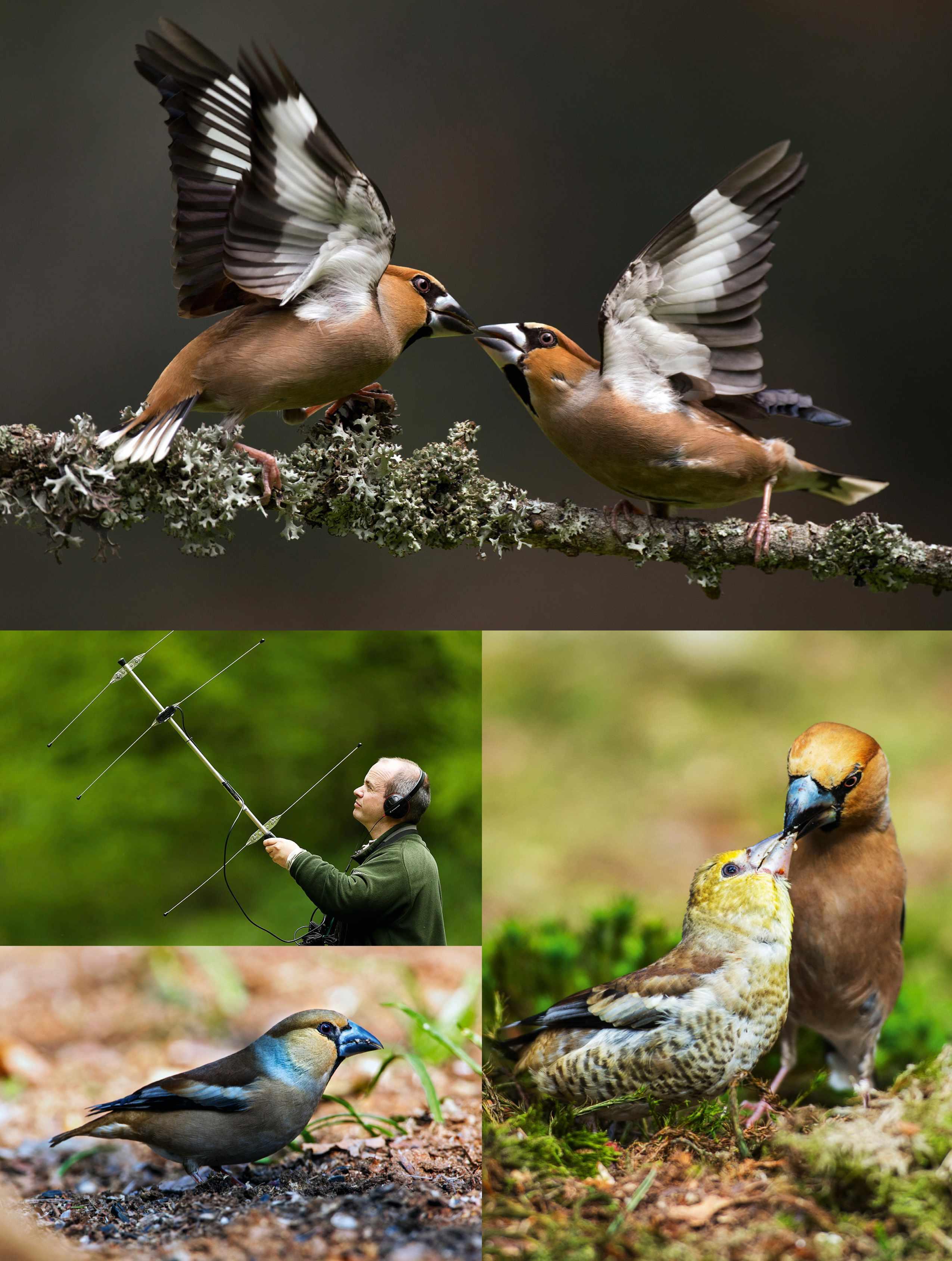
If you’re lucky enough to have Hawfinches coming to your garden for free handouts, then good feeder hygiene is absolutely crucial. More information on how to keep your feeders clean can be found at rspb.org.uk/keep-your-gardenbirds-healthy
Log any Hawfinch sightings on the BirdTrack app. The data collected here is invaluable for helping researchers monitor the distribution and status of any species.
RSPB nature reserves are always looking for volunteers. Help with practical conservation tasks to improve the quality of the woodland, or help to inform visitors how the forests are being managed for the betterment of wildlife.
populations across the UK. An outbreak near Dolgellau, north Wales in 2022, for example, in what is considered one of the Hawfinch’s key strongholds, led to the grim discovery of a number of dead birds. With Hawfinches now regularly recorded taking food left out in gardens across the region, the RSPB took the unusual step of asking householders to temporarily suspend the provision of food and water. The hope is that by suspending feeding just over the summer months, when food elsewhere is plentiful, this highly transmissible disease will be spread less easily.
Leading the fight of trying to improve the species’ lot are the RSPB staff in those all-important Hawfinch hotspots. Intense study into the species’ movements by Will Kirby and his team has revealed that Hawfinches often favour woodland edges, so glades within the wood will also help effectively increase this key perimeter component. Over at RSPB Nagshead in Gloucestershire, Lewis Thomson, who is the proud custodian of around four or five breeding pairs each spring, has identified that undisturbed and permanent water features, such as woodland ponds, are crucial for helping the Hawfinch wash down each seed-rich meal.
Also at Nagshead, and in conjunction with Forestry England, there has been a considerable push to improve the quality of the woodland by removing non-native conifers and initiating extensive planting programmes of species such as Hornbeam, Wych Elm and Cherry. Certainly if the RSPB reserve staff can ‘get it right’ at the important Hawfinch sites of Nagshead, Leighton Moss and Sherwood Forest, then healthy Hawfinch populations may subsequently be able to recolonise nearby woodlands.
The good news is that Will Kirby believes the Hawfinch population, after a long, ignominious slide, may well have now stabilised. And as our understanding of the species’ requirements is vastly
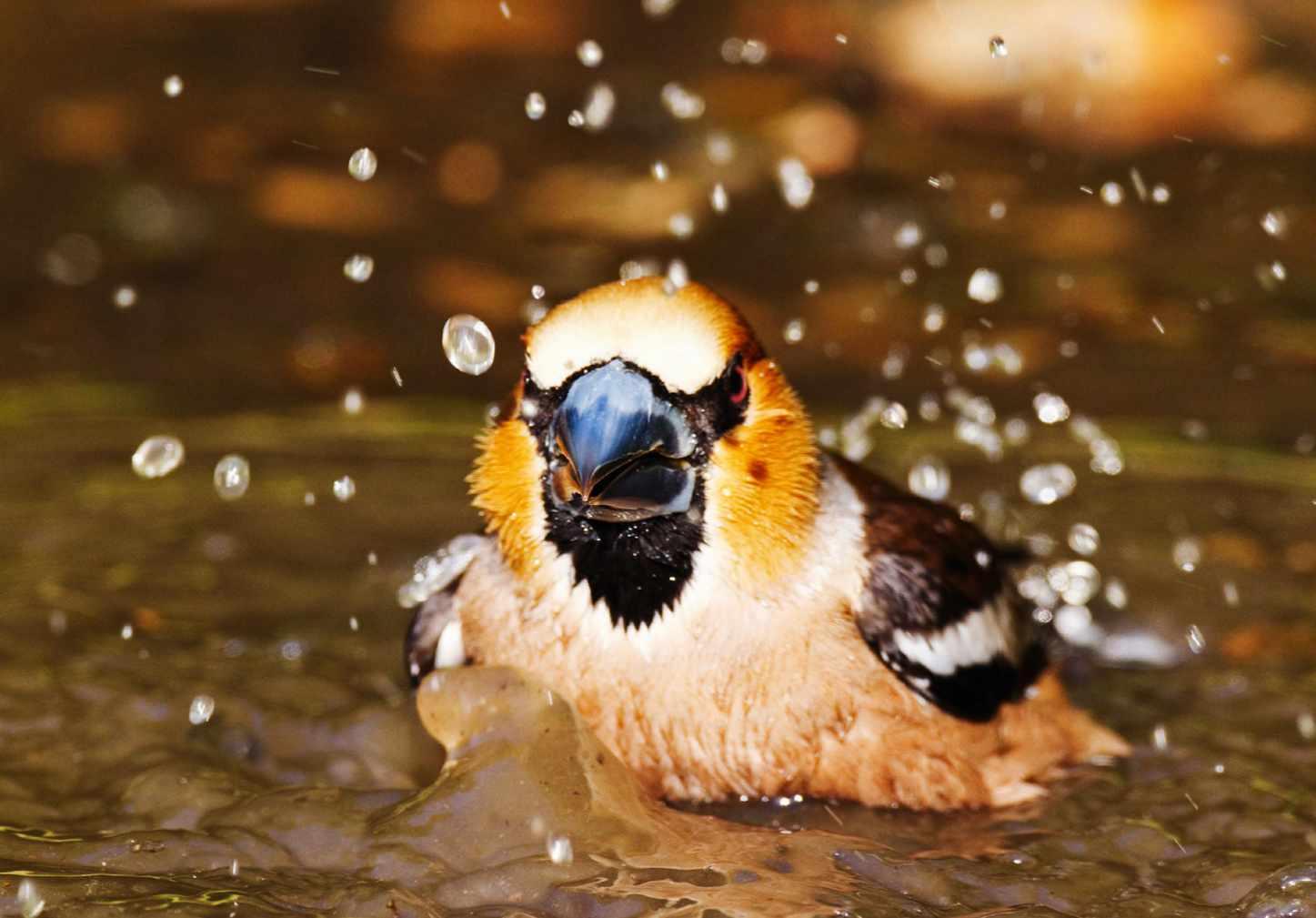
‘The Hawfinch population, after a long, ignominious slide, may well have now stabilised’
improved through fieldwork and cutting-edge research, this all points to a more promising future.
Furthermore, with luck and knowledge of the birds’ feeding habits, your chance of a successful Hawfinch sighting can be hugely enhanced, too.
Volunteer Ranger at Sherwood Forest and RSPB Ambassador Indy Kiemel Greene says that he always searches for Hawfinches in Cherry trees between early and mid-July. Often in family parties at this time, the key, Indy says, is to listen for their loud ‘tick’ call, in between, presumably, the ‘crack’ as they cleave the rock-hard cherry pips. While over in Gloucestershire, Lewis says the heavily berried Yew trees around the Parkend cricket ground have also become a hotspot for both Hawfinch birders and photographers in the dead of winter. With the trees free of their leaves and our resident population bolstered by a continental influx, winter also represents the season when Hawfinches are most easily encountered. And, perhaps most importantly of all, if you do manage to catch up with one, don’t take your eyes off it for a second!
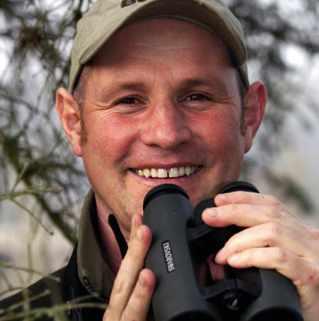
Mike Dilger has been an obsessive naturalist since childhood. He now works as a wildlife presenter for both TV and radio, a writer and a tour leader. mikedilger.co.uk



The superior thermal properties of its soft ‘micro-fleece’ makes this Hoggs of Fife shirt as warm as toast. Light and less bulky than a jumper it won’t weigh you down. Its wicking properties take moisture away from your body and help keep you dry. Soft against your skin yet comfortable over a t-shirt. In a quick dry, easy-care fabric it is practical too, with a 7 button front, zipped breast pocket, cuff adjuster and long shirt tail to keep the draft out Perfect as an overshirt All this and FREE D li Order today and keep warm in our best selling fleece shirt
Unrivalled performance,
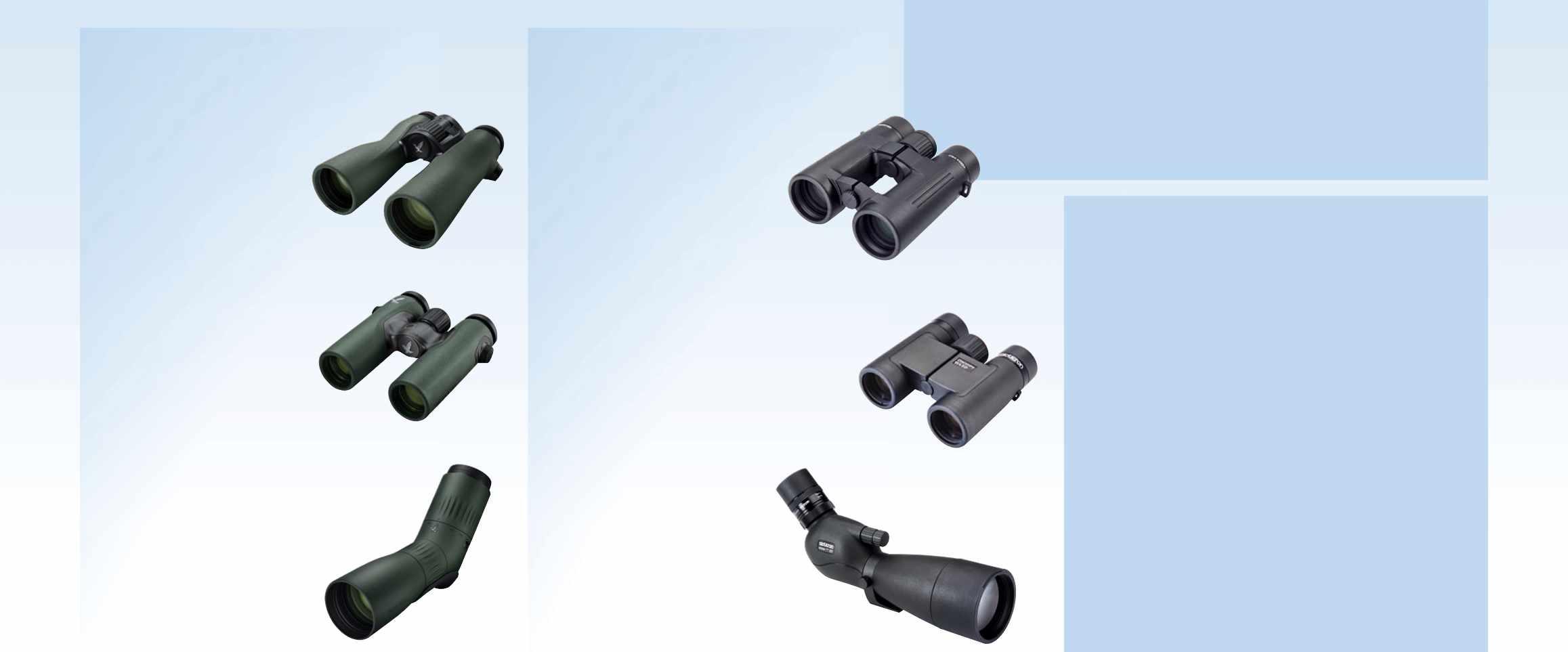

The nights are drawing in but, as Anna Scrivenger shares, the days remain full of splendour at the RSPB’s nature reserves
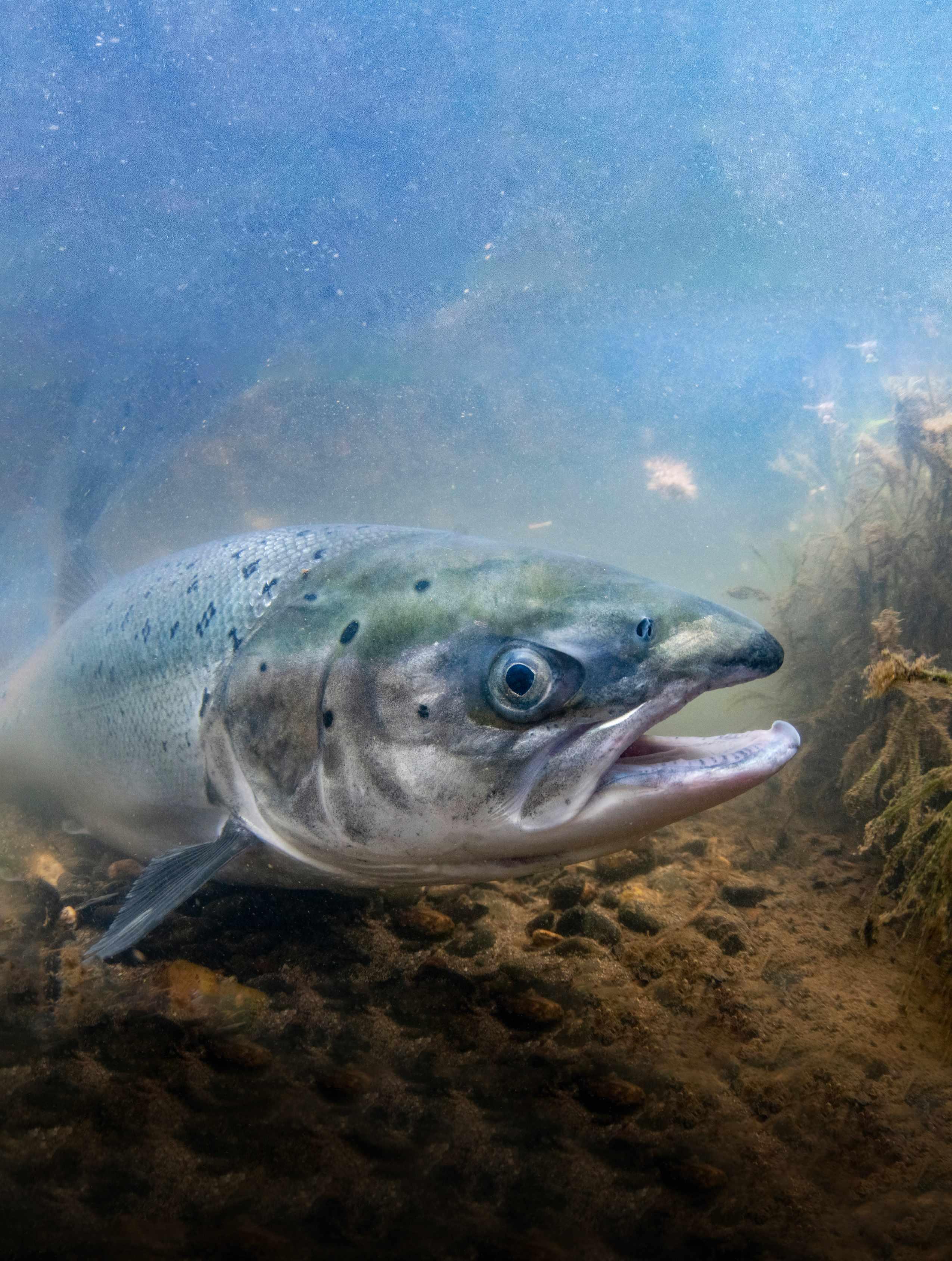
The Salmon weren’t here. Now they are. This river was straight. Now it’s gorgeously wiggly again, chuckling languidly along a glacial scoop, riffling over stones and flinging up little shingle beaches with every joyful shake of its curves.
The painstaking restoration of Swindale Beck to its natural, winding course slowed its flow and invited the Salmon back. Despite generations of exile,
their collective ancestral memory guided them from the deep Atlantic, through the Solway Firth and into the Cumbrian fells.
But it’s their final journey. Joy and sorrow mingle in my heart as I spot a mottled flank swaying in the current, performing her last act for the new generation as she entrusts her clutch to the now-shallow riverbed. A nearby male
will fertilise her eggs before they both drift away, exhausted from their journey, and they’ll likely soon meet with an Otter, heron or Fox. But their work here is done, and it’s fantastic to have them back.
Getting there: Visit wildhaweswater.co.uk for hiking and biking routes and parking information. The nearest train station is Penrith (14 miles).
This place feels otherworldly. Time stands still. The Raven King can be heard cackling as he tumbles through the treetops; the primeval air is scented with petrichor; the damp ground blanketed in pillows of emerald moss that deaden every sound; and ancient twisted boughs are festooned with beard lichen like bunting. This place feels full of magic. Something brighter catches my eye. Tiny, static flames roar from a crevice in
the moss like an enchanted fire. Yellow Stagshorn fungus. As my eyes attune to finer details, strange gems reveal themselves across the forest: glistening copper Jelly Ears; ruby Fly Agarics; tree-trunks dressed in frilled-lace Petticoat Mottlegill. It’s not Alice’s wonderland. Today, it’s mine.
Getting there: Rhayader is 3 miles by bus. Cycle on Sustrans Route 6. Nearby Elan Valley Visitor Centre has six Blue Badge spaces.
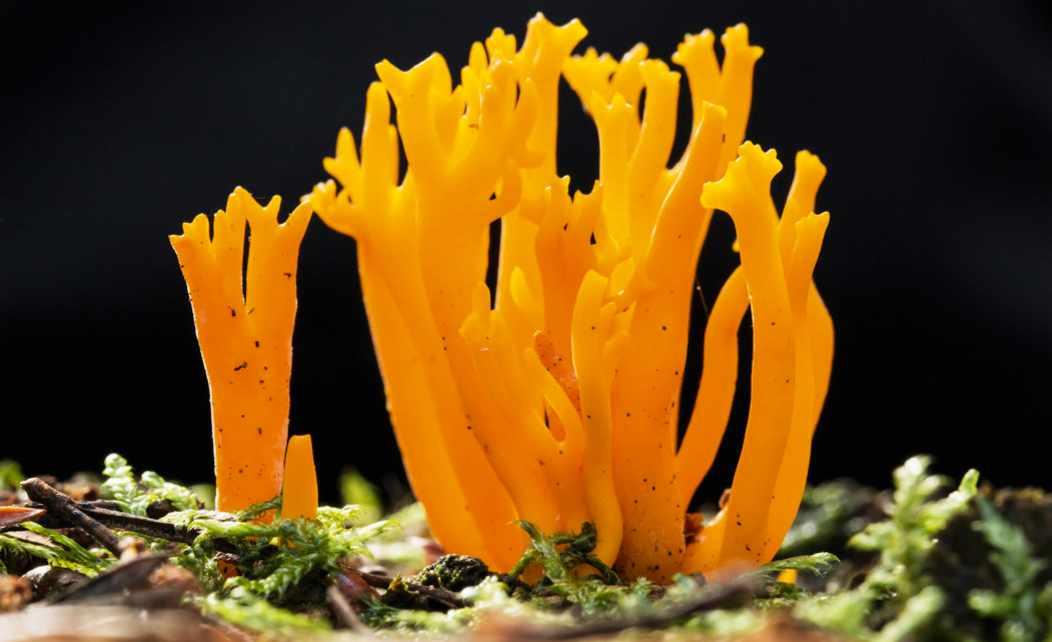
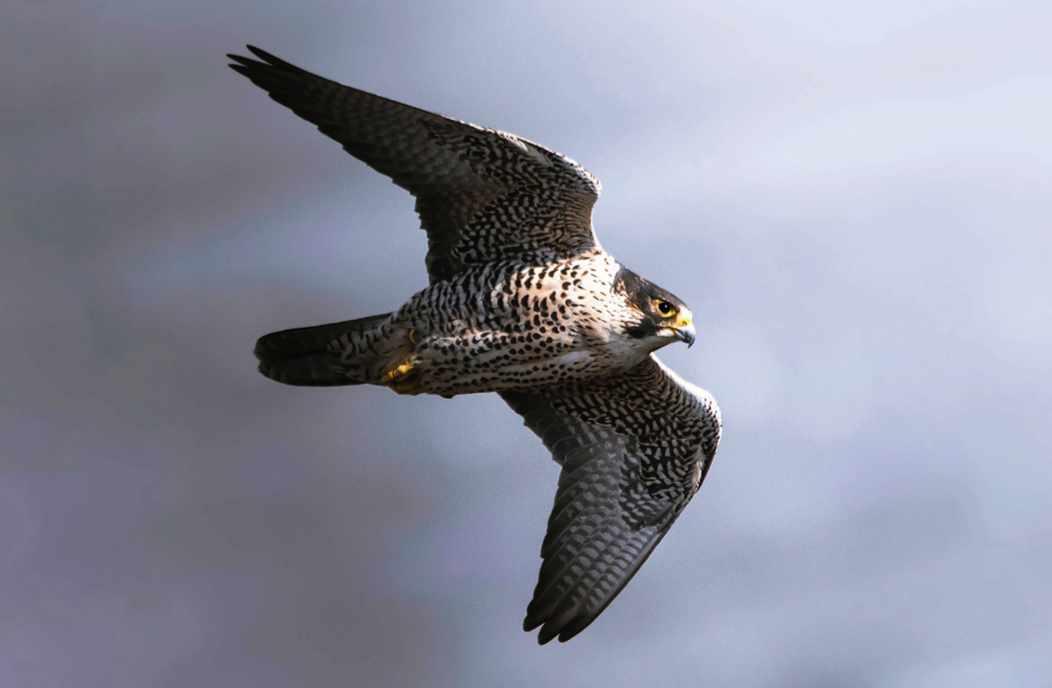
Everything seems to be hunkered down against the stiff winter breeze that roars in from the North Atlantic. Myself; the distant buildings and trees across the estuary; the low grey hills and goosefilled stubble fields; the dark mounds of Bladderwrack washed up on the rippled sand; and the huge flock of wading birds stretching out across the glistening mudflats. They’re all pointing into the wind: Knots, Curlews, godwits, one or two Oystercatchers. Suddenly, their stillness erupts. The Knots
take to the air in a frenzy. Then I see what they’ve seen: the silhouette of a lone Peregrine, diving into their murmuration. I can’t see what happens, but the aerial show is mesmerising. They part in the sky like shoaling fish curving away from a dolphin, and I’m struck by how life above the water mirrors that below.
Getting there: The closest station is Derry, 8 miles away, and the nearest bus stop is 1 mile away at Ballykelly. There’s no car park, but a few laybys.
I once felt a deep thrill of joy reverberate through my whole being when a 1940s Spitfire rumbled over my head, unmistakeable by its doppler-effect throbbing. I feel exactly the same right now; rooted to this moment in time as a bird the size of my front door slides through the air towards the ridgeline. It’s a Golden Eagle passing over the rainforest, carrying a very large stick. No time for binoculars; my gaze meets the bird’s but it glides languidly onwards, completely unperturbed by my presence below. It fades spectrally into the early winter mist that shrouds the crags – where, somewhere, an eyrie is being prepared for new life in spring. With up to 75% of young birds dying before reaching a mature age, I hope I have been witness to the beginning of a success story.
Getting there: The nearest train station, Fort William, has bus connections. See shielbuses.co.uk for bus connections to the reserve.
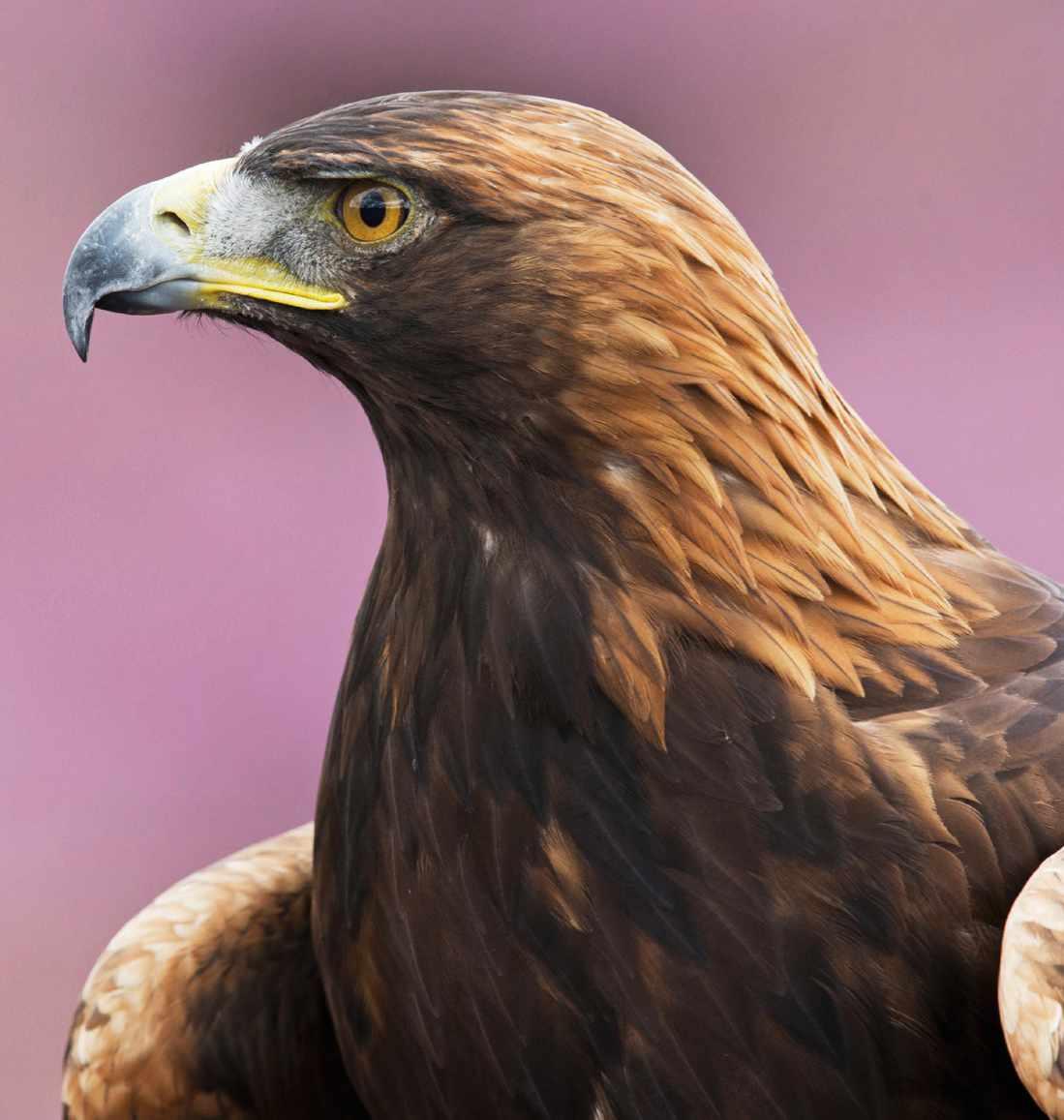
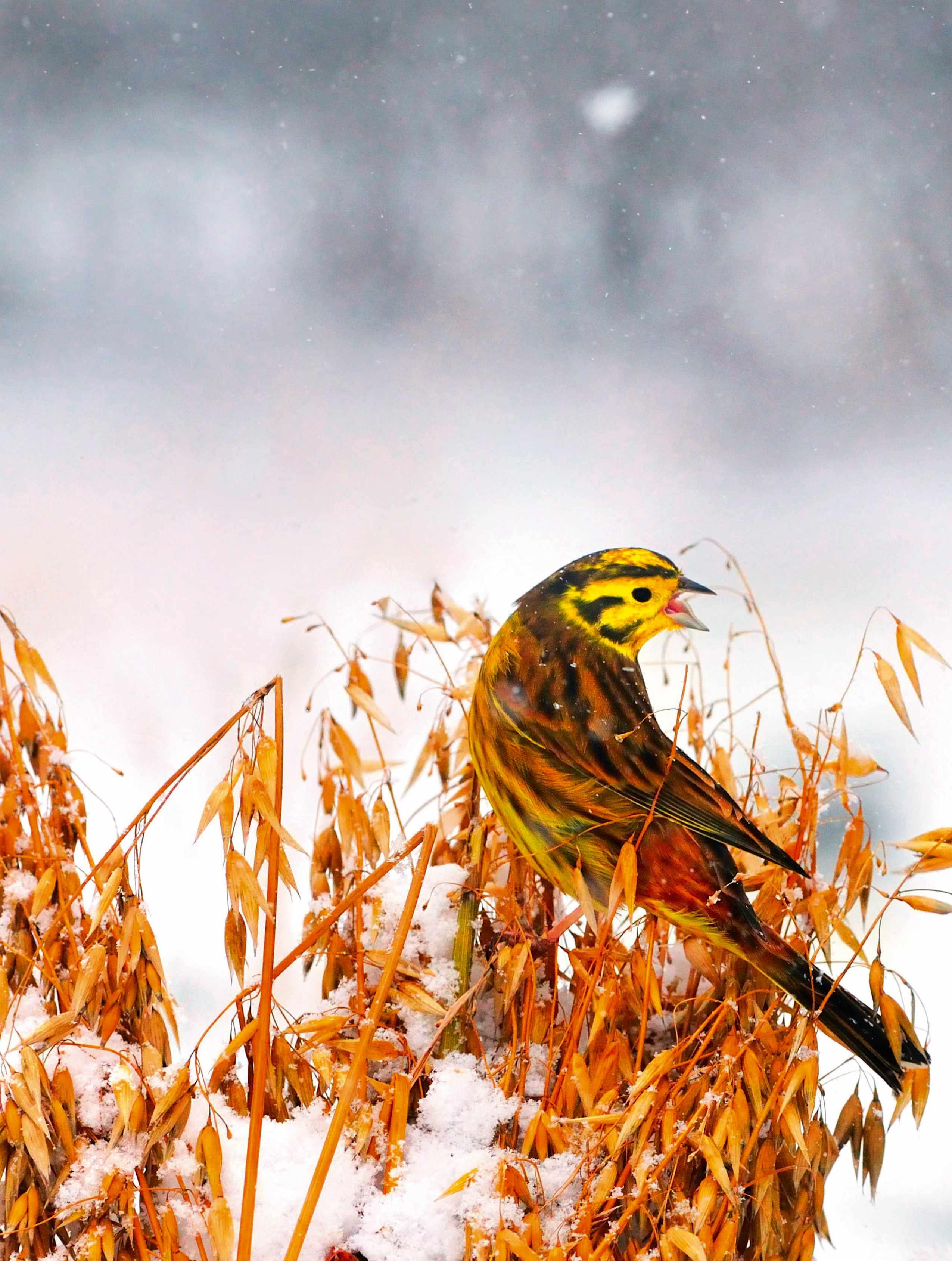
There’s a future where nature and farming can work hand in hand for the benefit of all. Kathryn Smith investigates
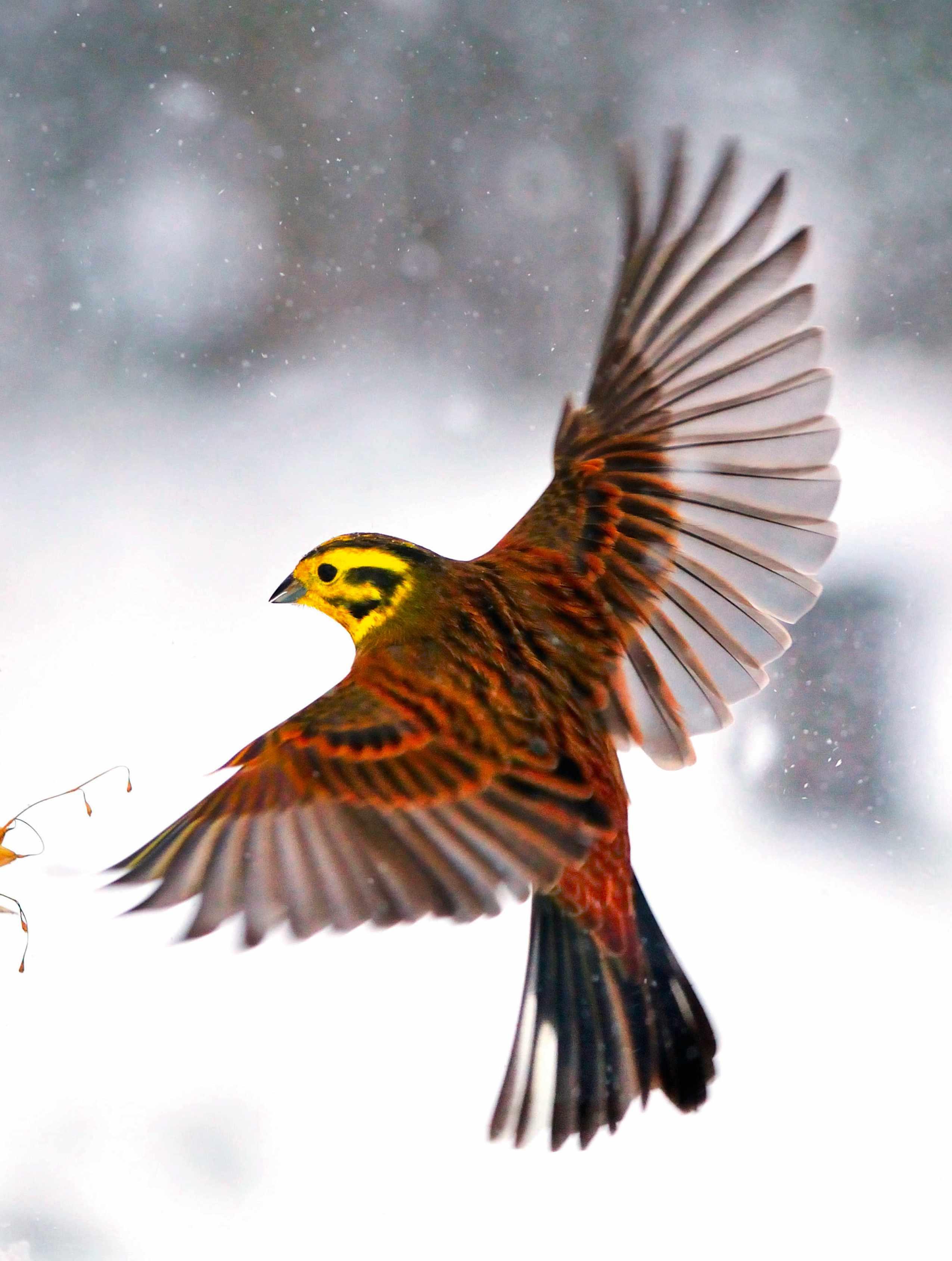
little bit of bread and no cheeeese” sings the Yellowhammer. Fitting, given that this colourful member of the bunting family is found on farmland across the UK. Bright yellow males can sometimes be spotted singing enthusiastically from the tops of hedgerows, and although they clearly don’t eat bread (or cheese) they have inspired poetry and music throughout history, including the works of Robert Burns, John Clare and Beethoven.
Fast-forward to the present day and this once common bird, along with many of its farmland neighbours, is classed as a bird of the highest conservation concern (Red-Listed) because numbers have decreased so significantly.
Farmland birds, such as the Yellowhammer, Lapwing, Skylark and Linnet, have evolved over time to take advantage of the habitats and food sources provided by growing for human consumption. But in large parts of the UK, the way we produce our food has changed, and that has left wildlife struggling.
systems it can support, across the UK. From traditional crofts in the Highlands and Islands of Scotland to the flat lowland expanses of Lincolnshire and Cambridgeshire, and everything in between, 75% of the land mass in the UK is given over to farming. Each devolved nation is largely responsible for determining how that happens and, with it, the impact it has on the environment.
1. Lapwings rely on farmland to nest and raise their young 2. On his farm, Stewart is creating a series of deep channels, open areas and a section of rewetted peatland
Previous page: Yellowhammers and many other farmland species are on the Red List
The latest State of Nature report continues to show that the main drivers for change in nature on land are intensive agricultural management practices followed by climate change. This is worrying, particularly because healthy ecosystems and abundant nature are a vital part of a functioning and sustainable food and farming system – wildlife needs farming and farming needs wildlife. We rely on insects for pollination, hedgerows to sequester carbon and healthy soils to grow our crops. Without nature there is no food.
There is a complex set of challenges in ensuring that farmland provides everything it should: food for all, livelihoods for farmers and space for nature. We need diversity of the landscape, and the type of farming
‘We rely on insects for pollination, hedgerows to sequester carbon and soils to grow our crops. Without nature there is no food’
It is important to say that the current state of things is not the fault of farmers, many of whom are dedicated conservationists. Their expertise, passion and commitment is key to turning things around. It’s the system that is broken. Market forces and government subsidies have pushed farming to produce more without properly recognising the important role that nature has to play. For example, only 7% of the budget available for farm support in Scotland is spent on environmental land management schemes, resulting in farms that have the highest value for nature often not being supported. In Northern Ireland, only 1% of the £350 million currently given to farmers encourages nature and climate-friendly farming. These pressures have led to more traditional farming, which once provided the diverse habitats our farmland species relied on, making way for largerscale, more specialised farms in order to remain viable. This loss of diversity has had a devastating impact on wildlife and the farming communities. Not only has our food system now become the biggest cause of biodiversity loss in the UK, it is also responsible for a growing proportion of our climate emissions. With an over-reliance on pesticides and inorganic fertilisers (made from oil and gas), degrading soils and the loss of semi-natural habitats, the picture now feels pretty bleak. Indeed, Henry Dimbleby MBE, chef and author of the National Food Strategy – a Westminster Government-commissioned independent review into the food system – says, “If we don’t change our food system, we won’t be able to feed ourselves in the future.”
With your support, we are working across the UK to help secure a healthier, more sustainable approach to food production. Earlier this year, a group of farmers and environmental organisations, including the RSPB, reached a consensus on a new way forward for farming. This agreement recognises the importance of a healthy natural environment to underpin food security and the central role that farming has in tackling the nature, climate, and public health crises. Diversity – in nature, in farming systems, in crops and livestock, and amongst people involved in farming – will enable resilience and innovation in the face of climate change and economic challenges.
Elsewhere, the Good Food Nation Act, passed in Scotland in 2022, puts into law the need for the Scottish Government to shift to a fairer and more sustainable food system, dealing not just with the environment but also with issues around animal welfare, diet-related ill-health, the Human Right to Food, workers’ rights, food waste and many more. Also key to making a positive change is providing a range of habitats on farms and making sure they are
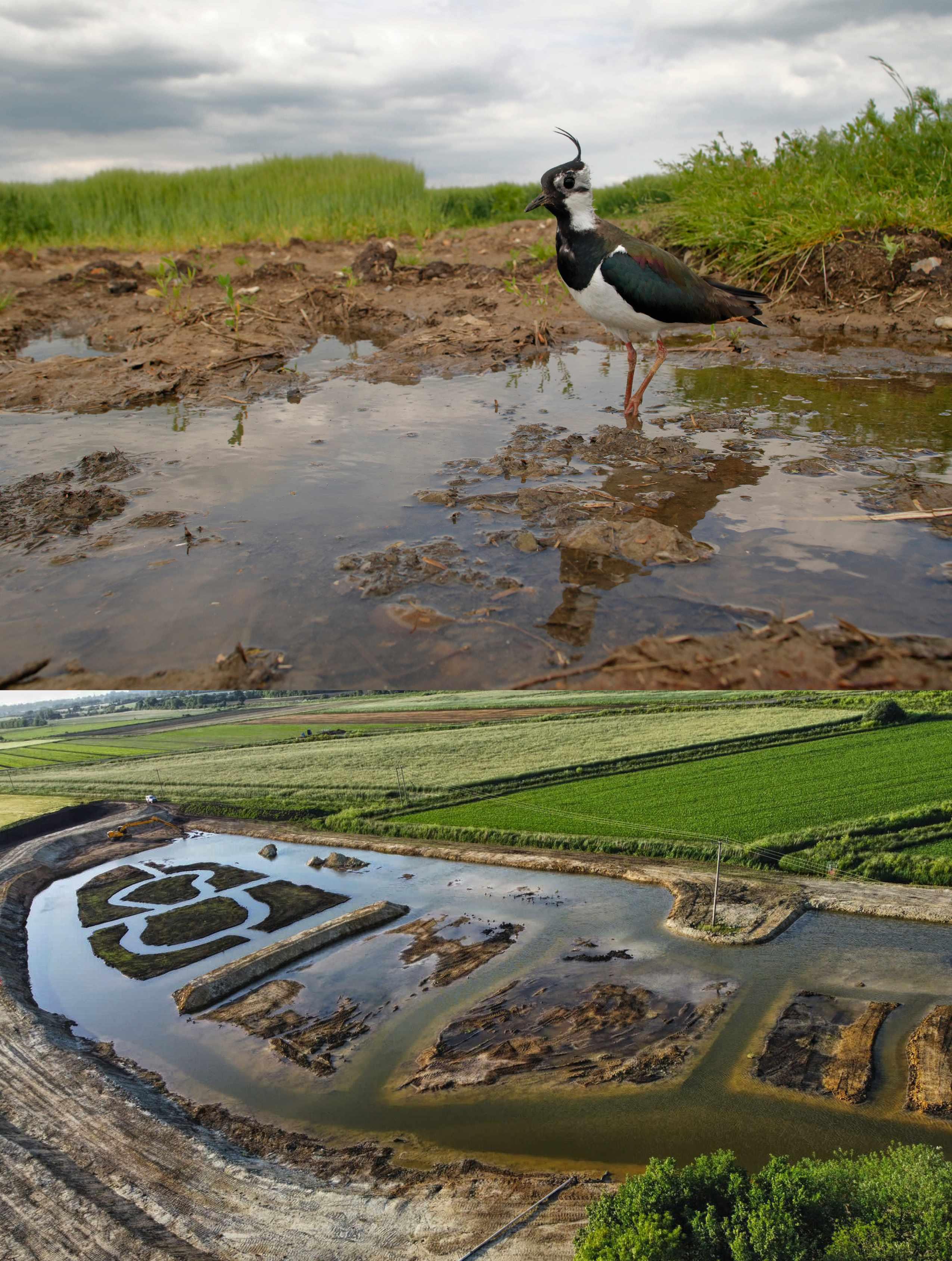
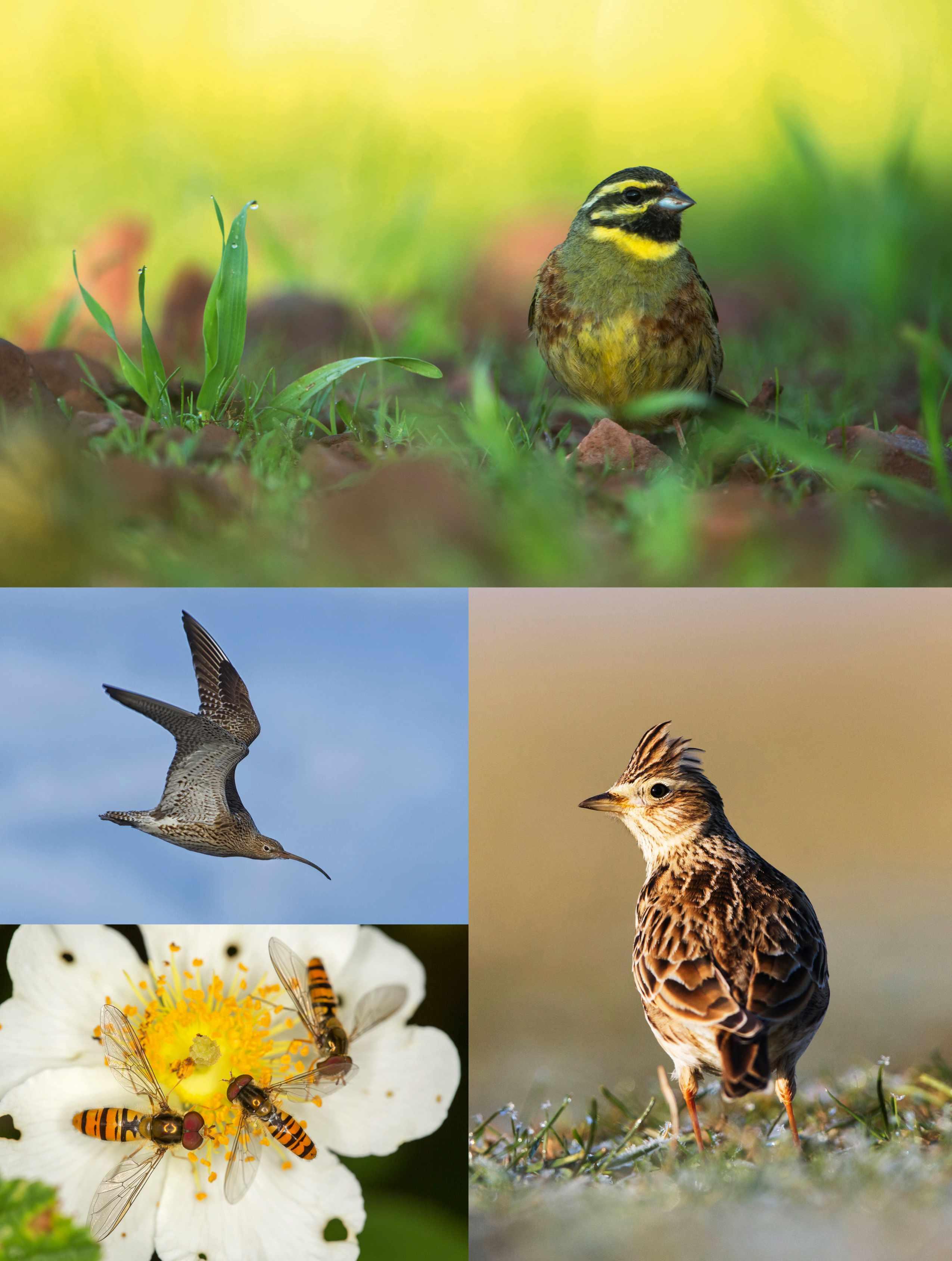
the best that they can be. We know it can be difficult for farmers to know how to do this, so we offer advice and support to farmers through our projects, our partnerships, our own land management and our Fair to Nature certification scheme. For example, the RSPB’s Corncrake Calling project in Scotland is working with over 150 crofters and farmers to connect them with unmanaged land. This is providing more land for local farmers as well as vital habitat for Corncrakes. Meanwhile, in Northern Ireland, the RSPB policy team have partnered with the Dairy Council for Northern Ireland and its member organisations to help farmers understand what interventions might be possible on dairy farms. Through farmer workshops and farm habitat surveys we are working together to illustrate best practice options for farmers that benefit nature and people. With our partners from around the conservation and farming community, the Farm Wildlife partnership sets out six key actions for farmers to take to support wildlife. This approach is demonstrated on the RSPB’s Hope Farm, our arable farm in Cambridgeshire. As a result, breeding farmland bird numbers are up by 177%, butterflies by 398% and winter farmland birds by 1,326%. Meanwhile, the RSPB’s Fair to Nature certification scheme requires its producers to deliver the six key actions, providing confidence that the food produced on these farms is done so in a way that is good for wildlife.
On our Geltsdale nature reserve, we work with our tenant farmer to operate a commercial hill farm that is also a spectacular site for wildlife. Here, sheep numbers have been reduced and cattle are helping to create a diversity of suitable habitat conditions for wildlife including Black Grouse, Curlew and Lapwing.
Beyond the RSPB estate, a growing number of farmers are also demonstrating that it is entirely possible (and greatly beneficial) to produce food hand in hand with thriving wildlife. Whether it’s the farmers in the Antrim Hills who are working with the RSPB to create ideal habitats for Lapwings to nest, or the farms featured in the recent Saving Our Wild Isles film on BBC iPlayer, they are inspiring others to do the same.
Lesley Prior produces Merino wool on Westcott Farm, which has existed for over 1,000 years. That historic connection was one of her motivations to be a nature-friendly farmer and to become a member of the RSPB’s Fair to Nature scheme. She sees herself as a steward of the land: “I feel as a farmer it’s my responsibility to care for what I have and not damage it in any way, but to enhance it if possible and to pass it on in an even better state than it was when I got it.”
Lesley’s producing a high-end product used by luxury brands, but in a low-intensity operation. She describes it as “taking a foot off the gas”, letting the landscape recover from many decades of some very intensive farming.
She continues, “We prefer to farm with nature, rather than against it. I think too often in farming that’s not been the case. People have looked at a piece of ground and thought ‘right, if I do this, this and this,
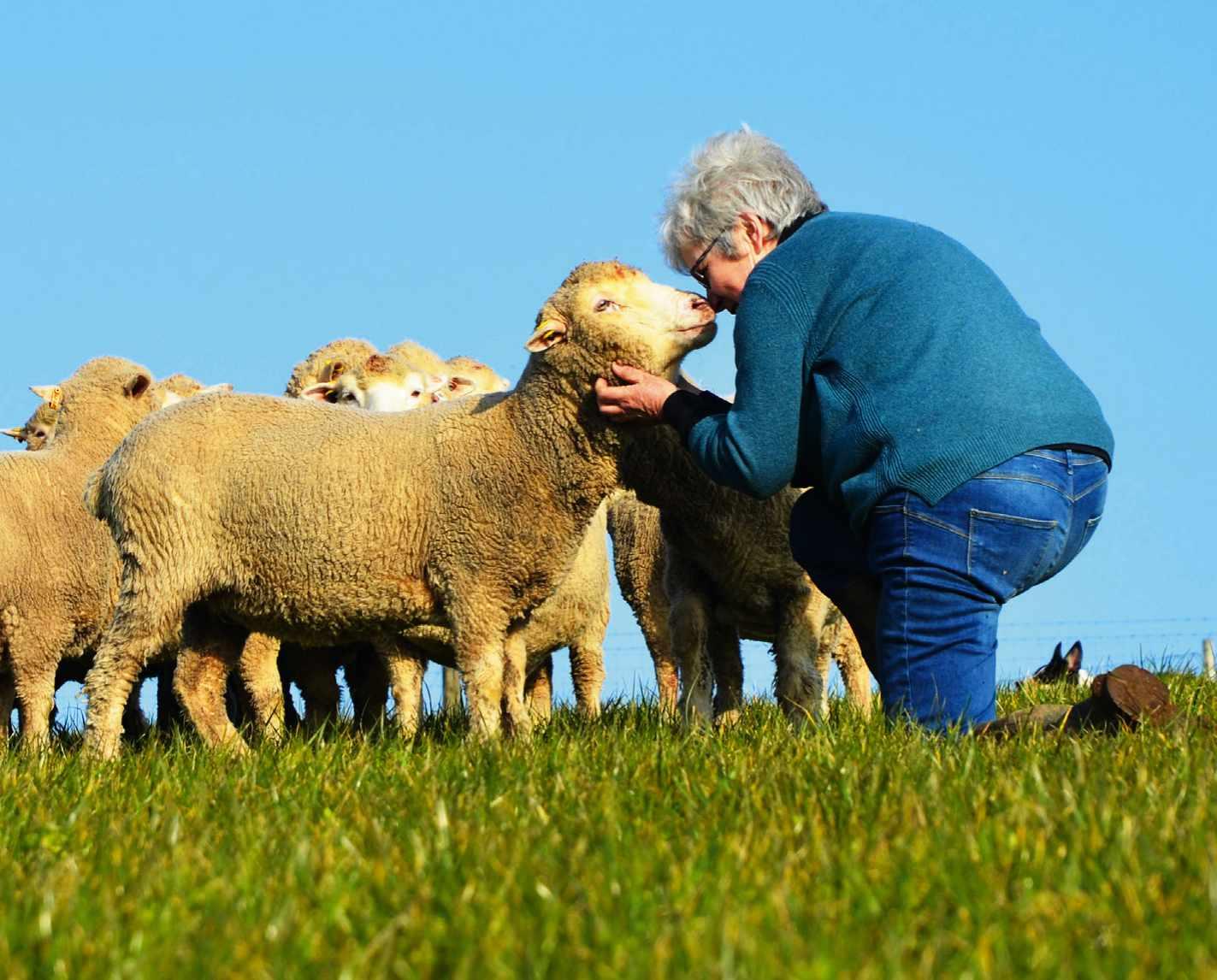
Find out which birds to look for and how to identify them, as you wander the winter landscape. Discover how the way humans shape the landscape affects these birds and what farmers are doing to help bring some of them back from the brink. This will be the first of a series of free online events.
I can grow that’ rather than looking at the piece of ground and saying ‘what will that ground allow me to grow?’ – and that’s how we tend to work.”
A trout pond created by former owners of Lesley’s farm has been allowed to silt over and become a scrubby, boggy, habitat, bustling with life. Lesley uses goats to graze in an area of woodland, and keep the scrub in check, but takes them out of the area when she knows Small Pearl-bordered Fritillary caterpillars will be feeding on violets on the woodland floor.
Stewart McIntyre, Estate Manager at salad-growing farm group, G’s Fresh, is another Fair to Nature farmer working with landscape-scale change in mind. “We operate over a large land area. What we’ve tried to do is create corridors for wildlife to move in and around the farm,” he says. “On one farm we’ve got 11 miles of connected habitat that in theory wildlife can move across. Through survey work we’re able to prove that all of our efforts and our habitats are actually having a positive impact. We’ve got one field, probably
Register here

Top: Lesley Prior with her flock of sheep
1. Cirl Bunting can now only be found in a small area of south-west England
2. Curlews need delayed cutting on farmland in order to raise their chicks
3. Pollinators, such as Marmalade Hoverfly, and farmers rely on each other
4. Farmers are advised to create Skylark plots in winter cereals
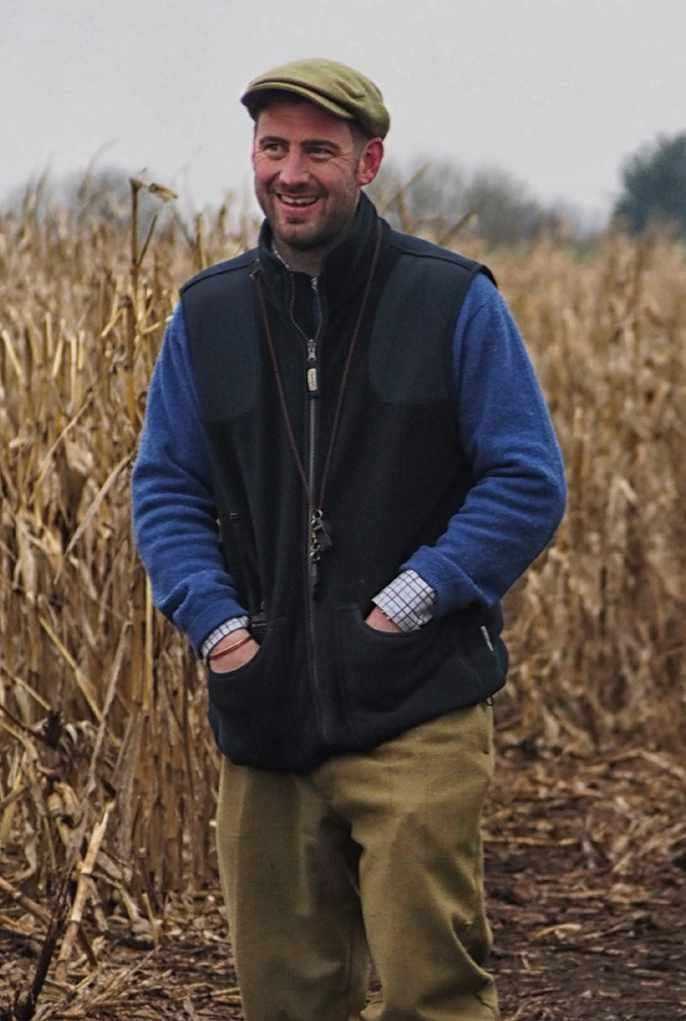
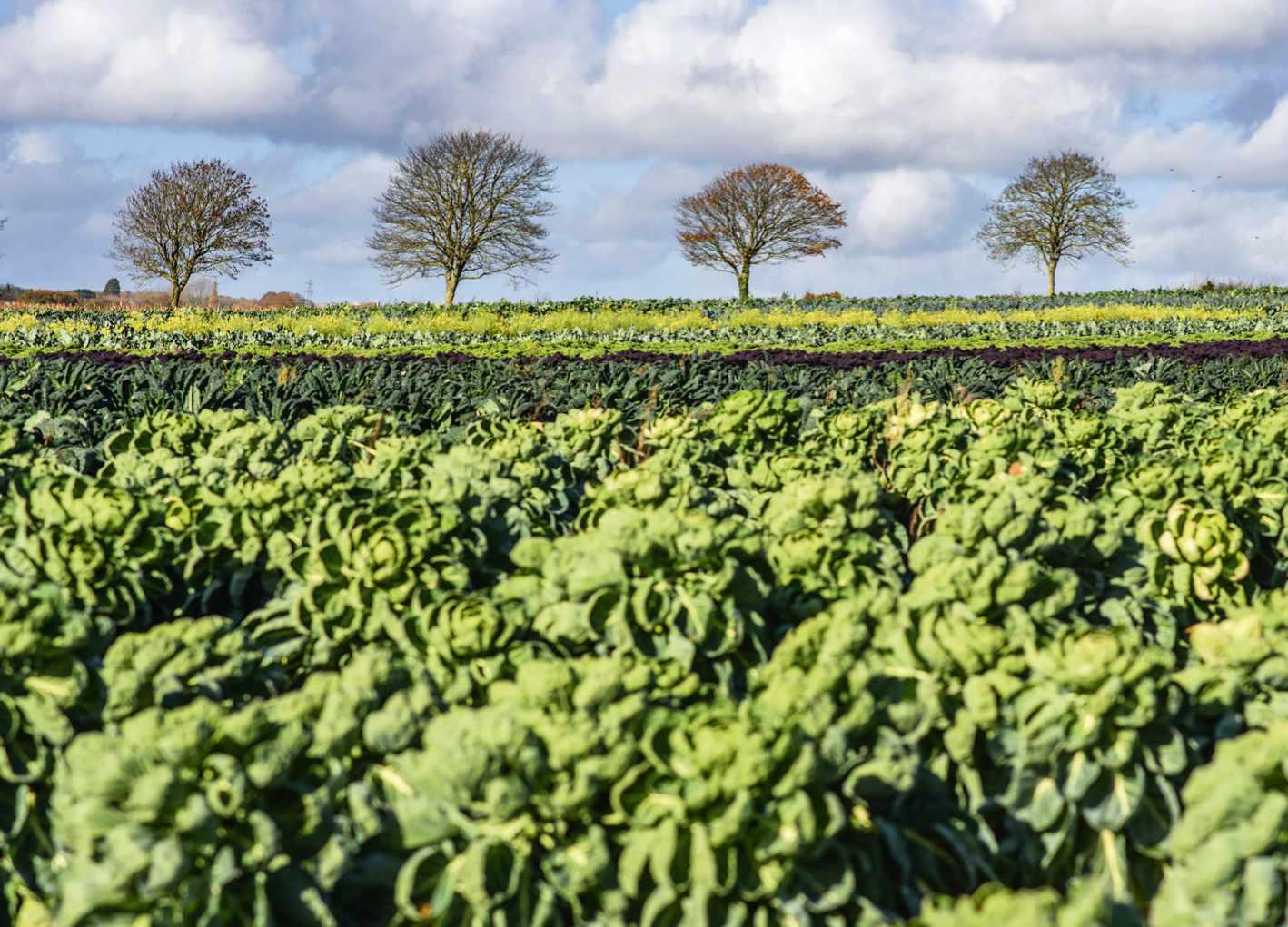
7 hectares – it’s got a flower meadow, Lapwing plots, pollen and nectar mix, and a bird mix, all in one parcel. Last year that had over one million visits from pollinator species in one day. We recorded that on a remote sensor.”
But alongside this practical delivery, we need policies that create a fairer system for farmers, wildlife and wider society. In Wales, considerable steps have been taken towards doing exactly this through the Agriculture Act and Sustainable Farming Scheme (SFS). The RSPB, alongside an alliance of partners, worked tirelessly to ensure the Agriculture Act incorporated biodiversity and sustainability, and farmers already providing for nature were able to
What we eat (and what we waste) has a direct influence on the decisions made on farms
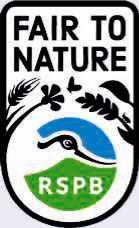
Cut food waste: Using only what we need will stop overproduction.
Adopt nature-friendly eating: Make a conscious decision to consume food that has been produced in a nature-friendly way, and if eating meat and dairy, have it less frequently. Look out for the RSPB’s Fair to Nature Mark, choose organic and pasture-fed products where possible, or buy from local producers and farmers’ markets.
Join the Nature Friendly Farming Network: This is a growing movement of farmers and conservationists who are passionate about changing the system and building a sustainable future. Joining is open to all, and is a great way to support farmers supporting wildlife. Visit nffn.org.uk
Pledge your support to the People’s Plan for Nature: This calls for urgent action to protect nature following input from thousands of people across the UK. Learn more about campaigning for nature on page 72.
demonstrate what could be possible given the right support. Existing funding driven by production will now be phased out, and from 2025 this new scheme will enable all Welsh farms to produce food sustainably and have a positive impact for all.
New legislation and policy for farming is also coming around the rest of the UK, including a new Sustainable Farming Incentive in England. This aims to reward farmers for taking action to improve sustainability, but it remains to be seen whether it will deliver sufficiently, and in particular to provide a good enough offer for those farmers already doing the most to tackle the nature and climate crisis. Plans in Northern Ireland and Scotland are emerging but are less developed, and we’re working hard to ensure that these are designed to enable farmers to deliver a more sustainable farming system with nature at its core.
Many of these solutions might feel far removed from our lives, unless we live and work on a farm, but there are actions that we can all take to help create a healthier and more sustainable future. There is still a way to go to raise wider awareness of the link between food and other countryside products and the conservation of wildlife and, even if there is more public understanding of this, changing consumer habits may prove difficult. But by making small changes, and spreading the word, we can all begin to make a difference.
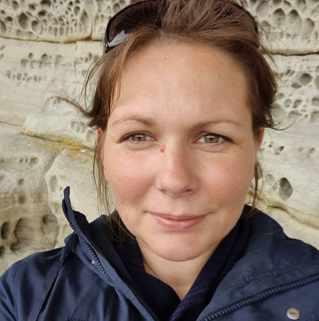
Kathryn Smith works with the RSPB Agricultural Advice team and manages the Farm Wildlife partnership, bringing together farming and conservation organisations.
Waterproof, unbelievably light and in supple waxy leather, this rugged trek shoe takes tough terrain and bad weather in its stride Arch supports and a cushioned sole will cradle your foot comfortably and prevent tired feet. For men and women and available as a boot. Plus FREE Returns and our No Quibble Money Back Guarantee. Hoggs of Fife - trusted by walkers for 135 years. You could pay twice as much for a shoe with these features. So why pay more? Order today.
Please quote code 23BIRDS5 on our website or by ‘phone or return coupon to: FREEPOST RTCK-ZKYJ-GGRB Fife Country, Cupar, Fife KY15 4RB
■ I enclose a cheque made payable to Fife Country. ■ Please charge £________________ from my credit/debit card
From Expiry Date Security Number Card No

Thank you for your order. If you DO NOT wish to receive offers from carefully selected companies* please tick the box *Please see our full privacy policy at www.fifecountry.co.uk Company Reg No 15281 Trusted for 135 Years
Glencoe Leather
Leading Cambridge company offering scientifically proven joint supplements for £5.
FutureYou Cambridge is offering you the chance to trial its premium joint health product, Turmeric+, for just £5.*
The offer is aimed at helping those who commonly suffer with joint health issues. Turmeric+ has received numerous positive reviews since its launch, becoming the company’s best selling product.
‘I used to suffer with great discomfort in my knees and neck, particularly when going up and down the stairs.’ says Jacqui Hunter, 60, who runs

her own event management consultancy for the medical and pharmaceutical industries and enjoys yoga, golf, gardening and travel.
‘It certainly improved my flexibility and mobility dramatically and I’ve recommended it to lots of my friends. When you find something that works for you, you want to help others too.’
Turmeric+ is certified by Informed Sport. Adam Cleevely, FutureYou
Cambridge’s Chair, explains: ‘We want to support more

people to become or stay active. We think Turmeric+ can play an important role in that journey.
‘We’re happy to offer people their first pack of Turmeric+ for just £5 so they can experience it for themselves. Most people know if it’s working for them within four to eight weeks –and if they like it, they will stick with it.’
“It certainly improved my flexibility and mobility dramatically”






Torridon Trek Shoe Was £89.95 Special Price £69.95 Save £20 (plus FREE postage worth £4.95)

Simon Barnes
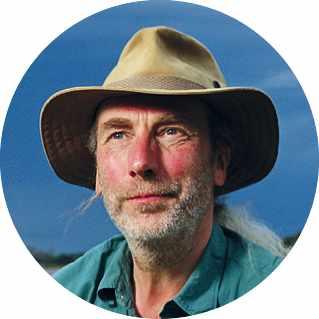
Simon Barnes is a bird and wildlife writer and author.
The world changed utterly for me on a single day in May 1990. That was when I learned the song of the Willow Warbler: and the sweet music of that fine bird was the portal to a new understanding of life’s possibilities. The day before the world was a blur of sound: the next day it was full of Willow Warblers.
I hardly ever hear them now. They’re just not there. In England these birds are in sharp decline, caught in a perfect pincer movement of intensive agriculture and climate change. The song was everywhere: now it’s nowhere. They’ve been doing better in Scotland, where temperatures are cooler, and Northern Ireland, but in England, particularly southern England – well, last spring I only heard one.
You, dear reader, are presumably an RSPB member, which means that you think birds are a good thing and that wildlife conservation is to be encouraged. Good on you for that.
But not every member would claim to be crash-hot when it comes to identifying small brown birds in the field, particularly when you can’t see the damn things.
So when this magazine tells you about the terrible declines in the birds and other wildife of the UK, you might have to take a fair bit of that on trust. You’re sorry to learn that Turtle Doves have declined so much in the UK, but it’s not exactly a personal matter – not if you’ve never been aware of one purring softly from
‘For most people who care about wildlife, our personal experience of biodiversity loss comes down to a spooky feeling when we take a walk’
the countryside treetops, and, unfortunately, many of us have not.
I might tell you about declining Tree Sparrows (95%) or Spotted Flycatchers (77%) –and you would be entitled to say yes, sure, terrible – and this affects me how? And it’s rotten news about Corn Buntings (down 88%) but it’s possible (and nothing to be ashamed about) that you wouldn’t have noticed them when they were common.
For most people who care about wildlife, our personal experience of biodiversity loss comes down to a spooky feeling when we take a walk or have a good sit: a sense that something somewhere has gone subtly but terribly wrong. House Sparrows, of all things, are declining, so are Song Thrushes and Lapwings. The bird population of the UK has gone down by 38 million over 50 years. And this affects you how?
Let me try and tell you. It’s like setting off for a good long walk in winter, fully dressed in the best possible gear. You stride off in the certain knowledge that’s there’s no such thing as bad weather, only bad clothing. A quick calculation tells me that in such circumstances I wear 16 items of clothing, counting socks, boots and gloves as two each.
But a new and dreadful rule has been imposed. You have to remove a garment every 15 minutes. After an hour you’re uncomfortable. After two hours you’re dangerously chilled. After three hours you’re not only freezing but indecent. And after four, unless you get help quick, you’re dying.
You are the ecosystem. Your clothes are the species that live there.
Now for some advice. Search ‘Willow Warbler’ on the RSPB website and take a moment to listen to the song. Use it as an inspiration to keep on fighting for nature, for there’s no victory in giving up. Then take a nice walk, or a nice sit in a nice place, and spend time savouring something of what we have left. Listen as well as look... oh, and remember to dress adequately.
An initial payment from £5,000 and a quarterly fee of just over £35 (that is around £140 a year), which can increase in line with but not exceed the Retail Price Index
Excluding Mortgage Interest (RPIX), gives you access to all HPB’s holiday homes. For each HPB holiday, you will pay a no-profit user charge covering only property running and maintenance costs and use of on-site facilities. The charge is the same throughout the year and for a studio averages about £347 a week and around £533 a week for a two bedroom property. Larger properties are also available. After an initial charge of 25% your money is invested in a fund of holiday properties and securities.The fund itself meets annual charges of 2.5% of its net assets at cost, calculated monthly.Your investment return is purely in the form of holidays and, as with most investments, your capital is at risk. You can surrender your investment to the company after two years or more (subject to deferral in exceptional circumstances) but you will get back less than you invested because of the charges referred to above, as well as other overheads and changes in the value of the fund’s properties and securities. This advertisement is issued by HPB Management Limited (HPBM), the main UK agent and the property manager for HPB, authorised and regulated by the Financial Conduct Authority, registered at HPB House, Newmarket, Suffolk, CB8 8EH. HPB is available exclusively through HPBM. HPB is issued by HPB Assurance Limited (HPBA) registered in the Isle of Man and authorised by the Financial Services Authority there. HPBM promotes only HPB and is not independent of HPBA. Holders of policies issued by HPBA will not be protected by the Financial Services Compensation Scheme if the company becomes unable to meet its liabilities to them but Isle of Man compensation arrangements apply to new policies.
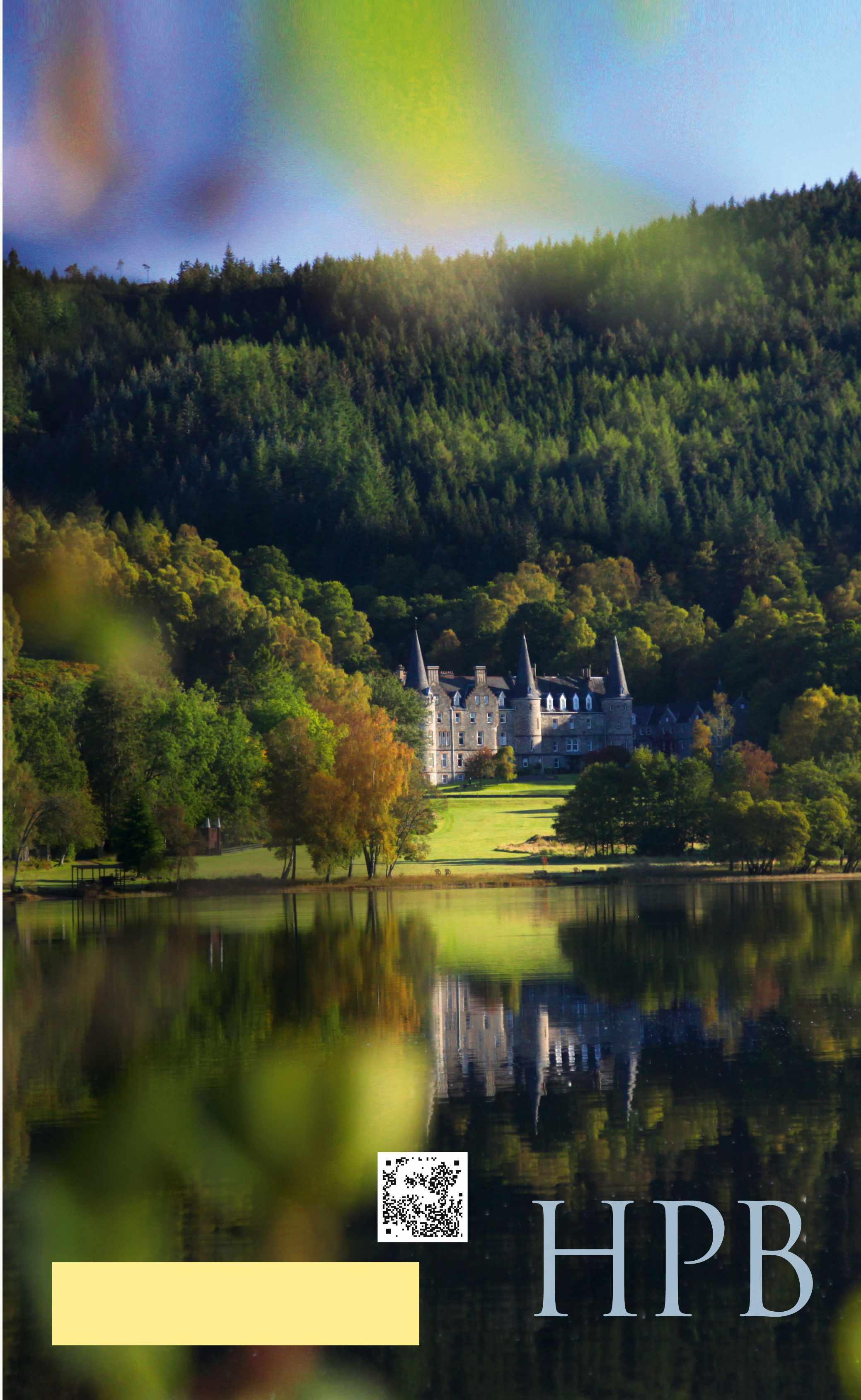
HPB has always strived to protect our natural heritage, looking after the environment and working closely with nature. Many of our properties in the UK are situated in National Parks or Areas of Outstanding Natural Beauty, with a number having achieved awards for their sympathetic architecture and natural landscaping. Both here and overseas, HPB always seeks to find the most beautiful and unspoilt locations.
You can holiday in any of more than 1,400 HPB-owned properties at over 30 UK and European locations for the whole of your lifetime and then pass the benefits on to your children or grandchildren. An initial payment of as little as £5,000 means that you can look forward to truly memorable holidays in beautiful places, with top quality accommodation year after year after year.
To find out more about HPB, please read ‘Exclusive holidays for life’ on the left and then request your FREE information pack. Visit the website hpb.co.uk/therspbmagazine
Call FREE on 0800 66 54 90
Or scan the QR code As

As an RSPB magazine reader HPB will add e 5% to your investment when you become a Bondholder


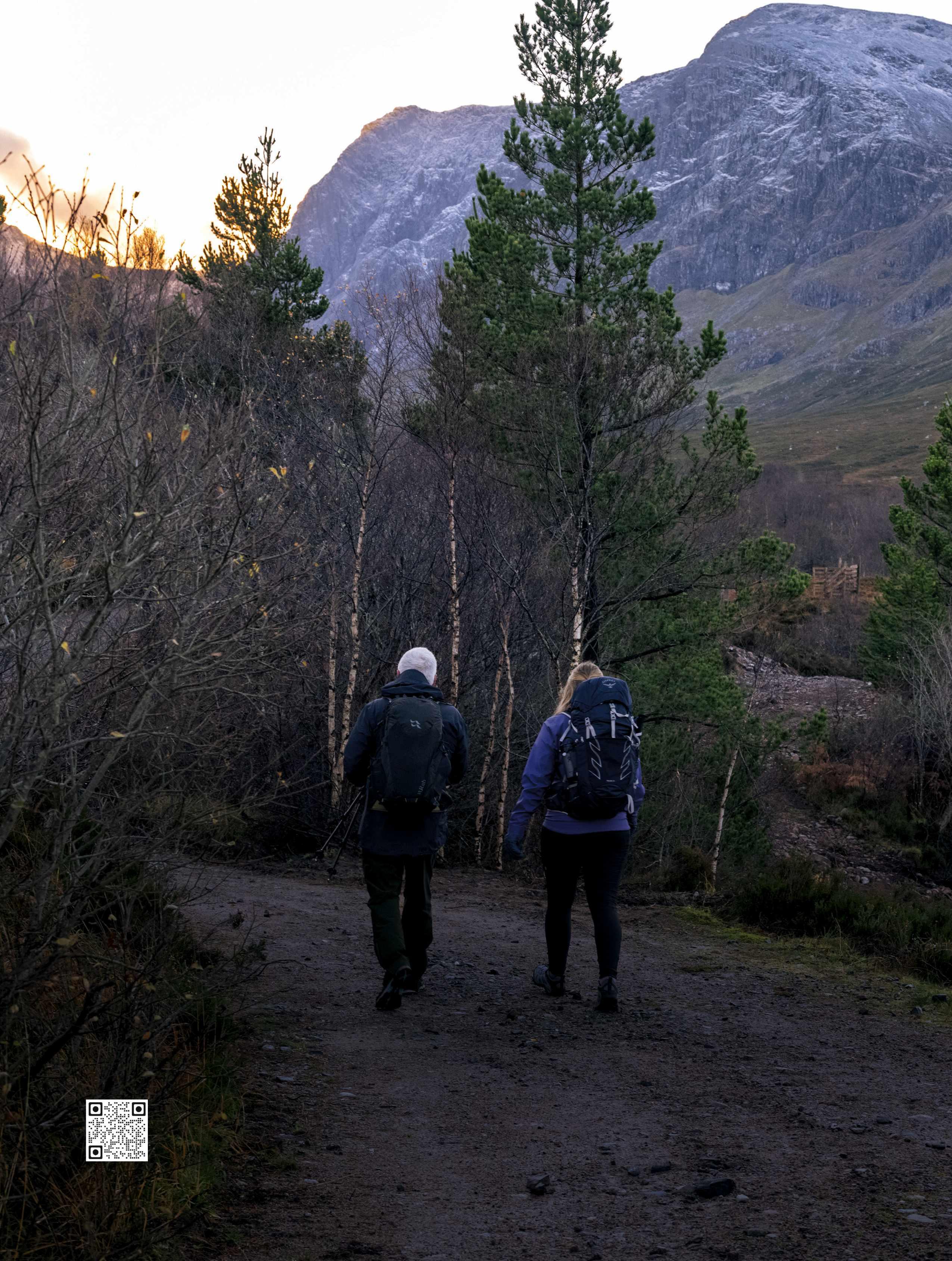
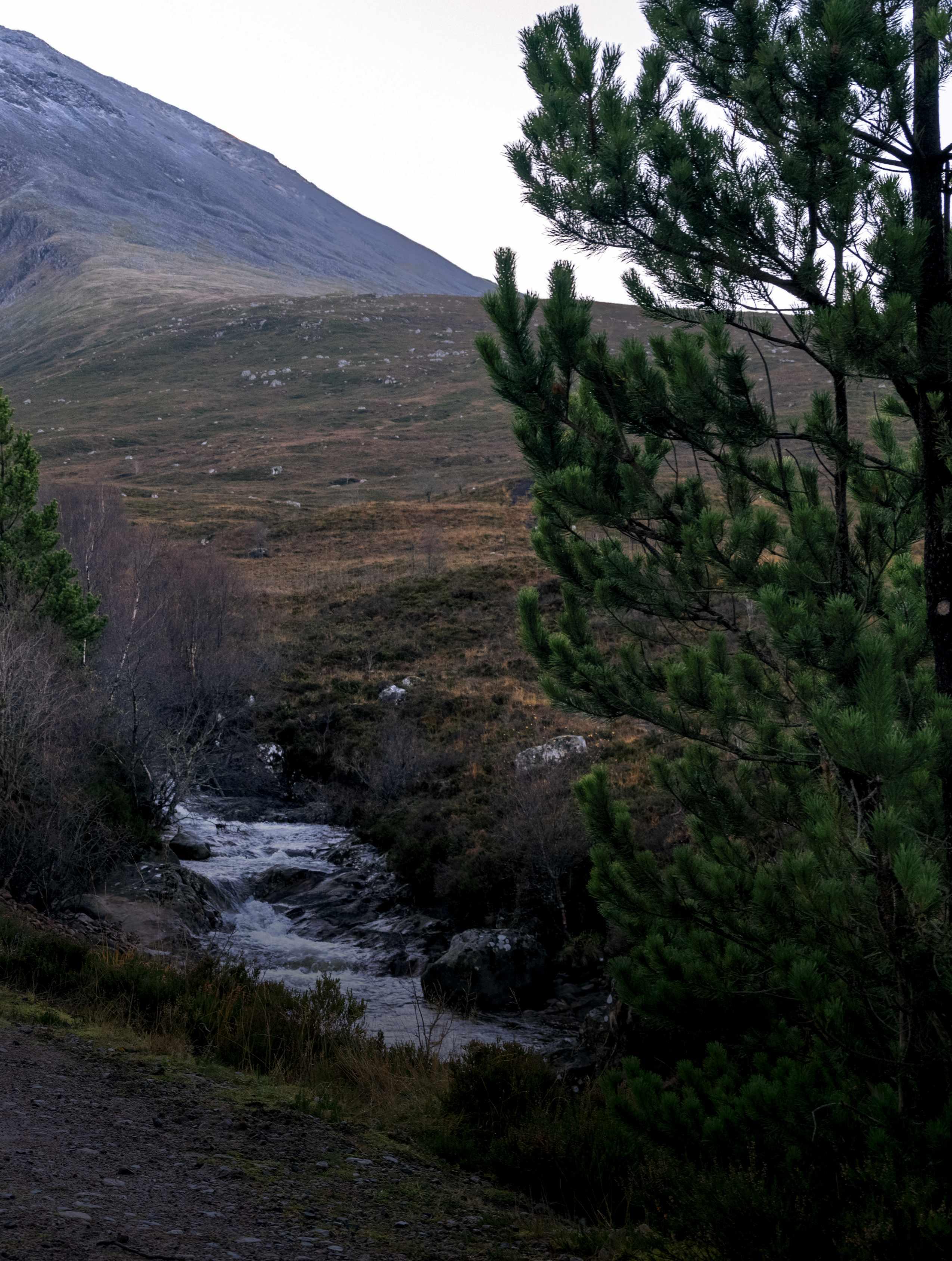
15% discount in-store and online for TRM readers.
Code: TRM15 Expires 31.03.2024. T&Cs online.
With the help of our partners, we’re working hard to protect nature and wildlife in the landscapes we love.
That includes working with responsible brands and featuring Our Planet products across our ranges. Making it easier than ever to make planet-friendly choices.
Whether you walk, run, climb or watch, our experts are on hand to find the right kit for you. Use our in-store boot fitting service to get the perfect fit or give well-loved kit a second life with our Recycle My Gear scheme.
Make the right choice with people who love the outdoors as much as you
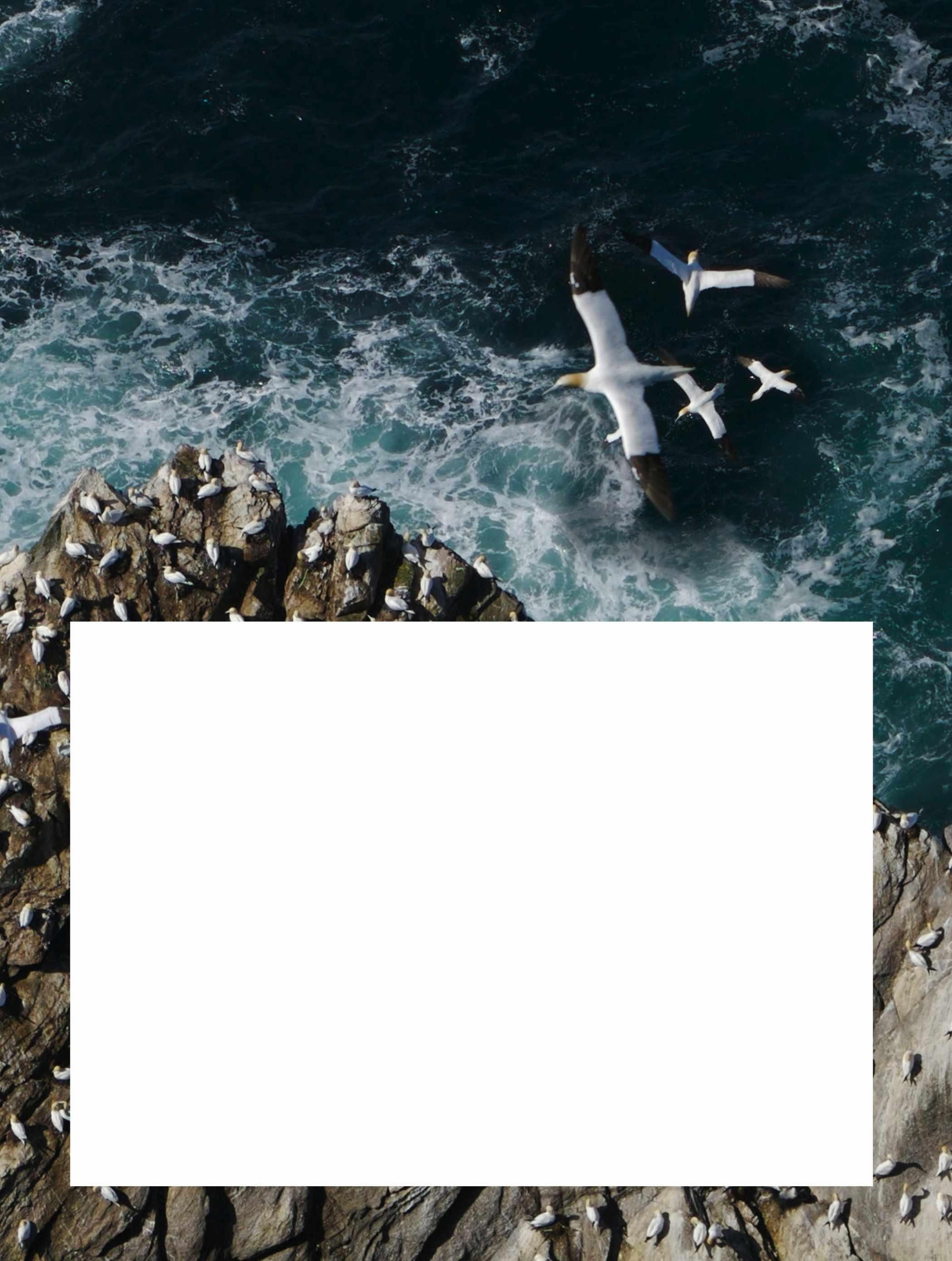
The latest UK State of Nature report, produced by more than 50 nature conservation organisations, reveals worrying decreases in abundance and distribution for many species – but also highlights ways we can tackle the many threats nature faces from human activity.
State of Nature 2023, the first for four years, highlights the shocking declines in abundance and distribution of wildlife across the UK. For example, since 1986, seabird abundance here has fallen by nearly a quarter. In Scotland, the abundance of 11 seabird species has plummeted by nearly half. Alarming though these numbers are, the situation is likely to be even worse now, with the arrival of avian influenza and this year’s suspected marine heatwave.
Another worrying statistic from the State of Nature report concerns the loss of plants. Since 1970, distributions of 54% of flowering plants and 59% of bryophytes (mosses and liverworts) have decreased across Great Britain. This will, in turn, impact animals such as invertebrates that rely on plants, and the other wildlife, including pollinators, that feed on these. The impacts will reverberate up the food chain, hitting our food production.
The loss of nature’s own mechanisms for coping with change is further tipping the balance. The report leads with the degradation of our peatlands. Rather than soaking up huge amounts of water and carbon as they once did, these severely damaged habitats in fact now contribute 5% of the UK’s greenhouse gas emissions.
Though the results presented date back, at most, 50 years, we know these major changes were already under way in previous centuries. As a result, the UK is now one of the most nature-depleted countries on Earth. This is the result of many factors, including changing management of land for agriculture, unsustainable fishing, poorly planned development and the ongoing effects of climate change. And, despite progress made in restoring ecosystems, saving species and moving towards nature-friendly land and sea use, the UK’s nature and wider environment continues to decline and degrade.
In many cases we know which conservation tools are effective, but it will take all of us working together to halt and reverse the decline in nature. As well as targeted conservation work to improve species status, we need to increase naturefriendly methods of farming, forestry and agriculture. We also need to strengthen ecosystem restoration and expand and manage protected areas. These areas cover just 11% of UK land and most are not currently in a favourable condition for nature. Of course, these efforts must be balanced with ensuring people’s needs for food, energy and access to nature are met. But unless we act now, all nature, including us, will feel the effects.
Our work to address the nature crisis is possible only with your support, and particularly the enthusiastic and committed efforts of tireless volunteers. Thank you! Read our campaigning feature on page 72 for more ways to proactively help, and speak up for, nature.
Proportion of flowering plant species whose distributions across Great Britain have declined since 1970. 13% decrease in UK distributions of 4,979 invertebrate species on average since 1970.
Average drop in the abundance of 753 terrestrial and freshwater species across the UK since 1970.
Drop in the abundance of 13 UK seabird species since 1986; that figure is a worrying 49% for 11 seabird species in Scotland.
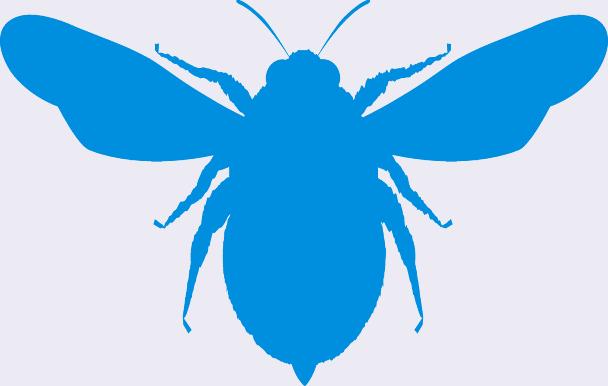
decrease in UK distributions of pollinator species.
34% decrease in UK distributions of pest control species.
11% of 6,557 species assessed across UK Overseas Territories and Crown Dependencies are threatened with global extinction.
1 2 3 4
A fifth of UK farmland is in agri-environment schemes, but only part of this could be considered as nature-friendly farming; 47% of woodland is certified as sustainably managed and half of our fish sticks are sustainably harvested. But we need to do more at a much wider scale.
11% of UK land is in a protected area, and not all areas are well-managed for nature. Our target is 30% of land and sea under effectively managed protected areas or other areas well-managed for nature by 2030.
Only 14% of priority habitats, 7% of woodland and 25% of peatlands are assessed to be in good condition. We need to restore and protect carbon-rich habitats.
We need nature-based solutions to climate change that achieve net-zero in the land sector while meeting people’s needs for food, energy and access to nature.
Proportion of 10,008 species assessed that are threatened with extinction from Great Britain (12% in Northern Ireland).
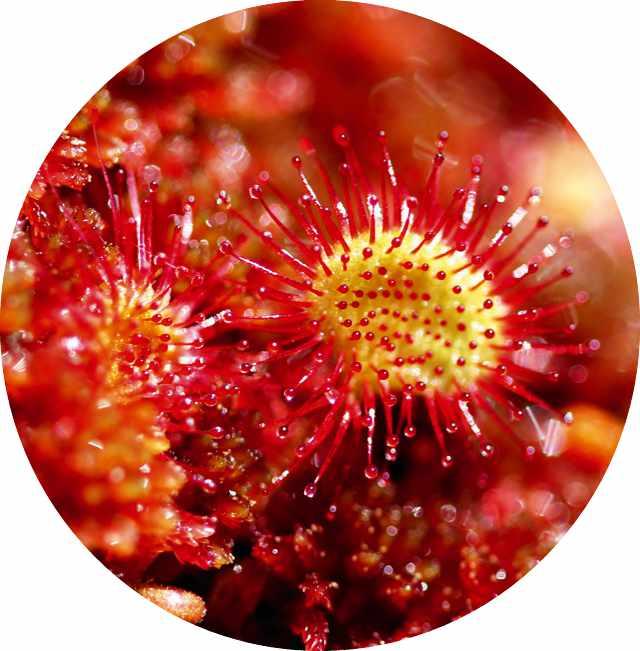
A three-year partnership with Co-op is enabling the restoration and long-term management of RSPB-owned upland peatland in Scotland and Wales. An initial £1 million investment this year will support work at Cerniau at RSPB Lake Vyrnwy, where there are significant numbers of Hen Harrier and Merlin, and at Lumbister at RSPB Yell, home to wildlife species such as Snipe, Dunlin and Otter as well as rare plants such as Bog Orchid. By restoring vital, carboncapturing peatland, this restoration project could also help to avoid emissions equivalent to a huge 40,000 tonnes of CO2
At last, using your smartphone can be easy, simple and stress-free. Find out how...
Modern mobile phones (smartphones as they’re called) can do so much more than just make phone calls – from browsing the web wherever you are, to checking train times, to acting as a sat-nav...
And best of all they can make it so easy to keep in touch with family and friends – in so many ways, from sharing photos to making video calls. But using them isn’t always as easy as you’d want – and that’s putting it mildly!
Do the manufacturers do it on purpose?
Sometimes it can seem like the manufacturers deliberately make them complicated – and how you do things is often hidden away. It might be easy once you know, but until you’ve been shown the easy way, it can drive you mad.
In fact only yesterday I was talking to someone whose Mum had got a new all-singing-alldancing phone – but she couldn’t work out how to answer a phone call on it! She’s not daft – it’s just that it’s different from what she’d used before and the phone didn’t come with a manual telling her what to do.
Whether you have similar problems or you’re trying to do something slightly more advanced, the thing is, it can be easy to use them... once you know how. But until you’ve been shown, it can be like talking a different language.
That’s why I’ve published these books: iPhones One Step at a Time, Android Phones One Step at a Time and Doro Smartphones One Step at a Time.
Plain English... and that’s not all They explain how to use the phone, in plain simple language with pictures of the screen showing you exactly where to tap or slide your fingers. No jargon!
What’s covered?
I can’t list it all here. But amongst other things, you’ll discover:
• The basics of controlling it – swiping, tapping, opening apps & so on.
• How to use it as a sat-nav... in the car or even on foot.
• Send emails from your phone.
• Most phones have a good camera so you can take photos: here’s how to use it properly (and for videos).
• Share photos with friends around the world – quickly and easily.

• Video phone calls – a great way to keep up with family who live a long way away
• See updates, photos and video clips from friends and family – as soon as they “post” them.
• Instant messaging & how to use it.
• Make it easier to read the screen.
• Browse the web at home or out and about.
• Choosing and downloading apps.
• And obviously, you can make phone calls and send and receive text messages. (“Voicemail” is covered, too)
All explained nice and simply. (Find out more in the free information pack – read on...)
What one reader had to say:
“Thanks for a fantastic smart phone book. Very pleasant staff as usual.
I think this book should be sold with every smart phone. I have learnt so much from it, the info you get with the phone is non-existent.
Smart phones are quite complex, and your books speak in plain English.”
That’s only half the story but I don’t have room to explain here. I’ve put together full information

Suitable for iPhones and Android phones like Samsungs, and the DORO (not sure what phone you have? Best send off for the free info pack) on the books – who they’re for, what they cover and so on.
What’s more the books also come with a free gift – no room to explain that here either.
Don’t buy now, do this instead
The books aren’t available in the shops or on Amazon – only direct from the publisher. Send off now to get a completely free, no-obligation information pack. It’ll explain what the books cover, who they’re suitable for and so on –showing you just how it could help you.
Just call 01229 777606 and talk to Jade, Shanice, Shannon or Emma. We’ll answer your call weekdays 8.30am-5.30pm, and Saturdays 9am-1.30pm. Or send your address to RM0923@helpfulbooks.co.uk or post the coupon to The Helpful Book Company, 13B Devonshire Road Estate, Millom, Cumbria LA184JS today to get your full information pack – we’ll put it in the post to you straight away (and we’ll keep your details private – we won’t share them).
Even if you don’t know what type of smartphone you have, the information pack will show you how to tell.
Best order your info pack now and soon you could be getting so much more from your phone – with much less hassle.
Simply tear out this coupon and send it to the address below for full information on the smartphone books.
Name
The balletic courtship dance of Common Cranes was filmed at an RSPB nature reserve this February – believed to be some of the best footage of this distinctive behaviour shot in Britain. To capture the magical moments, cameraman Nicholas Rodd spent eight days quietly watching from his hide on our West Sedgemoor reserve on the Somerset Levels. Just a few decades ago, such a sight was unknown in Britain, where Cranes were driven extinct by the 16th century. Following the incredible success of reintroductions by the Great Crane Project from 2010, as well as natural recolonisation, the latest breeding survey revealed 71 pairs of these birds across the UK last year.
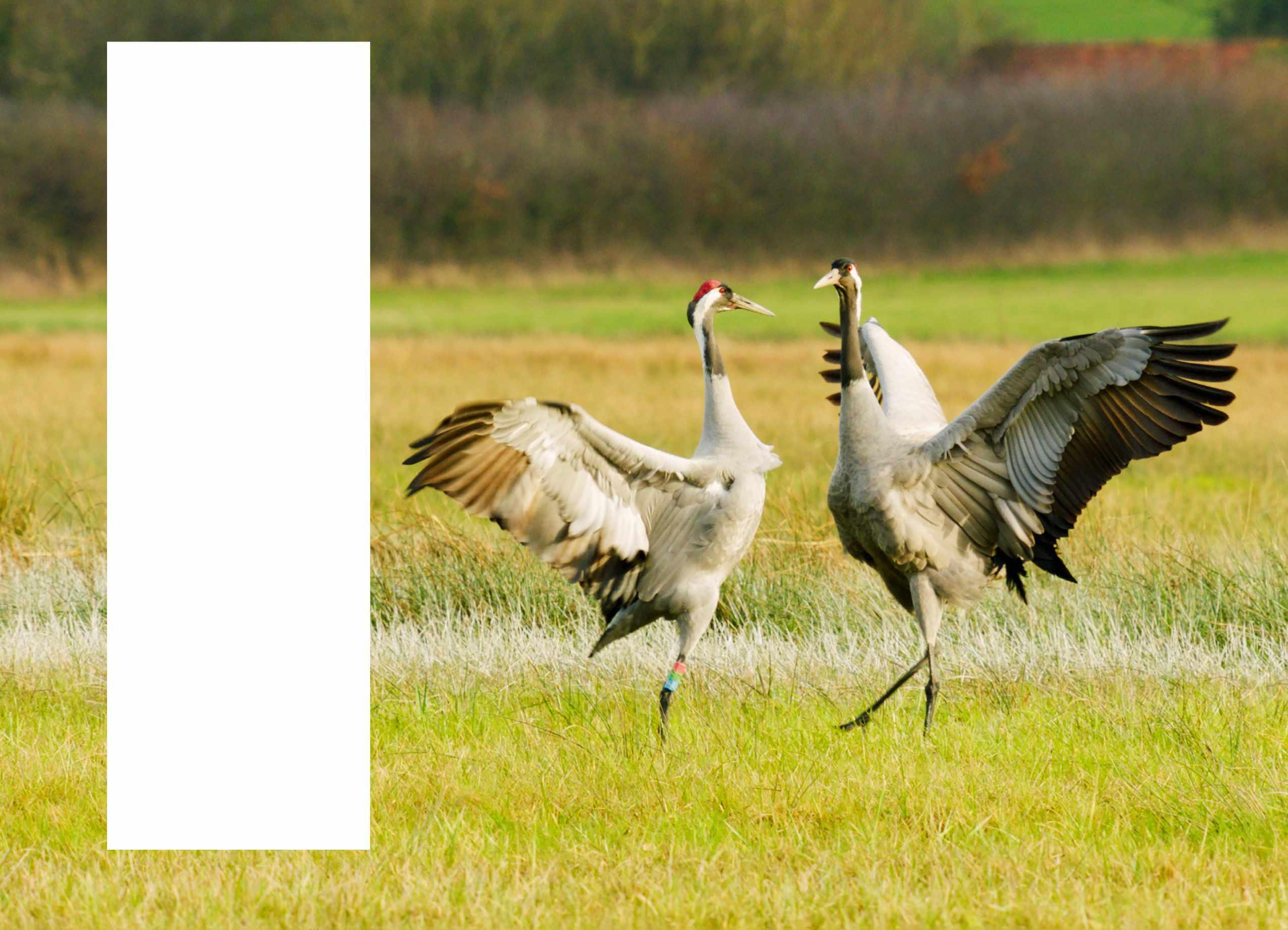
We’re hoping that government consultations could deliver an end to the industrial fishing of Sandeels in English and Scottish waters. This tiny fish is a staple in the diets of seabirds and other marine wildlife, yet EU vessels remove hundreds of thousands of them from the North Sea every year to be made into fishmeal and oil to feed farmed animals. For decades, the RSPB has been campaigning for this to end. Now, thanks to your support, we’re hopeful this will happen soon. More than 30,000 of you took part in our English waters campaign, and you can still respond to our Scottish one until 13 October: action.rspb.org.uk/sandeelsscot
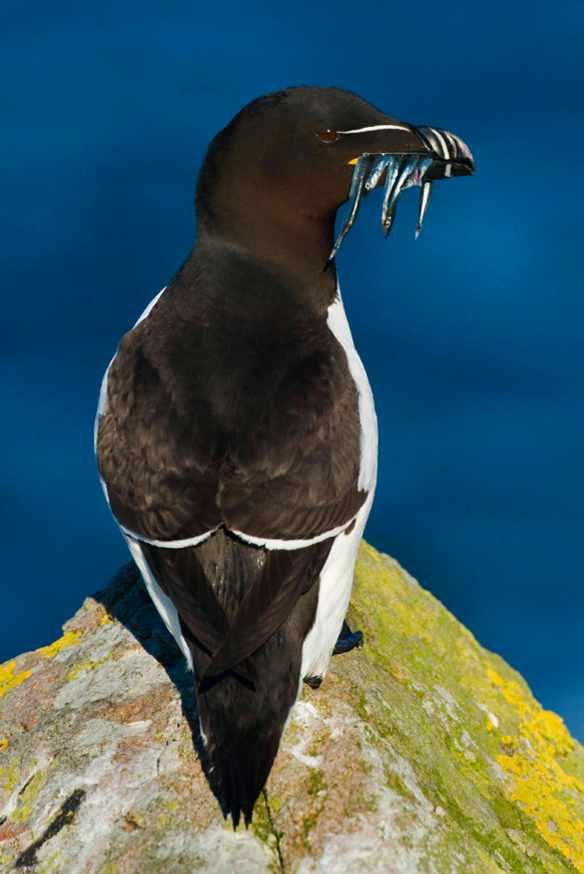
An RSPB report highlighting the importance of the Tagus Estuary for migrant waders along the East Atlantic Flyway has been submitted to the Portuguese courts. This report was produced by the NGO consortium, led by BirdLife Partner SPEA, opposing a proposed new airport at Montijo that would threaten one of Europe’s most important wetlands for waterbirds. Around 300,000 birds use the site each year to rest and refuel, including over 60,000 Black-tailed Godwits. The Portuguese Government has since commissioned an assessment looking at alternative locations.
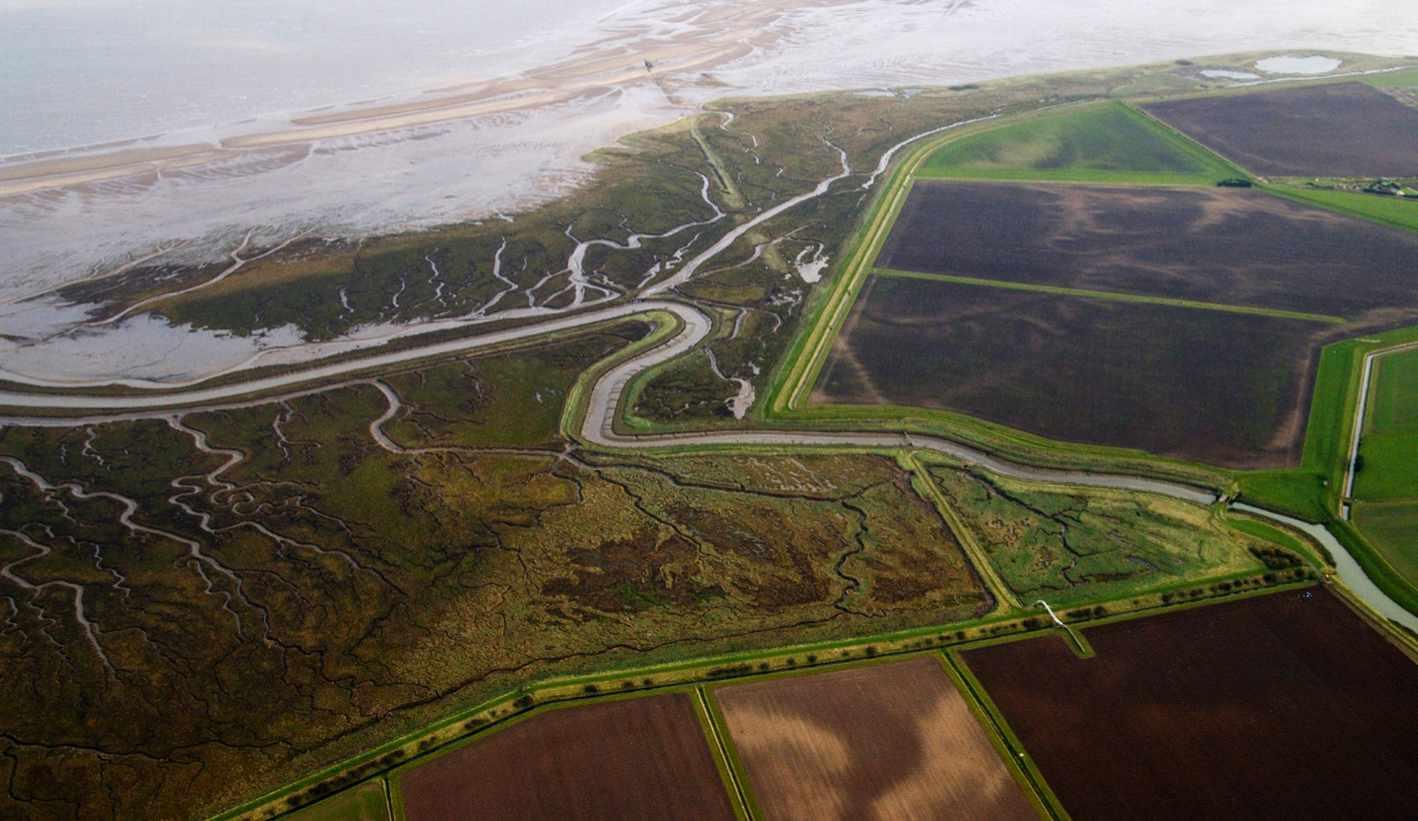
The RSPB and BirdLife International recently announced an exciting new £3 million partnership with the Ecological Restoration Fund, supporting work along the African-Eurasian Flyway.
Stretching from the Arctic to southern Africa, this flyway is used by hundreds of millions of birds every year, many stopping off in the UK – including Barnacle Geese, Dunlin and Wigeon. But across the route, threats including habitat destruction and degradation, illegal hunting and climate change threaten sites crucial for migratory birds to breed, rest and refuel.
The Ecological Restoration Fund supports work that protects biodiverse hotspots, rejuvenates degraded landscapes and promotes local environmental activism. They are committed to reestablishing nature’s essential interconnections while fostering cultural, social and economic opportunities for communities inhabiting those landscapes.
This vital investment comes at a critical time and will ensure key sites are protected, well-managed and restored. We will increase work in key countries along the flyway such as Iceland, Ghana and South Africa, as well as in important landscapes such as the East Coast Wetlands in England and the Gola Rainforest spanning Liberia and Sierra Leone. Building partner capacity will allow us to deliver more work on the ground and long-term plans to benefit nature, people and the climate.
We thank the Ecological Restoration Fund for this generous support towards securing a safer and more sustainable future for globally important hotspots and species.
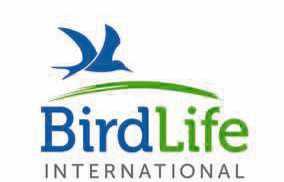


The Orkney Native Wildlife Project (ONWP) is protecting vulnerable species from predation by invasive Stoats.
Some 11% of UK-breeding seabirds nest on Orkney, along with more than a fifth of the UK’s breeding Hen Harrier, and many Lapwing and Curlew. Stoats have been posing a huge threat to these birds and the Orkney Vole since 2010.
The ONWP, an ambitious Stoat eradication project, was launched in 2019 and includes Europe’s first Stoat detection dogs. Six trained conservation dogs are now regularly deployed to sniff out Stoats and
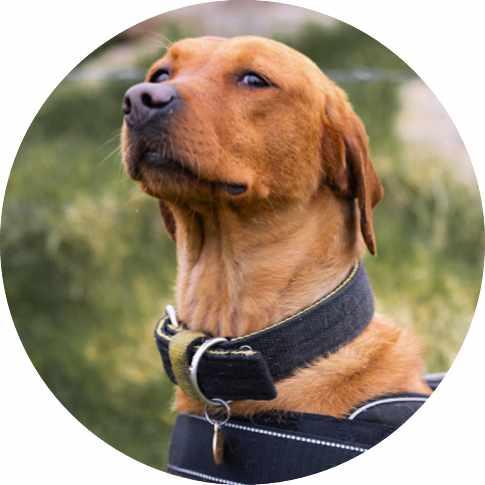
Six aspiring young farmers are being given skills, training and experience to contribute to nature-friendly farming through our Vibrant Vyrnwy scheme. Each participant will spend five months on our 4,800ha organic upland farm in the Berwyns, north-east Wales, learning about both agriculture and conservation from RSPB staff to enhance employment prospects and sustainable land management.
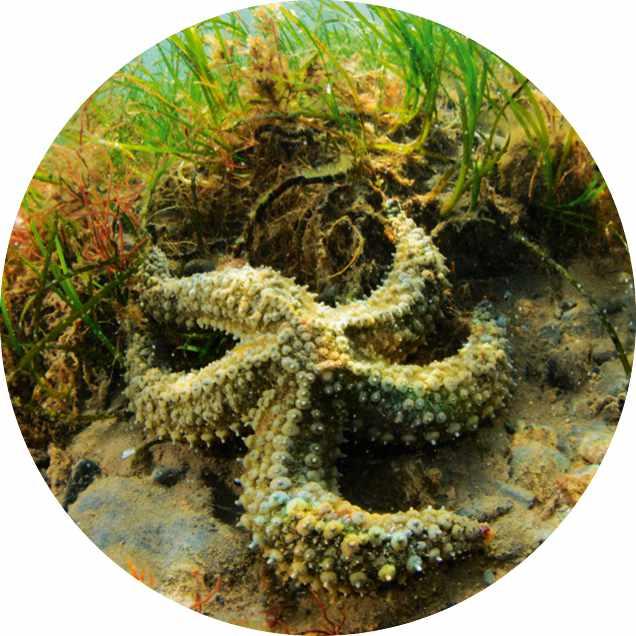
The RSPB, together with the Wildlife Trusts, WWF UK and the Scottish Association for Marine Science, is developing the first map of the UK’s blue carbon stores to show how significant our seas are in capturing carbon. It will demonstrate how closely linked the fights are against the climate and nature crises, and governments can use this data to better plan for and protect our marine ecosystems.
alert their location to trappers. So far, the project has removed more than 5,000 Stoats, and breeding birds are safer – 82% of Oystercatcher nests were unaffected by predation in 2022, and more Curlew nests are also surviving. This work wouldn’t be possible without the 900+ landowners and volunteers who have so far donated some 12,000 hours. This partnership between the RSPB, NatureScot and Orkney Islands Council receives support from EU Life and National Lottery Heritage Fund, orkneynativewildlife.org.uk
A father’s love and devotion leads to incredible patented pillow
NEAR
After purchasing dozens of different types and finding none that worked, Alex, a renowned furniture and domestic product designer, decided to engineer his own.
He made a breakthrough when he realised that all pillows spread out and flatten down as the weight of the head rests on them. This flattening progresses through the night, leaving the head and neck poorly supported – and sleep interrupted. This is why many people find themselves half awake and ‘pillow-punching’ in the middle of the night, desperately trying to get comfortable.
The innovative model that Alex designed has internal ties that hold the filling in place, and pull the pillow in and up to cradle the head and neck. This provides extra comfort and support that lasts through the night and ensures that you get the most benefit from an undisturbed sleep.

I can honestly say that your pillow has made the world of difference… and fully endorse your pillow as being quite unique in its ability to maintain support throughout the night.
Dr Deane Halfpenny Harley Street Consultant and Spinal Pain Specialist “

Made in the UK, the Gx Pillow comes in a choice of two levels of support: Medium-soft, which most people seem to prefer, or Medium-firm for those who like a little more resistance. Alex’s desperate desire to help his daughter Georgia has led to a pillow that has also transformed the lives of thousands of people. So if you have spent a lifetime looking for the perfect pillow, your search may well be over!







I cannot believe that after 40 years I have finally found the best pillow ever!!!! It simply stays put and so comfy, fabulous, must buy more for hubby and a spare.
Yorkshire
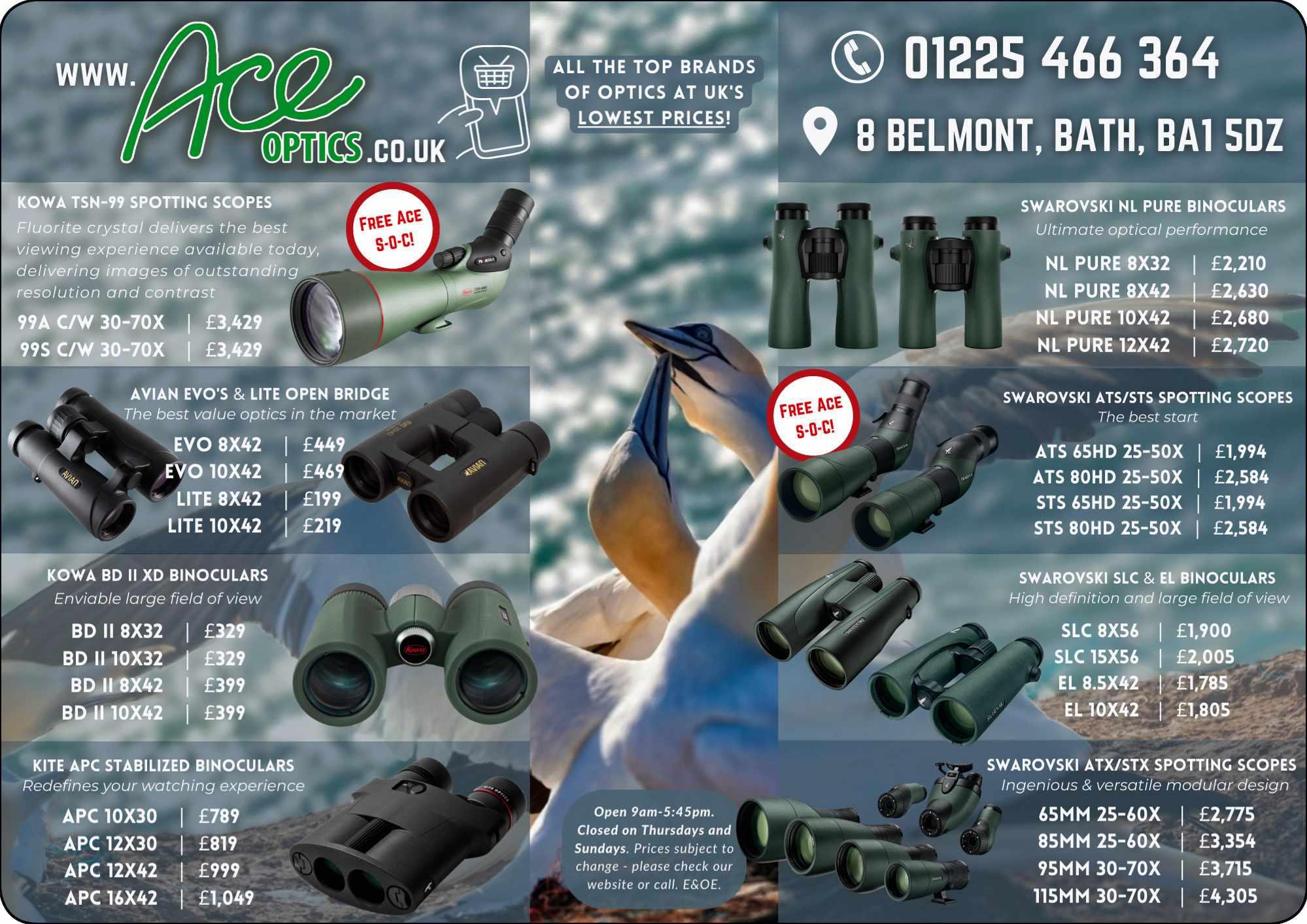

BATH TO SHOWER CONVERSIONS from £4,999
Specialists in bathroom adaptations for the elderly and disabled
From start to finish you are in safe hands with our dedicated installation team.
Our easy-access walk-in showers, walk-in baths, wheelchair-friendly wetrooms and comfort-height toilets are installed quickly and safely by our own dedicated team. We’ll manage the changes from concept to completion.
● Bespoke services to suit your needs
● Helpful, friendly and caring team
● Fully employed installation teams
● Finance options available subject to status
● Nationwide service
CALL NOW TO GET YOUR FREE NO OBLIGATION HOME ASSESSMENT
Call to arrange an appointment or request a FREE brochure today


Illegal killing is the main cause of death in Hen Harriers aged one–two years, and a major cause of deaths in birds under one year, according to satellite-tracking research led by the RSPB and published in the journal Biological Conservation
Tracked Hen Harriers typically lived just 121 days after fledging, and the risk of illegal killing increased as individuals spent more time on areas managed for grouse shooting.
The RSPB is commited to tackling the persecution of Hen Harriers and works alongside landowners, raptor workers, conservation organisations and protected landscapes to provide the conditions for the population to recover.
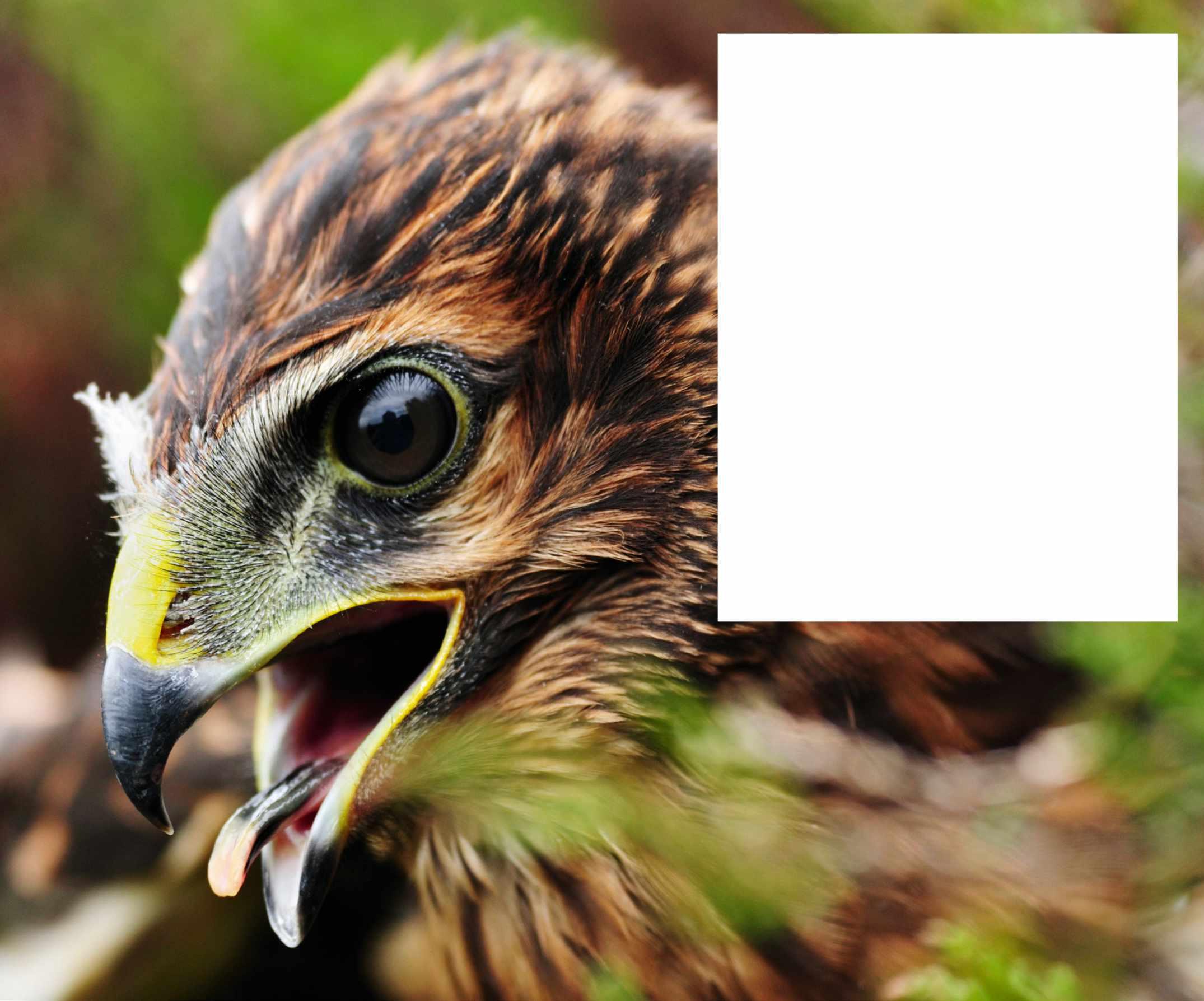
We were disappointed by the outcome of the MPs debate on making Swift bricks mandatory in new housing in England. Swifts declined across the UK by 62% between 1995 and 2021, partly due to a loss of nest sites on old and new buildings. But on 10 July, following Hannah Bourne-Taylor’s Feather Speech campaign, the Levelling Up Minister said that UK Government does not currently intend to make Swift bricks mandatory.
On 6 September, Swift bricks were debated in Westminster again, this
time in the House of Lords. Despite positive words, some brilliant action and what seemed like unanimous support from Peers, they decided not to commit to specific action either – promising to come back to it in national planning policy.
With so much cross-party political and public support for Swift bricks we need to see action. We will continue to stand by Hannah Bourne-Taylor and the #FeatherSpeech campaign.
Find out more at hannahbournetaylor.com

The Natur am Byth! partnership project, led by Natural Resources Wales, has been awarded £4.1 million by the National Lottery Heritage Fund for work to save Wales’ most threatened species and support community action for nature. The RSPB is collaborating with land managers, local communities and volunteers to raise awareness and improve coastal heath, sand dunes and fen habitats for 17 target species on the Llŷn Peninsula and Ynys Môn/Anglesey.


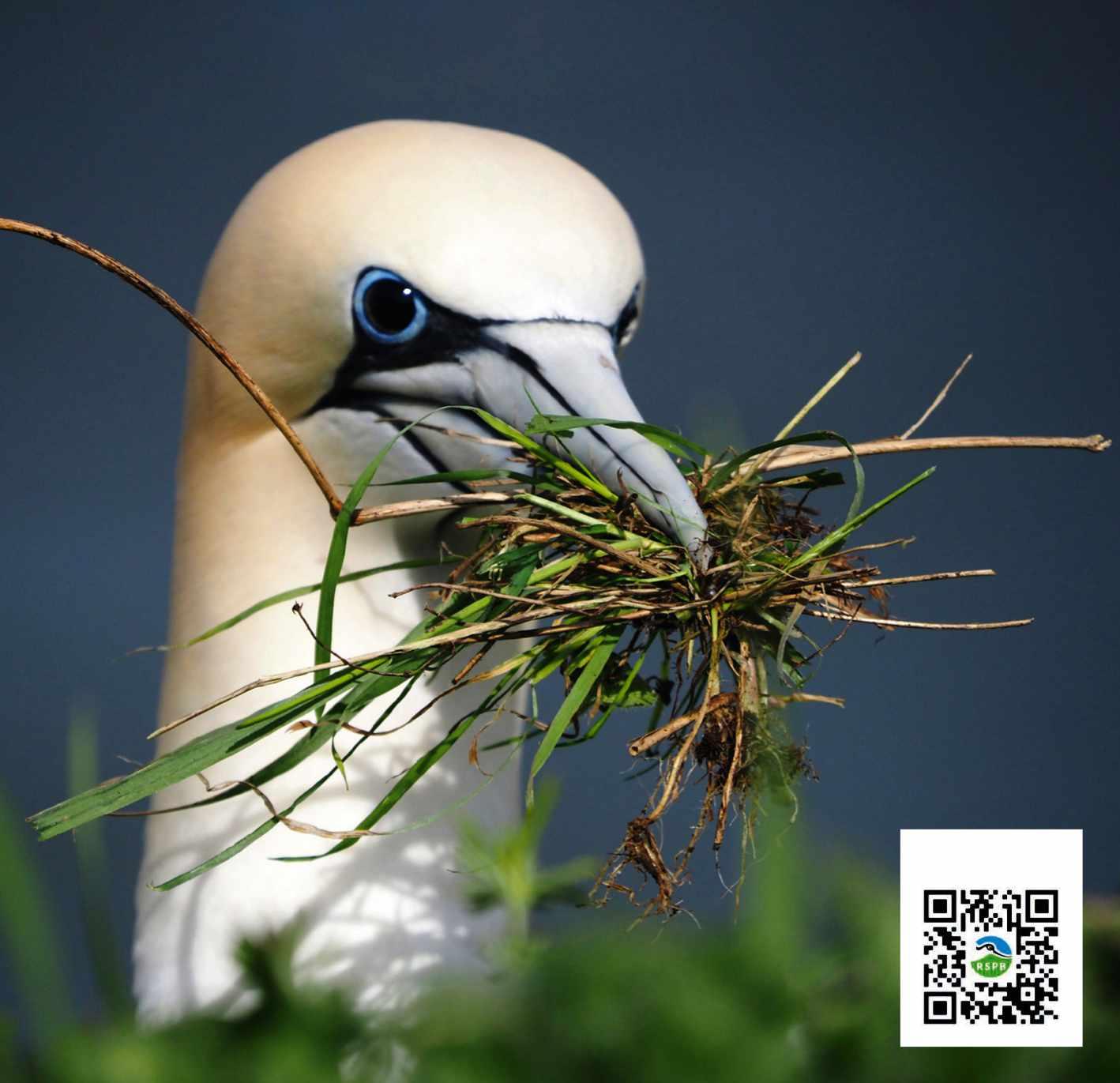
Highly Pathogenic Avian Influenza (HPAI), that has devastated the UK’s wild bird populations since 2021, continues to have terrible impacts, particularly on seabirds. This spring, the first outbreaks were in Black-headed Gull colonies across England, then Wales and Northern Ireland, with 30,000 adults dead by late July. Common Terns and Sandwich Terns have also suffered significant losses. Large numbers of dead seabirds, including Kittiwakes and Guillemots, have been reported in Anglesey and Pembrokeshire, and the virus reached Gannets on Grassholm in late July.
and the public safe on nature reserves. It also enabled us to recruit additional staff to coordinate our response and to liaise with UK governments and BirdLife partners on how to tackle this crisis.
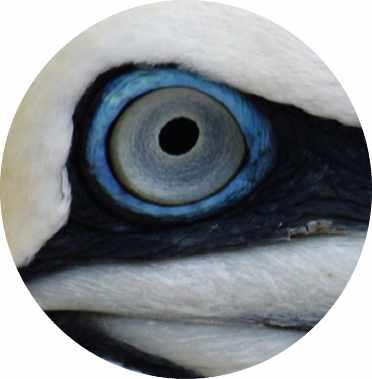
In Scotland this year, testing confirmed the presence of avian flu in Common Terns, Kittiwakes, Herring Gulls, Black-headed Gulls, Guillemots and Sandwich Terns, with thousands of birds washing up on the east coast. Large numbers of Kittiwakes have also died at RSPB Fowlsheugh.
Generous support received through last year’s Avian Flu Appeal funded the purchase of equipment to keep our team
We’re undertaking crucial science work, too, including research on the impact of HPAI on Barnacle Geese; collection of blood samples from live birds to test for immunity and infection; and UK-wide targeted seabird population counts in 2023 to quantify HPAI impacts. Our Conservation Science team recently led a study on the internationally important colony of Gannets at Bass Rock, discovering evidence that survival after HPAI is linked to unusual black iris colouration (usual blue iris, shown left).
We’re calling on UK governments to speed up development of seabird conservation strategies, increase research funding and undertake a range of other efforts to minimise the effects of HPAI on our already depleted biodiversity. Scan the QR code for more on this, and visit rspb.org.uk/avian-flu-updates
New card Look out for your new RSPB membership card carrying a scannable QR code, rolling out from September with your annual renewal letter. For more information on this change visit rspb.org.uk/ membership-cards
Privacy policy Please note that the RSPB’s Privacy Policy has been updated. Find out more at rspb.org.uk/ help/privacy-policy
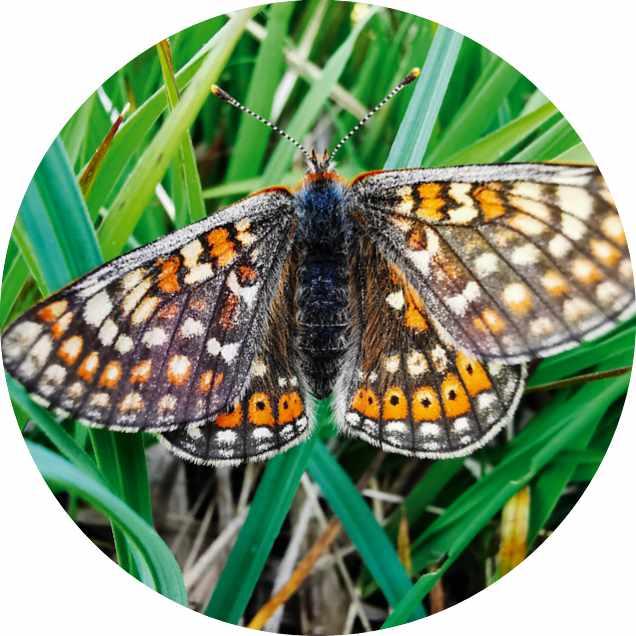
A colony of Marsh Fritillaries – among Europe’s rarest butterflies – has been discovered at Haweswater in the Lake District. Once widespread across the UK, the species declined dramatically last century. In 2007, a reintroduction programme saw thousands of larvae released in Cumbria, and RSPBmanaged grazing by Fell Ponies at Haweswater has since improved habitat for the species. We’re delighted that the Marsh Fritillary is back here.
Predation of MacGillivray’s Prion and Tristan Albatross chicks by invasive House Mice has been recorded again on Gough Island following the RSPB’s eradication attempt in 2021. However, the Critically Endangered MacGillivray’s Prion still had a good overall breeding season, and we remain committed to a future return to restore Gough Island.



From the Treasurer
I am pleased to report that 2022–23 saw the RSPB fully operational and catching up on work delayed following the lifting of all Covid-19 restrictions. Our operations have bounced back, and we are seeing exceptional work supporting our strategy and the delivery of key projects, such as the Orkney Native Wildlife Project and the stunning BBC natural history series Wild Isles, which we coproduced with Silverback Films, alongside WWF and the Open University.
With a more stable operating environment we saw both income and expenditure increase by £7.0 million and £14.3 million respectively to give Net Expenditure of £1.5 million for the year. Total financial reserves fell by £8.6 million, reflecting Net Expenditure of £1.5 million and a £7.1 million actuarial loss in respect of the defined benefit pension scheme liability due to changes in the wider economic environment.
Free Financial Reserves decreased, as planned, by £19.1 million to £49.3 million and represents 24 weeks’ expenditure cover, significantly lower than last year and closer to the 16-week upper limit set by Council.
Given the economic impacts regarding rising inflation and the ongoing war in Ukraine, we are remaining cautious and are monitoring and reviewing our cost base to ensure we remain financially sustainable.
As always, the foundations of our financial strength are the support and commitment of our members and supporters, which remained as strong as ever across the year. These strong foundations mean that we remain financially resilient and in a good position to deliver on our strategy and to meet the ongoing challenges of the nature and climate emergency, both in the UK and internationally.
These summarised financial statements are extracted from the full statutory trustees’ annual report and financial statements, which were approved by the trustees and signed on their behalf. The full financial statements, on which the auditors, Crowe UK LLP, gave an unqualified audit report in August 2023, are available on our website within our annual report: rspb.org.uk/annualreport
The auditors have confirmed to the trustees that, in their opinion, the summarised financial statements are consistent with the full financial statements for the year ended 31 March 2023.
These summarised financial statements may not contain sufficient information to gain a complete understanding of the financial affairs of the charity. The full statutory trustees’ report, financial statements and auditors’ report may be obtained from the Director of Finance and Governance.
RSPB UK Headquarters
The Lodge, Sandy Bedfordshire SG19 2DL
Signed on behalf of the trustees

Chair, RSPB Council
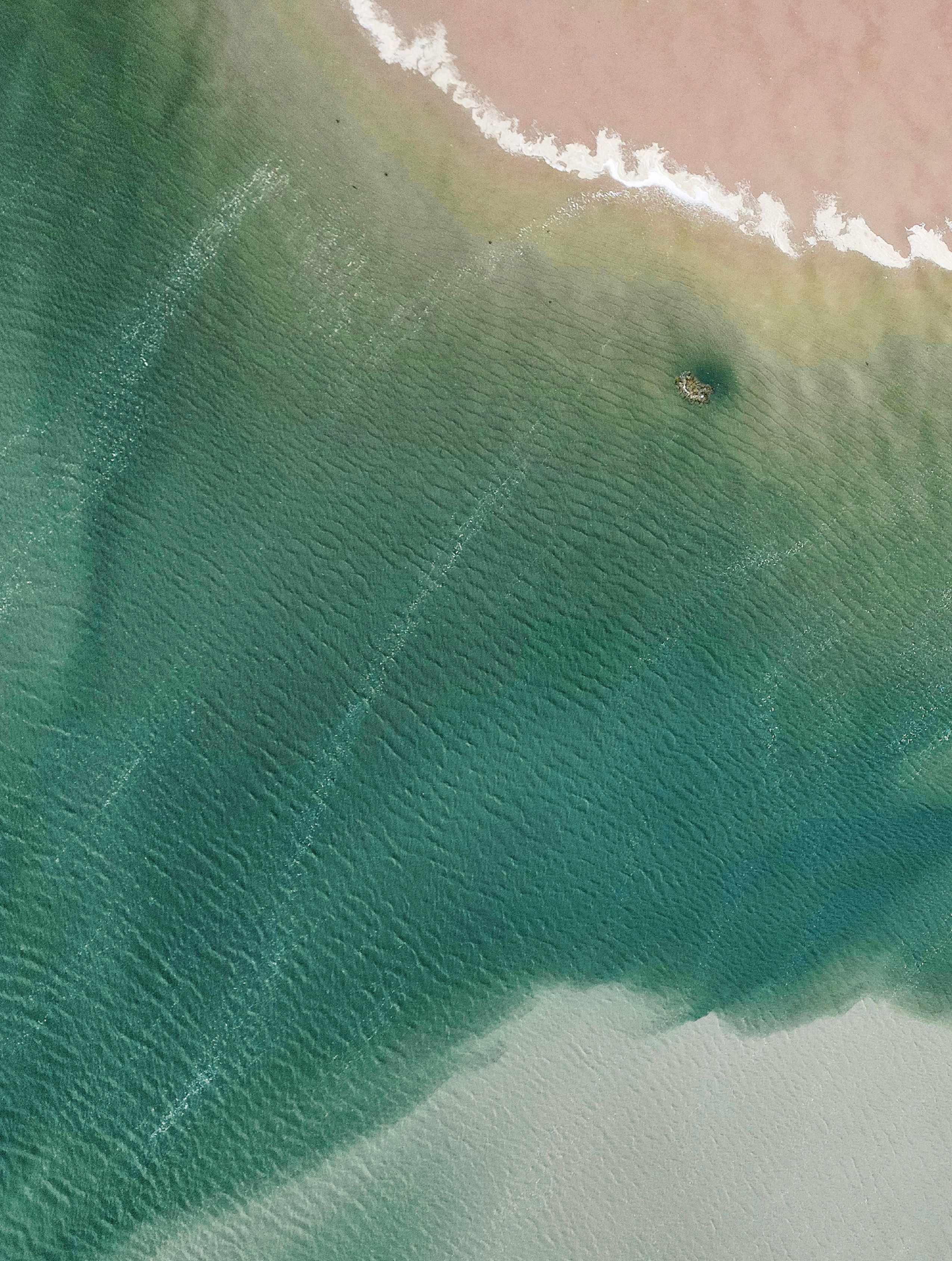
RSPB Marshside and Hesketh Out Marsh, along with Fairhaven Lake visitor centre, make up part of the Ribble Estuary National Nature Reserve. Anna Scrivenger learns how landscape-scale conservation here is uniting birds, landowners and people
Visitor guide RSPB Marshside, RSPB Hesketh Out Marsh, Fairhaven Lake visitor centre
Getting there
Marshside is 2.6 miles from Southport train station and served by the main road, National Cycle Network and the No 44 bus. Hesketh is one mile from the No 2 bus route from Preston to Southport. Fairhaven Lake is 50 metres from Andsell and Fairhaven station in Lytham St Annes.
Entry
Free for RSPB members.
Winter highlights
At dawn and dusk, huge winter flocks take to the air in a breathtaking display. On the water, look for occasional vagrants and rarities amid resident wildfowl and waders.
This season’s star species
• Lapwing • Black-tailed Godwit • Shelduck
• Pink-footed Goose • Redshank • Wigeon
Accessibility
Parking: Marshside: free for Blue Badge holders and members; Hesketh: free parking, two Blue Badge spaces; Fairhaven: council car park, fees apply. Wheelchairs: Marshside’s hides are wheelchair-accessible and several have seating. Hesketh has 500m of accessible trails, and benches at viewing areas. Fairhaven Lake has many smooth tarmac trails and step-free access. Dogs: Must be kept on leads on trails.
More info rspb.org.uk/ribble-estuary
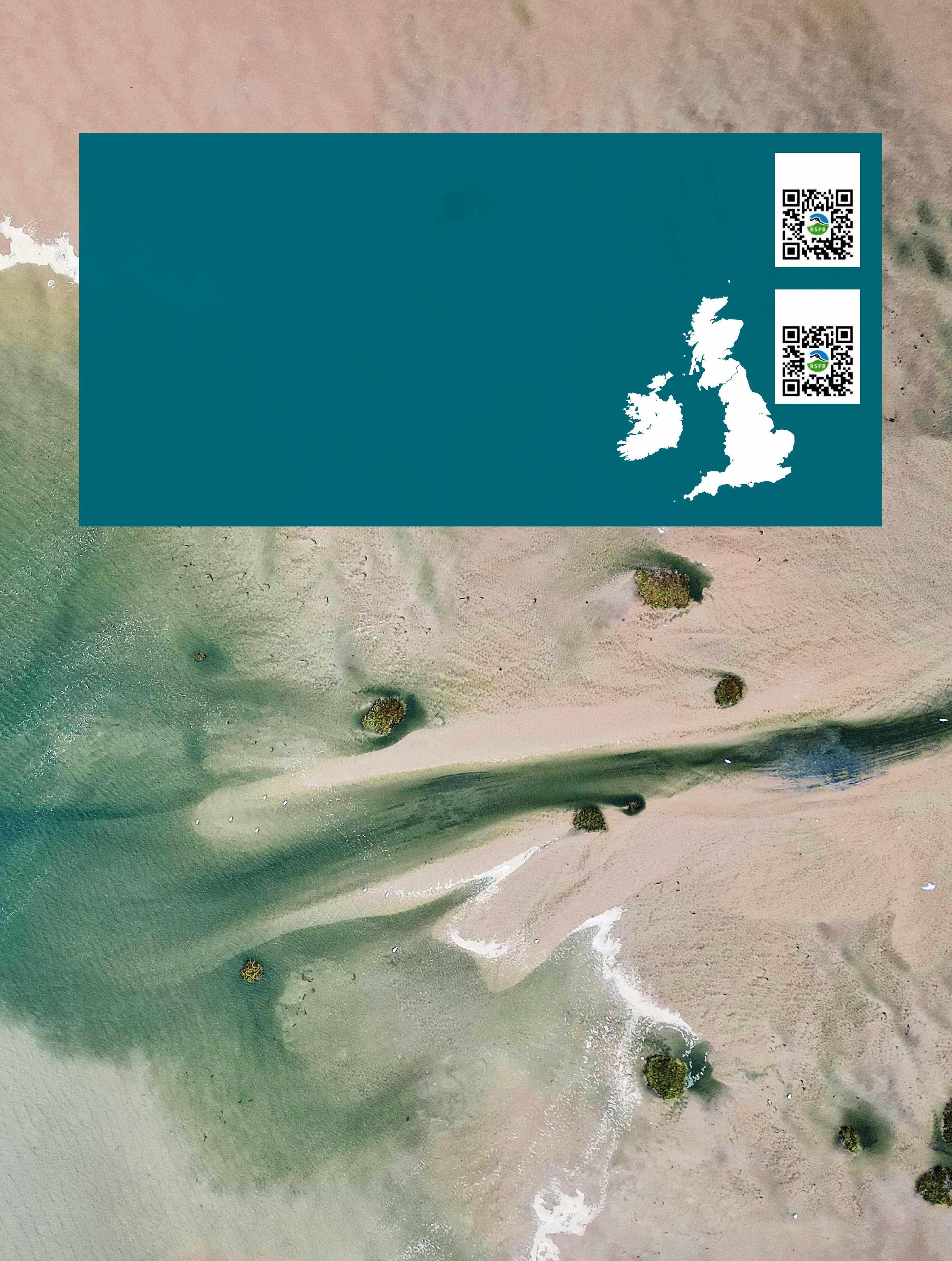


There’s no sign of the shoreline as I gaze across coastal marshes, rinsed of colour by a light, creeping mist. On this grey November morning, the distance between me and civilisation feels a lot more than two miles – but I’m far from alone, if you count the thousands of birds that arrive here each autumn.
Apart from the main road, the only sign of life is the birds. Lots of birds. Winging in the sort of quantities that suggest this seemingly featureless landscape must in fact be somewhere special. Skeins of Pinkfooted Geese ‘wink-wink’ through the diffused morning light, then a Starling murmuration swirls past – for a moment, forming the shape of a whale.
Exhilarating clouds of Golden Plover and Knot also join the aerial ballet, as if choreographed, above their soggy stage.
Saving a corner for nature
Despite being flat and featureless, RSPB Marshside is an interesting site. It borders the southern banks of the Ribble Estuary, a major stopover for winter migrant birds and some interesting vagrants wandering across the Atlantic. And apparently, within living memory, most of it was underwater at high tide. I cross the main road to the visitor centre to find out more. Here, I meet Site Manager Alex Pigott.
fast a landscape and its species can change. It’s both dynamic and timeless.
“We get plenty of bird enthusiasts here, along with our fair share of rarities,” Alex smiles. “Last month we had a Lesser Yellowlegs from North America, a Pectoral Sandpiper and our second Broad-billed Sandpiper. The serious birders will scan flocks of Wigeon and Teal looking for American Wigeon and American Teal among them, or the occasional Snow Goose; winter is an amazing time to see the variety.”
I can see plenty of variety standing right here in the visitor centre hide – no less than seven duck species, including Teal, Gadwall, Pintail and Shoveler, are dabbling away right under my nose amid flocks of Golden Plover, Starling and Lapwing. It’s a brilliant place for beginners to learn their waterbirds. Raptors, too – from the lookout across the road you can look for Hen and Marsh Harrier, Merlin and even owls.
Walking along the main road (perfect for bicycle birding), I can make out hundreds of grazing Pinkfooted Geese, camouflaged against the terrain until they lift breathtakingly into the air.
“We also have rare plants such as Brackish Watercrowfoot,” says Alex. “Because of the site’s history as a saltmarsh, and tidal sediment creeping in under the road barrier, the water is brackish in parts.” And it’s all just one part of a wider landscape that’s one of the UK’s top wader hotspots.
1. With more than a quarter of a million migrating birds, the estuary is a great spot for birdwatching
2. Huge flocks of Teal and other ducks arrive in winter
3. Pink-footed Geese arrive to the Ribble in large numbers in autumn
4. Tiny Hydrobia snails litter the sand, providing food for many species
5. Anna (left) is shown around the nature reserves by Site Manager Alex
6. A Pintail , Teal and Wigeon hunker down on the marsh
Previous: the Ribble Estuary provides extensive sand and mudflats for birds to feed and rest
The coast road zooms along an embankment bisecting the site, which now separates saltmarsh from freshwater marsh and pools. But things used to look very different. The housing estate visible inland stands on what was once tidal saltmarsh. Over centuries a series of sea walls were built, each reclaiming more land for farming or housing.
Alex tells me they built the road in the 1970s and drained the inner marsh. “Initially, the plan was to build on it; for about a year they tried pumping water off it. So this site could easily have become housing.”
I eye the bustling landscape dubiously. It looks as though it’s always been there with its huge, contented flocks. But some straight-cut drainage channels on the map betray human interference.
“Those are from when they tried to drain it,” Alex explains. She points at a lagoon in the middle distance. “Polly’s Pool there was once Polly’s Creek, a tidal inlet where local shrimpers and fishermen used to moor their boats and children used to swim.”
The RSPB arrived in 1994, leasing the site to improve it for the birds and people. The cattle remained though, creating a mosaic of habitat with low-density grazing, and depressions in the ground that Lapwings love to nest in.
Life flourishes here
From saltmarsh to farmland to rare coastal grazing marsh all in living memory, my mind is blown at how
“The Ribble is the most important single river estuary in the UK,” she continues. “It’s got big, open mudflats; sand ridges and beaches; saltmarsh and brackish lagoons, all close together. It attracts a quarter of a million birds every autumn, coming down from the Arctic tundra – Greenland, Siberia, Scandinavia and Iceland.”
This is why the Ribble Estuary National Nature Reserve is a Futurescape: a mosaic of highly protected sites managed by different landowners working together to create landscape-scale conservation. Marshside is one piece in this jigsaw. Just up the road, RSPB Hesketh Out Marsh is another.
Man-made mosaic
I head a few miles up the road (and a bumpy track) to Hesketh to have a look. This sister site has a similar backstory of humans fiddling with the coastline. A sea wall built in the 1980s turned the marsh into farmland, prompting the government to protect the neighbouring Banks Marsh for nature. The RSPB bought the farm in 2006 and began expanding the nature reserve in stages. In 2008, the sea wall was breached in a game-changing coastal realignment project that now protects farmland and local homes.
“Hesketh was a joint project with the RSPB, Environment Agency, Natural England and Lancaster City Council,” explains Alex. “We looked at LiDAR maps and historical photos to see where to breach the sea wall to restore the natural inlets. It was the perfect project – the flood bank was failing and needed work. We purchased the land, and the Environment Agency excavated the creeks and used the material from that to raise and widen the flood banks. They’re a public right of way, so we’ve also improved access for people.”
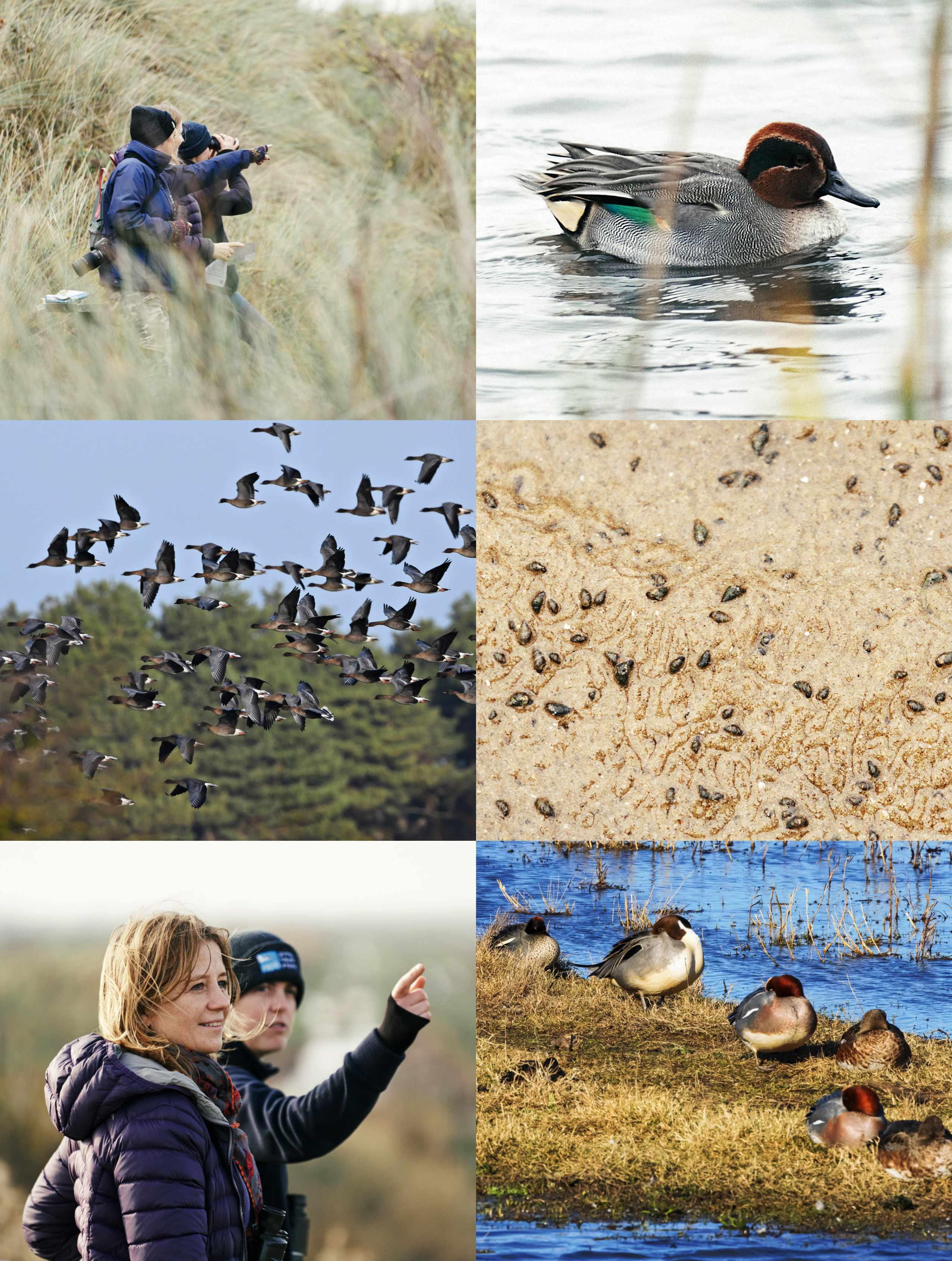
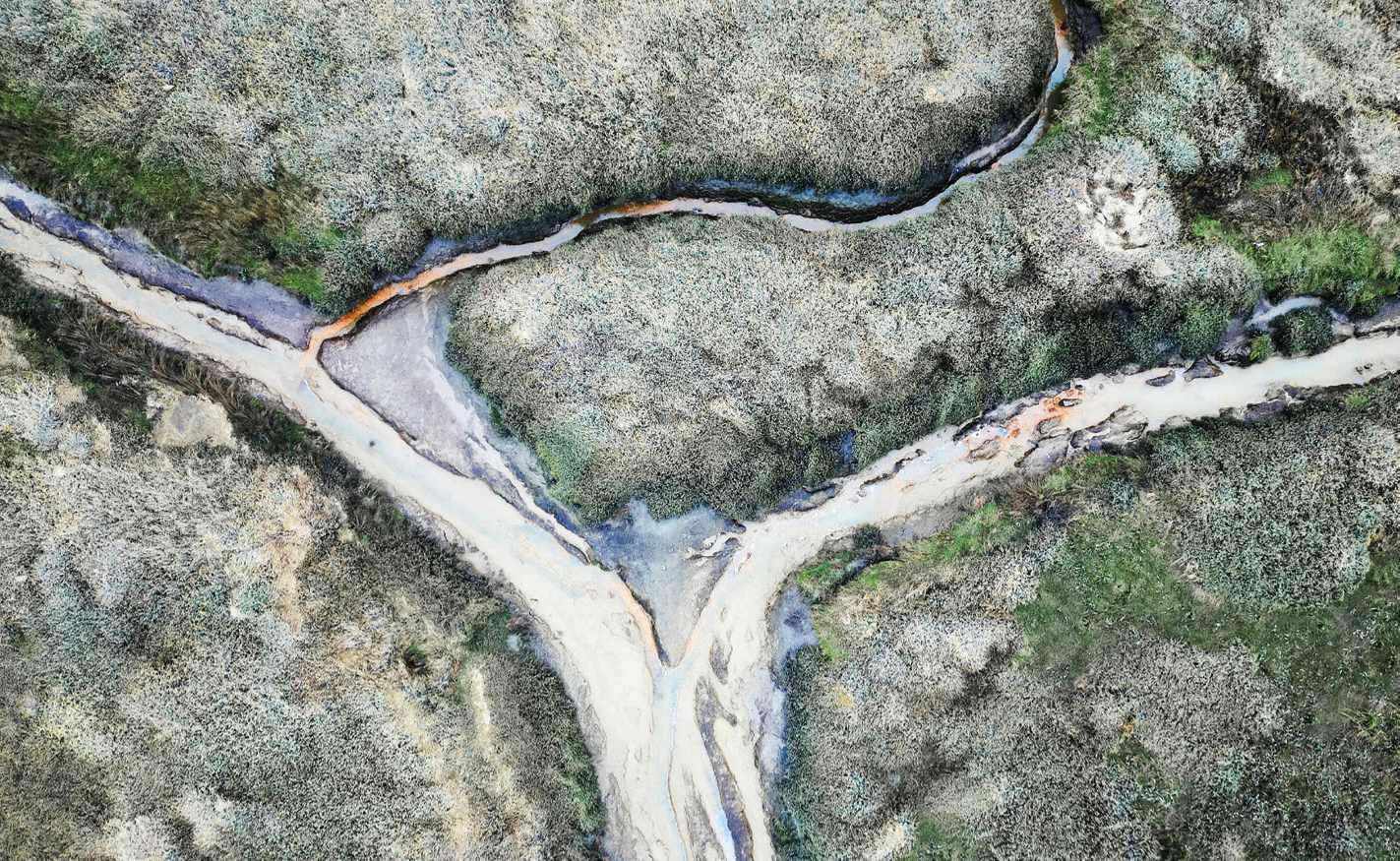
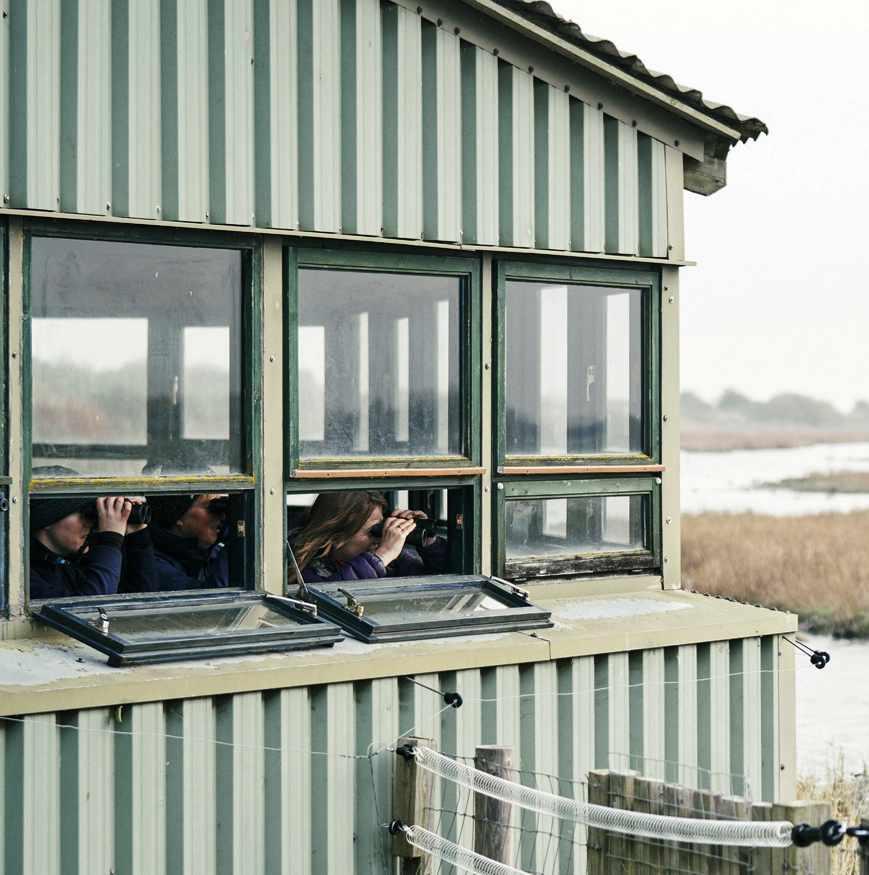
ecosystems around them, which in turn helps protect nature for future generations. It starts with the kids.
‘Some kids have never even seen the sea. Coming here can change their lives’
And for birds, it seems. A bird flying in from the Irish Sea will see the river mouth spread like veins through this rare saltmarsh habitat, a place of refuge and food. Among the ribbons of water, they’ll see a newly carved network of purpose-designed ditches topped with a predator-proof fence rising out of the water, to protect nests in summer. It’s experimental, Alex tells me, but they hope for a good nesting season for Avocets, Terns and Redshanks, safe from most predators. The staff have also installed movable floating rafts to provide Arctic Terns with safe nesting.
I watch a couple of Redshanks calmly fishing just below me; hear hidden Curlews calling across the marsh. I can see Teal dabbling in the creeks and Skylarks singing as they rise into the air. A Little Egret stalks the shallows, a Kestrel perches watchfully on a fence post. Autumn is in full voice.
There’s no reception building here – but there’s a reason for that. On the far bank of the estuary, I can make out the town of Lytham. Over there, on the waterfront, is the RSPB’s gateway visitor centre for the entire Ribble Estuary. I hop in the car and head over.
The RSPB Ribble Discovery Centre at Fairhaven Lake is housed in a funky, restored boatshed on the banks of a man-made lake along the estuary foreshore – a mix of sand dunes and mudflats. It’s here that you get a sense of the whole wider landscape; how it connects and works for wildlife. Thanks to support from members, this place works hard to engage the local community in the
Passion shines through Fairhaven’s Visitor Experience Officer Jo Taylor, a former teacher. No worksheets or classrooms here; she takes school groups straight out onto the mudflats and gets them mucky, learning about the species that call it home.
“Look at this,” she enthuses as we step from the sea wall onto the muddy sand.
I look down, but all I can see are… “tiny black stones?”
“Not stones,” Jo corrects me. “Hydrobia snails. This whole estuary is littered with them. The Shelducks love them. They scoff these snails in their millions.”
In disbelief, I scrape up a handful of sand and peer at it. I had no idea snails could be that small – tiny, perfect cones barely 2mm high.
“These mudflats are a giant buffet,” Jo explains. “Packed with Bivalve molluscs, Ragworms, Lugworms, Hydrobia – it’s a feast for Black-tailed Godwit, Dunlin, all wading birds. We take families mud-dipping here and pull out hidden invertebrates, identifying each one and its unique adaptation. We talk about predator-prey relationships and how species sit in separate niches so they don’t outcompete.
“Some kids have never even seen the sea,” Jo adds. “Coming here can change their lives.”
I return to the bright, cosy centre, which sells everything from coffee to optics and showcases the local species. As I gaze back across the Ribble towards Marshside and Hesketh, I realise how important this landscape is for birds and how this centre sits at its heart, connecting landscape, species and people. I can see why the birds come, and I’m glad I came, too.
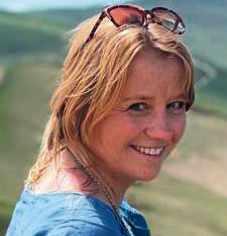
Anna Scrivenger was Editor of The RSPB Magazine for eight years and now writes about nature, sustainability and conservation.

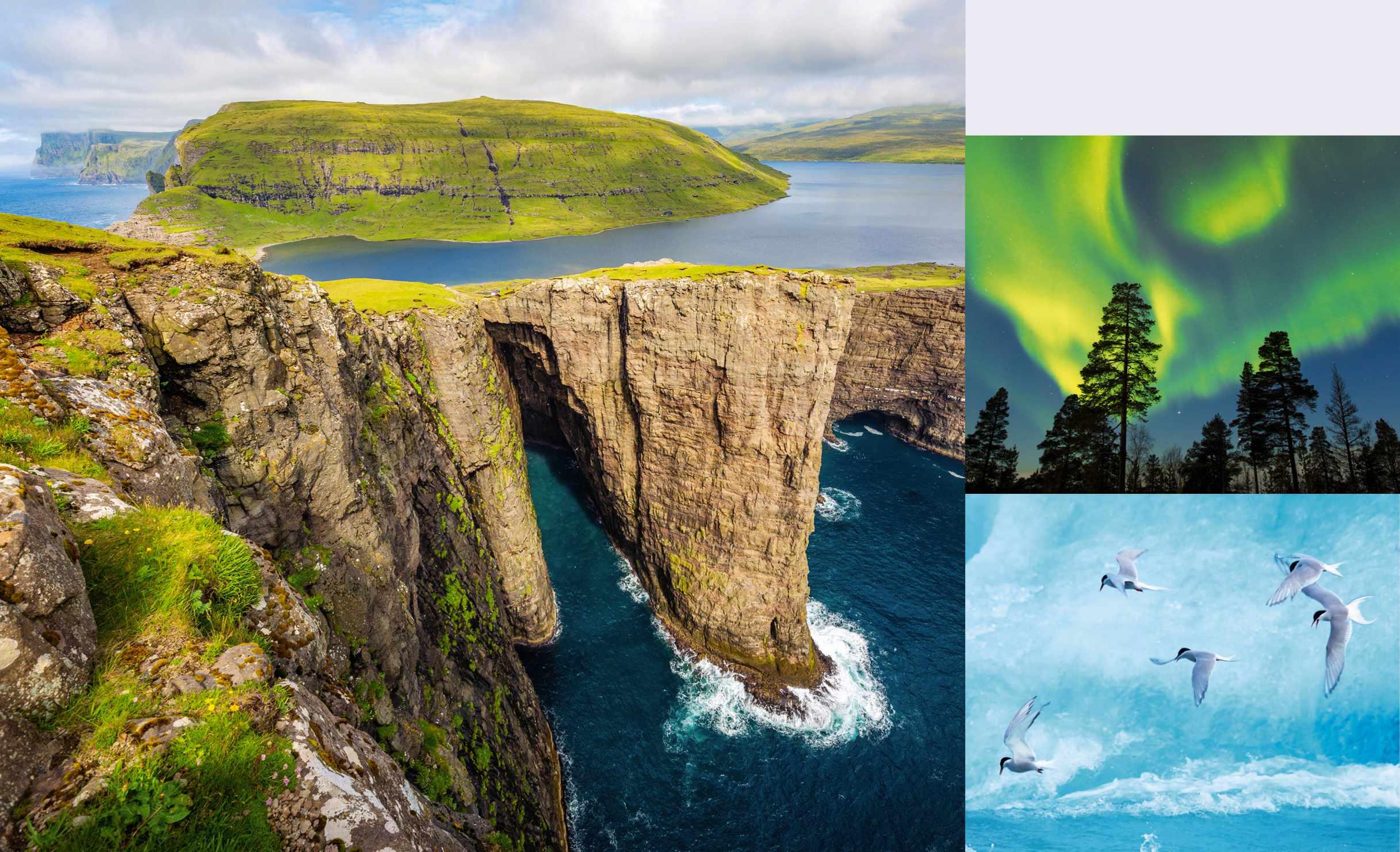
Kick-start your new year with the trip of a lifetime on board Britain’s premiumvalue cruise line, Ambassador. Proud to represent a new era of cruising, this no-fly cruise operator brings global travel to your doorstep with eight UK ports to sail from. From short city breaks to a grand round-the-world tour, you can choose an experience to suit you.
Ambassador’s innovative facilities, world-class entertainment and exceptional service ensures you’re well looked after on your trip. As well as caring for its passengers, Ambassdor cares for the environment. The modern cruiseliner strives for ocean-friendly sailing on sustainably run ships. Both of the vessels – Ambience and Ambition –use the cleanest marine gas oil, use biodigesters to break down food waste into water and heat, and use 100% recycled plastic to make some of the entertainment team’s dresses. You’ll be joined by conservationists from
Ambassador’s charity partner ORCA on board, too. Dedicated to the protection of whales and dolphins, ORCA’s conservationists spend valuable time on the ships gaining critical data. They’re also there to share their passion and knowledge with passengers and offer educational talks and not-to-be-missed wildlife experiences.
With so many incredible destinations on offer, it can be hard to know where to begin. For something really special, why not embark on an unforgettable 11-day cruise to Iceland for a chance to witness one of nature’s greatest spectacles – the Northern Lights. Boarding at London Tilbury, you’ll sail to Rotterdam to take in modern architecture and iconic design. Your next stop is bursting with wildlife and history – the Orkney Isles. Explore the Neolithic monuments of Kirkwall and relax with a dram at one of the oldest working distilleries in Scotland, Highland Park Distillery.
From there you’ll cruise to Torshavn, the small and charming capital of the Faroe Islands. This quaint city is bursting with character, and only a short distance away you can unwind in unspoilt wilderness, taking in the rugged cliffs of Vestmanna, the floating majesty of Sørvágsvatn Lake and the thunderous roar of Gásadalur Waterfall. On day six you’ll arrive at the quirky and cosmopolitan capital of Iceland, Reykjavik. This Nordic city sits high on most people’s bucket-lists, and with good reason. From geothermal pools to erupting geysers, a visit to this otherworldly island is a truly magical experience. Spend the day whale watching, touring lava fields and marvelling at ice-art before nightfall, when you’ll join the aurora borealis hunters chasing down nature’s light show. Find out more about this incredible trip at ambassadorcruiseline.com






David Lindo is The Urban Birder and founder of The Urban Birder World, theurbanbirder world.com
In my lifetime, the act of watching birds has come a long way. My birding youth was largely spent in solitude or, at best, with one other person that I had managed to press-gang into accompanying me on my urban birding jaunts. In my view then, groups of people together wielding binoculars were the preserve of those legendary ornithological pioneers that I had read about from the ’50s and ’60s, like the late and great Guy Mountfort. He led expeditions of discovery to hitherto unknown locations such as Coto Doñana in Andalucia, Spain, accompanied by some of the UK’s finest birdwatchers – a hand-picked, all-star assemblance of latter-day superhero birders, if you will.
When I was growing up, birdwatching was perceived, by the masses, as the solitary pursuit by older, middle-class blokes who were also usually socially inept. Fast-forward to today and the face of birding has thankfully changed. OK, we now get called ‘twitchers’ by the media and members of the public who don’t understand the difference between birding and chasing after rarities. However, I am pleased to report that birding is becoming a much more socially accepted pastime, especially in urban areas. The idea that watching birds is a solitary thing has now been replaced with the notion of going out in small groups of like-minded people. The benefits of group birding are innumerable. Just being out in the open air with friends, not just in the countryside, looking at green and blue vistas,
‘Birding can be such a social activity. I know a multitude of people, myself included, who have met new partners and friends while staring through binoculars together’
is enough to calm the mind. It is now well documented that birding is great therapy for mental illness and does wonders for our sense of wellbeing. Birding can be such a social activity and so many of us are now doing it. I know a multitude of people, myself included, who have met new partners and friends while staring through binoculars together. Indeed, why nobody has established an app for meeting new people while out in nature, I don’t know.
Over the past 16 years, my work promoting urban birding has helped to establish the idea that birding socially can be done anywhere and serves as a safe space for people, especially those who feel vulnerable, to enjoy nature even in an urban area. Being in such groups can be an eye-opening experience where people exchange experiences and gain new ones as they watch species that they didn’t realise inhabited the area that they are birding. Since the lockdowns there has been a surge of interest in the natural world with people purposefully seeking out groups to join. Some of the RSPB local groups that I have been involved with have told me of the uptake of new participants. Organised entities, such as the very cool Flock Together, formed during the pandemic and now encourage large numbers of people both nationally and internationally to get out and explore their local areas together. There is something very nice about being together in a group as you will always learn new things, even if you consider yourself experienced. I am forever birding with other people; whether I am leading a tour, being guided as part of a group or just out with a bunch of mates methodically searching a windswept island for autumnal migrants. It is exciting, fun, educational and often, unforgettable!
Going birding with a bunch of people isn’t everybody’s cup of tea. I have friends who vehemently object to being with anyone other than very good friends. Even I crave solitude every now and again. That’s fine. But definitely consider joining a local bird club, RSPB local group or even set something up yourself. Soon you will be involved in a community that may change your outlook on life forever.
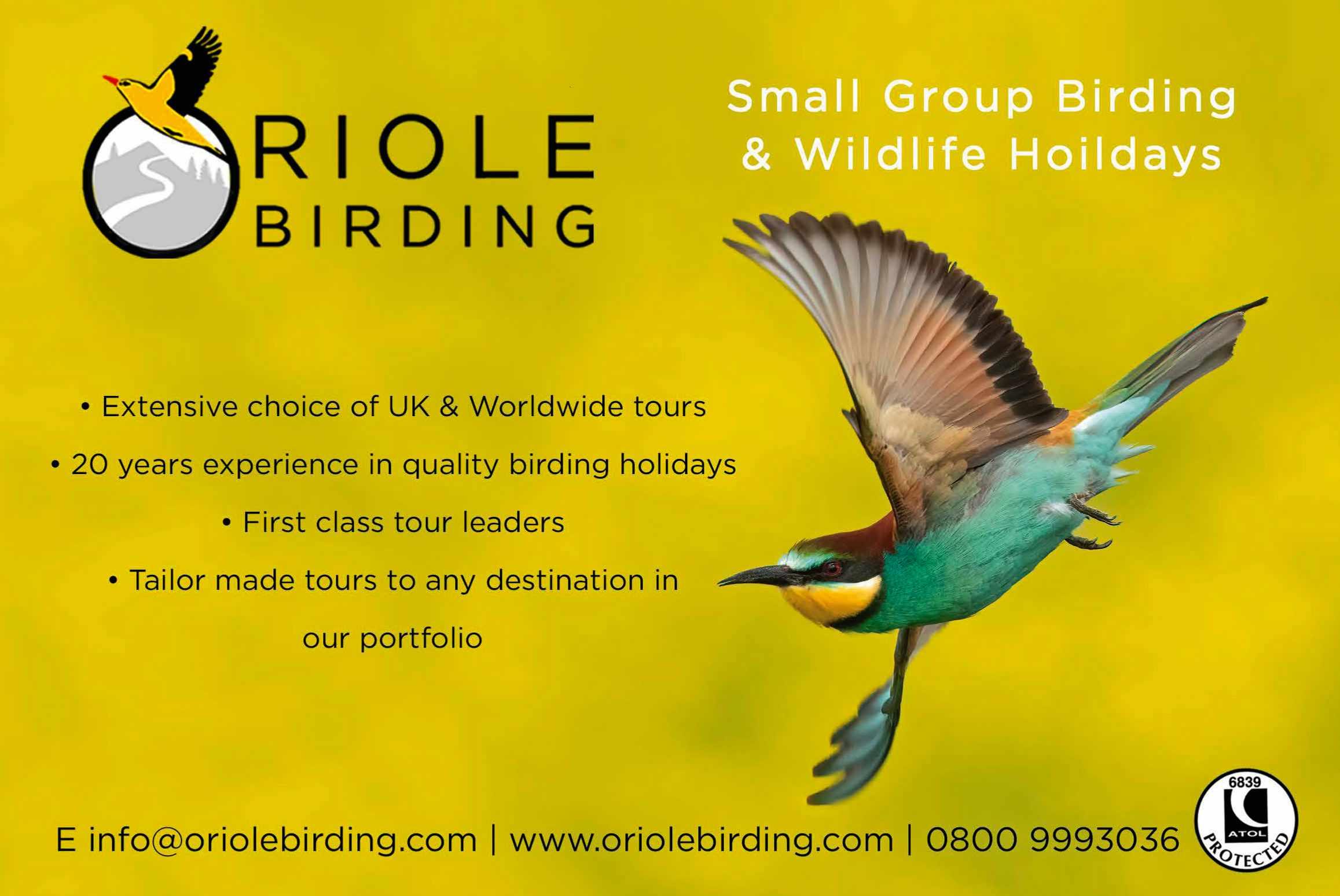
RECOMMENDED BY ANNA RYDER RICHARDSON
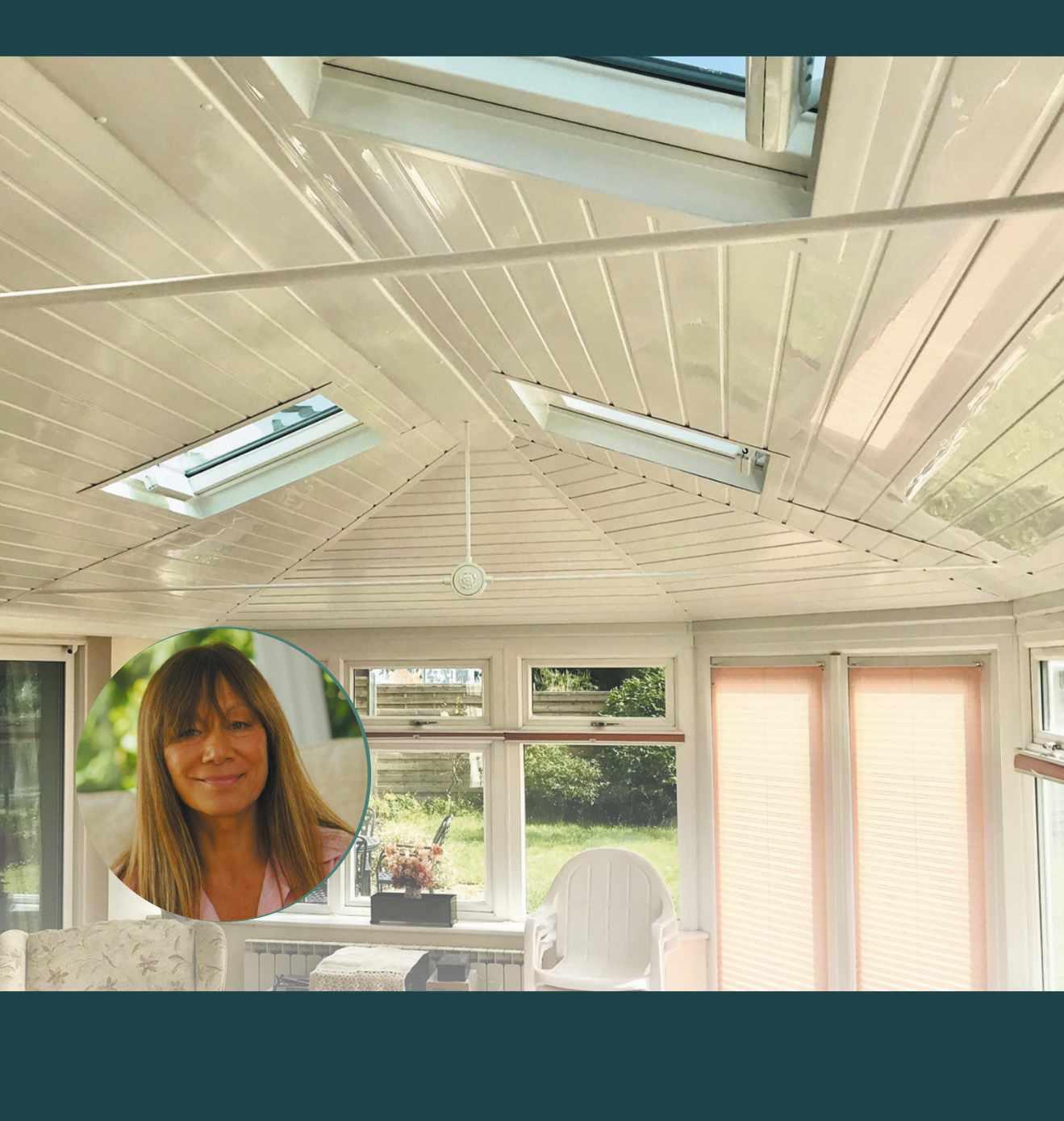
Introducing Our Unique C.H.R.I.S. ® System.
Conservatory Insulations C.H.R.I.S ®system ensures the very best performance for your conservatory, giving you a room to use all year round, whatever the weather!
Having already installed over 30,000 systems to date, you can rest assured in the knowledge the C.H.R.I.S ® system is the very best available on the market today and is the only system specifically designed for conservatories.
The C.H.R.I.S ® system is a cost-effective solution which insulates your conservatory for a fraction of the cost of a new tiled roof.
For complete peace of mind, we offer a 10 year insurance backed guarantee.
Warmer in the winter
Cooler in summer
No VAT to pay
Reduce Heating Bills
Eliminates noise
Prevents UV fading







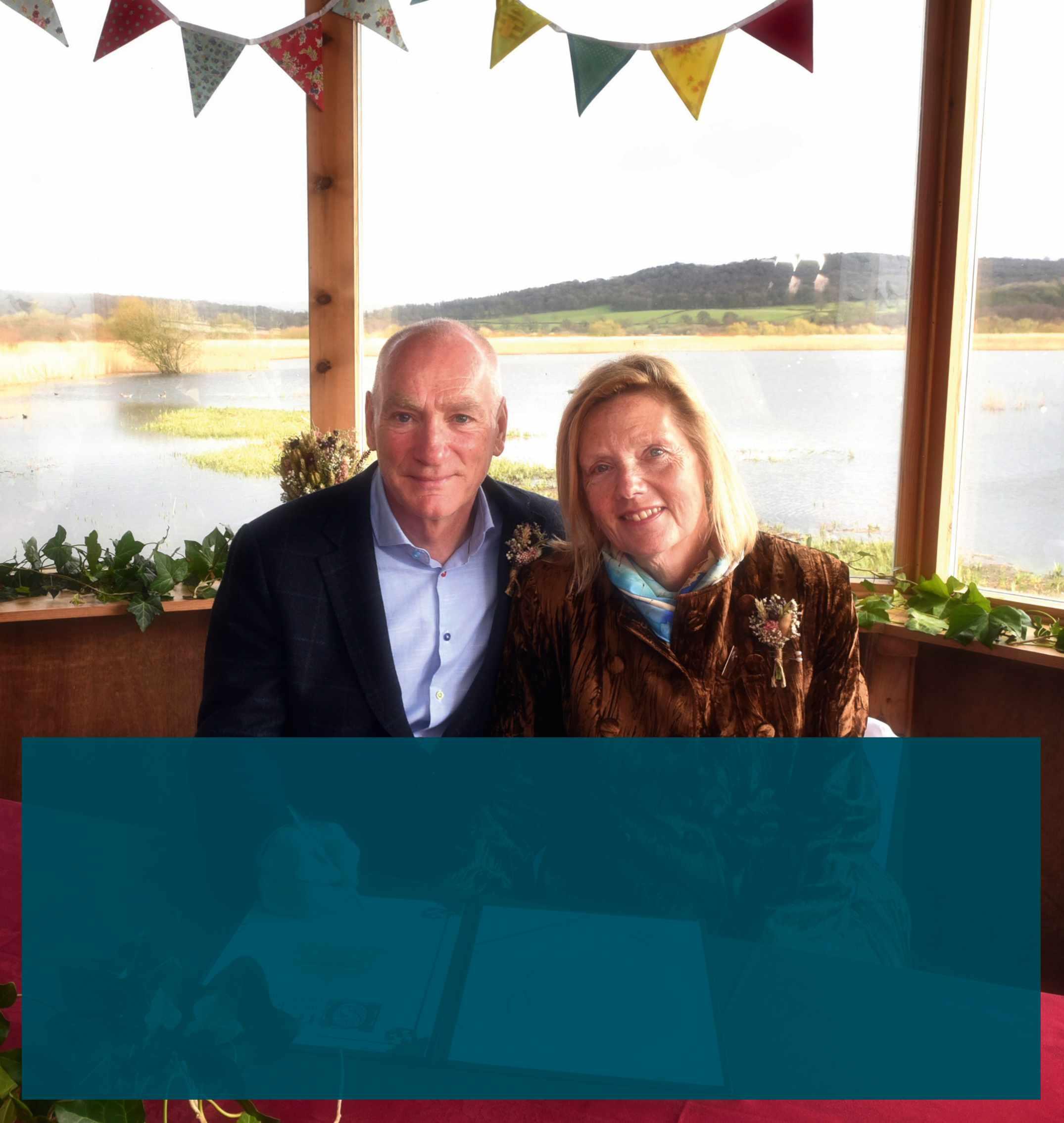
Plan a fun day out for the whole family at one of our nature reserves, events. rspb.org.uk
Your stories
“Our
service was in harmony with our surroundings, and we could not have wished for more”
“Wedding ceremonies are always special, but as we started to plan our own, we could not have dreamt that we would be able to celebrate in a bird hide with a backdrop of stunning scenery, amongst some of the most magnificent wildlife in the country.
“That’s just what we did in March 2023 at RSPB Leighton Moss in Lillian’s Hide, in this picture-perfect part of North Lancashire. Our service was in harmony with our surroundings, and we could not have wished for more.
The team at Leighton Moss were very professional, friendly and extremely thoughtful from start to finish; nothing was too much trouble. They were a much-appreciated part of our special day.”
If you’re planning your own nature-friendly wedding and would like to get married in the exclusive environment of this beautiful reserve, then get in touch at leighton.moss@ rspb.org.uk Angela and Paul Gorrill
We are a family run business, local to RSPB Saltholme. Recently, we saw social media posts about a local man named Bob who, in his 90s, is spending every day at his allotment building bird boxes, owl boxes and Hedgehog homes. He had become very disheartened as no one was buying or even taking the boxes for free. All the money Bob raises he donates to a local school, Springwell School in Hartlepool.
When we heard Bob’s story, we went straight down to meet him and purchased many of his boxes as a business. We’ve now donated these to many areas in our hometown where they can be enjoyed and encourage wildlife. My four-year-old son, Charlie, took several to put up in the nursery gardens. We visited Bob recently and he had made many more, so we purchased these and donated them to RSPB Saltholme at the weekend. We intend on taking Bob to visit once they have been put in place next season so as not to disturb the birds that are already nesting.
We’re so pleased to be able to help Bob do what he loves and also pay this forward to our local community.
Lyndsay Hogg
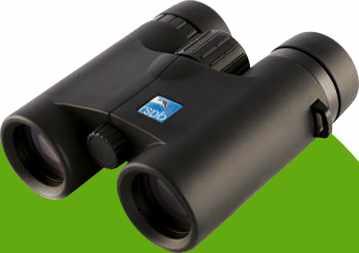
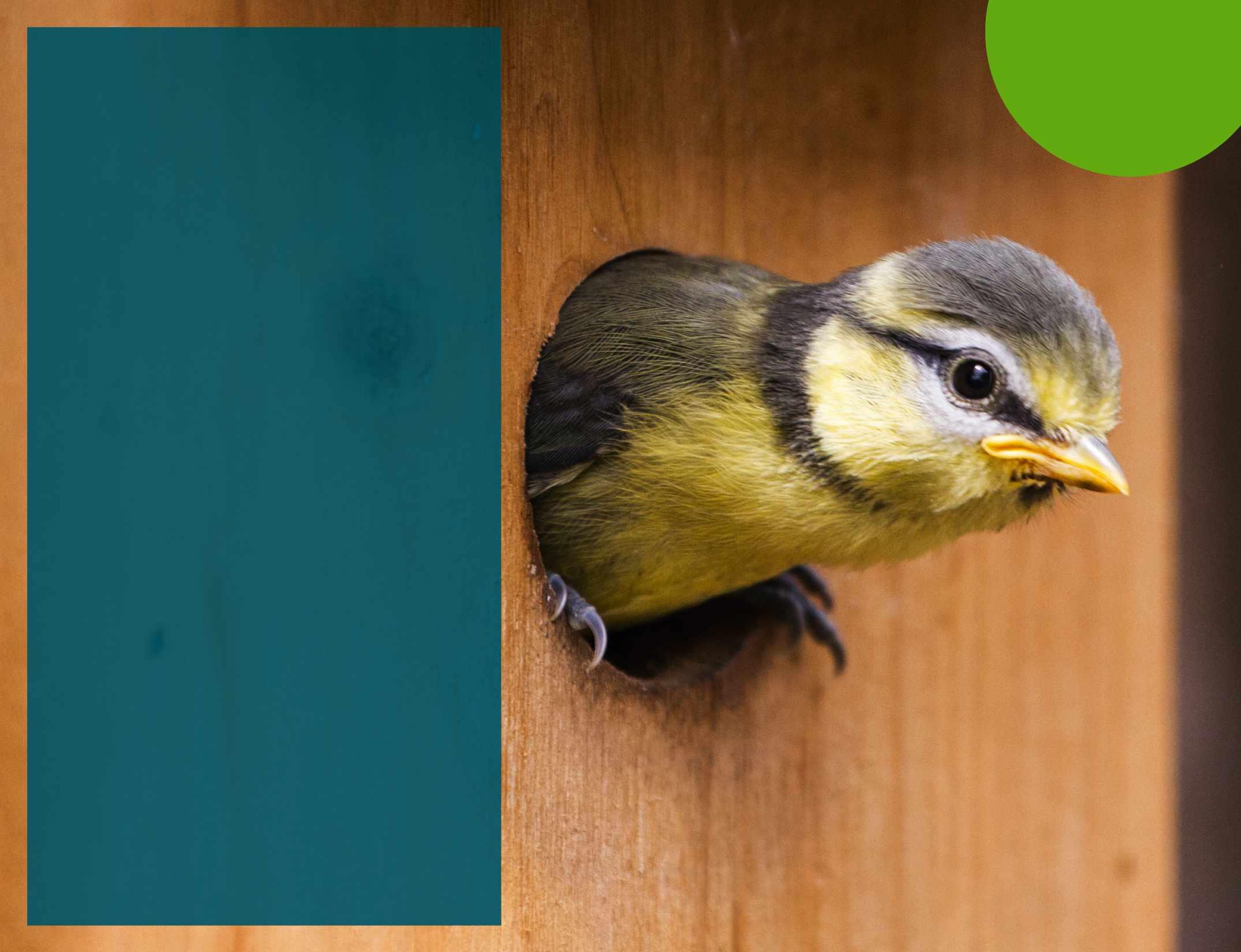
The short article ‘Protecting our Puffins’ in the latest edition of The RSPB Magazine highlighted the fact that these birds are in trouble. My favourite Puffin ‘hotspots’ are RSPB Bempton Cliffs and RSPB Flamborough Head where it is still possible to get fairly close-up views. It is impossible not to be amazed by the adaptability of these wonderful little birds. They can fly very fast and for reasonably long distances. They can float on the sea and swim rapidly up to 60m below the surface. They can walk on land reasonably well for a seabird and burrow and nest underground. Is there any other species on the planet that is better adapted to life on the land and on the sea and in
the sky? I don’t think so. These precious birds must be protected at all costs.
Dave Thomson
Nature’s remedy
You’re never on your own when a Robin is around, that’s what I’ve found anyway. There’s just something about those cheeky little birds whose red breast can light up the dullest of winter days. It was a Robin’s song that finally pulled me out of my battle with depression, anxiety and paranoia, which saw me off work for 10 months with two stays in St Ann’s psychiatric hospital in Poole. Being surrounded by green helped calm my head and it still helps me today. I’ve found nature and my camera to
be powerful self-help therapy tools. Since 2019 I’ve been telling my story to try and help others going through mental illness; this has helped me grow in confidence and I really feel that I am giving something back. Nature is a healer, there’s been medical studies to prove it. So please, if you feel like the world is getting on top of you, get yourself into nature. You won’t regret it.
Trevor Parsons
An unusual hunter
I’ve noticed a female Blackbird in my back garden pond in what I can only describe as hunting mode. She stands on the edge of the pond, head on one side and quite motionless. Then she makes a dash
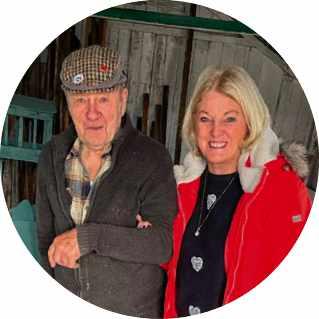
Above: Helen Hogg (mother of Lyndsay) and her family have been sharing Bob’s homemade wildlife boxes with the community
for the reeds in one corner and vanishes. This is repeated by a dash to the other corner in amongst the irises. Since the summer heatwave, she can access the stones that are normally underwater and last week, to my dismay, she emerged with a large newt which she beat to death on the stones and flew off with. I wondered if this was the bird that had acted the same way two years ago. Last year a Mallard and 13 ducklings took up residence and cleaned my pond out of all livestock so there were no newts left for this predator. She also appears to ‘fish’ for food by leaning into the pond and dragging pond weed on to dry land and eating any little creepy crawlies she finds. Have any other readers experienced the same behaviour?
Angela Denbury
Ed: This is an extraordinary behaviour to observe! Newts do not naturally form part of a Blackbird’s diet as they typically feed on invertebrates, fruits and seeds. It is therefore impressive that the bird took to hunting in your pond – perhaps she was being driven by her maternal drive to feed her offspring and was seeking alternative food sources having learned that newts make a nutritional meal.
A hare-raising morning
This photo (top right) was taken at 5.30am at a local Sugar Beet field. I was out early as usual to try and photograph boxing Hares, but the adults were in a very gentle mood, busy eating with no sign of chasing and boxing. I suspected I would be in for a quiet time. After a couple of hours, a half-grown leveret appeared at speed and proceeded to do mad teenage things, including interacting with a Grey Partridge! I have spent years photographing Hares and have never seen this behaviour before. First of all he chased the Grey Partridge, and then the roles reversed, with the Partridge becoming quite aggressive towards the leveret. The dirt was flying. This happened at breakneck speed, and after a series of chasing shots I managed to snap the Grey Partridge, aggressively running full tilt at the leveret, as it leapt in the air jumping clean over the Grey Partridge.
Frances Browne
The state of nature
I have been birdwatching for over 60 years – since I was six years old – and believe that due to climate change this has been by far the worst year I have known for sightings. I didn’t hear my first Cuckoo until the first week in June; I usually hear the first one in April. I am really concerned for the future of nature. Even last year I went out birdwatching and on many occasions saw 28–30 different types of birds. This year, not once have I reached that figure. If something isn’t done we could lose some birds. I just hope something is done before it’s too late. I would be interested to hear your thoughts on the matter.
R Tovey
Ed: There are often variations in the fortunes of wildlife each year or in certain locations. However, the latest State of Nature report (p38) shows the UK’s biodiversity has declined significantly in the last 50 years. The UK has set ambitious targets to turn things around, but we need action from policy makers, businesses, conservation organisations and all of us as individuals. See page 72 for inspiration on how we can all help.
Birdwatching blunder Birdwatching can be dangerous to your health, or at least has been to mine! A few weeks ago I was hobbling to my car – I have arthritic knees – after a meeting. It was a perfect balmy evening with a beautiful blue, cloudless sky and a gentle breeze. I put my crutches on the back seat and, as I closed the car door, a Blackbird started singing with a wonderful song. I turned round to look at it about 200 yards away. Unfortunately, my feet did not follow and I lost my balance and fell to the ground with a thud. Because of my knee problem I couldn’t get up. My wife ran back inside the meeting hall to request assistance. Four people came out and helped me. An X-ray the following morning showed that my shoulder had been fractured. I’ve been in a sling ever since! Looking back, I just remember lying on the ground prior to my rescue listening to that lovely song the Blackbird was singing. He hadn’t missed a bar and was still on the topmost branch of the tree having a good laugh!
David Walker
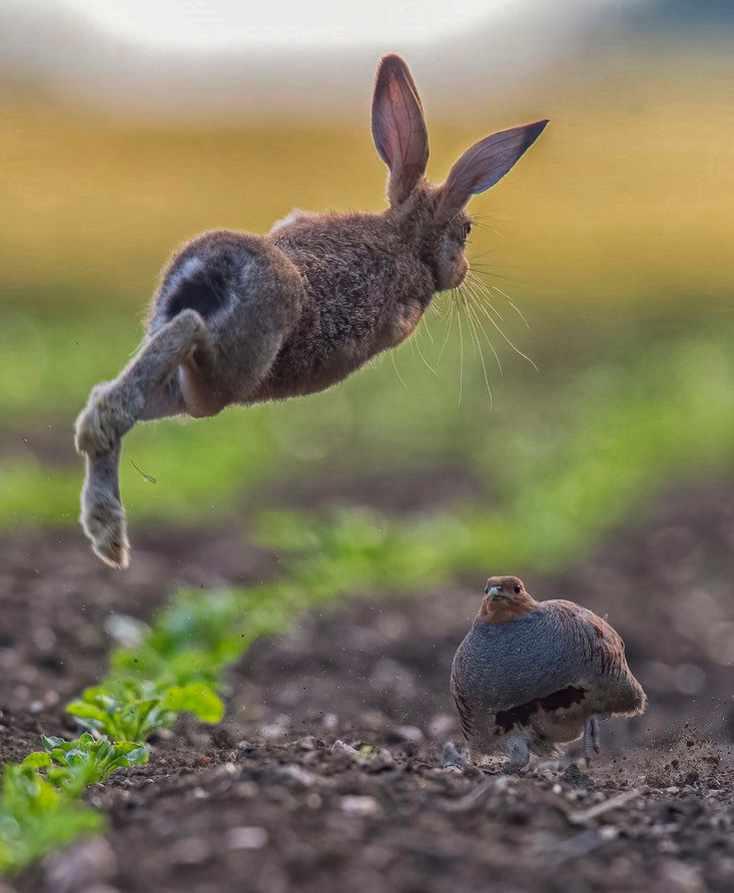
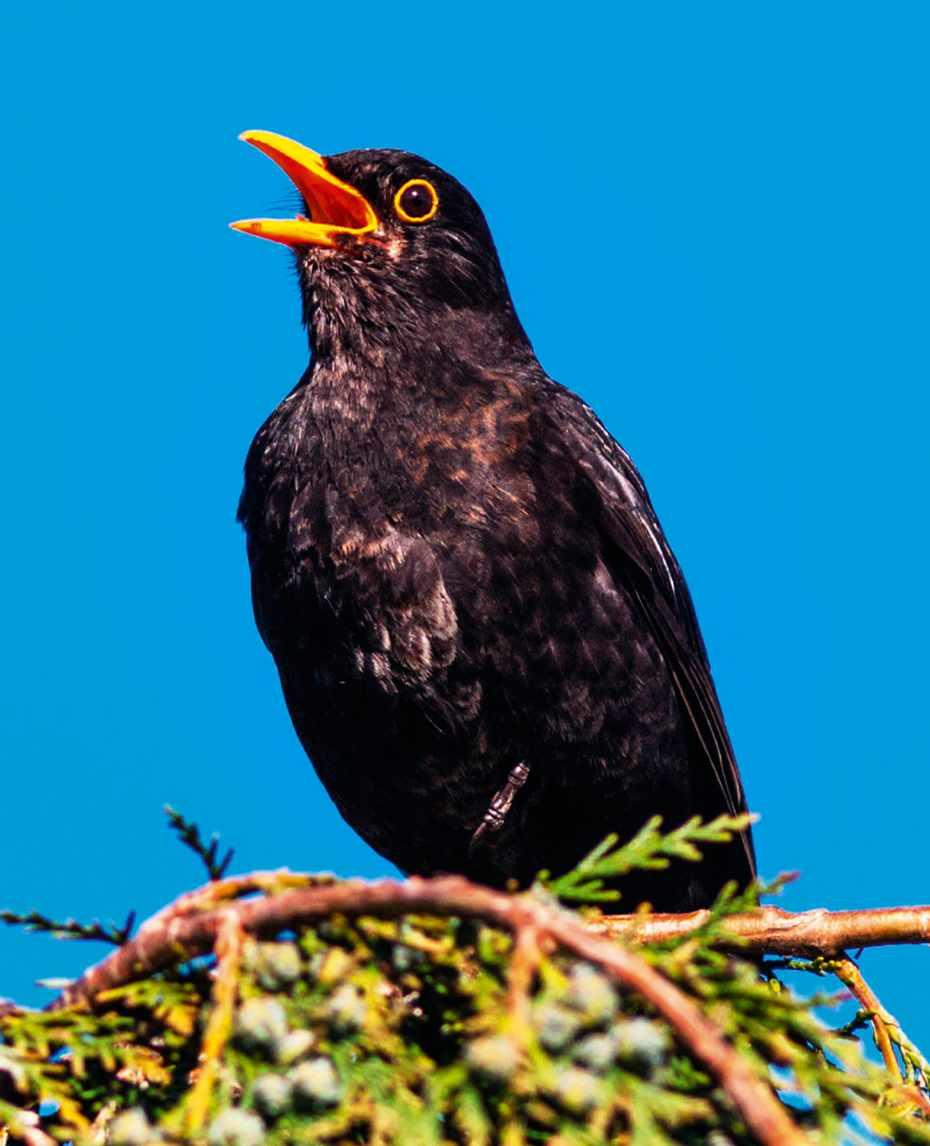

Star photo
Starlings
My husband and I spend hours watching the birds in our garden, and this year we’ve been blessed with many birds bringing their babies to feed in our garden. I call this photo ‘Sibling Love’, which is a bit deceiving really because Starlings are very feisty, comical birds! Only a few seconds after taking this photo, the one on the left gave its sibling a big jab with its beak and knocked it off the feeder!
Christine Henry
Send your wildlife photos to The
RSPB Shop bundle worth £250!
Our star amateur photo wins £250 to spend on anything at the RSPB Shop! From wildlifegarden ideas to homewares, books and even chocolate, everything is produced in the most sustainable and nature-friendly way possible, and proceeds go directly towards wildlife conservation. So treat yourself or a loved one, safe in the knowledge that you’re supporting both wildlife and sustainable, ethical businesses.
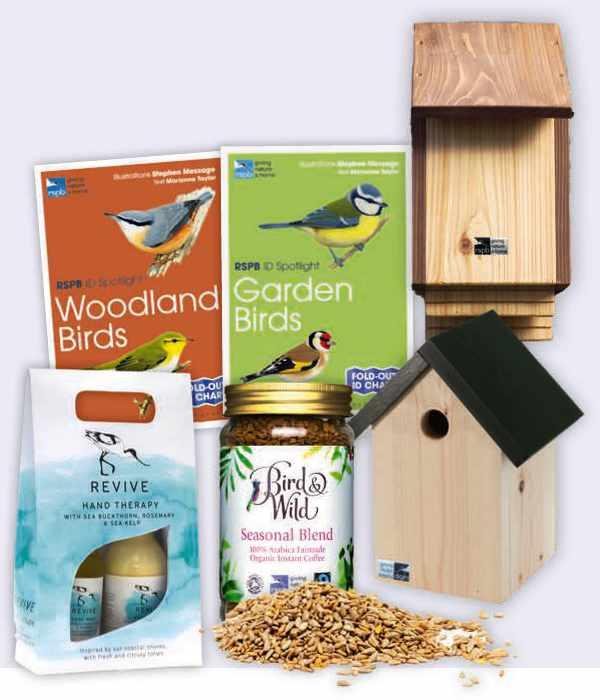
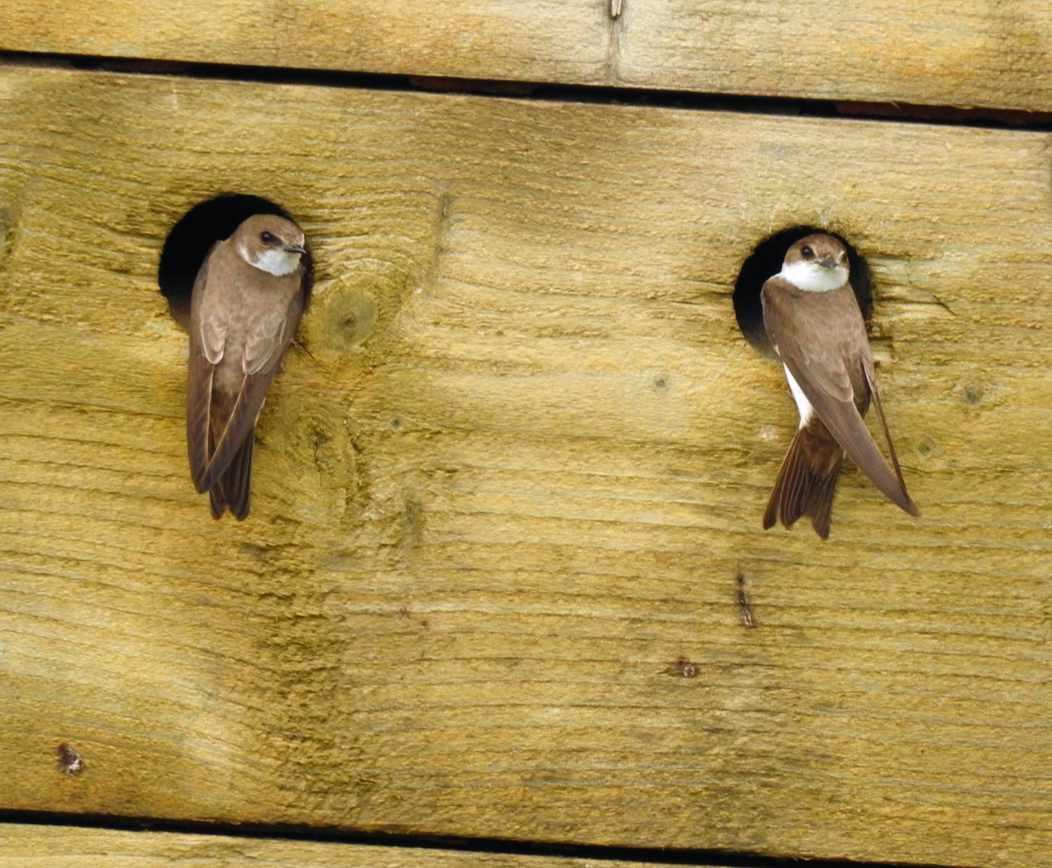
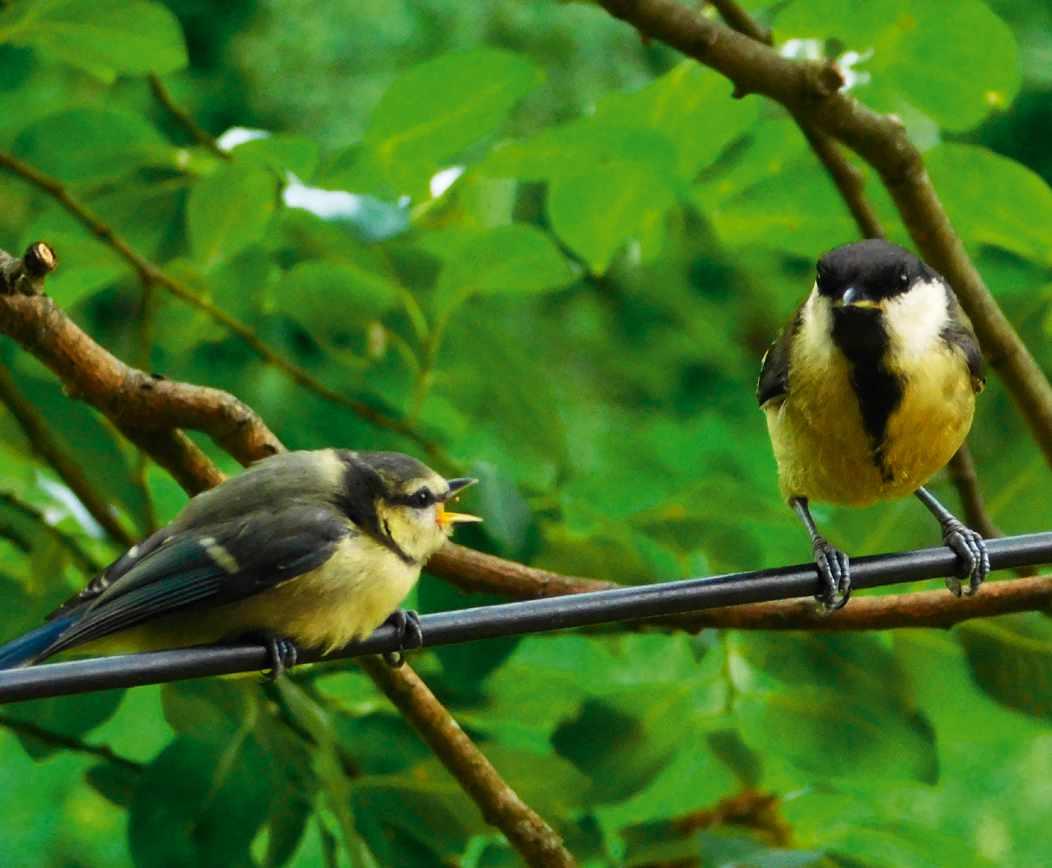
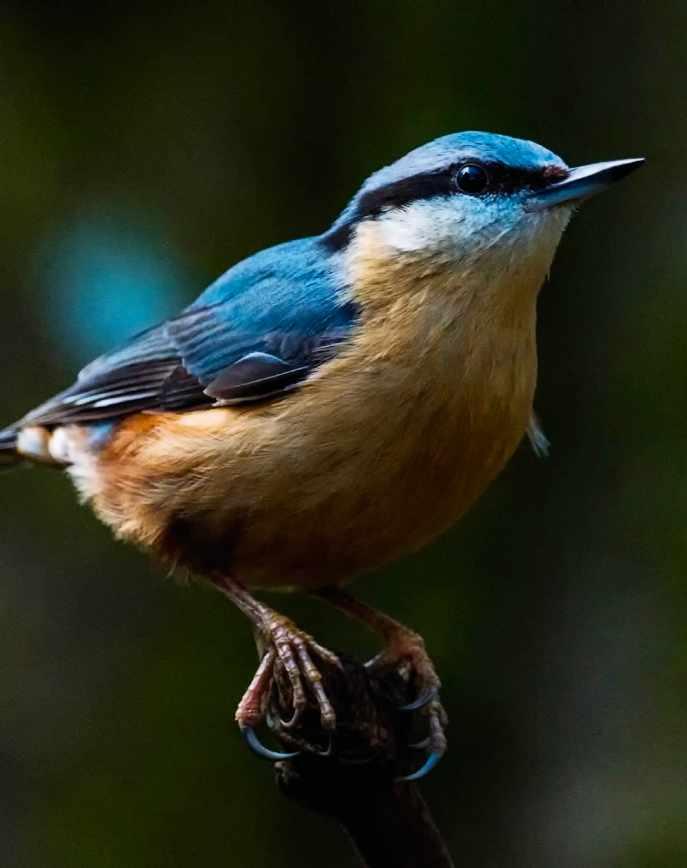
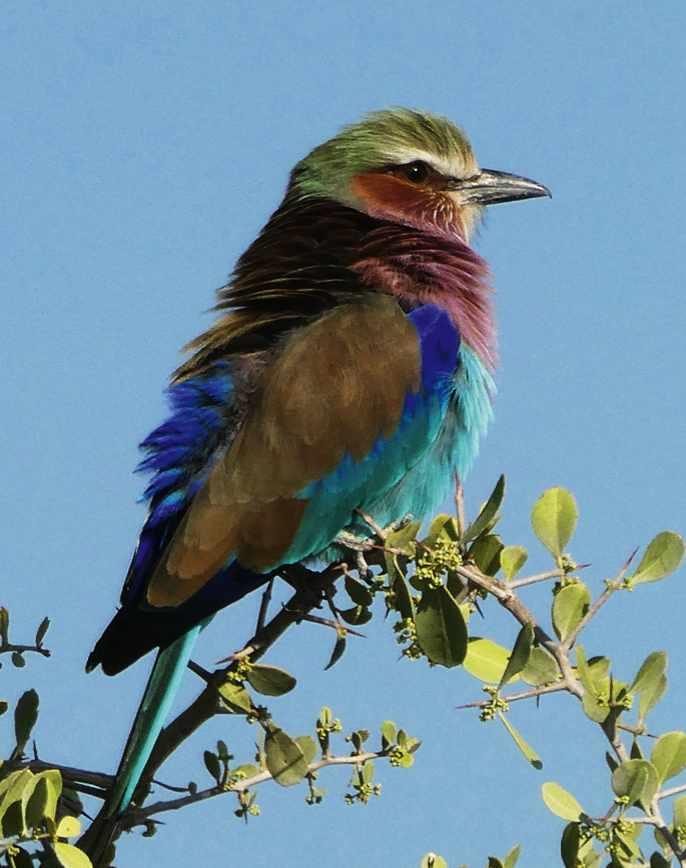
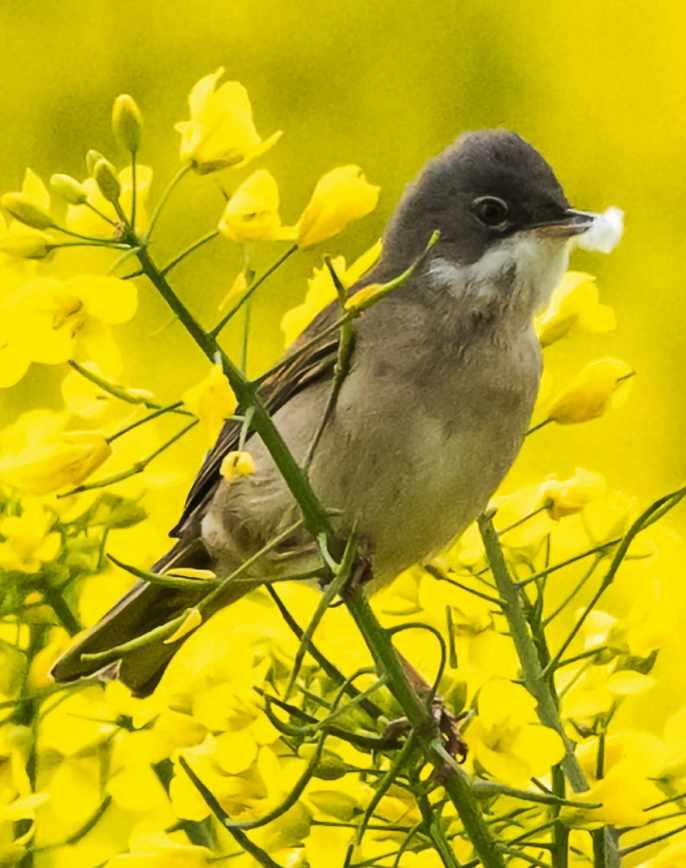
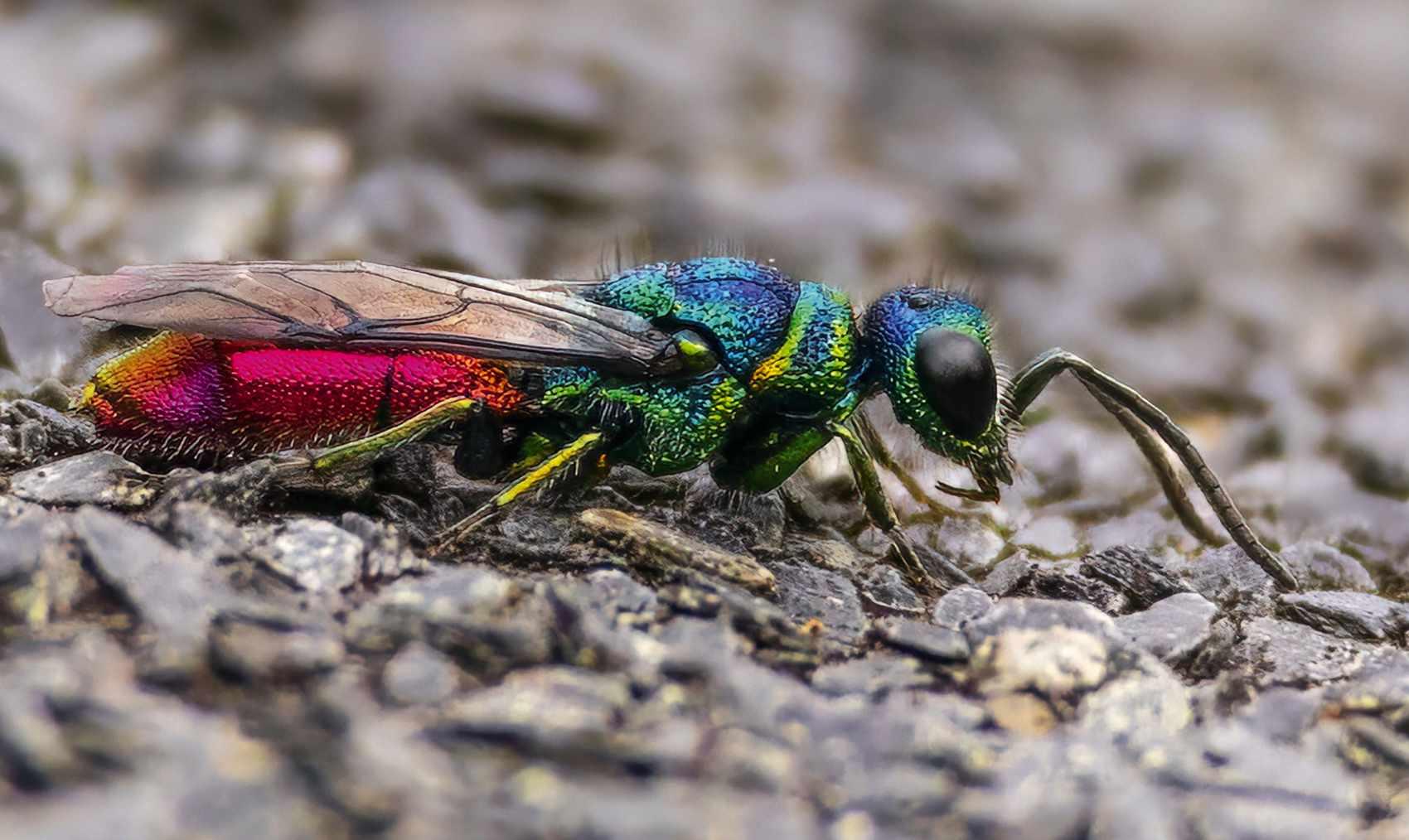
all the
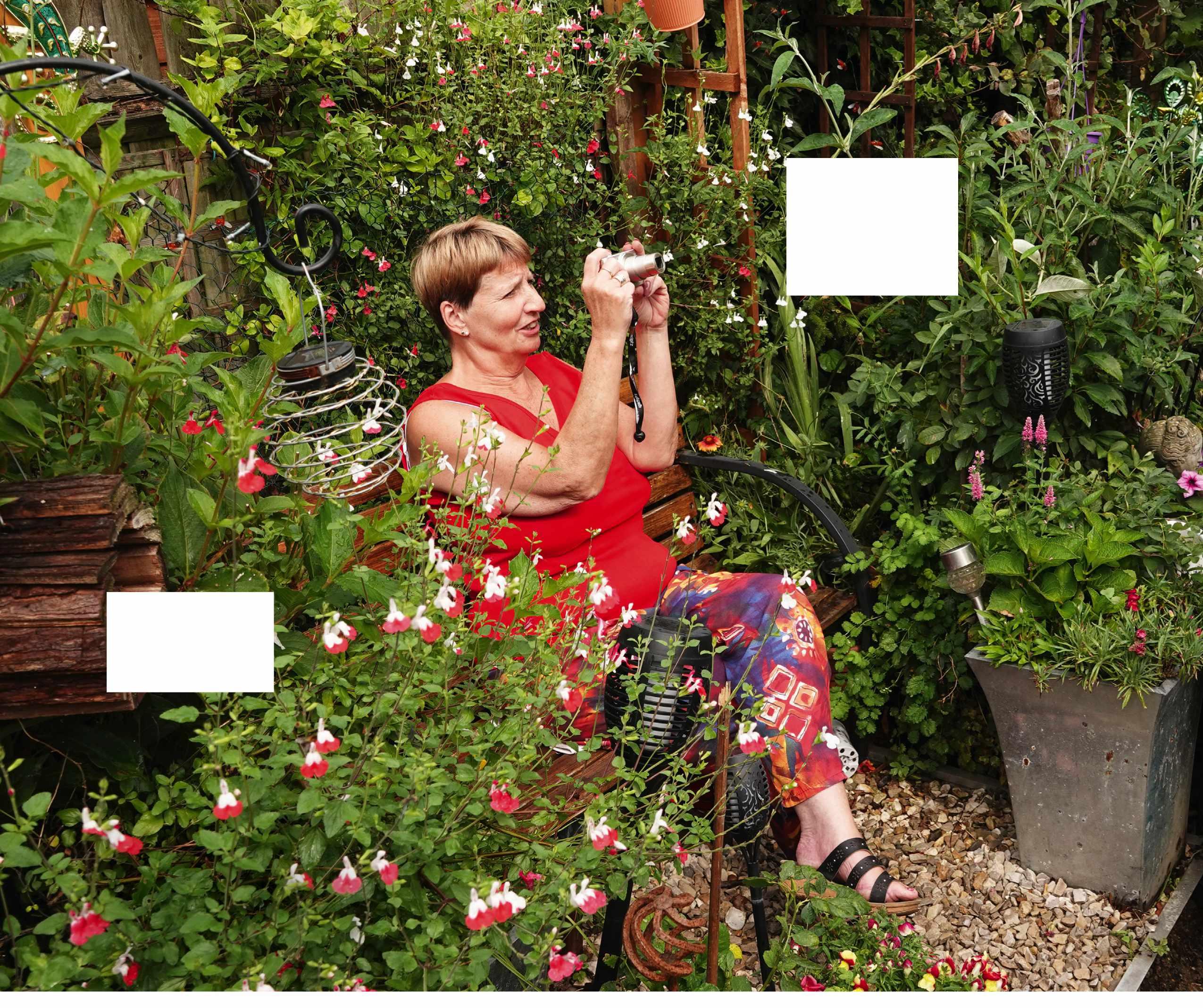
Adrian Thomas visits a joyous garden that packs an incredible punch for wildlife in a small space
Of all the gardens I have visited, none have been quite so full of birds as Babs’ garden in Sevenoaks, Kent. It is only three metres wide by 30 metres long, and is situated in a built-up area just off a main road, but on the August day I visited it was thronging with Blue Tits, Great Tits, Dunnocks, Nuthatches, Song Thrushes and more.
What’s more, most were incredibly tame. “I call them my crazy bunch,” Babs says. “They sometimes even perch on my head! There are so many I find it almost impossible to count them when the time comes for the Big Garden Birdwatch.”
Babs says. Yes, all the regulars are given names, and why not! There’s Champ the Blackbird, Winston the Hedgehog, even Ratatouille who is – yes, you’ve guessed it – a Brown Rat!
The first impression of the garden is of a lush green corridor, with a path that winds through the middle of shrubs and climbers that, in places, close in over the top of you. Walking up the garden is like a mystery tour.
what was happening. And I’ve just worked my way from there; it has all evolved.”
For Babs, it is all about filling every available space. She works in Sainsbury’s and brings home the unwanted plants from the store that have ‘died’, nurturing them back to life.
Prior to that, she was a landlady, and you can clearly see that instinct in how she attends to the needs of her garden customers. “Nothing will ever go hungry or thirsty in this garden!”
I wondered where her love of nature comes from. “I lived in Africa as a child where there was a simplicity of life. It meant you always had birds and nature around you. Gardening for wildlife? Share your achievements with adrian.thomas@rspb.org.uk
As we meander up the garden, a Robin comes and sits next to us. “That’s Pat,”
Yet it was just mud and gravel when Babs arrived here over 30 years ago. “The first thing I planted was the grapevine, and I then built the pergola. A friend put in some steps and I got a bench because I wanted to sit and watch
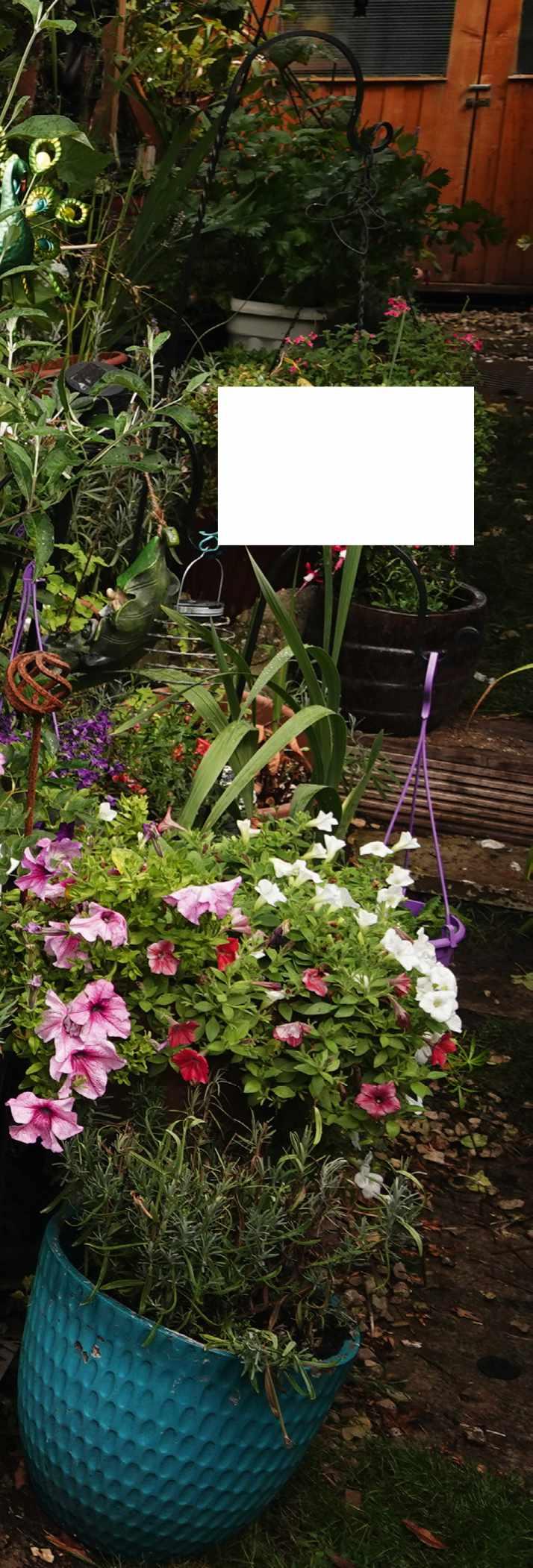
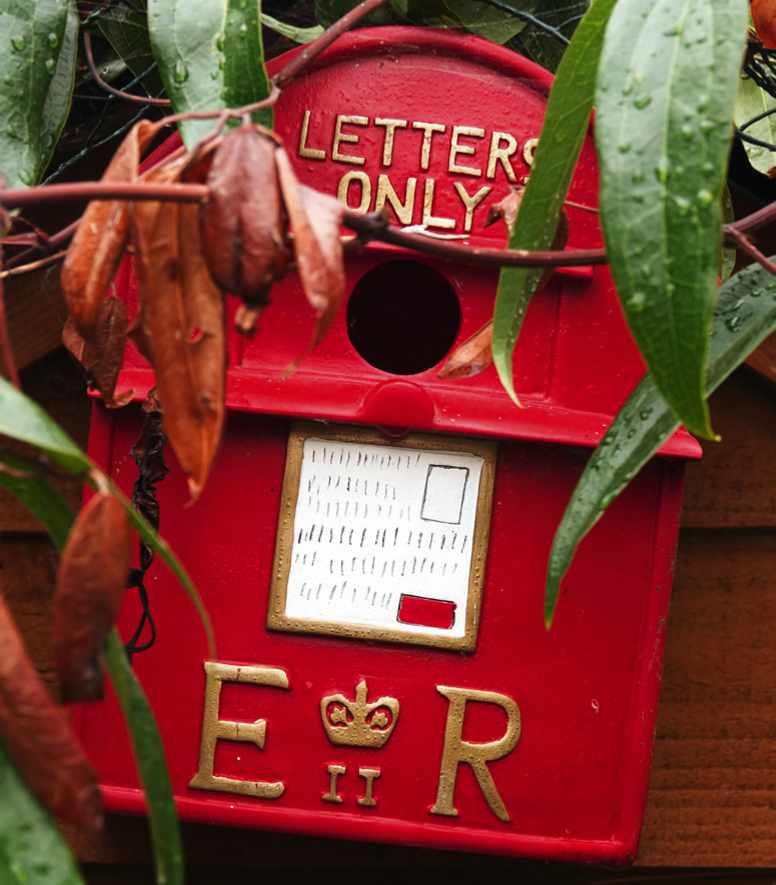
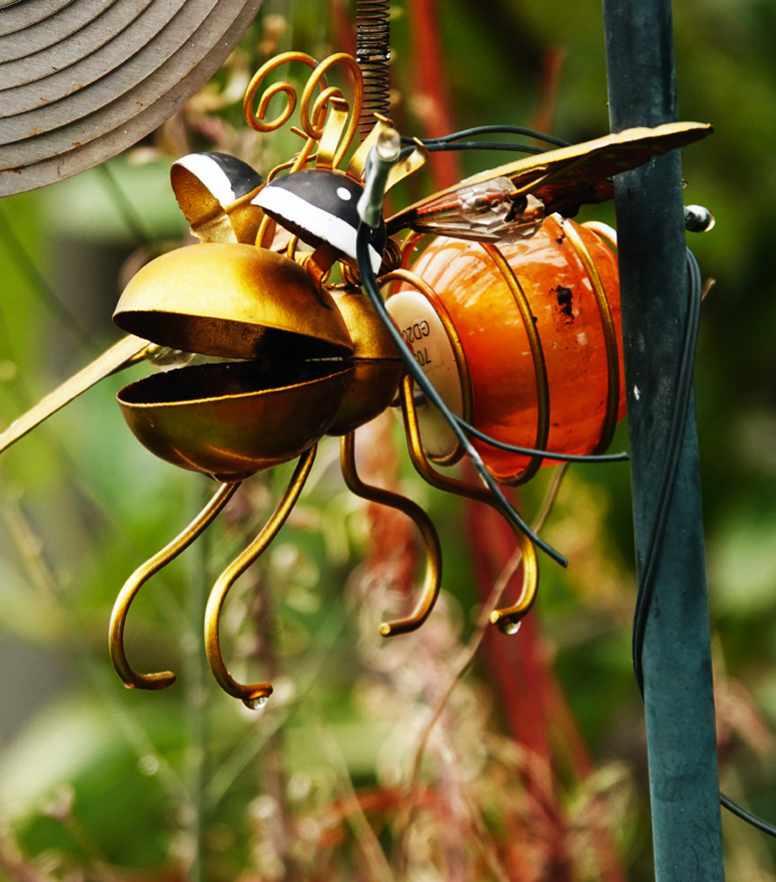
“When I came home, nature kept me sane. If you’re on your own, it seems to help. You can just sit and let it come to you. And you learn so much; how nothing can be taken for granted, and how important something as small as a worm or a wasp is.”
It was during the Covid lockdowns that Babs started to photograph what was happening in her garden and sharing it with her community on social media. It became quite a hit. “I see everything that happens in this garden – the birds, the bees, the babies! Everything here has its own character – it’s all so amazing. I’m out there all summer; you won’t find me inside.”
Many of the photos you see are taken from her favourite spot – her garden bench. “If I get really stressed out, this is my haven. Why would I need to go anywhere else?!”
1 Always start simple. Try strawberries, poppies and dianthus, which are easy to grow and don’t need a lot of care. Lavender is another must-have and is such a favourite with the bees.
2 I have water everywhere for wildlife. There are saucepans, pots and trays all over the garden. I always put stones in to provide perches for creatures to get in and out.
3 Keep adding plants to make your space as nature-rich as possible. I often think I have no more room for any more plants, and then I manage to find some!
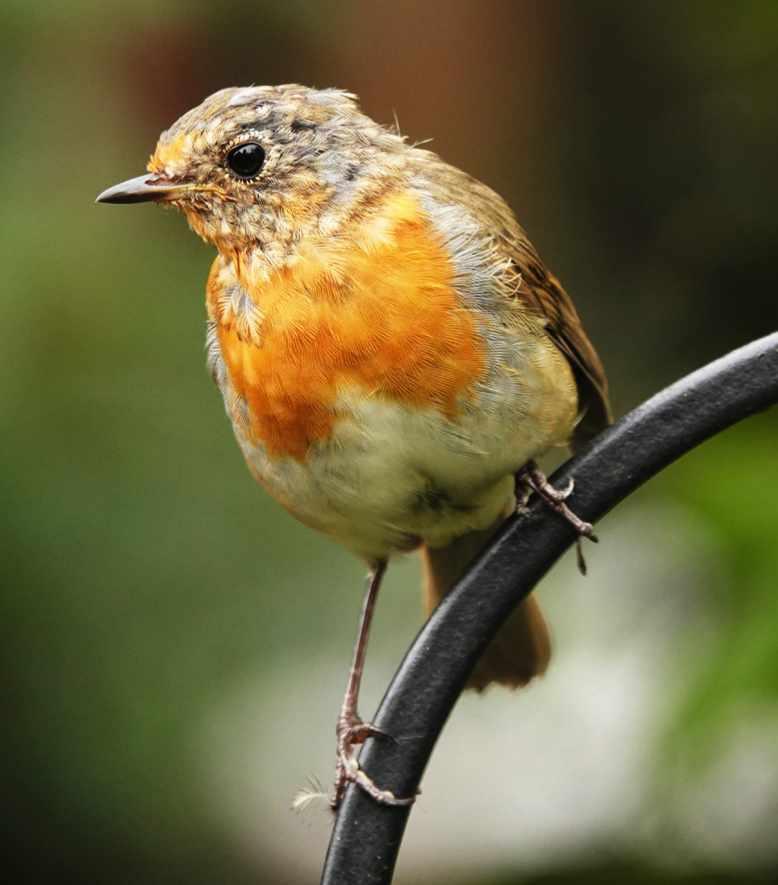
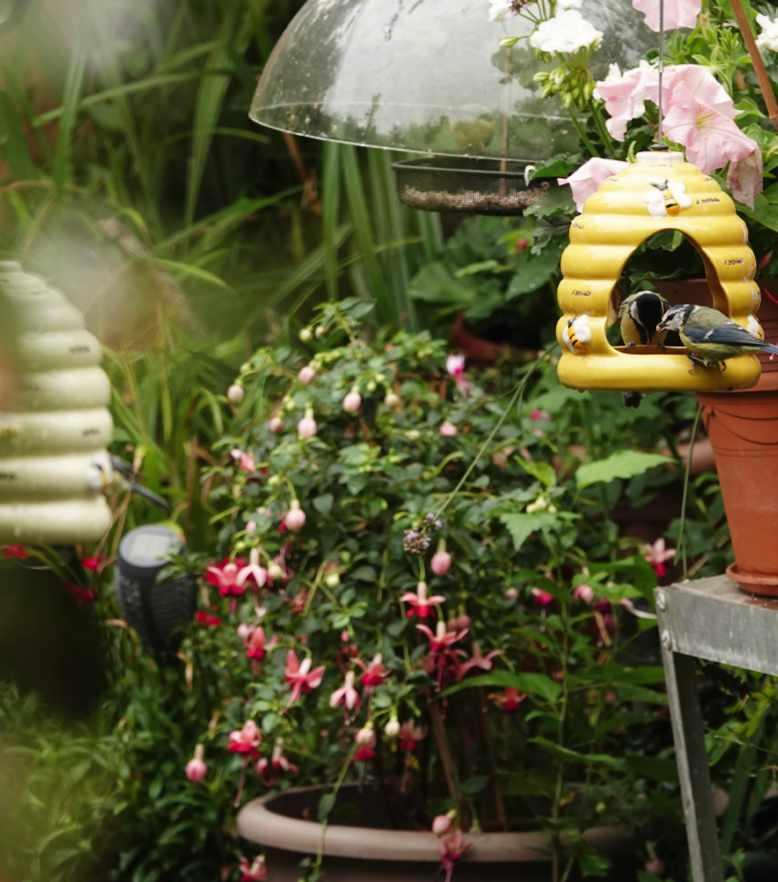
Above:
1. Babs has eight nestboxes for the tits, Robins and Wrens in the garden. Many are a little quirky, and all have been used
2. This is Pat the Robin, named after a favourite uncle. It’s one of this year’s chicks and not quite fully orange on the breast yet
3. A thread of wildlife fun and whimsy runs through the garden, such as this bee
4. The Blue Tits and Great Tits especially love the fly-through feeders. “They are always ducking and diving through the garden,” says Babs
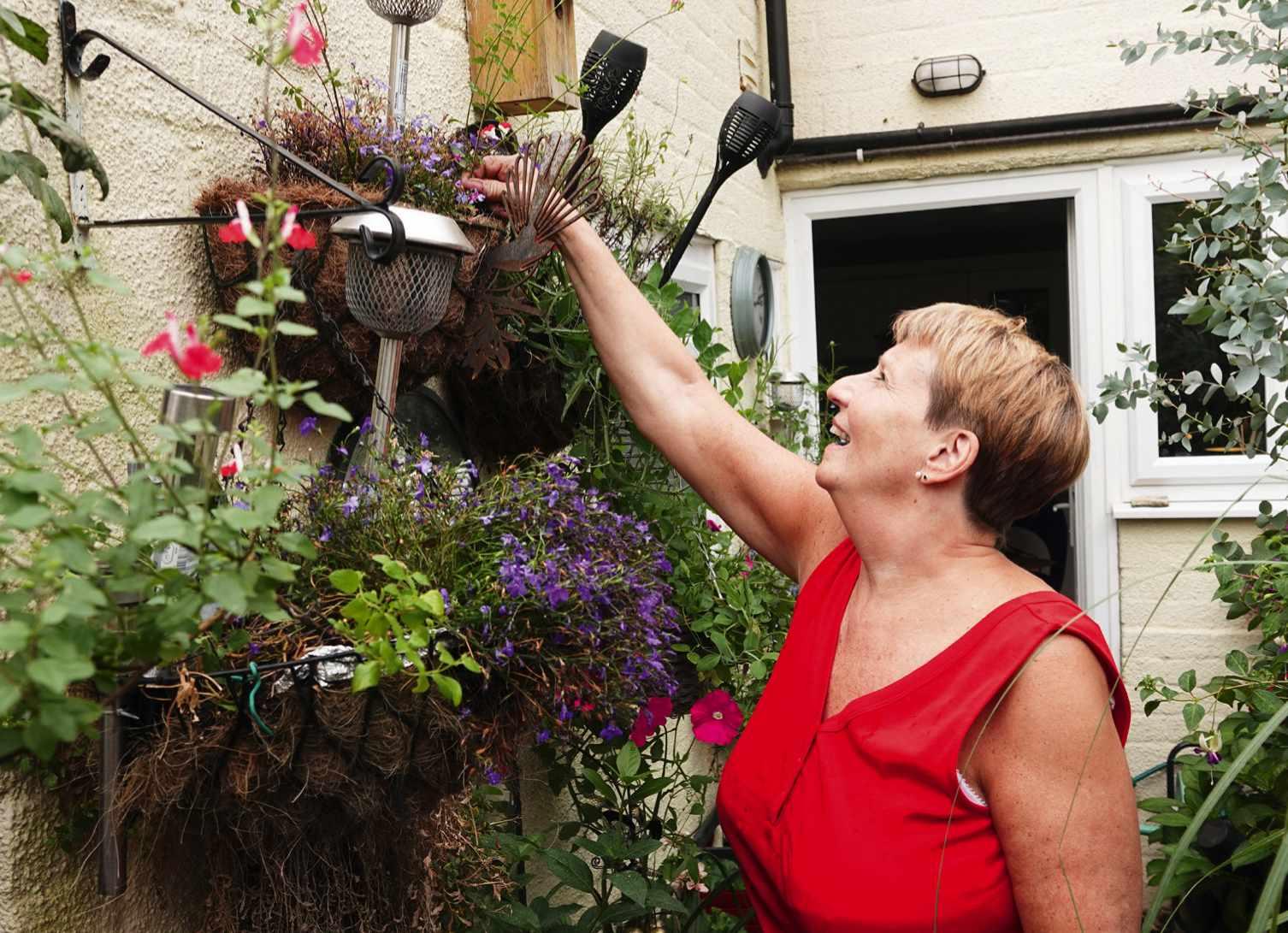
So many of Babs’ garden plants were created by the cheap and easy method of taking cuttings. All sorts of plants can be successfully propagated like this, and Salvia ‘Hot Lips’ is one of the easiest to try. Babs is so experienced she just breaks off lengths and sticks them in existing pots.
Using sharp secateurs, cleanly cut about a pencil length of non-flowering stem just below a couple of leaves.
As Babs ran out of space to grow plants and flowers at ground level, she realised that she needed to grow upwards.
She has found that this is especially beneficial to her birds: “They love plants with height. It is their starting point for coming down into the garden.”
You can achieve this in a garden with trees and shrubs, but consider planting climbers, too, which can wind their way up and through other plants and are great at cloaking fences and walls.
Natives include Honeysuckle, Ivy and Wild Clematis, but some garden climbers can be just as valuable such as climbing roses and grapes.
Remove the lower leaves, leaving just a few at the top.
Insert the stem down the side of a pot of gritty free-draining compost.
Keep watered but not soggy, in a bright but not sun-baked position.
It should start to root within weeks.
I now have two of Babs’ Salvia ‘Hot Lips’ cuttings growing happily in my garden and attracting hordes of bees!
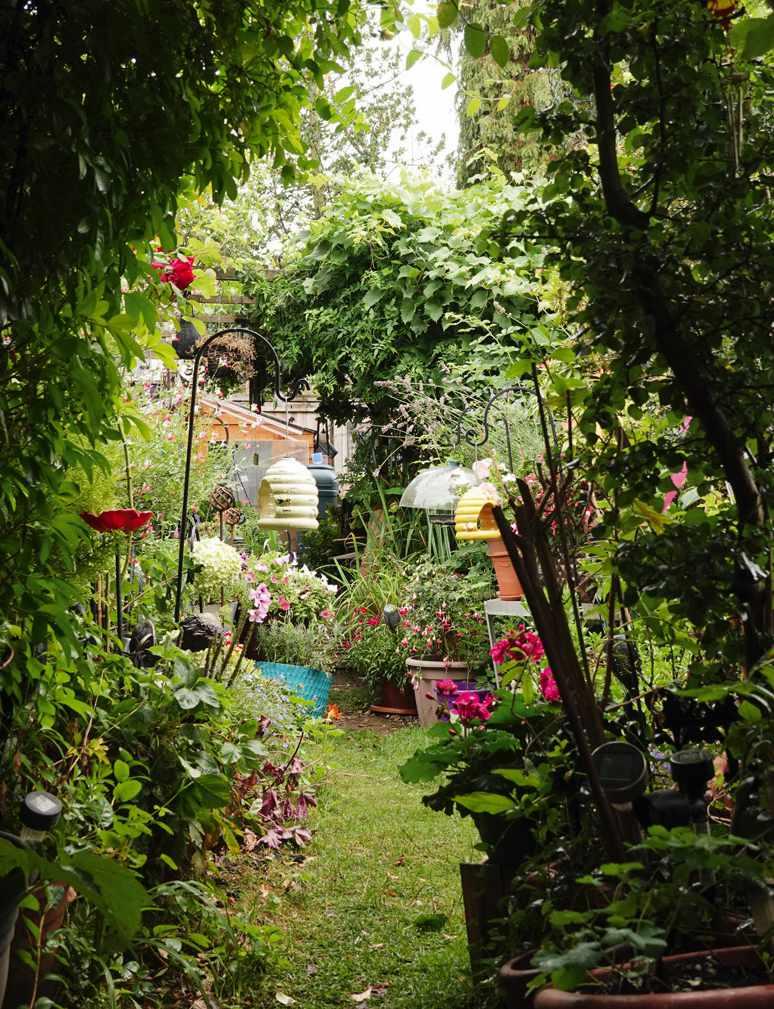
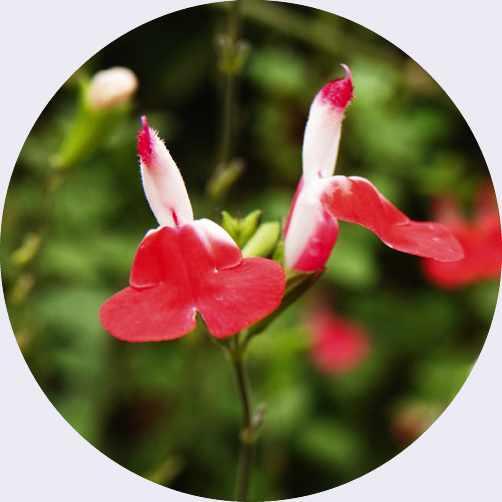
This is Babs’ favourite plant for wildlife because it is such a hit with the bees and yet is so easy to grow. And it looks –and smells – great, too!
Salvia x jamensis is a naturally occurring hybrid from north Mexico, but has been further cultivated to create a range of flower colours, including deep purples and rosy pinks.
‘Hot Lips’ is very popular because it has attractive, bi-coloured flowers, white with the lower petals a vivid lipstick-pink.
It grows into a low, woody shrub about 60cm high.
It is one of the hardiest of the Salvias, and will survive outside over winter in most places most years, although it is worth taking cuttings each autumn just in case.
It does best in a sheltered, sunny position in a freedraining soil. It is suitable for growing in large pots.
It benefits from a good water once a week in hot weather.
Nectar-rich flowers are borne from June right through until October.
Prune lightly in spring to establish shape. Deadhead to prolong flowering.

Five years ago, I moved into my husband’s lovely home, which had a rather neglected, large garden. Having lived and worked in London for 20-odd years, I really appreciated this space.
I’m amazed with what I have achieved. The overall result has come slowly, by focusing on one area at a time.
I started by planting a range of flowers and shrubs that would give colour and scent throughout each month. Easy wins included bird boxes, a
pond, log piles, wildflowers and a change of mowing regimes. Growing fruit and vegetables organically, companion planting and adopting a no-dig system also seemed straightforward. Making my own compost and using leaf litter had great benefits, too.
Wildlife highlights have included the Thick-legged Flower-beetle, lacewing larvae, empty cases of damselfly larvae, and the wonderfully named wasp Gasteruption jaculator. Fascinating!
Every month we have at least one flower or shrub that is joyously scented and a variety of insects. On summer nights, the garden fills with moths. What has been really special is the success of growing winter food for birds. For the first time I have spotted Goldfinches eating the echinacea, rudbeckia and aster seed heads.
I will continue to look for more ways to make a difference.
Samantha Lewin-Mearing
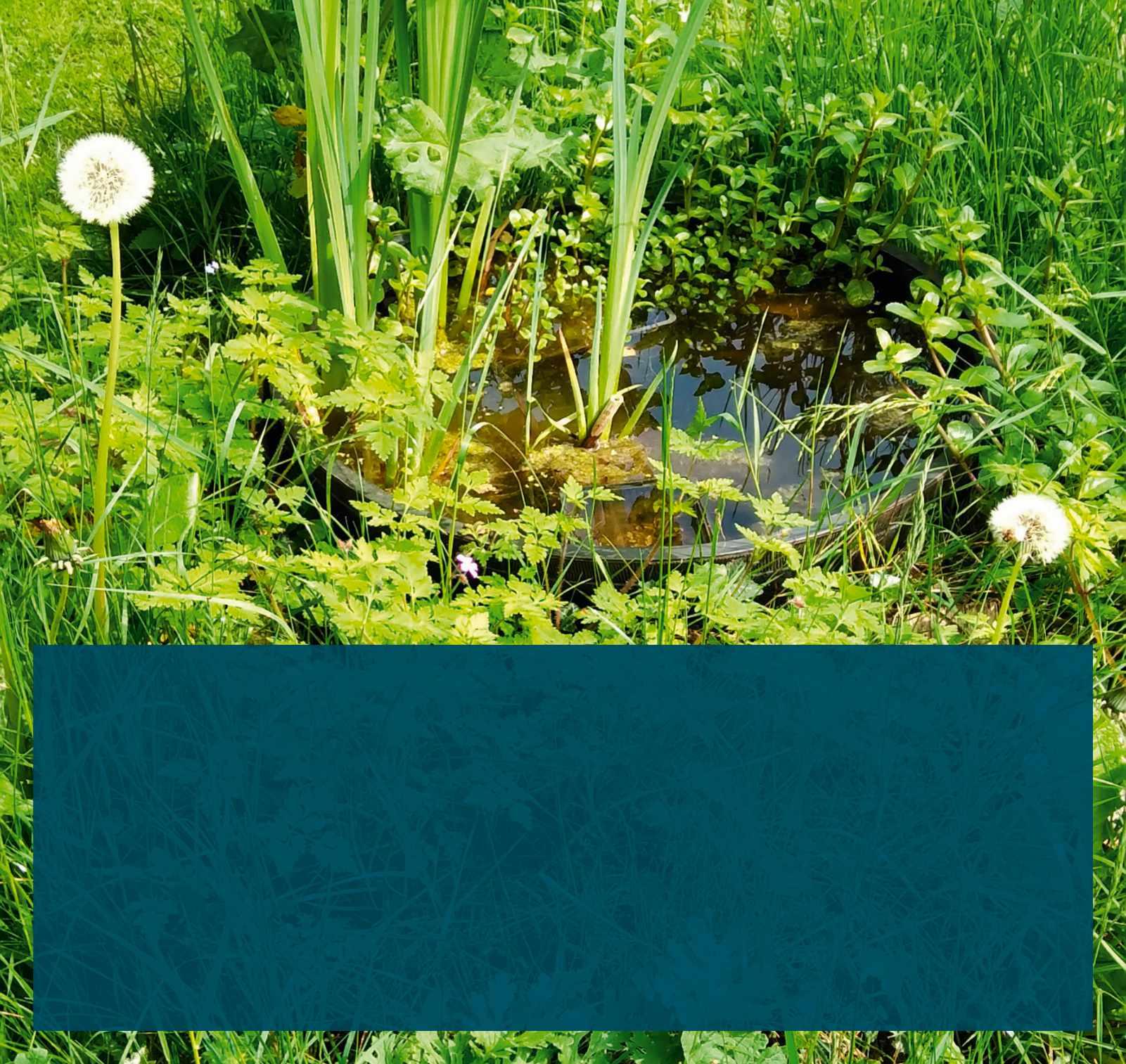
I thought I would share with you our attempts at helping wildlife in our garden. We have a bug house, Hedgehog feeding house, dead hedge, feeders and flowers. The pond is a plastic half barrel slightly sunken into the ground, where we’ve let the grass grow around it and added Primroses and Forget-me-nots.
Sat in the garden listening to bird song, watching Buzzards and Red Kites above, and butterflies, bees and other insects fluttering and buzzing around is so enjoyable and relaxing. There’s always something to look at.
Karen
Gardner, Sleaford, Lincolnshire
Nature on Your Doorstep is our flagship project, engaging as many of you as possible with helping wildlife in your outside space, whether that be a garden, balcony, window box, allotment or community project. Check out our webpages for advice and inspiration, and start your journey with us here: rspb.org.uk/ natureonyourdoorstep Start your journey
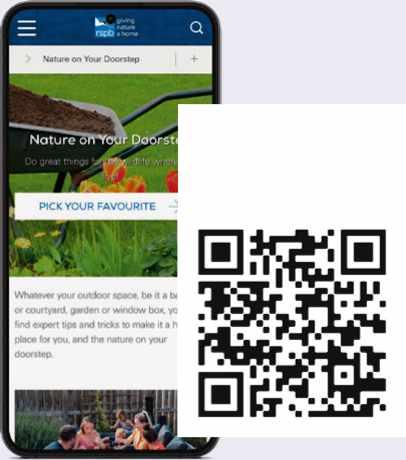


Questions answered by India James, Siân Denney and Molly Brown, RSPB Wildlife team Ask us about wildlife at YourQuestions@rspb.org.uk
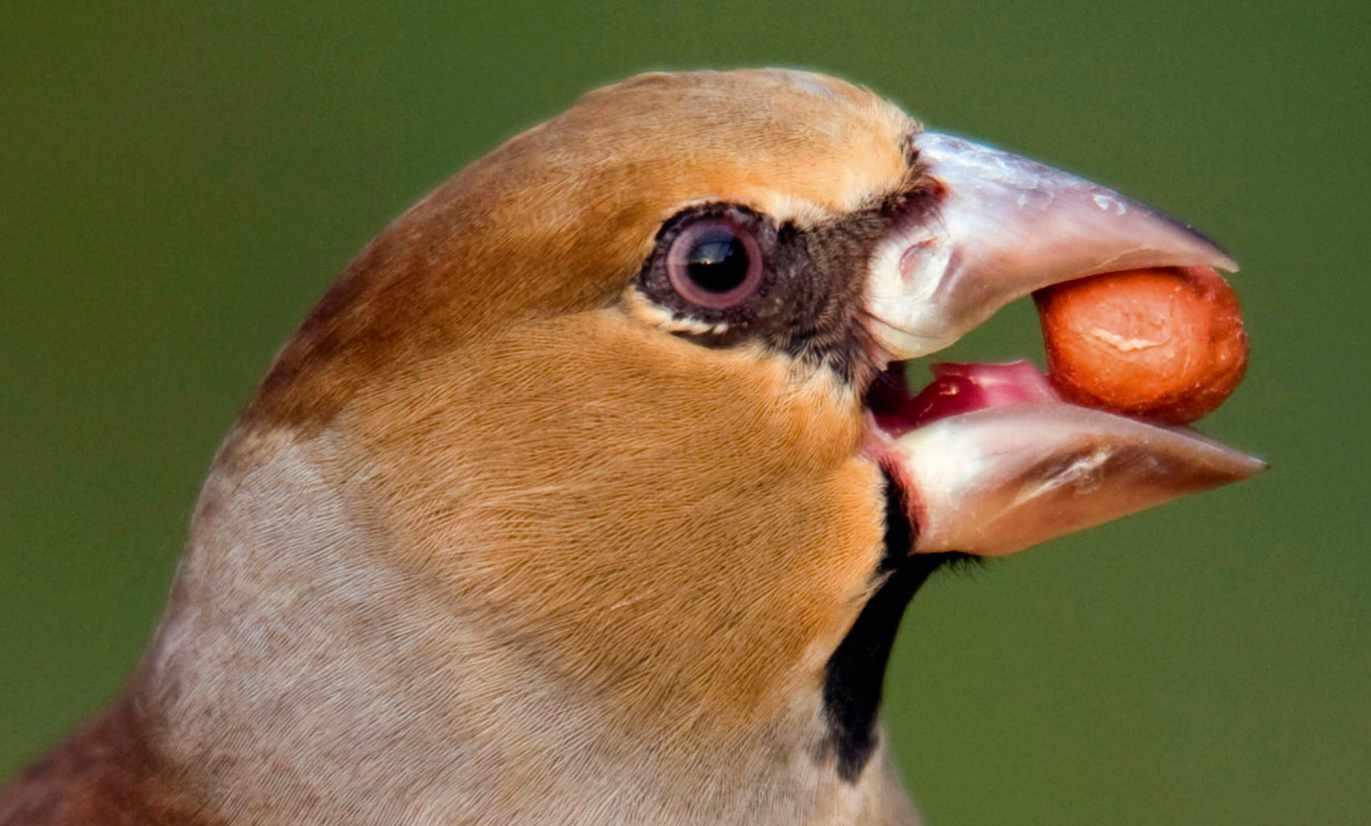
Kaitlin Parker
Hawfinches’ massive bills are adapted to break large seeds in order to extract and eat the nutritious kernel inside. The seed is first extracted from the fruit by the Hawfinch turning the fruit in its bill and peeling off the pulp against its lower mandible. Next, the bird cracks the seed open in its powerful beak, positioning the seed cleverly so that the two halves of the outside of the seed fall away, allowing the contents to be swallowed whole. The serrated structure of the inside of its beak allows this bird to tightly grip onto the seed and exert a considerable force to split it – Hawfinches’ jaws can exert a pressure of over 150 pounds per square inch (around a thousand times its own weight)! Learn more on page 18.
Which is which?
Bewick’s and Whooper Swans are winter visitors to our isles. They both travel all the way from the Arctic; Bewick’s arrive from Siberia around October and leave again in March, and from late September Whoopers are present here, returning to Iceland in April. Both species have yellow and black bills, making them quite difficult to tell apart. Size is the key feature to look for, as Bewick’s are the UK’s smallest swan. Here are some key differences to help with identification.

Allen Stephens
This is Jelly Ear fungus. It is fairly common in the UK and can be seen throughout the year in shady areas, growing off decaying branches. Jelly Ear fungus grows in clusters on hardwood such as Elder, Beech, Sycamore and Ash. Like their name suggests, they look remarkably similar to ears; the lobes first appear cup-shaped, with their upper surface velvety and their lower surface wrinkled and shiny. They are pinkish-brown in colour and can grow up to 10cm across.
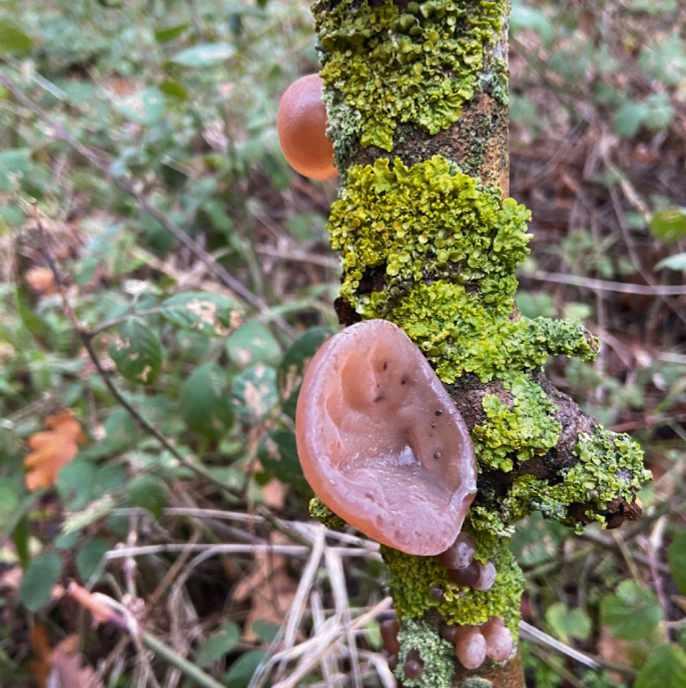
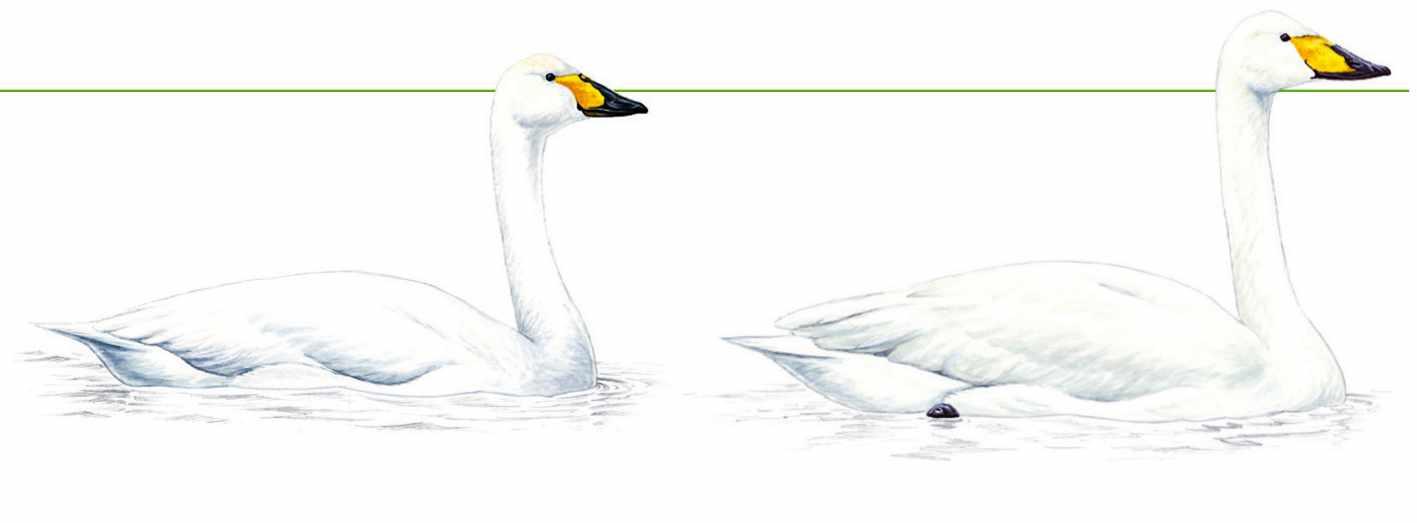
Bewick’s Swan:
• Smaller in size than both Mute Swan and Whooper Swan
• Shorter and straighter neck
• Slightly curved bill
• Yellow on bill does not reach nostril
• Honking call with a higher tone than a Whooper
Whooper Swan:
• Large in size, similar to that of a Mute Swan
• Longer neck with a slight curve
• More slender bill, with a straight slope
• Large ‘wedge’ of yellow which reaches nostril
• Honking call with a deeper tone than a Bewick’s
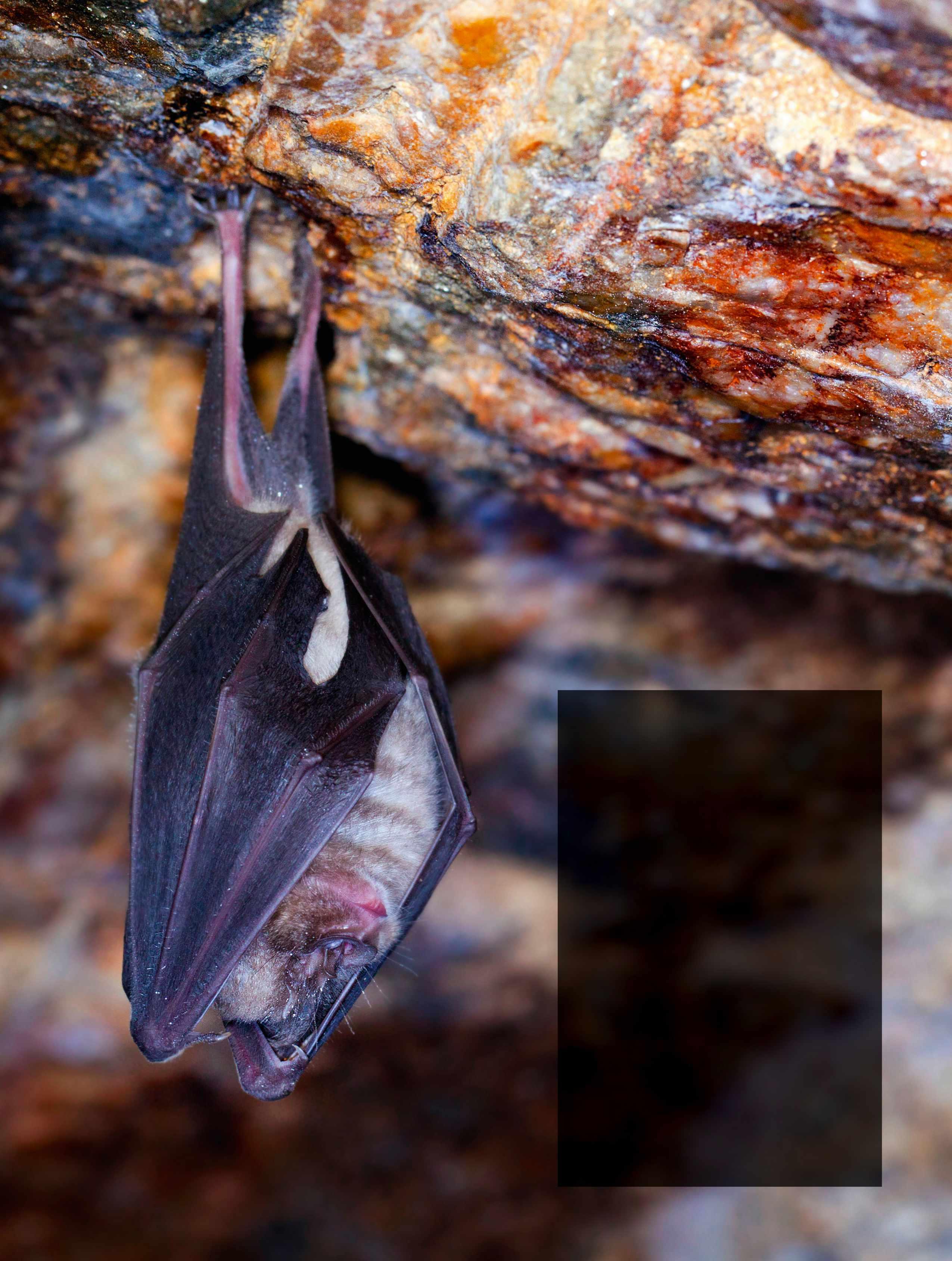
you
Although we consider spring as the mating season, bats don’t start mating until autumn! At this time of year, they are on the hunt for mates, and males use special calls to attract females. They also use this time of year to eat large amounts of food, building up fat reserves. By early winter, they select hibernation sites and start experiencing longer torpor (when their metabolic rate temporarily slows to conserve energy). This sluggishness turns to full-blown hibernation by December. They are usually found in caves, trees or abandoned buildings and hibernate until late February. By spring, their fat stores have depleted so they’re in desperate need of finding food. By early summer they are strong enough to give birth and care for their young.
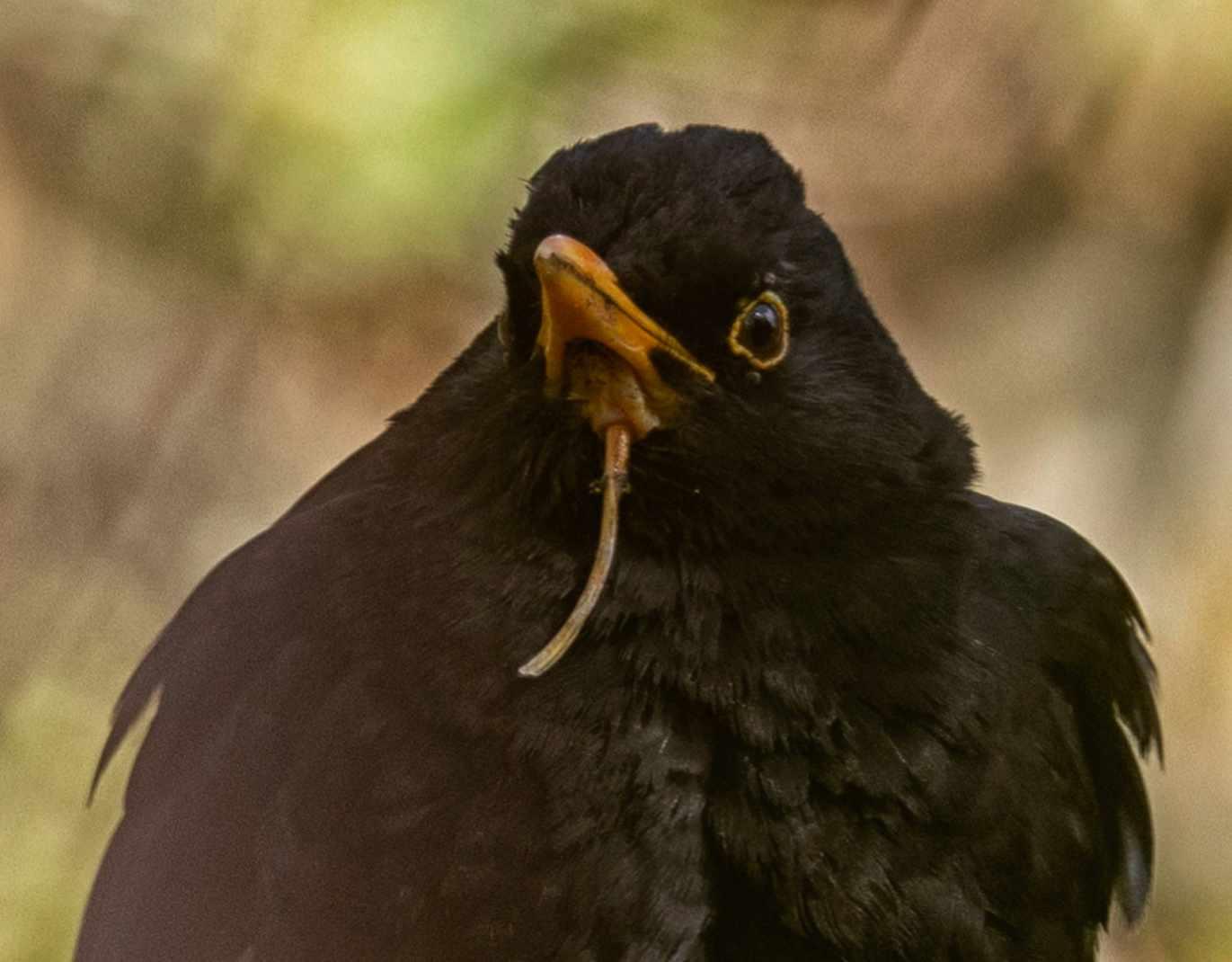
I was birdwatching and spotted this Blackbird – do you know what is wrong?
This is a rare condition called oral fistula and is where the skin and muscle of the lower mandible are missing so the tongue is permanently outside of the mouth. While we might expect this to compromise a bird’s survival, the adult Blackbird in your photo suggests it is faring well despite the abnormality and is still able to feed and swallow properly. Due to its very limited occurrence, there is very little research about this abnormality, and potential causes are therefore currently unknown.
Once the nesting season is over and our garden birds have fledged their chicks, it’s always a good idea to clean out your nest boxes.
1. Open box and remove old nesting material
2. Pour in boiling water to kill remaining parasites
3. Allow the box to naturally dry and then replace the lid
4. Return the box to its original position and leave it empty ready for next year.
It is important that flea powders and insecticides are not used for cleaning nest boxes due to the potential harm this can have on birds and other wildlife. However, you can leave a handful of clean hay or wood shavings since the box may be used during the autumn and winter months for roosting purposes.
What is this bird I saw in my garden?
Eileen Hodder
What a stunning photo! This is a melanistic Blue Tit. Melanism is a plumage abnormality whereby the amount and/or distribution of dark-coloured melanin pigment is often elevated. This alters the bird’s feather colour so that they appear much darker than usual. The abnormality can be seen across many species, but interestingly, the highest number of cases are often observed in Great Tits and Blue Tits. If interested, you can report these sightings to the British Trust for Ornithology (BTO) via their Abnormal Plumage Survey since this helps monitor species affected.
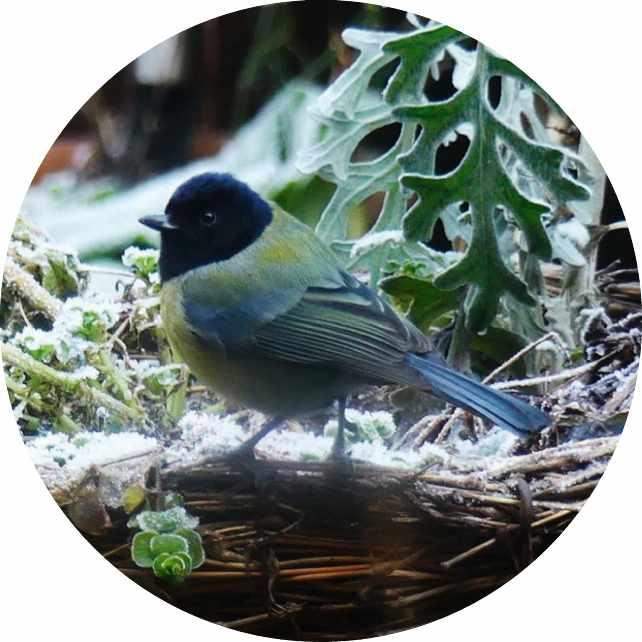
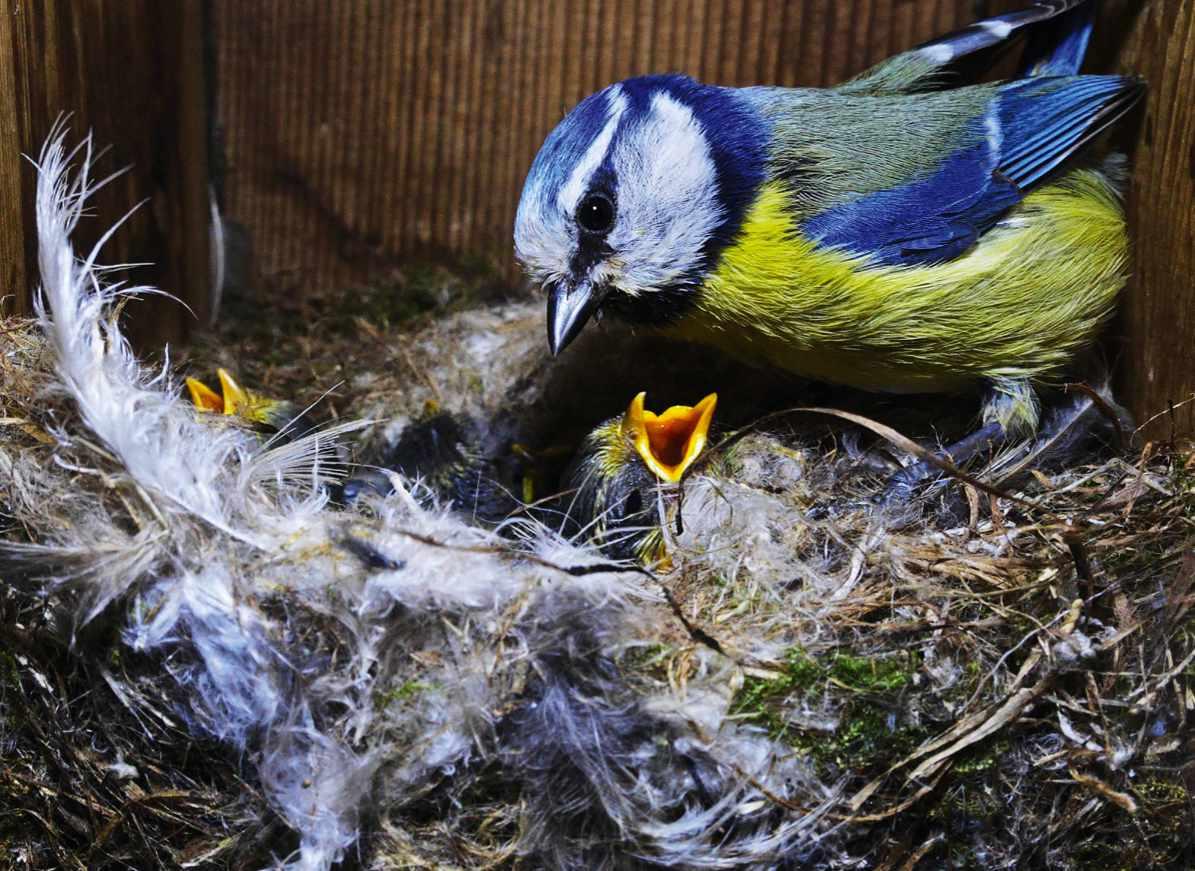
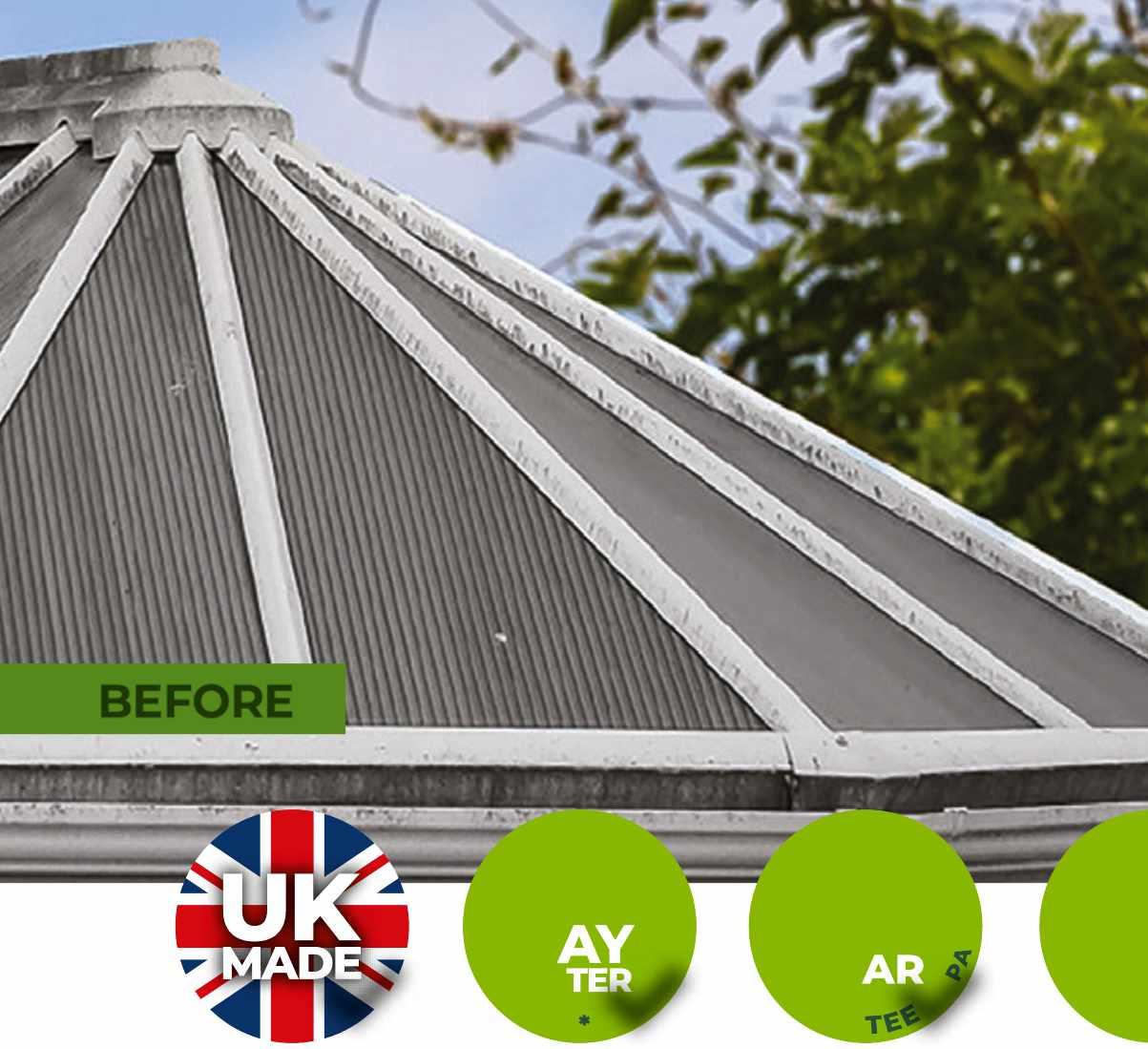
your


2 FREE PANELS *QUOTE BIRDS1023
WARMER INWINTER
“Thereisnodoubtthe conservatoryis muchwarmer, andnotdarkereither!”
DavidBirch, Chichester
TRANSFORMEDCONSERVATORY
“We’resoproud ofour transformedconservatory thatwehaverecommended GreenSpaceto manyofour friendsandrelatives.”
MrandMrsDavies Somerset

COOLER IN SUMMER
“Youcouldhavefriedan egg on the tablein therein the summer,Inowlook upon the conservatoryasanewroom. Itis quiet,restfulandcosy.”
CarolDoyle, Surrey
REDUCES ENERGYBILLS
“I’vealready turnedthe underfloorheatingdown. Lovelyjob guys,thankyou!”
AnneBird, Bristol
QUIETER INBADWEATHER
“For thefirst timewedo nothavetoclosethedoor totheconservatorywhen itrainstoheartheTV.”
Mr & MrsBailey-Webb, Warsash
“What adifference aday makes andyes,that’s all ittookto install.”
Mr&MrsBarber,Wells
There’s hope for the future – but only if we all play our part. Jamie Wyver shares how
he birds
in our gardens
don’t follow
human rules.
They don’t care one bit about policies and legislation. But when these rules and regulations cause them harm, nature needs passionate people to campaign for change.
Campaigning is a crucial part of the RSPB’s ‘toolkit’ for saving nature. In fact, the RSPB has always been a campaigning organisation, founded by Victorian women in response to the use of birds’ plumage in fashion. Emily Williamson, Eliza Phillips, Etta Lemon and their supporters were determined to stop this trend from driving birds such as the Great Crested Grebe, egrets and birds-of-paradise towards extinction. Their campaign led to the Importation of Plumage (Prohibition) Act 1921. But the campaigning didn’t stop there. Even before the first ever RSPB nature reserve came into being in 1929, the charity prosecuted a company whose vessel had spilled oil on the Welsh coast, and successfully lobbied for eight new Acts of Parliament to control pollution and protect wildlife.
The RSPB creates and restores habitats, and inspires people to make their own green spaces nature friendly. This can be incredibly effective in slowing the declines of some species. But to tackle the huge extinction-driving issues our natural world is facing, such as the climate crisis, habitat loss and disturbance, we must also think big. Really big.

And that means talking to people who make the laws of the land. This could mean working alongside them to make things right, or lobbying them for change. Sometimes, the RSPB needs to be ‘political’, although it cannot and does not support a specific political party. Instead it takes a balanced look, supporting the policies and positions taken by different parties and government that could make a positive difference for wildlife and our wild places. Charity regulation recognises that campaigning like this is often essential for charities to achieve their mission. The charity’s representatives meet with politicians of all major parties and ministers in all governments across the UK.
“Campaigning is a key aspect of the RSPB’s conservation repertoire,” says Alice Hardiman, RSPB Director of Campaigns and Mobilisation. “It works.”
In 2021, England became the first country in the world to have a legally binding target for the recovery of nature. The RSPB played a leading role in campaigning for this landmark, via a coalition of over 60 environmental non-governmental organisations (NGOs), supported by over 200,000 people. This public pressure secured an amendment to the Environment Act, introducing a binding duty to halt declines in species by 2030. The Act also established long-term targets for air quality, biodiversity, water and waste in England. We secured an Act with the potential to help tackle the crisis our natural world is facing and put our wildlife on a path to recovery. Without campaigning, without your support, we couldn’t have achieved this crucial goal.
The RSPB, along with other nature charities and the public, responded powerfully to last year’s

’While national charities should get involved, local people play the most important role’
Attack on Nature by the UK Government. Over 100,000 people wrote to their MPs demanding a rethink of the policies around investment zones, nature-friendly farming and nature’s protections. There was a swift U-turn, but many threats remain. here was a swift U-turn, but many threats remain. Marches and media
The term ‘campaigning’ evokes images of people marching with placards. And the RSPB has certainly marched. Part of the charity’s contribution to The Climate Coalition partnership has been helping to organise many of the marches, rallies and lobbies of Parliament that have happened under their banner. This included ‘The Wave’ in 2009, which saw over 60,000 people march to Parliament, and the Global Day of Action for Climate Justice during COP26 in Glasgow in 2021, which brought 100,000 people onto the streets.
While marching can be an effective way of getting your point across, campaigners have many techniques to choose from. Both traditional methods and social media can get a message out to millions, inspiring others to lend their voice, as the RSPB has proved in recent years. In the run-up to the 2015 General Election, our campaign Vote for Bob aimed to get the public asking their politicians to put nature back on the political agenda. Fronted by Bob, a Red Squirrel, and his entourage of animal friends, the campaign garnered the support of over 120,000 people including 500 politicians, thanks in no small part to social media.
Sometimes campaigns promote hope, inspiring people to fight for a better future. The RSPB’s Let Nature Sing campaign in 2019 filled public and private spaces with a special version of the dawn chorus. And even got birdsong into the music charts! Or they can highlight what’s going wrong and how it will impact nature and people. Revive Our World, the RSPB’s campaign in 2021, included pop-up Inconvenience Stores, which revealed a shopping experience in a dystopian future where nature’s recovery wasn’t secured.
At times, the fight for nature can be frustrating. In August 2023 that frustration led to a situation where the RSPB inappropriately posted an attack on individual people, rather than the policy that the UK Government were putting forward. Ministers were seeking to remove Nutrient Neutrality rules, which help protect our rivers and estuaries from water pollution caused by housing developments while allowing homes to be built. We stand firmly against this removal, and stand by the need to be bold in calling broken promises out. But the way we
communicated this fell below the standard we set ourselves, and for that we swiftly apologised. We’ve learned valuable lessons, which will help us to continue to campaign vigorously on behalf of nature and speak truth to power in the right and most effective ways possible in the coming years.
Your words have power
Whether it’s a local campaign to save a wildlife site or a UK-wide response to a threat to nature, your voice really can make a difference.
Living near a site at risk of development, Donna Zimmer was able to document its wildlife and take photos, as well as liaise with journalists and show stakeholders around. She says that while national nature charities should get involved in local campaigns, it’s local people who play the most important role. Donna feels that regional councillors and politicians are often more willing to speak to individual locals: the constituents who they have been elected to represent. She is currently campaigning to protect some of her local nature havens from development. These include Swanscombe Marshes in Kent, which is threatened by plans to build the London Resort theme park.
Naturalist Josh Styles says that if you have a concern: “Instead of grumbling about it, actually try and reach out to people and speak to people.”
1. Donna Zimmer is working hard to protect local habitat from development
2. #TheTimeIsNow was a mass lobby in 2019, calling on politicians to set the foundations for a greener future
3. Josh Styles campaigns to defend rare habitats
4. Let Nature Sing campaigners wore intricate wooden bird head helmets
Worried about the planned mowing of plant-rich verges in Liverpool, he contacted the local council and MP to ask for the work to be delayed. Josh was pleased to find that they were supportive and the plantlife, including Pignut and Pyramidal Orchid, bloomed and looked wonderful! Now he is campaigning to defend rare coastal dune habitat at Hoylake Beach, on the Wirral peninsula. Some local people and politicians are keen to remove plants from the dunes to extend the sandy area of the beach. But Josh and other conservationists argue that the habitat is vital for plants and animals. Country-wide campaign success can take longer, and for this you need to build support. The Northern Ireland Climate Act has been a goal for environmentalists for some time. Northern Ireland
5 minutes: Sign an online petition
10–30 minutes: Personalise an e-action, for example with local information, for an elected representative such as an MP
30 minutes–1 hour: Draft a complete letter to a decision maker
1 hour–1 hour 30 minutes: Prepare for, and either call or have a meeting with your MP
3–4 hours: Join a climate march, rally or mass lobby
As long as you like: Craftivism – from knitting to origami!
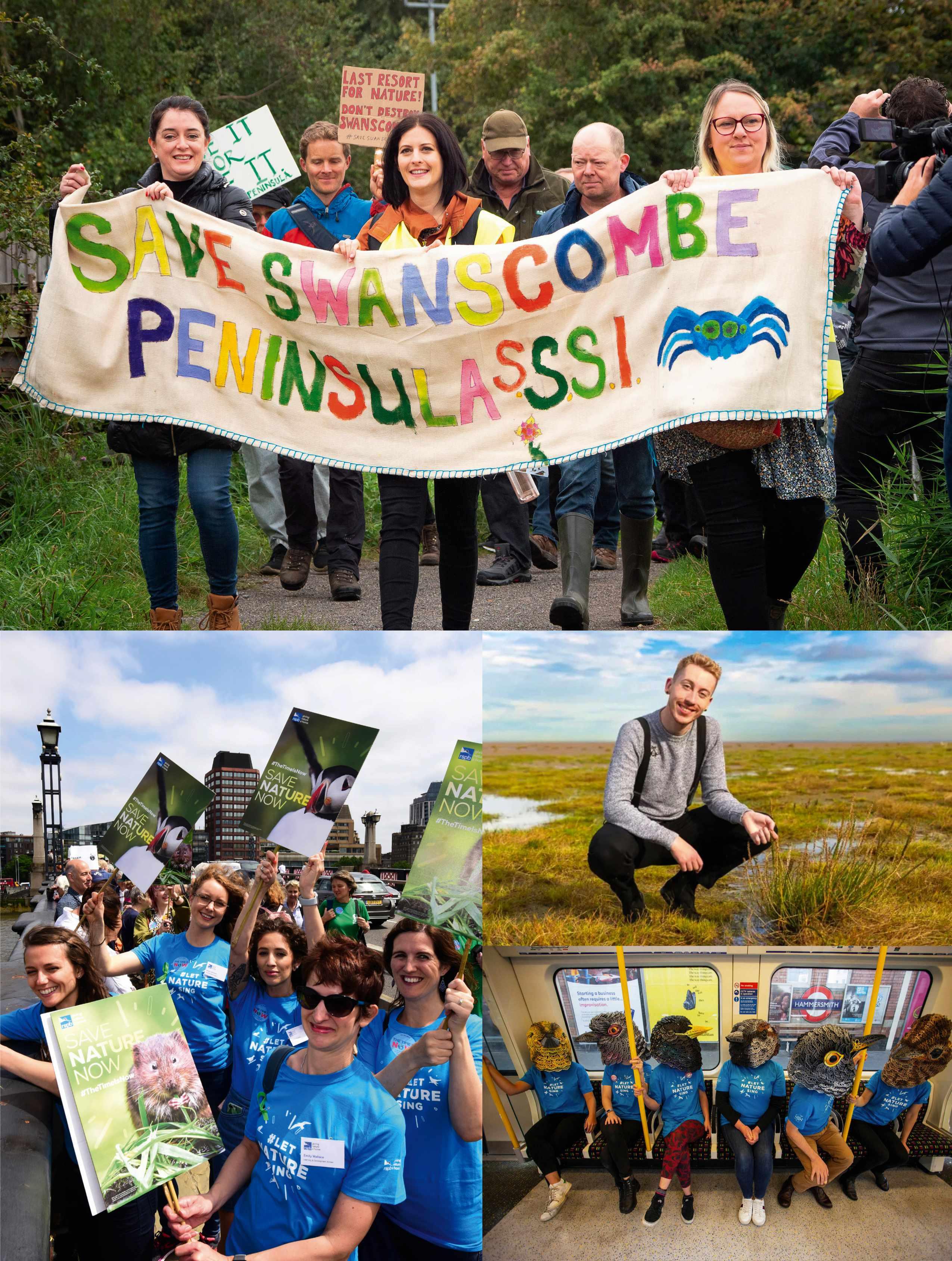
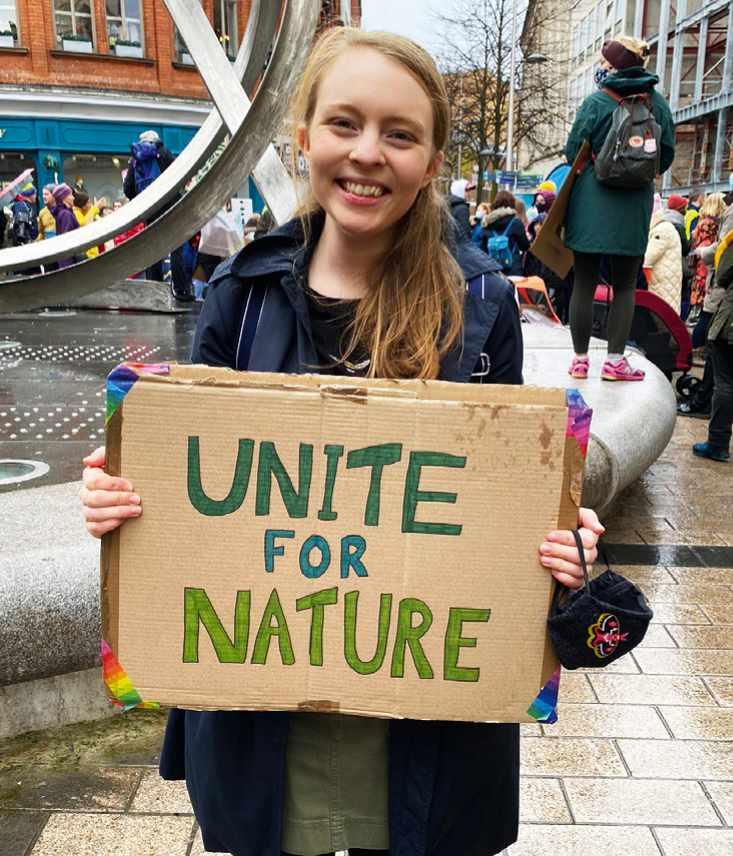
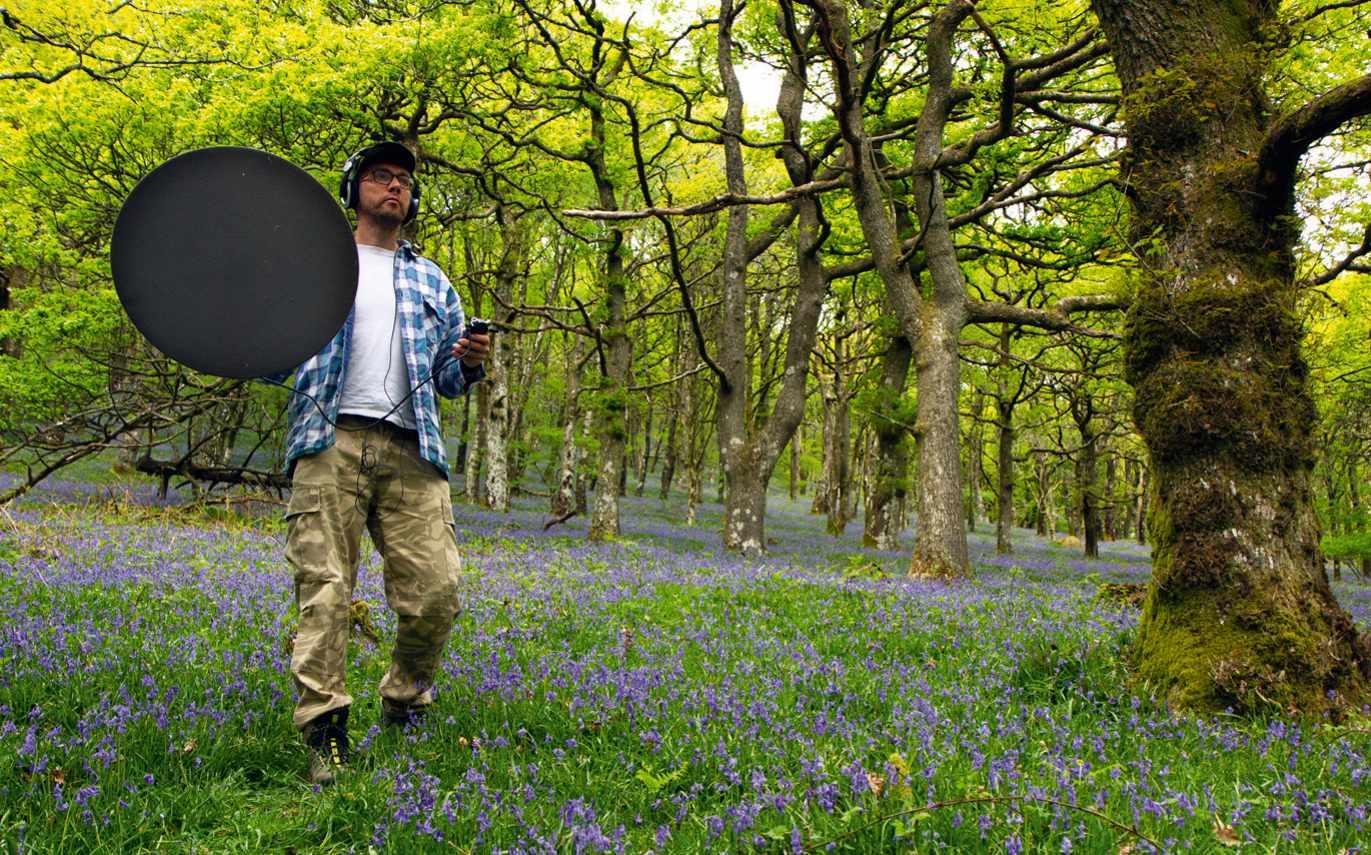
has high emissions and was the only part of the UK that did not have an Act to reduce these. Dakota Reid contributed by writing blogs, giving talks, taking part in e-actions and even standing up at Stormont and protesting.
Campaigning takes many forms, says Dakota: “Value what you bring to the table. You don’t have to protest once a week every week. It can be supporting people in your community, writing to your politicians.” The Climate Change Act (Northern Ireland) became law in 2022.
One of the most prominent nature campaigns run by an individual in the UK this year is led by author Hannah Bourne-Taylor. The Feather Speech campaign she created petitioned for all new-build housing to include Swift nesting bricks. It was signed by over 109,000 people and, as a result, was debated by MPs on 10 July 2023. Although the Government
How to help…
Make a difference!
Help us demand action now and hold decision makers to account by doing one or all of the following:
1. Write to your local elected representative
2. Write to your local media and let them know about the need for action
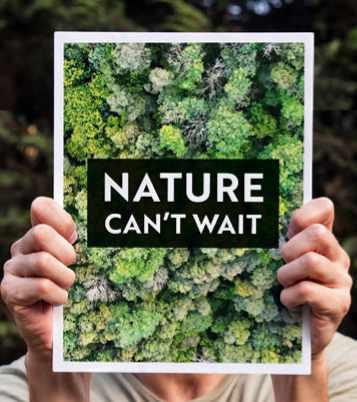
3. Share campaigns on social media and within your networks
4. Request a meeting and speak directly face to face to your local elected representative and constructively share your concerns
Visit rspb.org.uk/nature-cant-wait for more information on what we need all politicians to do, and advice and guidance on how you can ask them to do it.
Minister present at the debate indicated that there were no plans to make the bricks mandatory, the campaign showed public and political support for Swifts and generated extensive media coverage.
An amendment has now been tabled and supported, to the Levelling Up and Regeneration Bill, to be debated in the House of Lords in September (see page 45). Whether it works or not, this is the first attempt to safeguard Swifts (and cavity nesting birds) through national legislation in UK history.
Reflecting on her own experience with the campaign, Hannah says, “Never give up or doubt yourself. If you are in doubt, get the advice and the expertise you need, because you are never going to be alone in a fight for nature.”
Nature can’t wait Nature is in crisis, and we’re running out of time to tackle it. That’s why we’ve identified some clear action that politicians of all parties can take right now to put nature at the heart of their decision making. It’s in their power to give nature a chance to recover and help us breathe clean air, drink clean water, swim in clean rivers, and hear birdsong in the morning.
Whether it’s a local campaign to save a wildlife site or a UK-wide response to a threat to nature, you have more power than you think.
To address the climate and biodiversity crises, we need governments to make bold decisions and big changes. And they will only do this if we all speak up. Working together we can help inspire the change on the scale and at the pace needed to really turn things around for our natural world.



Jamie Wyver loves getting involved in the RSPB’s campaigns. This has included wearing a Cuckoo mask on the London underground!

Wool is far better than polyester, feather, silk or even the most expensive duck down because:
• Polyester, feather and down are insulators. They make you hot in bed - too hot usually! This leads to restless, disturbed sleep.
• Wool is a regulator of temperature - it’s how a sheep controls its temperature - this will stop you getting too hot in bed, leading to a deep, dormant sleep.
• Wool will even regulate 2 different temperatures in the same bed.
• Deep, dormant sleep is essential for the body to heal and rejuvenate itself.
• Wool will wick away moisture so no sweaty bedding.
• Wool is breathable and anti-bacterial making it naturally hypoallergenic.
• Wool fibres are very dry (they absorb 30% of their weight in moisture) dust mites hate it.
• This all makes wool a very clean product (it used to be called self-cleaning) so you don’t need to wash your Baavet just air it on a nice sunny day.
• It’s so clean, wool is ideal for asthmatics, eczema or allergy sufferers.
• Baavet buys its wool directly from British Farmers paying them a premium for their wool
• Baavet is a world class British made product
• Baavet has been producing sustainable products for 14 years and your Baavet should last you a lifetime
Just as some sheep have much thicker fleeces, some people are colder than others or live in warmer or colder houses, so at Baavet we have 4 different weights. If you are not too sure which to choose then give us a ring for
If you get it wrong, we will change it within 30 days of purchase

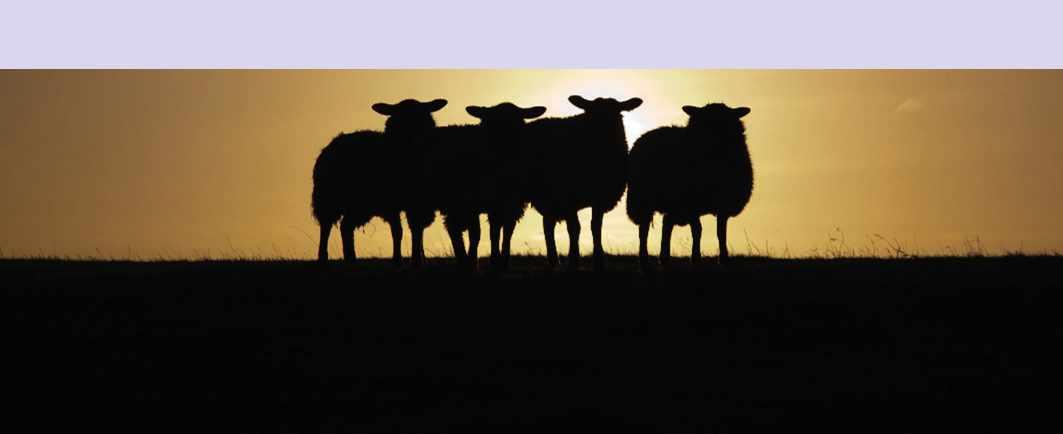
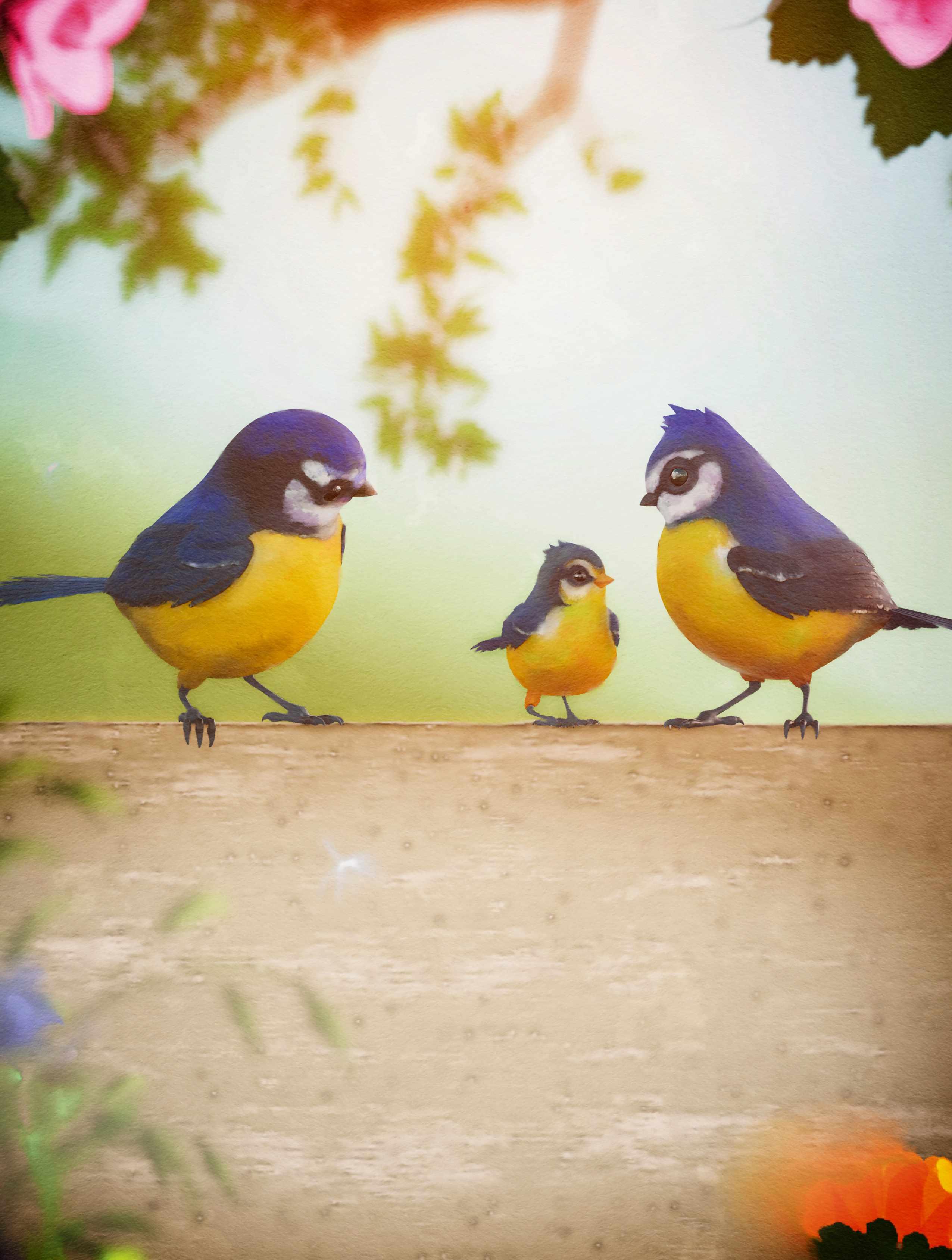
At the RSPB we know our connection to nature is irreplaceable. We must nurture and protect it, because without it we are lost.
That’s why we’re working tirelessly to tackle the biggest threats facing our world, so one day we can truly thrive together.
A gift in your Will to the RSPB is one of the most powerful ways you can support this mission for generations to come.
Request your RSPB Gifts in Wills guide at rspb.org.uk/legacy or call one of our Legacy Advisers on 01767 669700
To advertise here, please contact Kirsty Hibbert, 0117 300 8101, kirsty.hibbert@ourmedia.co.uk
Port Isaac. Cottage for 6 in bygone fishing hamlet on N coast. Washer-dryer, dishwasher, PC + wireless broadband, full CH. Gardens. Pets welcome. £300 (winter) – £950 pw. Tel: 01208 880106
Creekside Cottages® Cornwall Picturesque waters-edge self catering cottages sleeping 2 - 8. Peaceful & comfortable ideal for birdwatchers. Just come & relax. Dogs welcome, available all year. www.creeksidecottages.co.uk 01326 375972
Nr Penzance. 2 remote cottages on Penwith moors. Slps 2-4. Available all year. See for miles across fields & heathland down to the sea. Nr Marazion Marsh & Hayle Estuary. Tel: 01736 363677. www.dingdongcottages.co.uk
FOWEY RIVERSIDE COTTAGE for 2 viewing the Fowey estuary. Own parking, lge wildlife gdn. Close to ferry and inn. Conservatory, cosy log burner: rjopling@hotmail.co.uk 078558576220

Slimbridge. Tudor Arms. Real ale & good food pub with rooms. Close to WWT. enquiries@thetudorarms.co.uk Tel: 01453 890 306. www.thetudorarms.co.uk
Forest of Dean, Stunning loc, direct access to forest. Secluded cott slps 6. Lge garden. Dogs welcome. Parking. RSPB Nagshead 4 mls. 07581 302496. air.tl/hiNQlidY
Hereford. Farmhouse B&B on banks of River Wye. 01432 870223 or www.sinkgreenfarm.co.uk for brochure
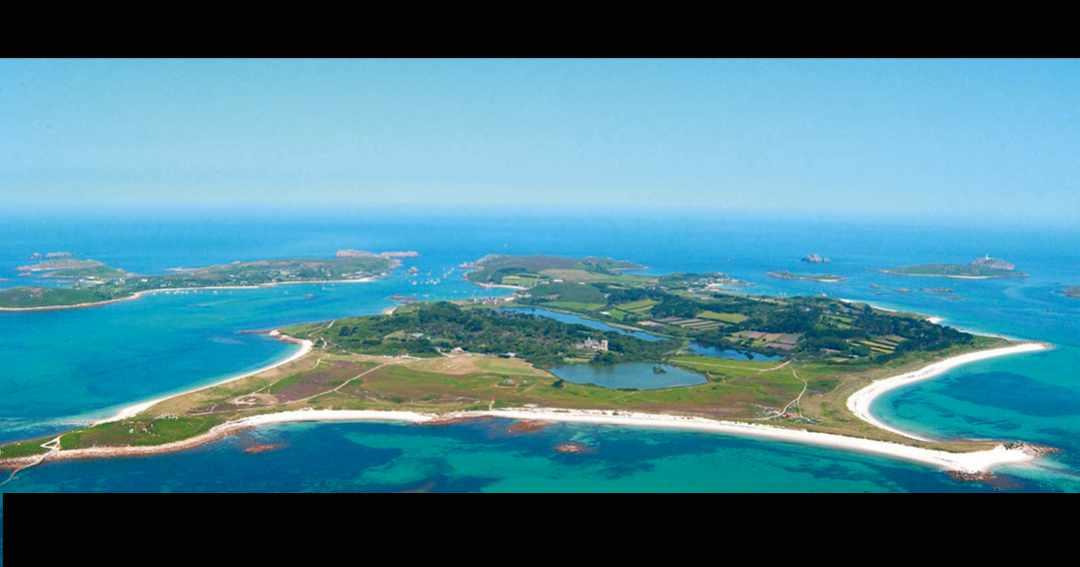
7 s/c holiday cottages in AONB on River Fowey, lake, meadows, woodlands. 17 acres of excellent bird-watching & wildlife. Dark skies. Great location.
South East Cornwall www.rivermeadcottages.co.uk • 07932 945599
Next to Leighton Moss, Lancs/Cumbria border & Gait Barrow AONB. B&B overlooks Haweswater Lake. Challan Hall. 01524 701054
Arnside, s/c flat on promenade slps 4, estuary views, Leighton Moss 15 mins. 01539 625867. www.inglewoodcourt.co.uk
Challan Hall Mews bordering Gait Barrows reserve in the Silverdale AONB. 1ml from Leighton Moss RSPB, a 1 bedroom gnd floor apartment. Tel: 07498 855848 raymondmmorris54@hotmail.co.uk
Lake District, Ravenglass. Enchanting coastal cottage, sleeps 3, panoramic sea/estuary views. Near Drigg, Duddon, St Bees, Hawk & Owl Centre, Eskdale, Wasdale, Scafell. www.rosycot.co.uk 01946 723413
Exmoor, nr Dulverton Very comfy cottage in tranquil secret setting, fine views, direct access ancient woodland nature reserve (SSSI), moor & river. Ideal location for birdwatching and walking. Sleeps 2-4. Tel/fax: 01225 464 232. www.mounseyend.co.uk
Barn owl, dipper, kingfisher, otters Separate annex slps 2, nr river with 34 acres. On Devon/Cornwall border, 01566 784196, www.coombemillshippen.co.uk
Glorious North Devon. Only 9 cosy caravans on peaceful farm. Wonderful walks in woods & meadows. Easy reach sea, moors & lovely days out. £125-£395pw. Discount couples. Nice pets welcome. 01769 540366 www.snapdown.co.uk
Nr. Weymouth. Comfortable VE4★ cottage slps 4. Nr Jurassic coast & bird reserves. 01305 760120. www.stonebank-chickerell.co.uk
DUNGENESS: comfortable cottage ideal for RSPB. 2 en suite double bedrooms. Openplan kitchen/dining, large lounge, wood fire, Wi-Fi. Sightings of rare birds. RSPB site next door. www.wiwurri-dungeness.co.uk or annpatriciamcferran@gmail.com
Nr Dungeness/Rye, B&B, All Ensuite, RSPB 3 night or more 10% discount. 01797 362381. www.broadacrehotel.co.uk
Holiday cottages Between Boston & Skegness. Ideal for RSPB Freiston Shore, Frampton Marsh & Gibraltar Point. For brochure: crewyardholidaycottages.co.uk 01205 871389
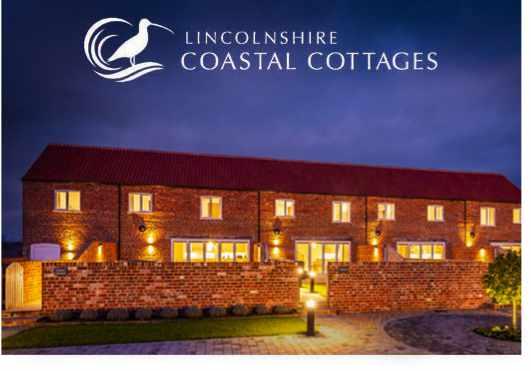
Thornham. Bungalow slps 6, dogs welcome. Sea/ marsh views, enclosed garden, ample parking. suehaines1@btinternet.com Tel: 01449 781145
Wells-next-the-Sea. ‘The Snug’, a cosy hideaway for 2. Also 1 double room B&B 01328 710594. www.thesnuginwells.co.uk
Snettisham. ‘Merchant House’. 4 bed house with garden & parking. Sleeps 2-6. Dog friendly. 1 mile from RSPB Snettisham and Ken Hill Wood. 01480 264266. www.holidayhomenorfolk.co.uk
NORTH COAST WEYBOURNE nr Cley, coast path 200m, 5 bedroom, 10 bed, Flint House, parking, pets, garden. 07966 133463 txt/ring all year offers
WEYBOURNE Two self-catering holiday lets (sleep 4/5 and 6/7) within private nature reserve. Beach 250 m. Bird list 251 species! Tel: 01263 588131 www.denmarkhousenorfolk.co.uk
SHERINGHAM: Comfortable, convenient, flint fishermen’s cottage, close to beach, shops and amenities. WiFi. Sleeps 2-5. 01223 834476. sue.hunting@ntlworld.com
For more details contact: David Rosair, Island Ventures 01227
Sedgeford, North Norfolk
www.islandventures.co.uk

Luxury Bed & Breakfast - Ensuite double rooms Perfect for bird-watchers, cyclists and walkers Mid-week offers available www.norfolkhaybarn.co.uk 07799414191
Brancaster Staithe. S/c cottage, slps 2-7, Titchwell 3 mls, coastal path 200m, 01223 690335. www.seaaster.co.uk
Hunstanton Sleeps 2/3, 2 bed annexe. En-suite bathroom. Walking distance beach, fields, town. Ideally situated for Titchwell 5.8 miles, Wild Ken Hill 4.8 miles. Small patio and parking. Joannabostrom@hotmail.co.uk 07432 563331 www.seahenge.co.uk
Cromer. Coach House Studio. Delightful. Sleeps 2. Private courtyard. Large reception. Ideal for exploring N Norfolk, both east & west. Dogs welcome. www.coachhouse.studio
Cromer. S/c house. Slps 4. Private garden. 5 min walk to coast. 2 bedr’m, 2 bathr’m. Great rates/reviews. 07724 290369. turnstonescromer@gmail.com
Norfolk coast. Brancaster. Comfortable house slps 10. Reasonable. 07768 333373
Period cottage, N Norfolk, 1 mile coast. Sleeps 2+2. Quiet village, large garden, private parking, Wi-Fi. 07850 989531. www.churchcottagelangham.co.uk
Salthouse, near Cley Lovely cottage. Slps 6, garden, parking, log stoves, Wi-Fi. All-year availability. 01256 381333. www.chalkhillbluecottages.co.uk
Lindisfarne Reserve. Cosy farm cottages 4. 1/2m shore or mainland slps 5. The Lookout, s/c studio slps 2. 01668 213533. www.fenham-le-moor.co.uk
Bamburgh / Holy Island. Spacious, comfortable cottage sleeps 2-6. 01668 213336 or www.rosscottages.co.uk
Close to Wenlock Edge 4 self-catering coach house; ideal for 2; walks from the door; tranquility and views. Phone 01584 841649 or www.ferndaleflat.co.uk
Chilton Polden Lovely 3 bed S/C cottage; sleeps 6 with log burner, private garden and parking. Close to Ham Wall, Greylake, Shapwick & Westhay. www.rosarycottage.co.uk 01293 431175
Meare. Licensed 4 B&B close to the Moors & Wetland bird reserves. 01458 860449 www.mearemanor.co.uk
Westhay. Farmhouse B&B 4 silver, 1/2 mile Avalon marshes, Shapwick Heath etc. 01458 860238. www.newhousefarmbandb.co.uk
Shapwick. Take advantage of our location, staying in one of our unique luxury cottages. Easy access to Avalon Marshes, RSPB’s Ham Wall & other reserves. 07513 438623. info@wheelwrightscottages.com
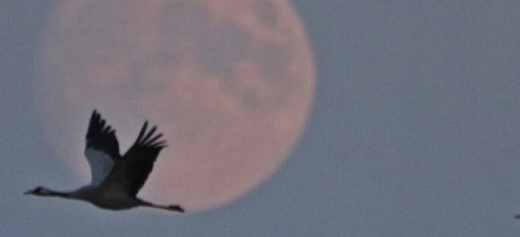
Luxury Bed and Breakfast accommodation between Norfolk Broads & Coast. Access to private farmland with Cranes and Marsh Harriers. 01692 598243 www.dairybarns.co.uk
Between Blakeney & Cley. S/annexe slps 2. Also private suite for B&B. Garden area and parking. Birdsong. 01263 740 840
B&B in Westleton, close to RSPB Minsmere Barn Cottage is in a quiet position in this pretty village, the 3 bedroom well equipped cottage is also available for self catering holidays during most months of the year. Sue Brett, 01728 648700 or 07970 968342 or www.westletonbandb.co.uk
MINSMERE 3 miles 2 ground floor level cottages, each sleeps 2 adults. Pets free, dedicated gardens. Tel. 01728 648377 www.suffolk-selfcatering.co.uk
Suffolk (continued)
SIBTON WHITE HORSE INN 01728 660337
Rural, peaceful setting 15 minutes from Minsmere. Relaxed, informal, friendly (with no younger children). 5 well appointed rooms with gold comforts.
The Good Pub Guide Suffolk Dining Pub of 2019. 2 AA Rosettes. Family owned and managed for 15 years. www.sibtonwhitehorseinn.co.uk
Idyllic cottage in woodland. CH & fires. All year. www.suffolkholidaycottage.co.uk 01767 261407
Snape. Rose Tree Cottage. Short walk to Snape Maltings; Minsmere 7m; 2 bedroom, sleeps 4, excellent facilities, private garden. www.snape-cottage.com 07957 212118
Minsmere 1 mile, Mulleys Cottage. Two B&B rooms ensuite/one self catering. Quiet village spot. Beautiful country cottage. Two pubs close by. Walking distance to Minsmere. Beginners and Advanced guided bird walks available. Tree Identification guided walks. Moth trapping groups. www.mulleyscottage.co.uk Tel: 01728 649036
Close to Minsmere. Superior 4 Gold Award barn conversions. Both sleep 2. Perfect location for exploring Suffolk Heritage Coast and Heathlands. Weekly/short breaks. 01728 668459. holidaysatprioryfarm.co.uk
A short walk to Minsmere or enjoy wildlife from garden. Peaceful cosy cottages in Westleton & Eastbridge. Slp 4; log fires, lge gdns, dogs welcome. 07941 530559. www.suffolkcottages.info
2 bed character cottage, Darsham 2+1. Log burner, garden. Close to village pub, RSPB Minsmere, beaches, woods, historic towns, independent shops, cafes. Walks, cycling. 07555 407197
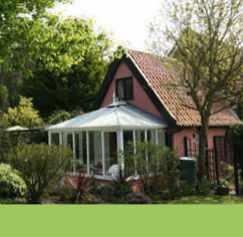
Poplar Hall Nr. Minsmere & Southwold. Delightful self catering cottages in 1.5 acre gardens of 16th cent. house. “Attracts birds and wildlife every day!” Tel: 01502 578549 poplarhallsouthwold.com 10% winter discount
Argyll House Bed & Breakfast Westleton near Minsmere, open all year on the stunning Suffolk Coast. www.argyllhousebnb.co.uk tel 01728 649054 or 07794 873099
Sussex
South of Chichester Spacious detached rural selfcatering cottage with footpaths to Medmerry RSPB Reserve. 2 double bedrooms, 1 ensuite, separate wet room. 01243 641661. www.honeysucklelodge.co.uk
Worcestershire
Malvern Hills – cosy log cabin on outskirts of lovely village. 2 dble beds, all mod cons, dogs welcome. Private let. Please call Scott on 07768 340 645. www.simplyowners.net use property ID P27668
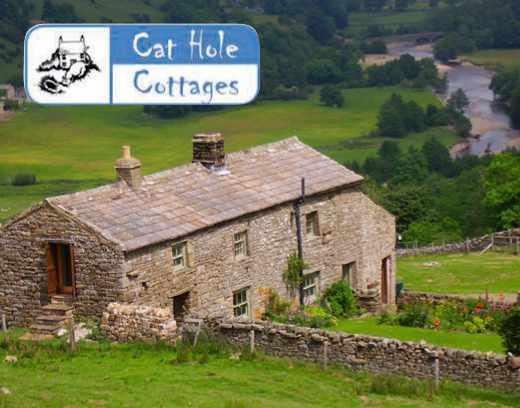
Ashfield House Self Catering Cottage Pateley Bridge, Nidderdale
2-4
mins walk to
&
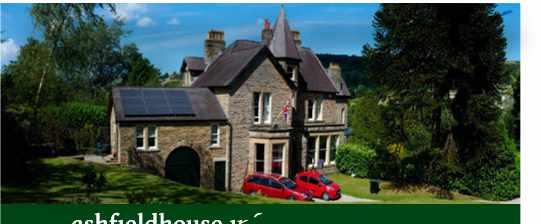
holiday in the midst of nature. Stunning cottage in a wild Yorkshire Dales location surrounded by mountain views.
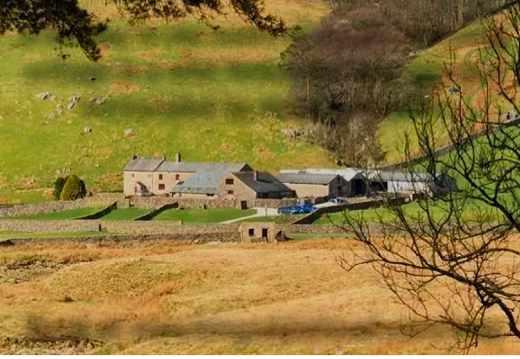
Book at www.kingsdalehead.com/stay
Quiet cottage in Cairngorms near Loch Garten Sleeps 4. High up. Mountain views. Bird/wildlife. £290-£590. Tel Peter on 07747 417121. www.upperfinlarigcottages.co.uk


Grantown-on-Spey
The Wildlife Hotel
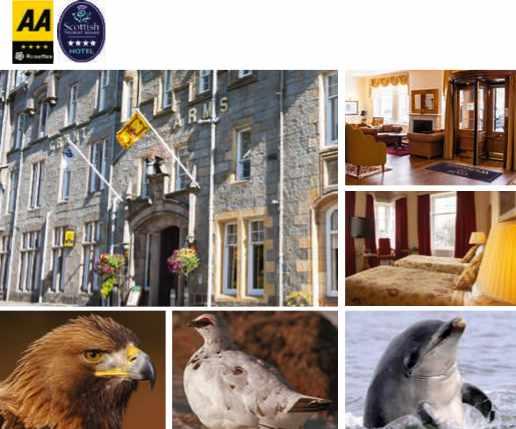

TO BOOK CALL 01479 872526 email reception@grantarmshotel.com www.birdwatchingandwildlifeclub.co.uk
Grant Arms Hotel, The Square, Grantown-on-Spey PH26 3HF
Isle of Mull. Central east coast, peaceful location, Whigmaleeries s/c for 2 plus B&B. www.garmonymull.co.uk Tel 01680 812316
Near Jedburgh. Modern guesthouse in peaceful setting beside Jed Water. Wide variety of birds on doorstep. Pets welcome by arrangement. Own riding stables. AA 01835 863279. www.ferniehirstmill.co.uk
Tree sparrows galore! Peaceful s/c cottages, wonderful views. Dumfries 5 miles. www.mcmurdoston.co.uk 01387 740200
www.churchfarmgarton.co.uk THE BARN, SYCAMORE FARM nr York Cosy 2 bed converted barn. Sleeps 4. Open plan kitchen/lounge. WiFi. Close to Derwent Ings and easy access to Flamborough. 07939 979816
Luce Bay. 2 comf trad seaside cottages. Sleep 4/5 STB Dogs welcome. Mrs McMillan 01581 500233. www.lucebayholidaycottages.co.uk

Isle of Mull Luxury 4 S/C just for adults. Abundance of birds & wildlife.
01688 317713 www.hideawaylodges.co.uk
Cosy eco-friendly rural cottage, excellent bird watching. www.denecottage-orkney.co.uk
North Ronaldsay Bird Observatory Comfortable guest house & dormitory accommodation. 01857 633200
Nethybridge. High standard s/c cottage. Open all year, red squirrels and crests in the garden. Tel: 01479 821803 or email salmonpools@googlemail.com
ANGLESEY RHOSCOLYN. Luxurious coastal bungalow. Amazing location. 13 acres. Sleeps 9 + cot. Pets welcome. 9 miles South Stack. 01477 533011. www.pointuk.com
Llyn Peninsula near Abersoch Close to Wales Coast path. Static caravan off beaten track. Peaceful location, birds, walking, golf. Beach 5 mins. Dogs welcome. 07811 186969. margery.griffin@gmail.com
Y Felinheli/Menai Straits. Close to Anglesey & Snowdonia. Modern cottage, garden, sleeps 2. WTB 07910 095991. trefeddyg.cymru
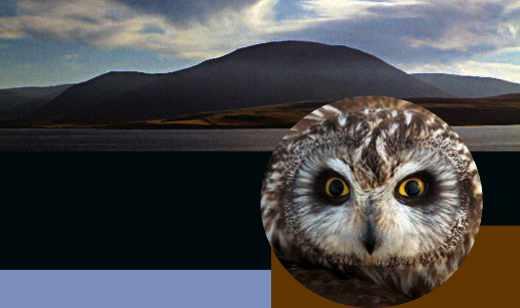


Allinclusive tailor-made wildlife holidays for small groups.
All inclusive tailor-made wildlife holidays for small groups. Self catering also available.
Contact Steve at Gerraquoy, Grimness, South Ronaldsay, Orkney KW17 2TH tel: 01856 831240
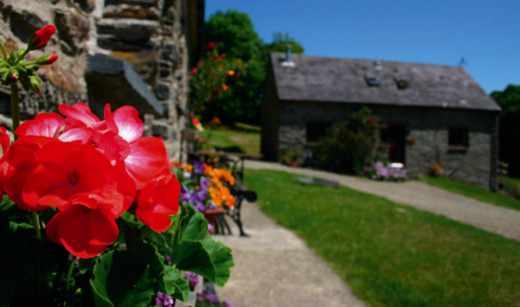
Secluded cottage nr Breckon Beach. N.Yell slps 2+2. Run by a Shetland Nature tour guide & ex RSPB Warden. www.westerbrake.com
170 holiday properties in N. Wales, Snowdonia & Porthmadog. Snowdonia Tourist Services. www.sts-holidays.co.uk 01766 513829
LUXURY COTTAGES
Sleep 2–4 bordering Cors Caron NNR. Over 140 recorded bird species. www.cruglasfarmcottages.co.uk
Cottage for two with own nature reserve in quiet valley next to RSPB reserve, Elan Valley. A very special place for wildlife and birdwatchers. 01597 811169. www.wildlifecottagewales.co.uk
Dyfi Valley nr RSPB Ynys-Hir (Springwatch) & Dyfi Osprey project. S/c cottage, sleeps 5. Tel: 01654 702952. www.glangwyneddcottage.co.uk
Situated close to Lake Vrynwy (RSPB) Owl Barn Retreat 4 WTB. Cnvtd eco-friendly barn. Sleeps 4. Stunning location, birdwatching, walking, cycling, dog friendly. 01691 780491. owlbarnretreat.com
BIRD COTTAGE, sleeps 4. Fantastic birdlife, views & walking. Peace & quiet. Close to Kite centre & Elan Valley. Tel John 01483 200079. www.birdcottagewales.co.uk
Ystrad Meurig, Mid Wales Spacious, modern bungalow, sleeps 2, adjacent Cors Caron nature reserve. Excellent birding, walking, touring. WTB No smokers/ pets. Brochure 01974 831471. www.maesgylfinir.co.uk
Spain (continued) South Africa
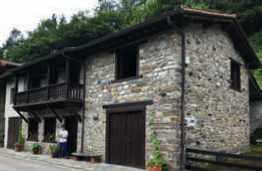
The Living Mountain: Birdwatching in Cantabria Stay in the Saja-Besaya Natural Park. Tranquil setting. Ideal for walking & birdwatching. Forest, mountain and coastal birds – wide variety of raptors. Bilingual English host. Restaurant nearby. Sleeps 4 in 2 bedrooms. Shared kitchen/diner & separate living room. Close to the Picos de Europa & beautiful beaches. Contact Pat: francis.pat1960@gmail.com
WILDLIFE HOLIDAYS
Based Nr Southwold, wildlife watching days out in Suffolk/Norfolk. Collection from local accommodation, let us do the driving, while you watch. Choice of days out, individualised experience. Private hide hire in SSSI woodland, fantastic photo opportunities. Please see our website for details and booking. www.wildlifewingsandwheels.uk

Kruger National Park. S. Africa. S/C, 3-bed (air con) & 4-bath, stilted, wooden lodge, pool, sleeps 6. On Crocodile River (park boundary), stunning sunsets, views of big 5 from wrap-around decks. Visits by giraffe & hornbills & sighting around 290 bird species possible Housekeeper on site daily Kruger safaris easily arranged. £995/week. 07300 895741 www.crocsnest.com p
Gay Birders Club. LGBT group. 60+ events annually, UK & abroad. www.gbc-online.org.uk
COURSES
professional help & advice 01483 200079, 07811 341600 www.birdphotographycourses.co.uk

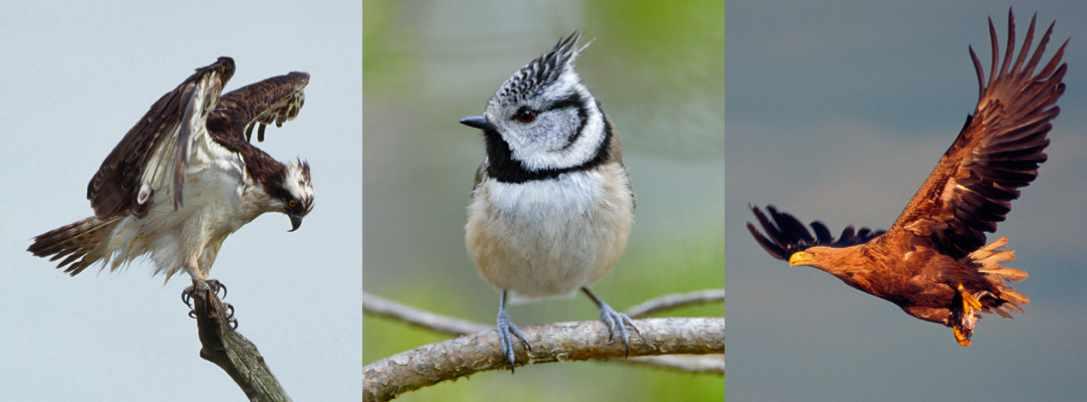






WILDLIFE HOLIDAYS


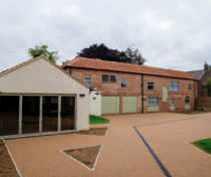



in Kirton, just 4 7 miles (in car) 10 minute drive to RSPB Frampton Marsh, you can stay in one of our newly refurbished, stylish and comfortable four-star bedrooms in the heart of rural Lincolnshire for the perfect cosy getaway complete with a delicious breakfast.
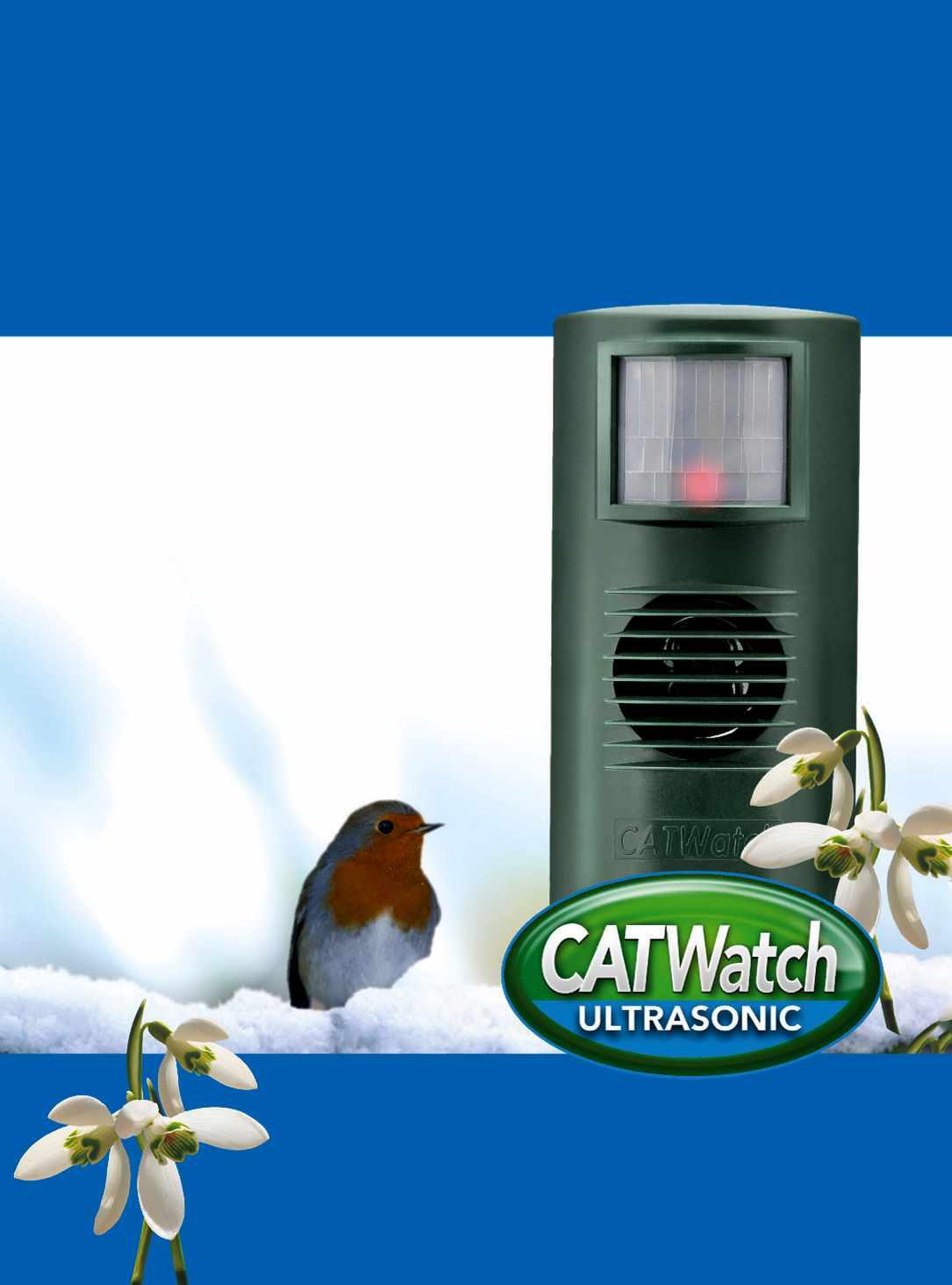
WILDLIFE HOLIDAYS
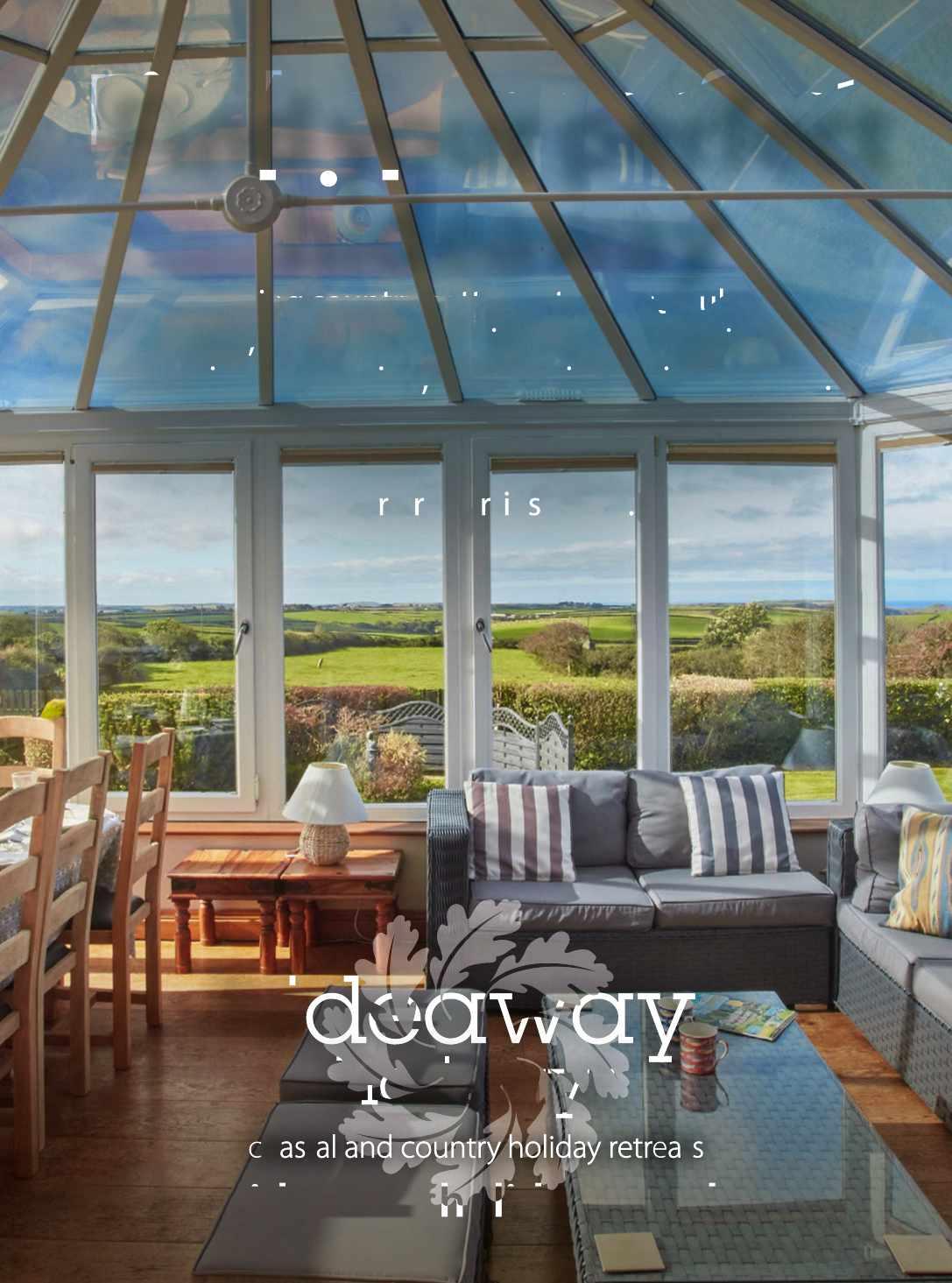




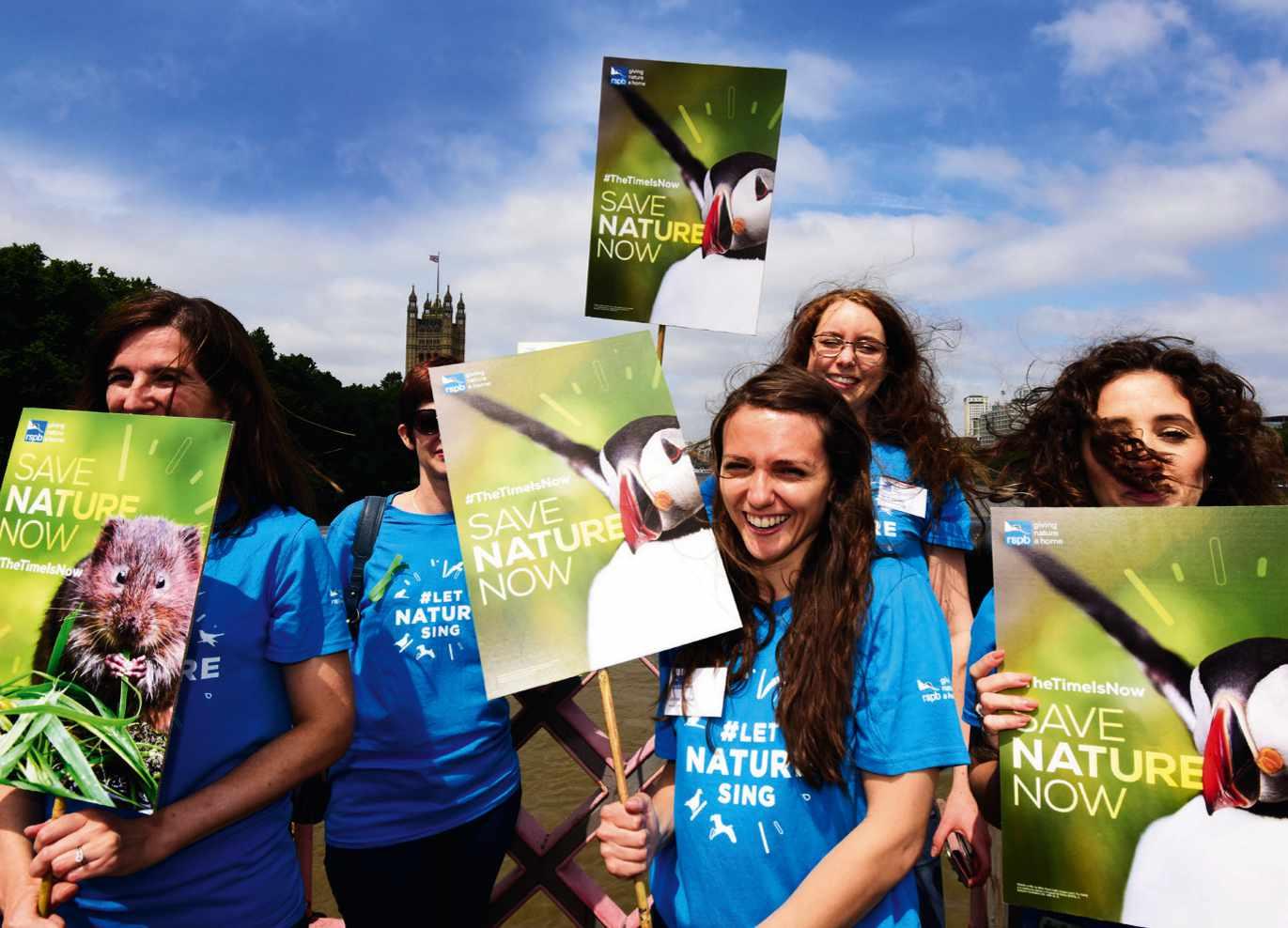
If you felt inspired by the actions on page 72, there are a whole host of ways you can get involved. Whether it’s writing to your MP, joining a march or becoming one of our campaign champions, there are options to suit everyone. We’re facing a nature and climate emergency, and the time to act is now. Learn more and find helpful toolkits at rspb.org.uk/campaigning
Whether you want to write poetry inspired by nature, enjoy a walk with an expert guide, go pond-dipping with the family or even get married surrounded by nature (read Angela and Paul’s story on page 59), RSPB nature reserves have something on offer for everyone. Covering the length and breadth of the country, the RSPB’s nature reserves are a great place to visit all year round and make some memories. Find your local reserve and get details of the events on offer at events.rspb.org.uk Members get free access to all our reserves, plus discounts on many activities.
SIGN UP
If you’d like to hear more about how you can use your voice to save nature, sign up at rspb.org.uk/ campaignchampions

Across the UK, there are over 140 RSPB adult and youth groups. These volunteer-led groups are a chance to meet with like-minded people to enjoy nature. You can share knowledge at coffee mornings, actively support the RSPB’s campaigns and get involved in hands-on habitat creation and restoration. These groups are a great opportunity to make a difference –read the latest State of Nature report (p38) and share the findings with your community. Find your nearest group at rspb.org.uk/local-groups
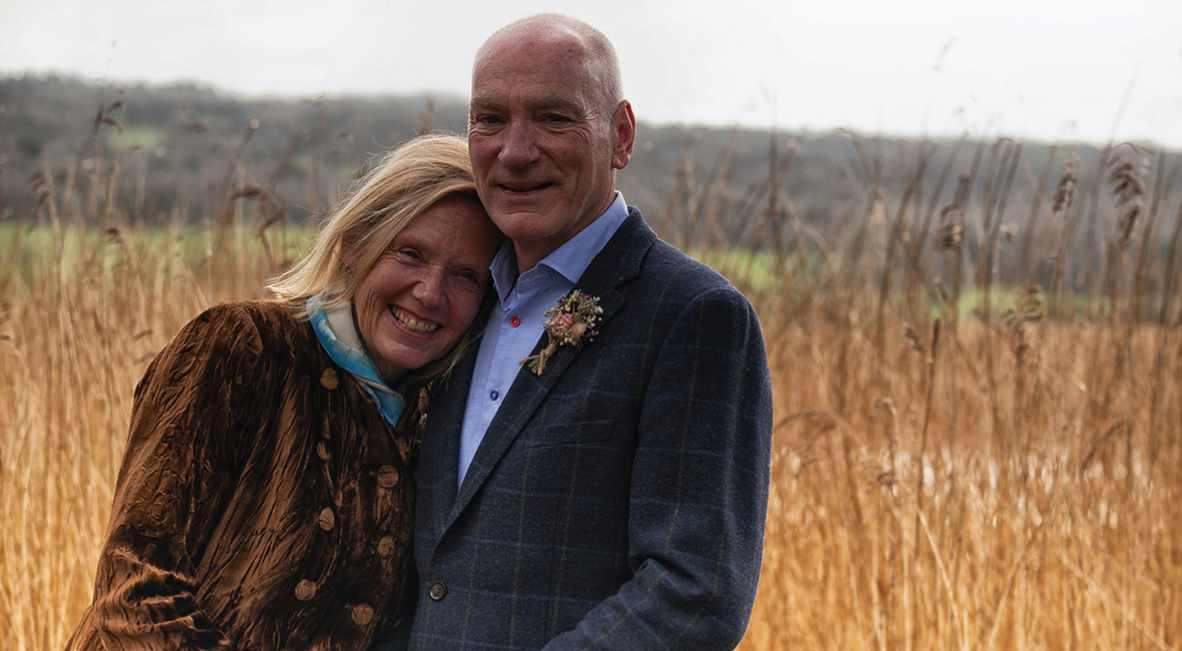
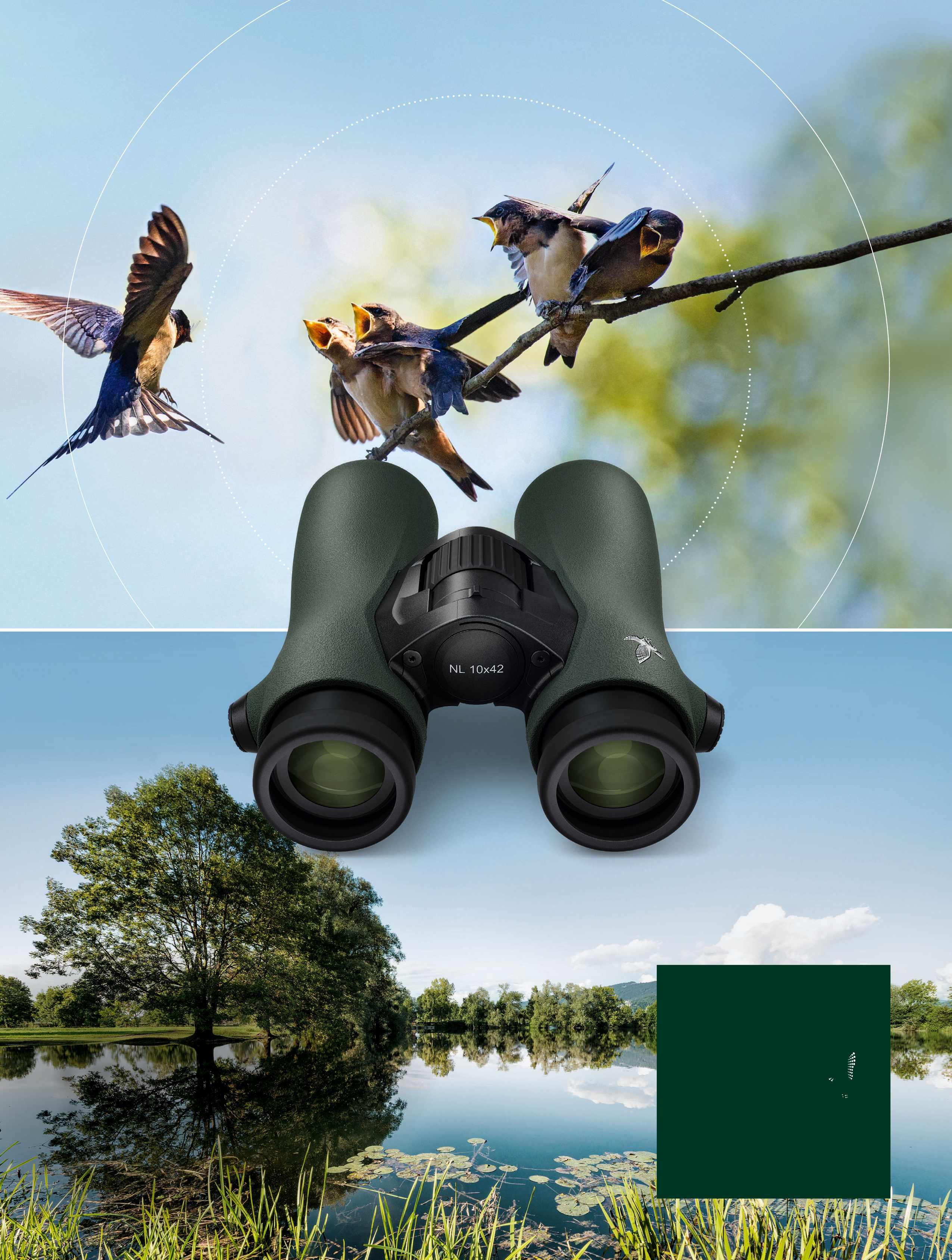
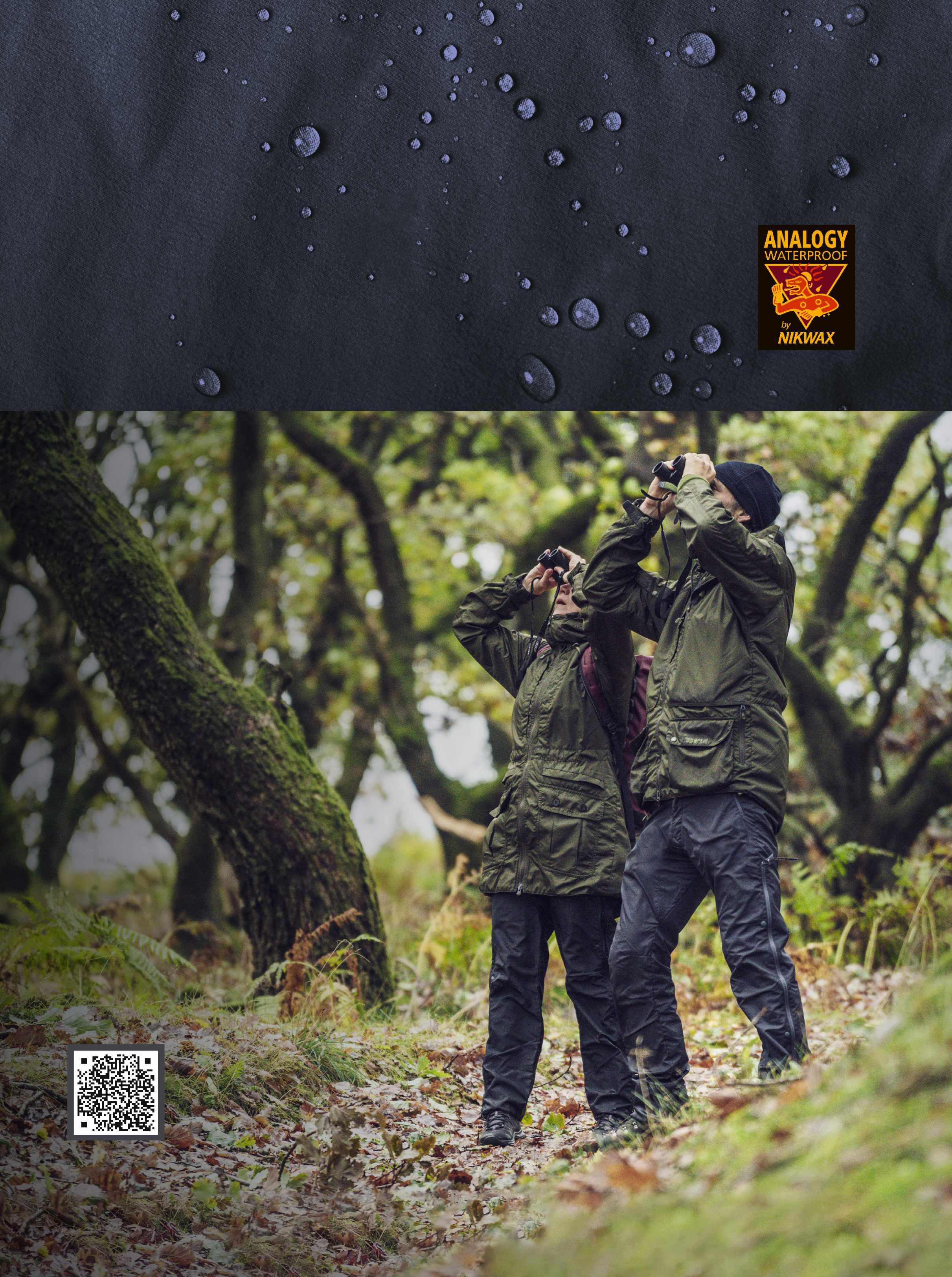
Nikwax® Analogy® Waterproof fabric mimics the action of mammal fur to protect you from sweat, condensation and rain whilst also protecting your insulation.
The fabric has a two-layer construction that stops you feeling clammy and cold in your Cascada II trousers by moving moisture and trapping still air to keep you warm, dry and comfortable:
• Pump Liner® pushes moisture outwards by transferring liquid water from one side of the fabric to the other to protect you from sweat and condensation
• A closely woven Windproof by Nikwax microfibre outer is also hydrophobic for durable water repellency
The Cascada II trousers are especially suitable for photographers, wildlife and nature-watchers.
Save 10% on the Páramo Clothing range, and we’ll donate a further 5% of what you spend to the RSPB.
Visit paramo-clothing.com or scan the QR code and use code BIRDS104